
- Featured Topics
- Virtual Tour
- Events & Exhibitions
- Themed Tours
- Learning Chinese

Scenic Areas
- Noodles with Soybean Paste
- Chinese BBQ
- Bittern Flapjack
- Fermented Soya-bean Milk
- Beijing Cuisine
- Chinese Pastries
Gourmet Food
Travel guide.
- Digital Guide Tours
- Travelling with CITS
- Ant Group simplifies payment experience for foreigners, elderly
- Travel prices for May Day holiday surge
- "Bond of Love" to be performed at Tianqiao Theatre on April 10th and 11th
- April 10th marks the first 'Year of the Loong, Month of the Loong, Day of the Loong, Hour of the Loong'
Currency Exchange
Loss of passport, mobile payment, health service, emergency numbers, consumer rights protection, 144-hour visa-free transit, railway station, bike rental, airport shuttle, online car-hailing apps, express services, power plug & electricity.

The Palace Museum
The Forbidden City was the seat of Imperial power for 500 years, and it is now one of China s major tourist attractions
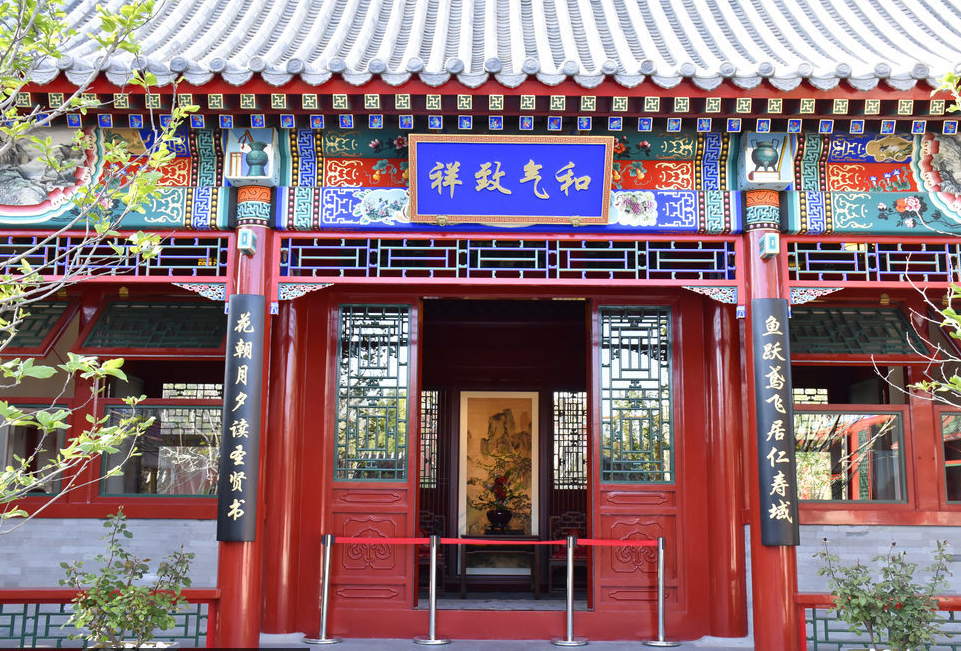
Beijing Culture
Experience Beijing culture from clothing, food, housing and transportation.

Ancient Temples
As a city with long and profound history, Beijing contains numerous ancient temples of different sizes, waiting visitors to explore charming stories behind them.
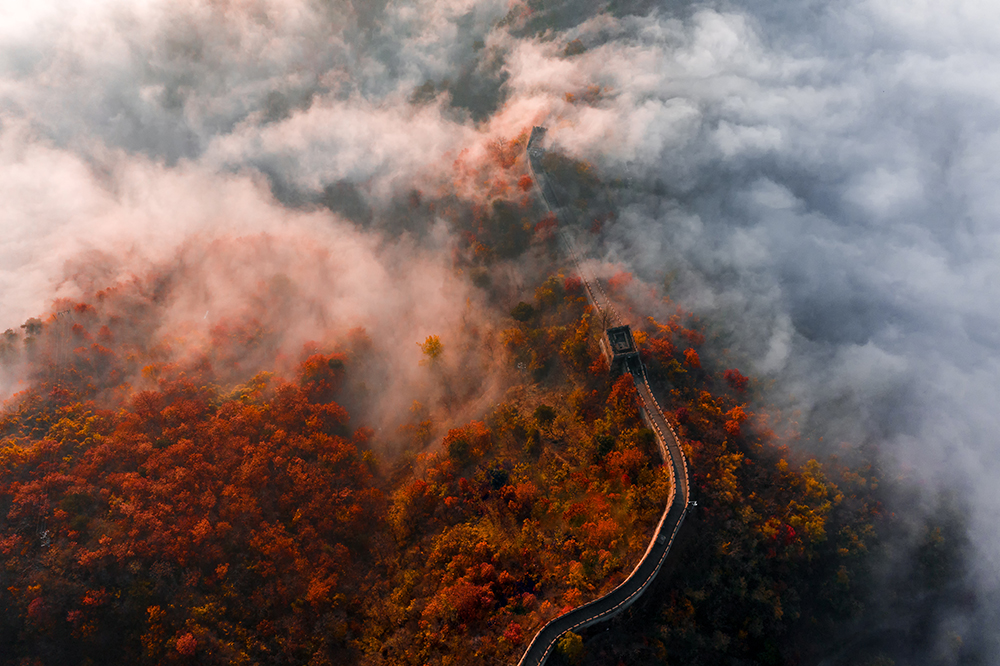
The Great Wall
The Great Wall of China is the collective name of a series of fortification systems generally built across the historical northern borders of China.
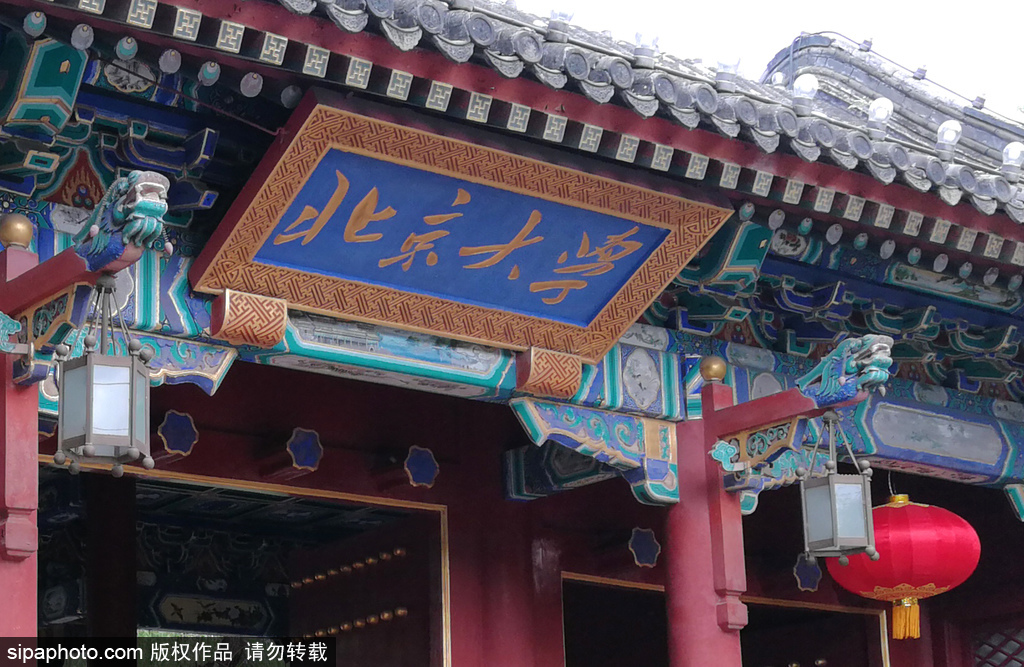
Universities
As an international metropolis, Beijing enjoys a high reputation among the educational field with a batch of prestigious universities and abundant resources.
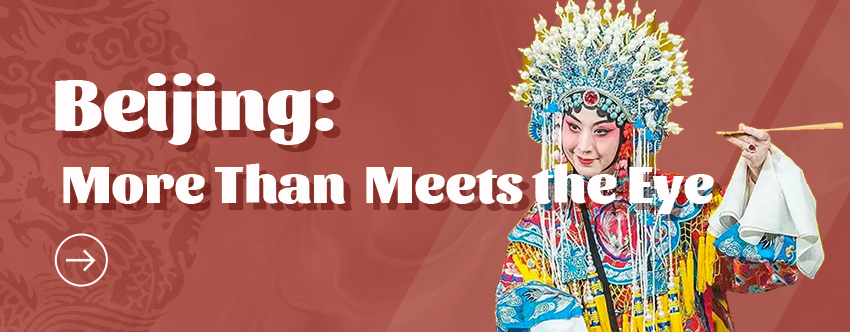
Seasonal Recommendations
Beijing is a city with vastly different climates, and its four seasons are very distinct, with the landscape changing to match each of them. Many attractions and events are more suitable at certain times of the year, and of course it's best to read these before you go!
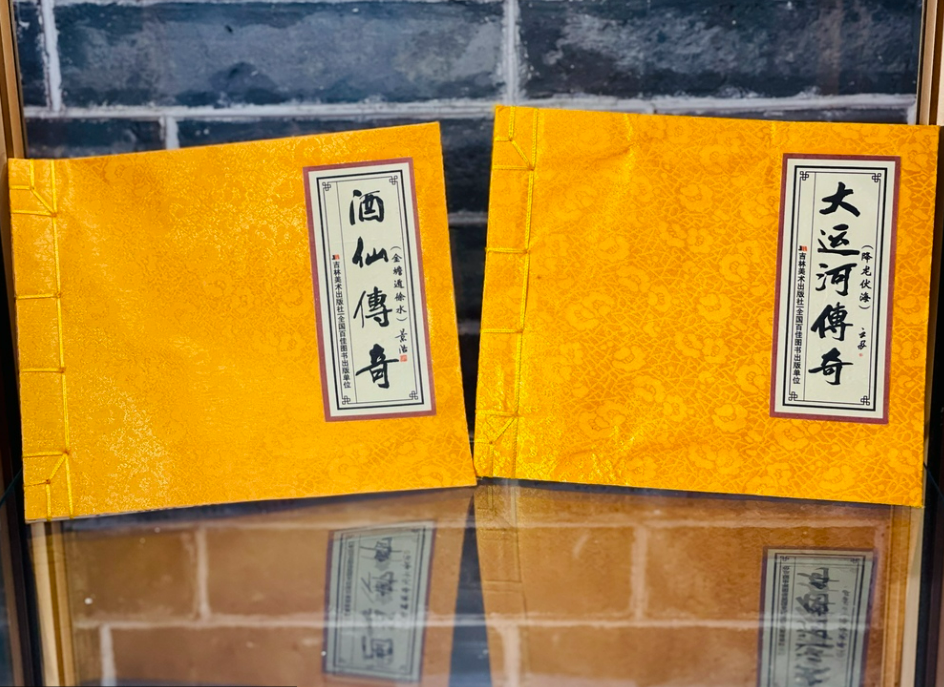
Wisdom of water system along the central axis
"Shanshui Fengyun · Wisdom Central Axis" exhibition showcases Beijing's water heritage and hydraulic wisdom, highlighting the central axis's cultural significance and ecological value.
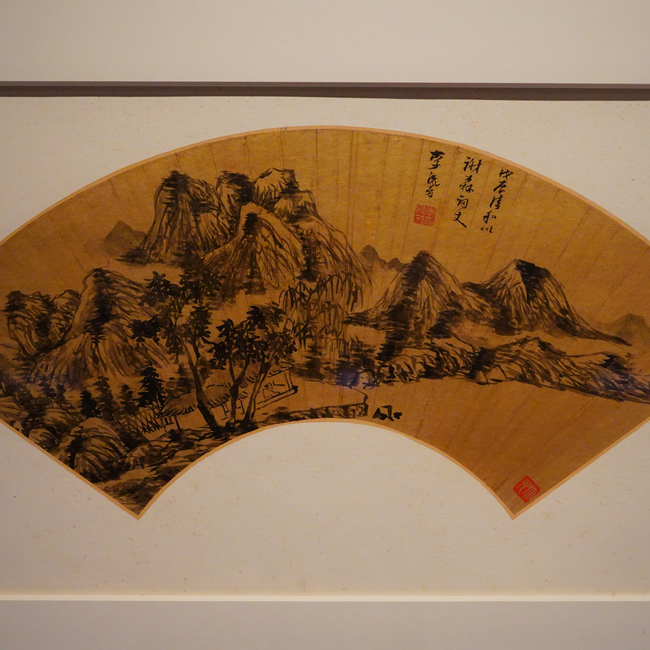
Ink Splendor and Cultural Context: Works of Xin'an Painting School
Explore over 100 artworks from the Xin’an Painting School at the exhibition in National Art Museum of China. Featuring masterpieces by Cheng Jiasui, Jian Jiang, and Zha Shibiao. On display until June 10, 2024.
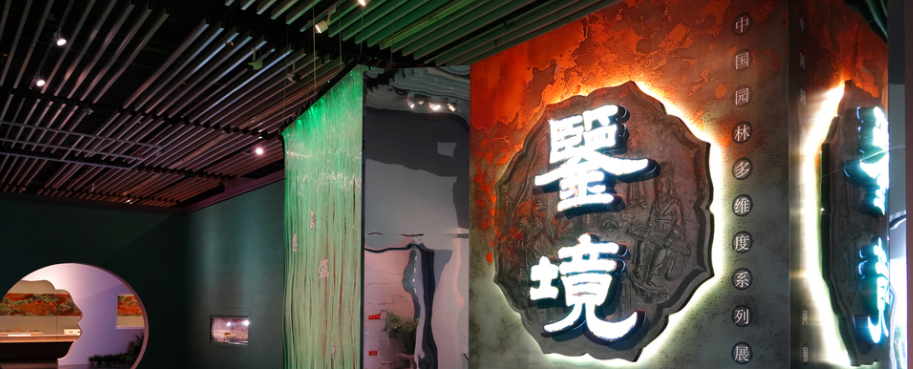
Multi-dimensional Series Exhibition of Chinese Gardens
"Chinese Garden Multidimensional Series Exhibition" opened at the China Garden Museum. The exhibition showcases 118 sets of artifacts including bronze mirrors, Han glazed tiles, calligraphy and painting, contemporary artworks. Through a narrative thread connecting historical relics with contemporary artworks, the exhibition systematically presents the origin, rise, prosperity, peak, slow development, and decline of bronze mirrors, interpreting the relationship and philosophical implications between bronze mirrors and gardens.Since ancient times, there has been an inseparable relationship betwe
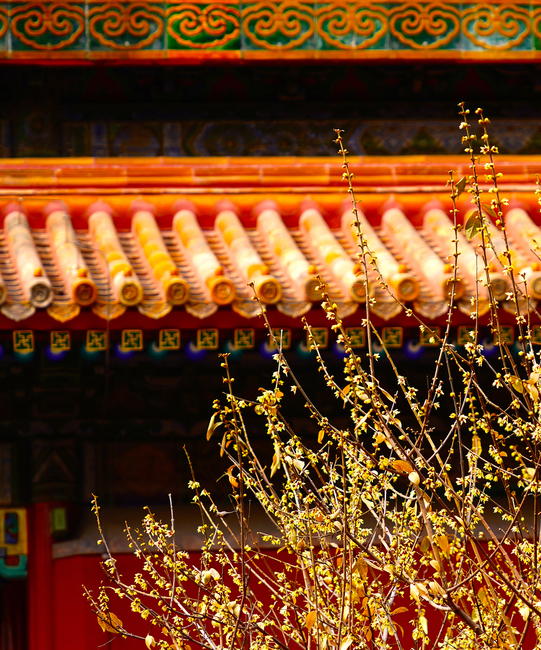
Beijing Spring
Wintersweets, Beijing's early spring flower, have bloomed across the city. Known for their strong fragrance and abundant flowers, they can be found in various locations such as the Summer Palace, Old Summer Palace, National Botanical Garden, Xiangshan Park, Beijing International Sculpture Park, Qianmen East Street, Yuyuantan Park, Taoranting Park, Jingshan Park, and Beijing Zoo. These flowers add a touch of beauty to the city and signal the arrival of spring.
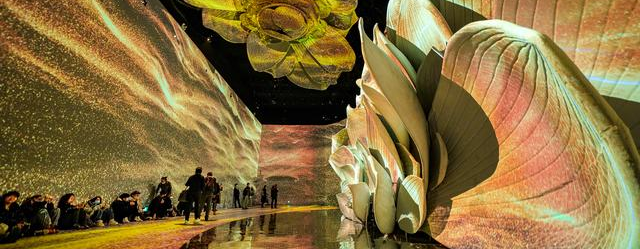
Magnificence and Grandeur: Immersive Experience of Grotto Art now open to the public at the National Museum of China
"Magnificence and Grandeur: Immersive Experience of Grotto Art" featuring panoramic views of five major grotto sites is now open to the public at the National Museum of China.
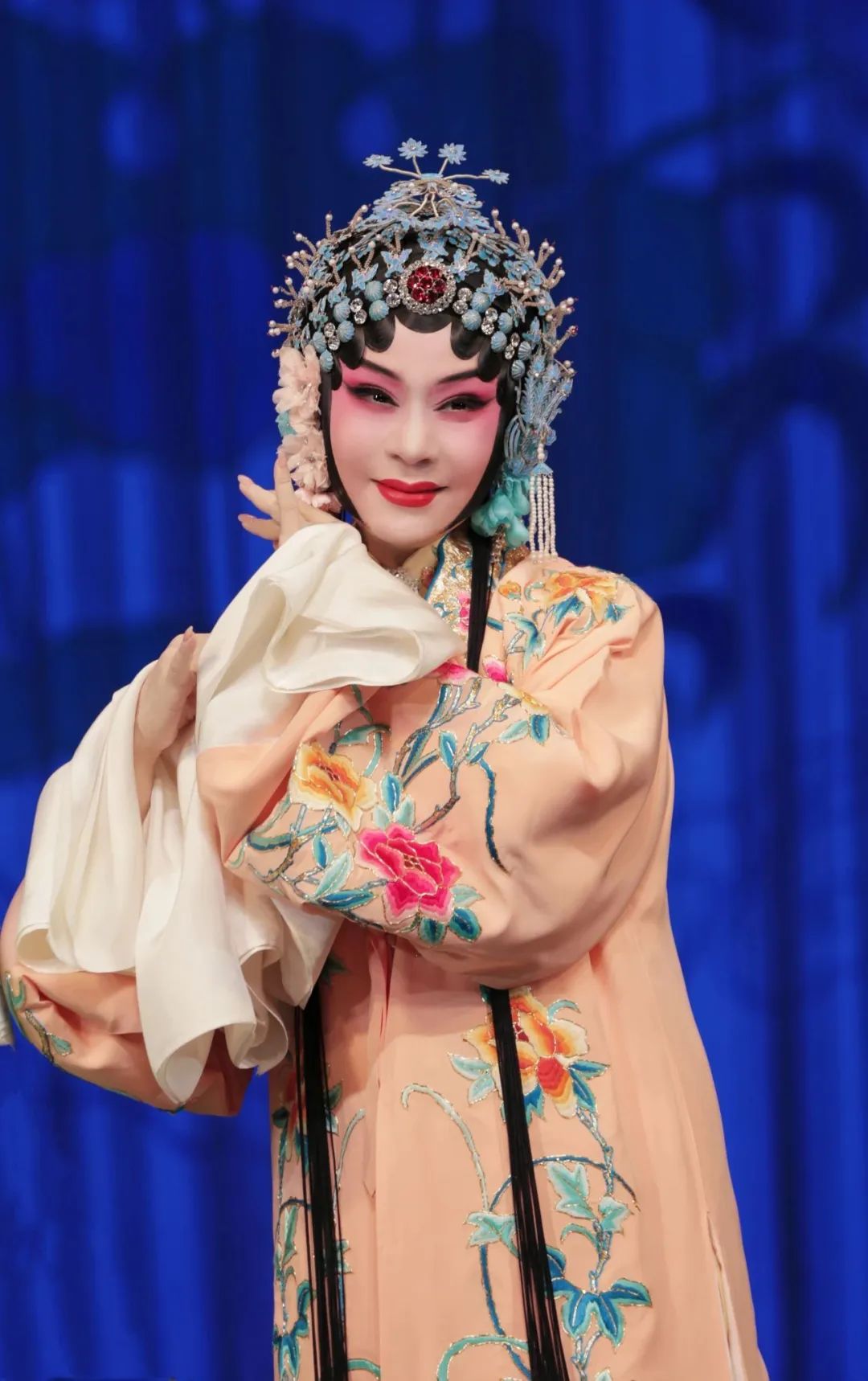
The Unicorn Purse
Experience timeless elegance of Peking Opera at Shunyi Grand Theater on April 13 with "The Unicorn Purse" starring Chi Xiaoqiu. Commemorating Cheng Yanqiu's 120th birthday, this classic tale of kindness and redemption showcases Cheng school's vocal mastery and captivating storytelling. Premiered in 1940, it remains a perennial favorite on the Peking Opera stage.

Badaling Great Wall
Badaling Great Wall was officially opened to tourists in 1958, the earliest section of the Great Wall to be opened to tourists and receives the largest number of visitors
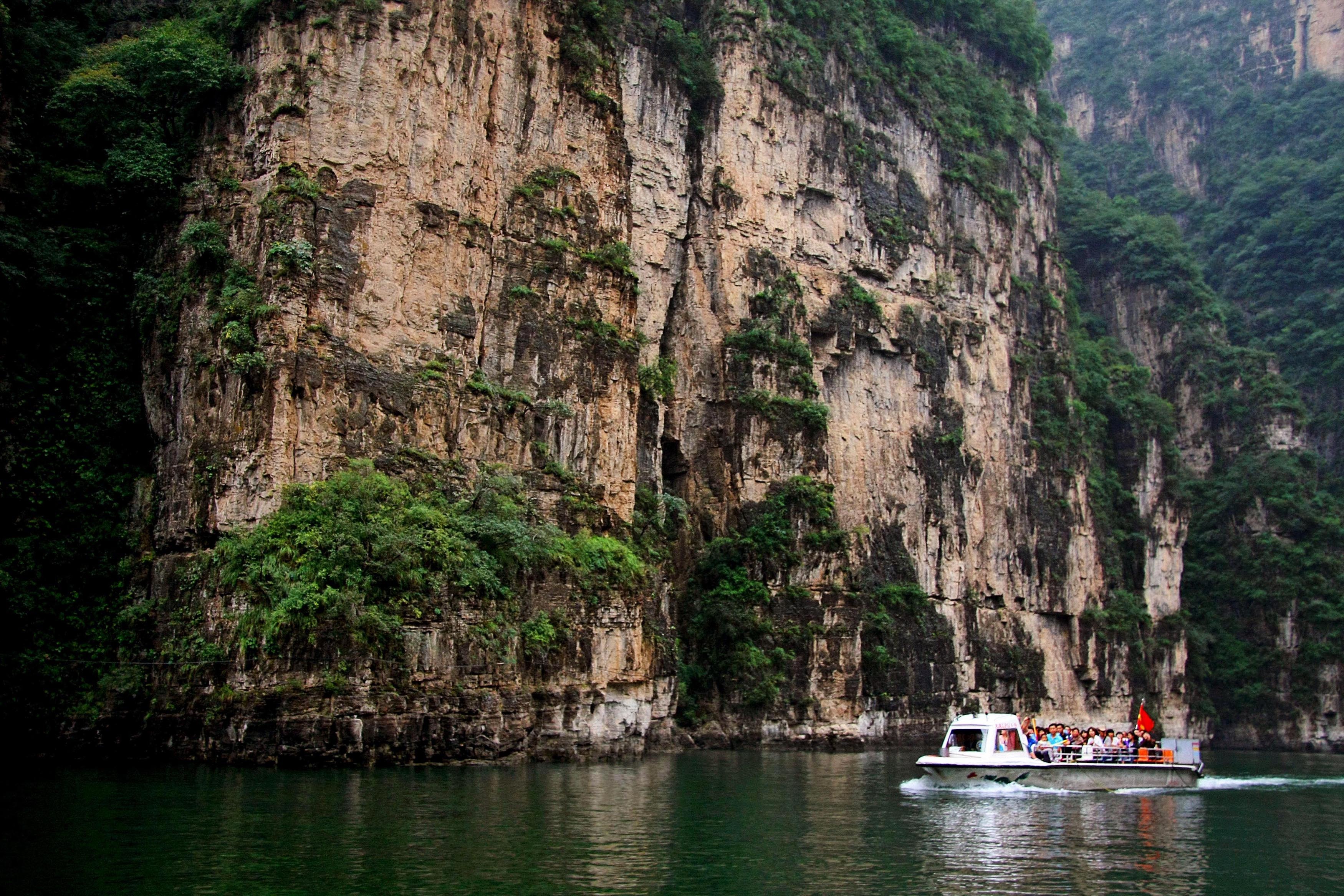
Longqing Valley
As one of the three grand gorges in the suburbs of Beijing, Longqing Valley is reputed as the “small Three-Gorges” and “small Li River”
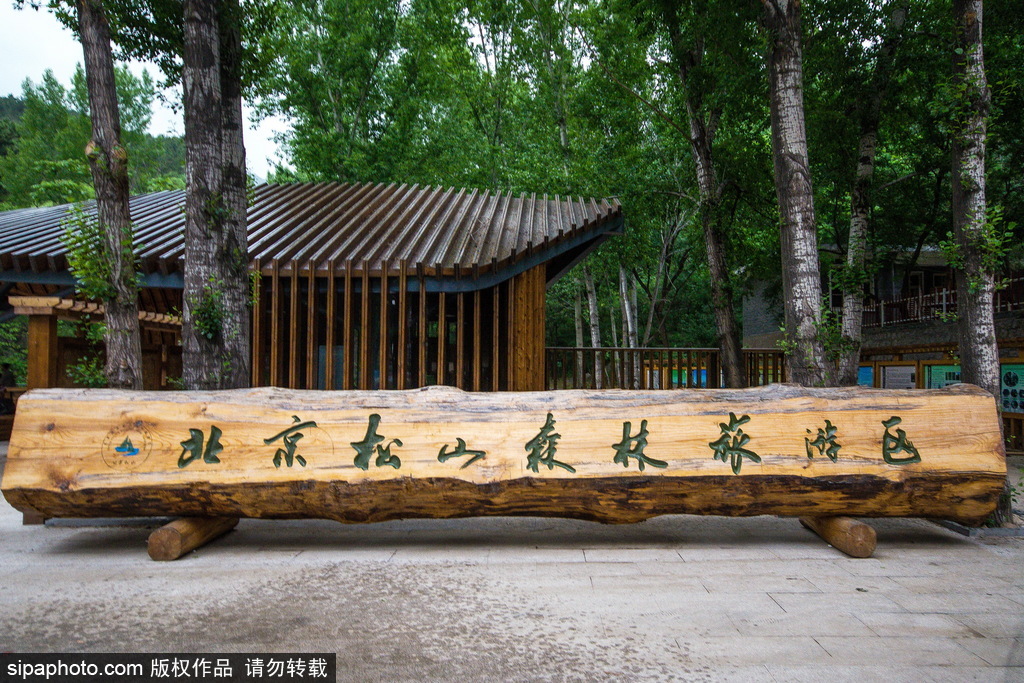
Songshan Forest Tourist Area
Songshan Tour Area is famous for its natural landscapes
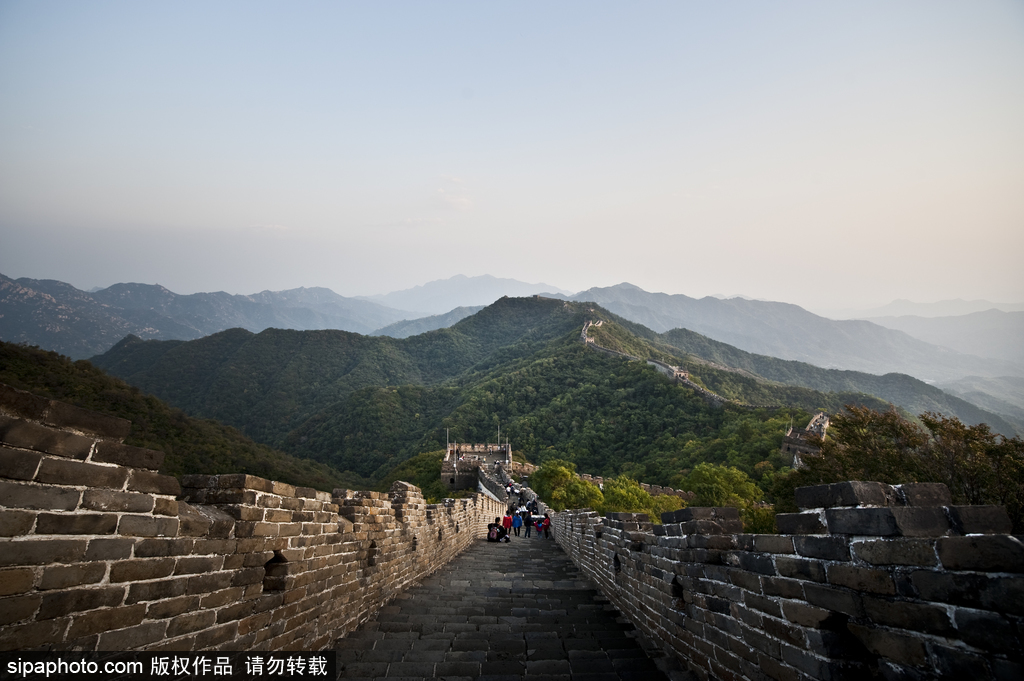
Mutianyu Great Wall
It is one of the famous Great Wall attractions in Beijing, and is the essence of the Great Wall of the Ming Dynasty.
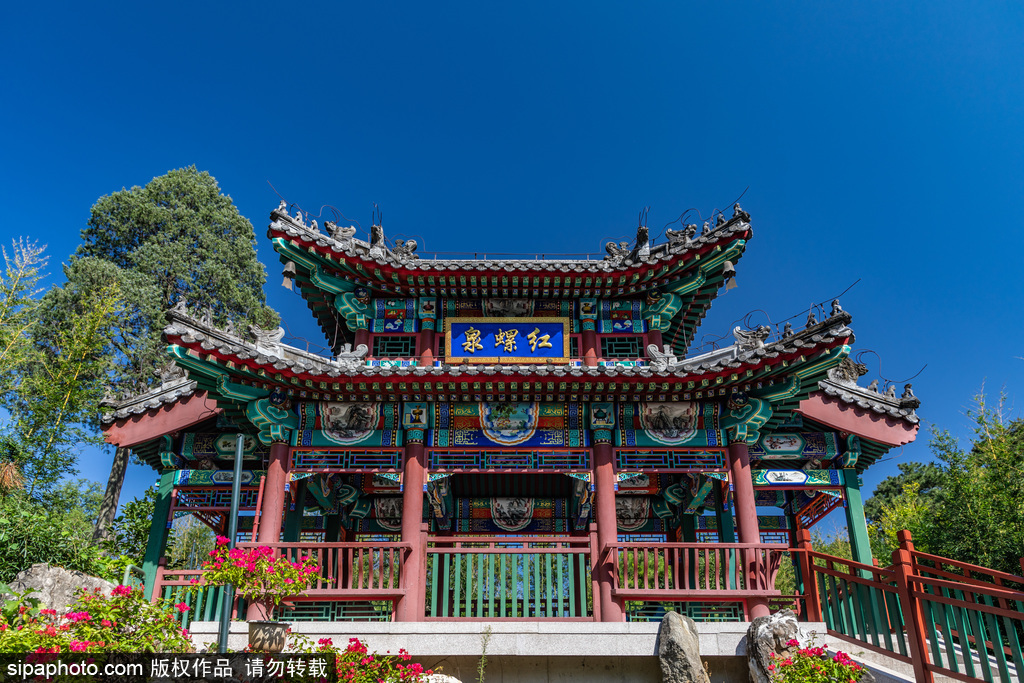
Hongluo Temple
Important ancient temple in northern Beijing.
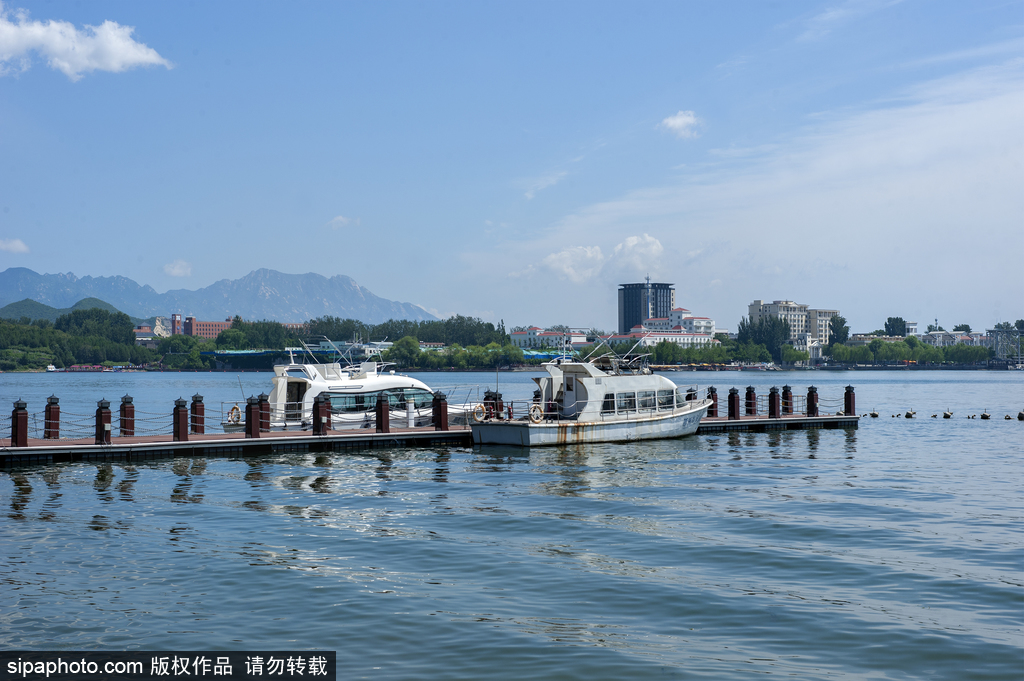
Yanqi Lake is located at the foot of Yanshan Mountain by the Great Wall, where flocks of geese often come to roost in the spring and autumn every year, hence its name.
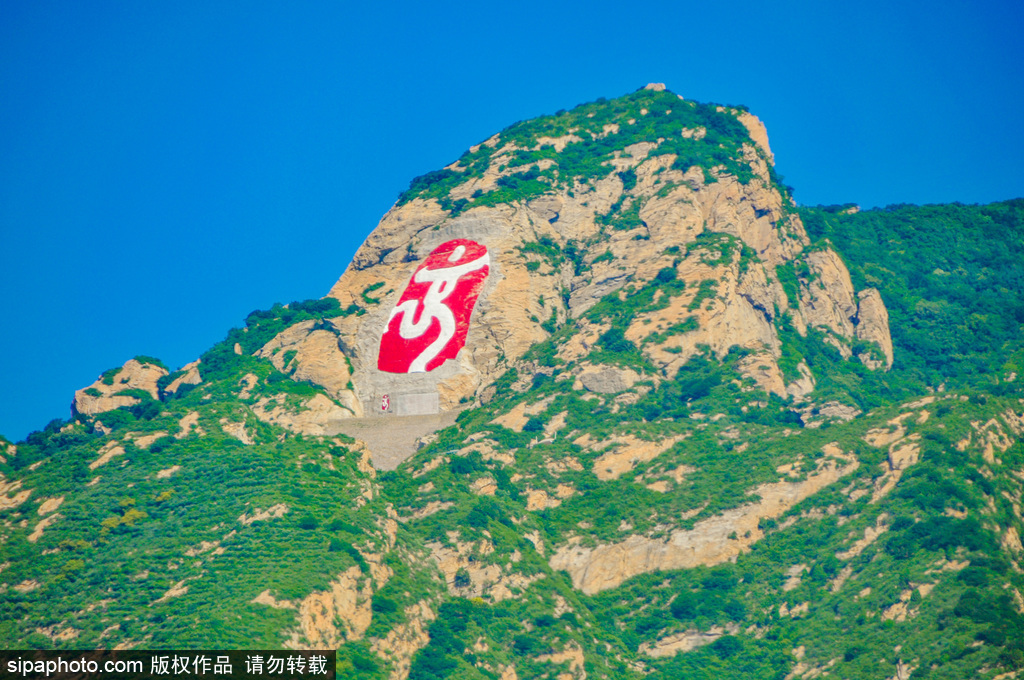
Yunmeng Mountain National Forest Park
Yunmeng Mountain is one of the most well-known, picturesque mountains in suburban Beijing, and the topography of the forest park is extremely unique
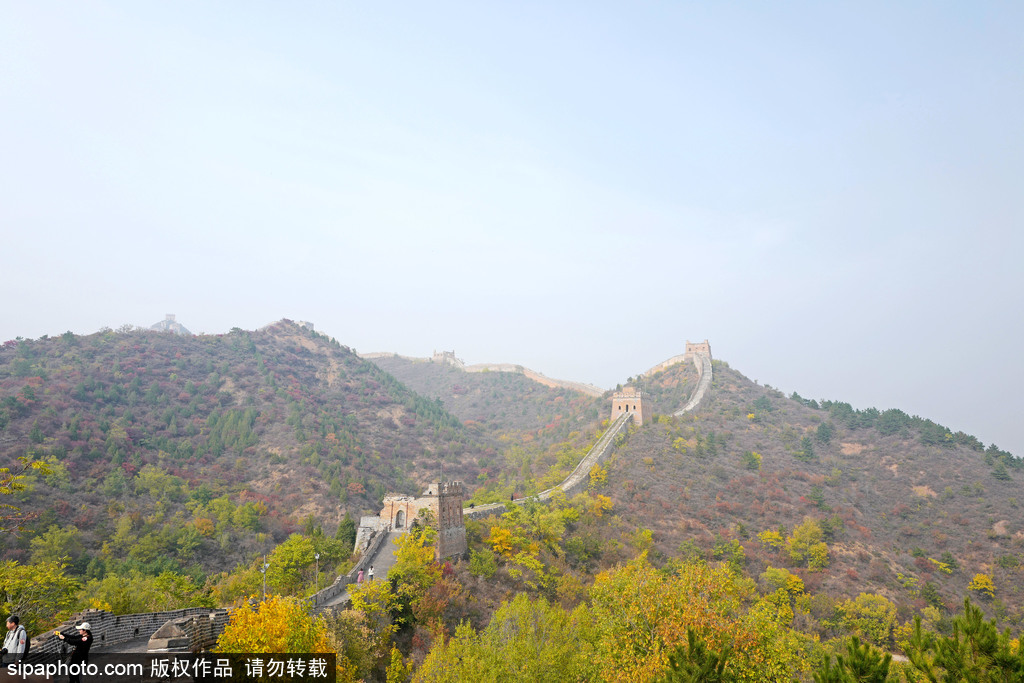
Simatai Great Wall
Constructed under the supervision of Qi Jiguang, a famous general in the Ming Dynasty (1368-1644), it is the only part of the Great Walls that still has the original appearance of the Ming Dynasty.
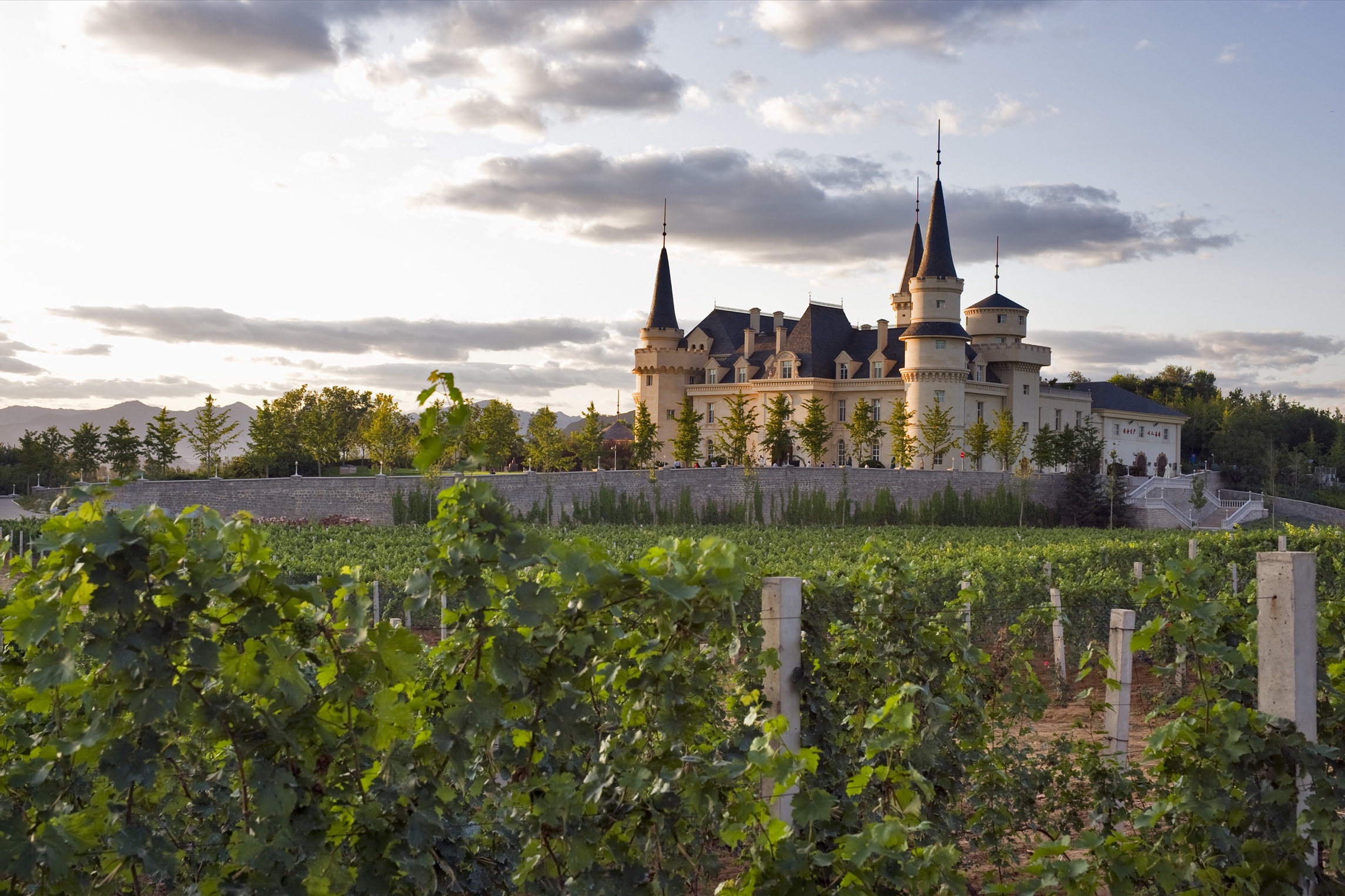
Changyu Wine Chateau
The Changyu Wine Chateau is a resort that offers numerous amenities to choose from while on vacation
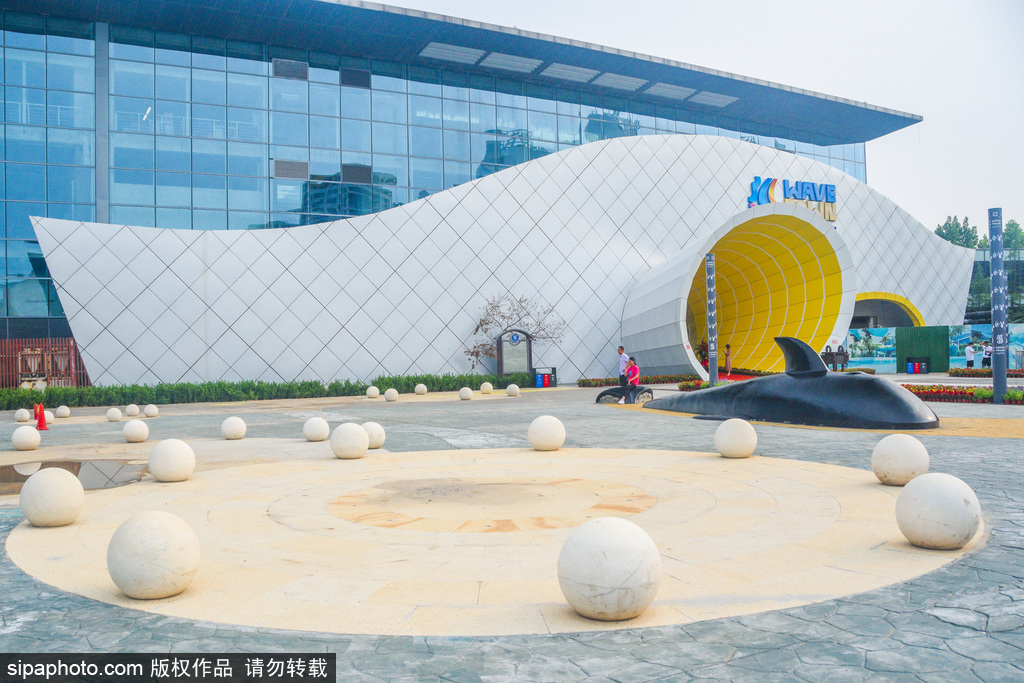
As the former site of Pingxi Mansion during the Yongzheng period of the Qing Dynasty, Wave Town has a long history of three hundred years.
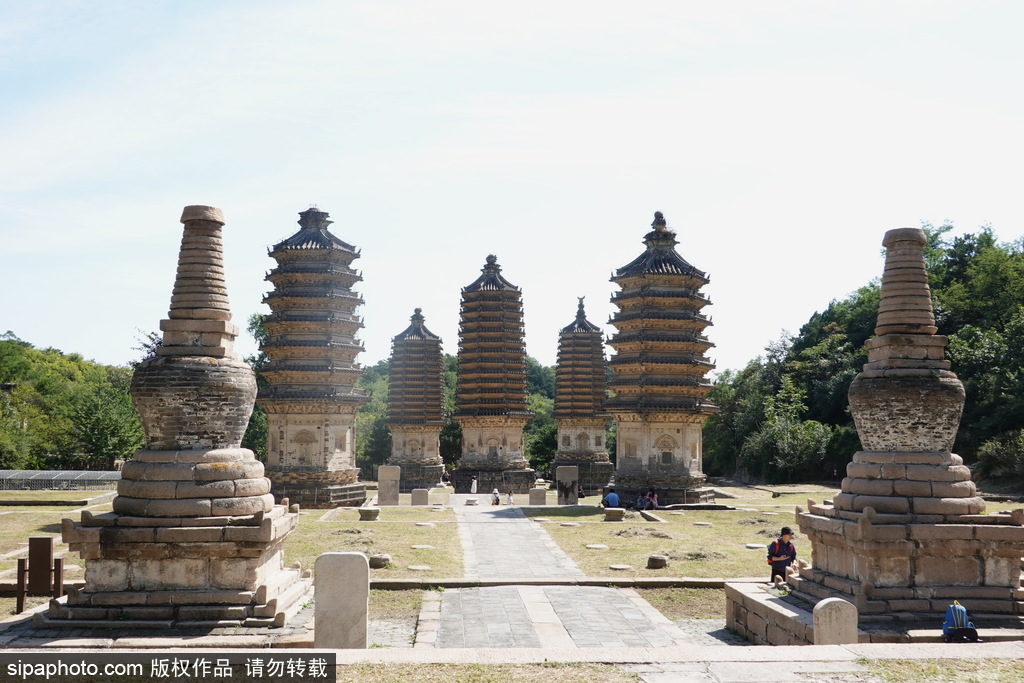
Yinshan Pagoda Forest Scenic Area
Yinshan Pagoda Forest is the National Park of China, one of “Eight Great Sights of Yanjing” during Ming and Qing Dynasties.
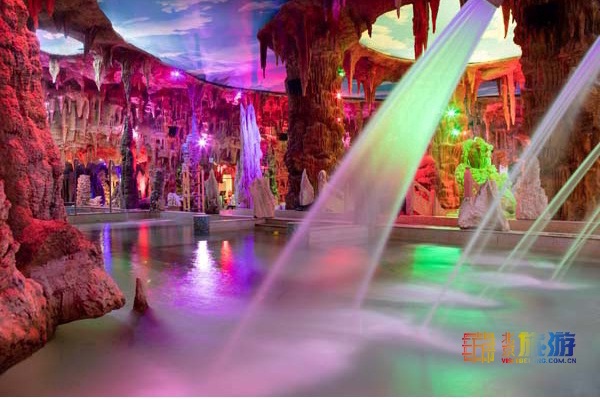
Longmai Spa
With a total area of 280 mu, the Longmai Hot Spring is rich in geothermal resources with the countryu0027s premier light hot spring underground.
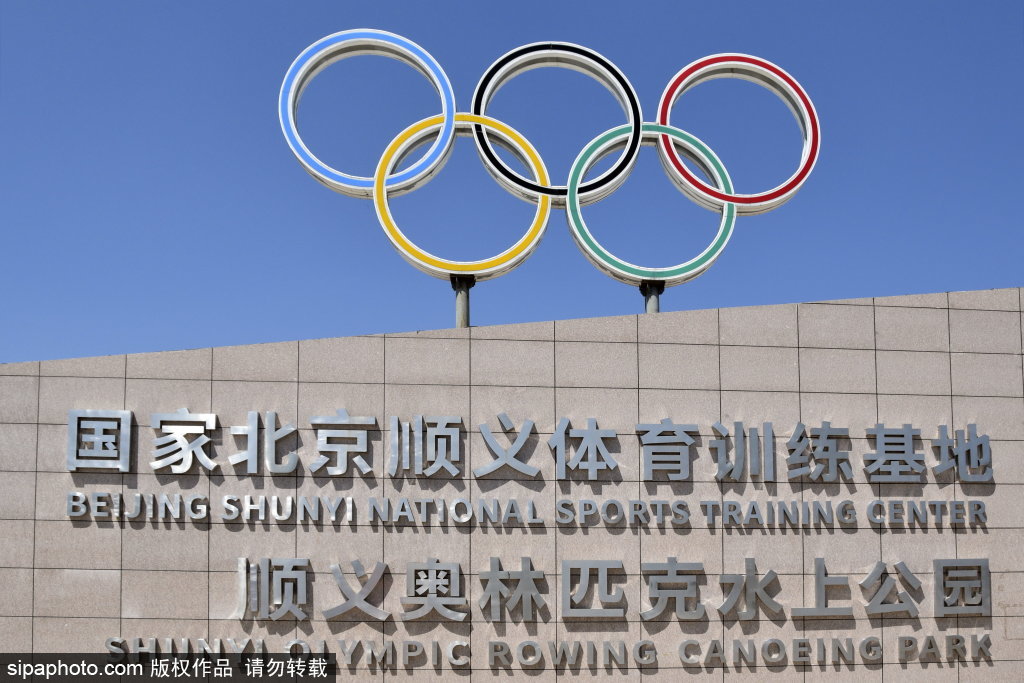
Shunyi Olympic Rowing-Canoeing Park
The Shunyi Olympic Rowing-Canoeing Park was once used for the rowing, canoeing and 10 km open-water swimming events in the 2008 Summer Olympics.
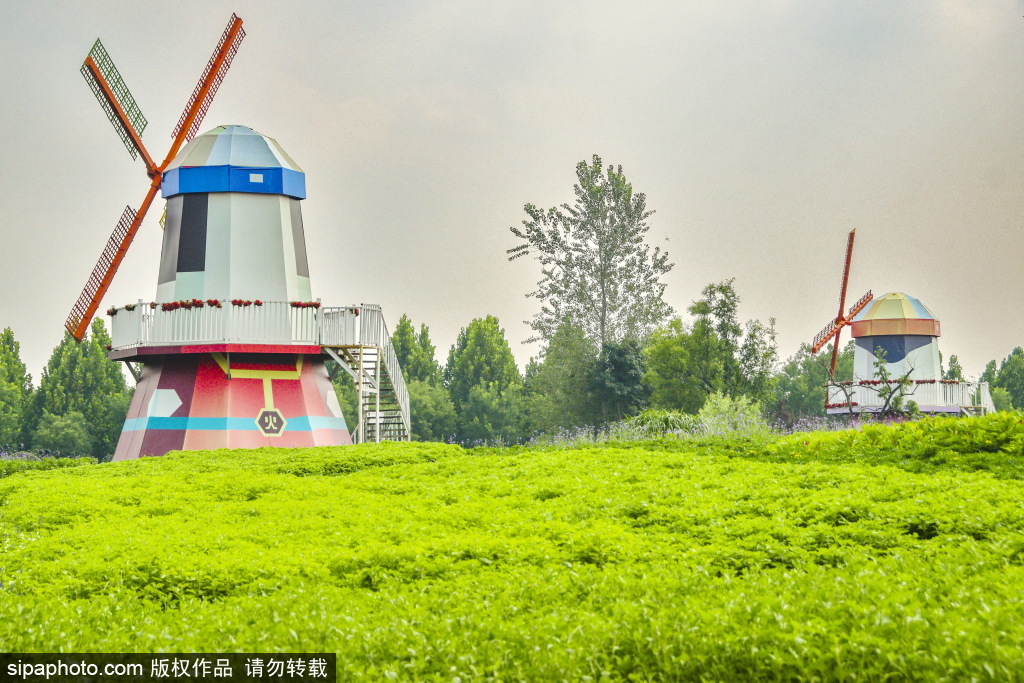
Beijing International Flower Port
It is a key node in Shunyi Districtu0027s eastern development belt and a model for the development of modern tourism agriculture in the capital.
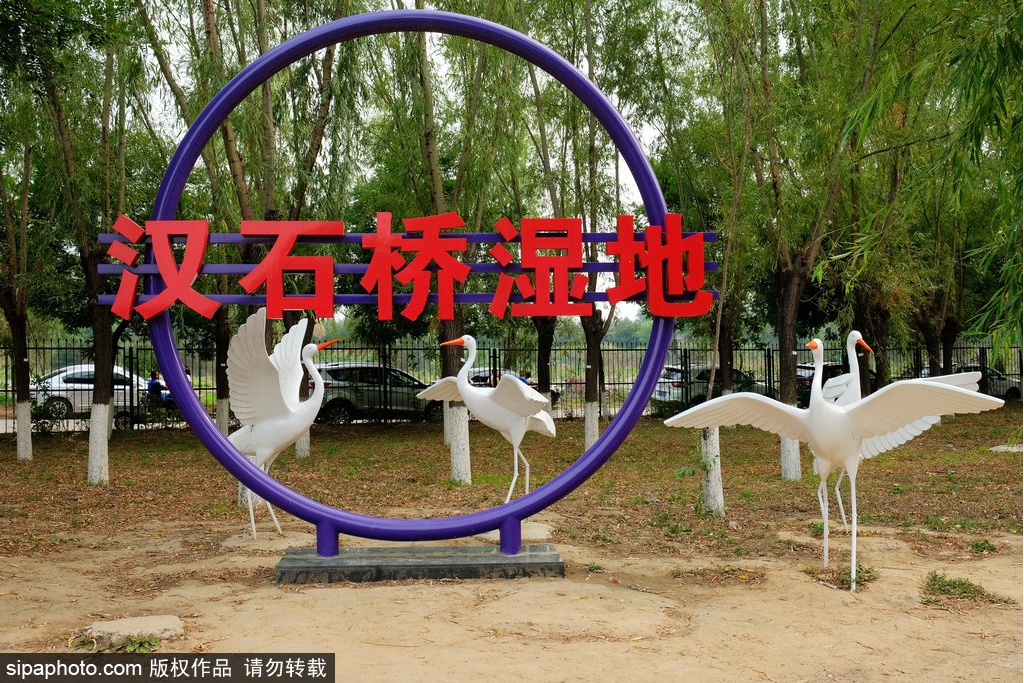
Hanshiqiao Wetland Park
With a total area of around 1,900 hectares, Hanshiqiao Wetland Park is a nature reserve located in the eastern plain of Beijing.
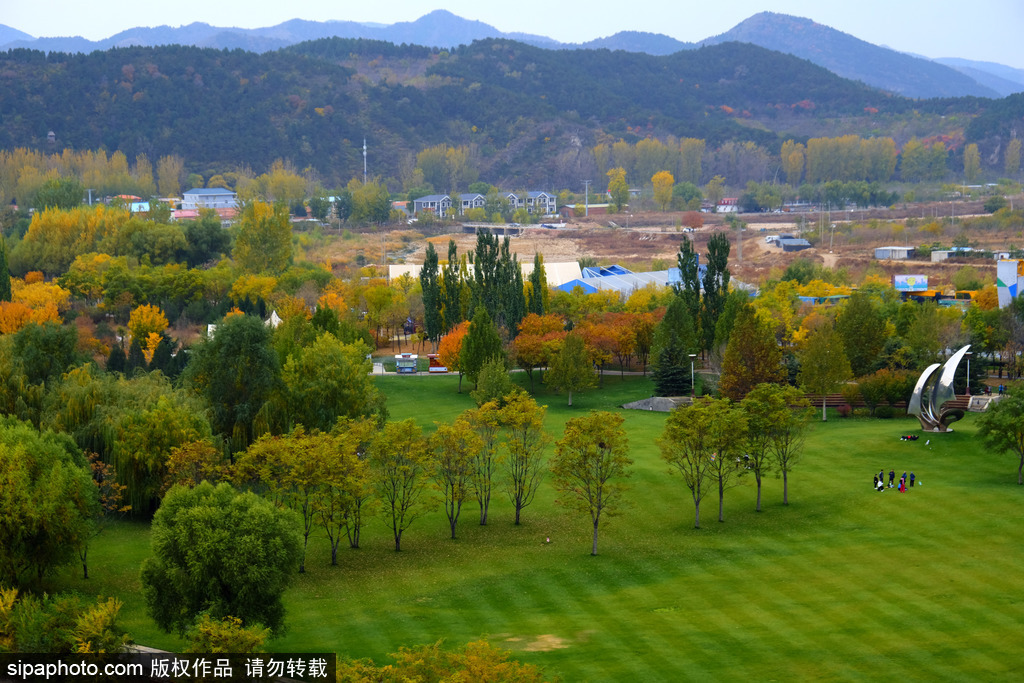
Jinhai Lake
Jinhai Lake Scenic Spot has a wide variety of colorful trees, including more than 10 varieties, such as smoke tree and acer truncatum
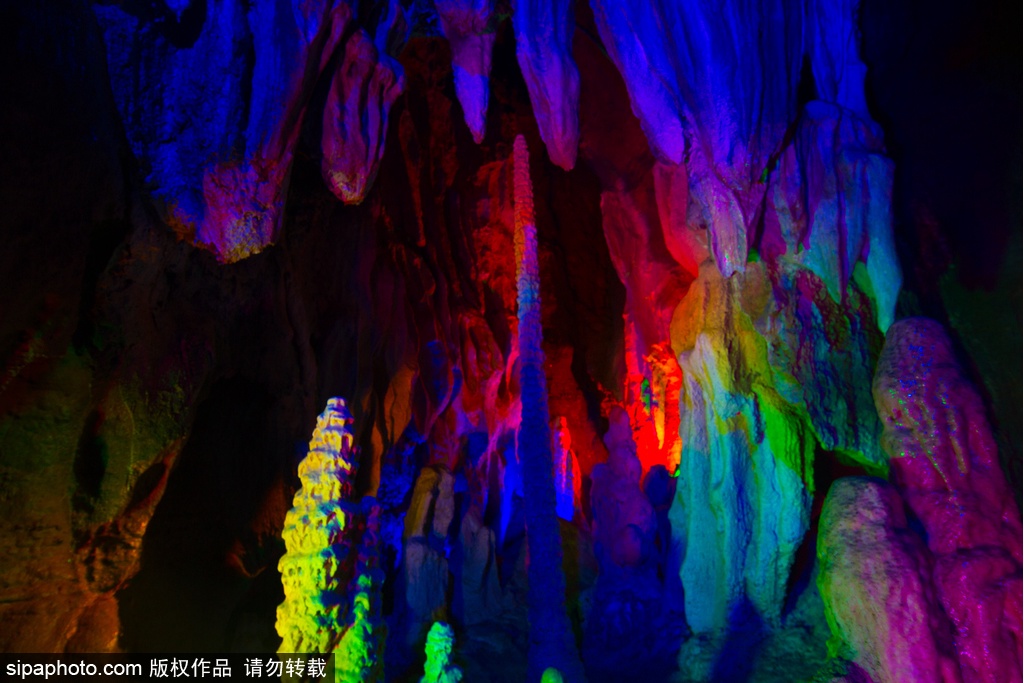
Jingdong Great Limestone Cave
Jingdong Great Limestone Cave is located in the east part of Heidouyu Village in Pinggu District, 90 kilometers away from downtown Beijing.
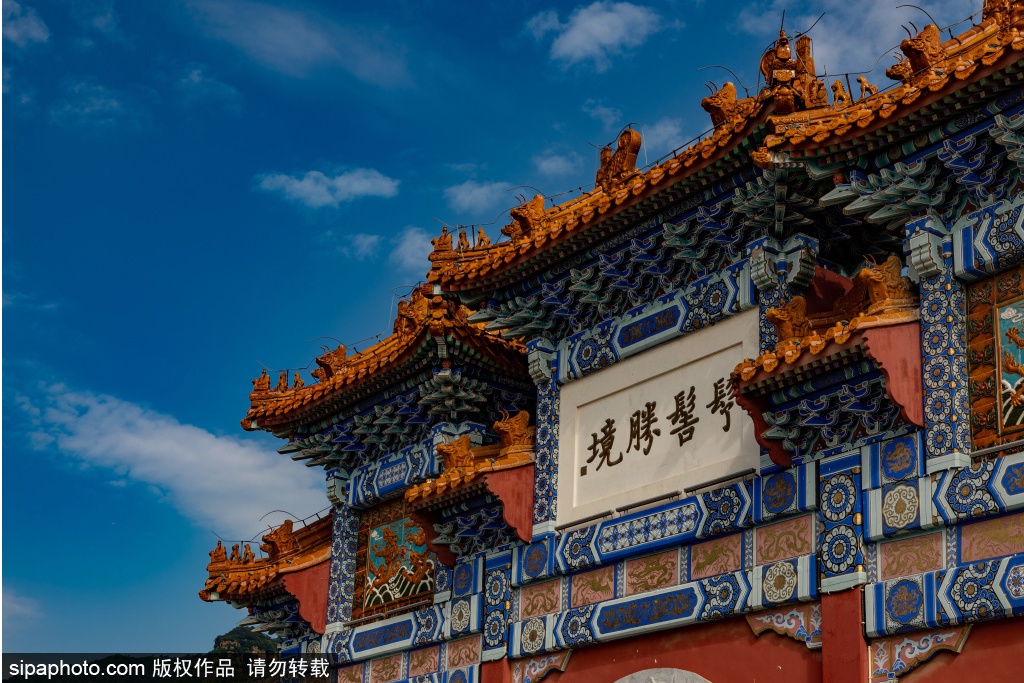
Yaji Mountain
Located in the Liujiadian Town of Pinggu District, Yaji Mountain is 363 meters high. It was highly regarded by the royal family as a Taoist fairy palace.
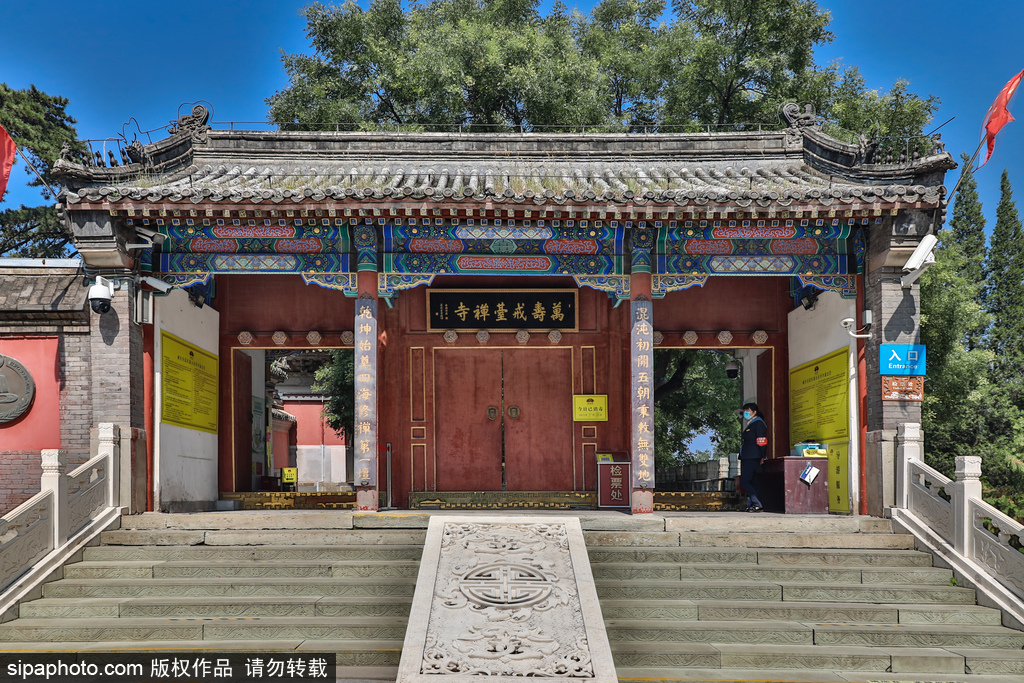
Jietai Temple
Originally named Huiju Temple, the temple is commonly known as the Jietan Temple because of the largest Buddhist altar in China.
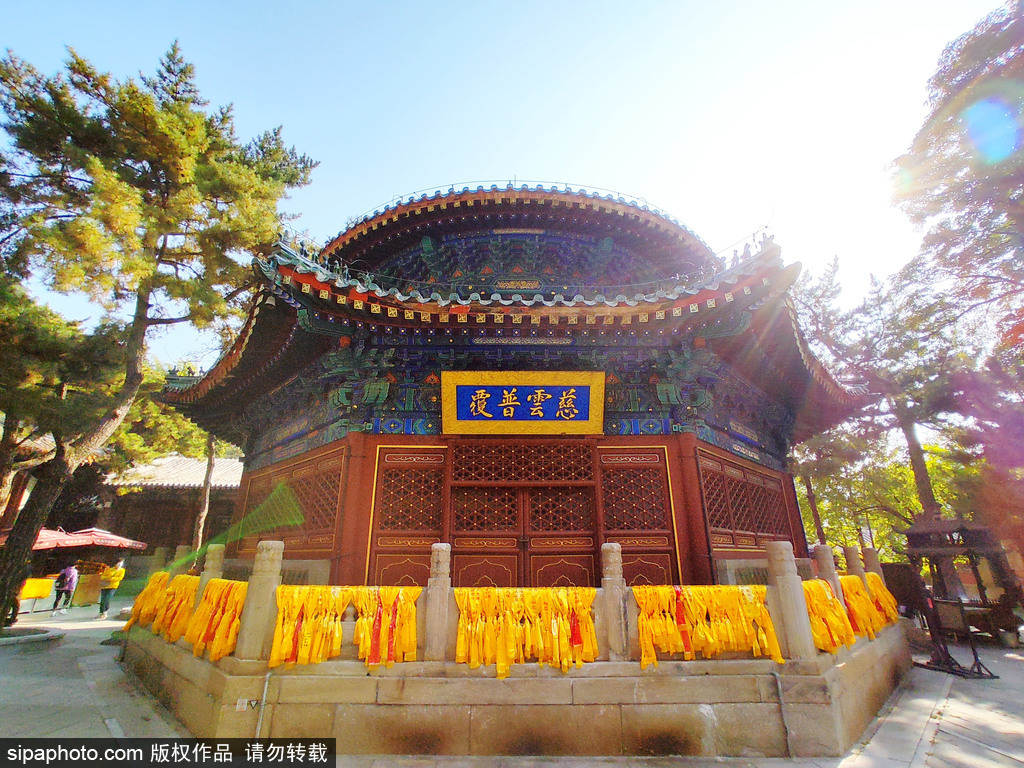
Tanzhe Temple
With a history of over 1700 years, Tanzhe Temple is the oldest ancient temple in Beijing. There is a folk proverb that u0022 First there is Tanzhe Temple, then there is Beijing Cityu0022.
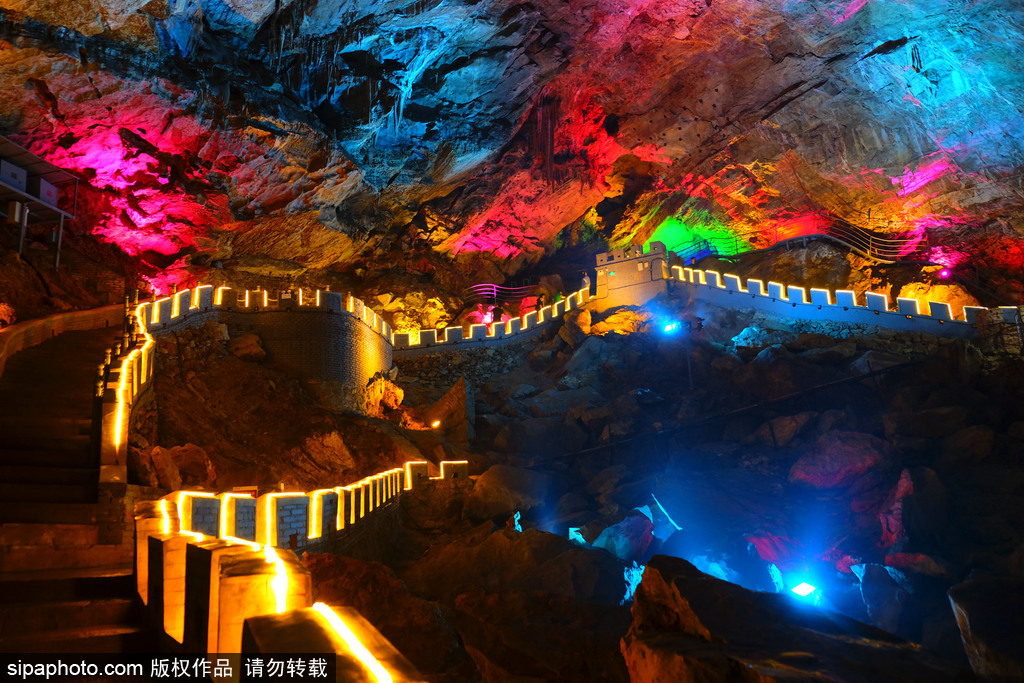
Baqi Cave Scenic Spot
Baqi Cave is known as the u0022 Magic Cave Wonder of Heaven and Earthu0022. The ancient cave is deep with a length of 1,350 meters, and is famous for its unique folded u00228u0022 shape and eight wonders.
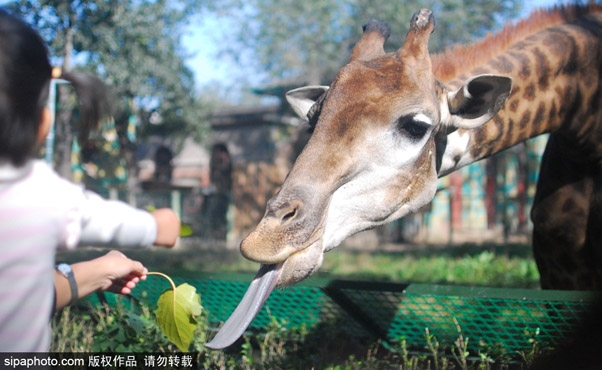
Beijing Zoo
The Beijing Zoo mainly exhibits China’s wild and rare animals The Giant Pandas are one of the most popular exhibits, but other popular animals include the Sichuanese golden, yaks, enormous sea turtles, polar bears from the North Pole and so forth.
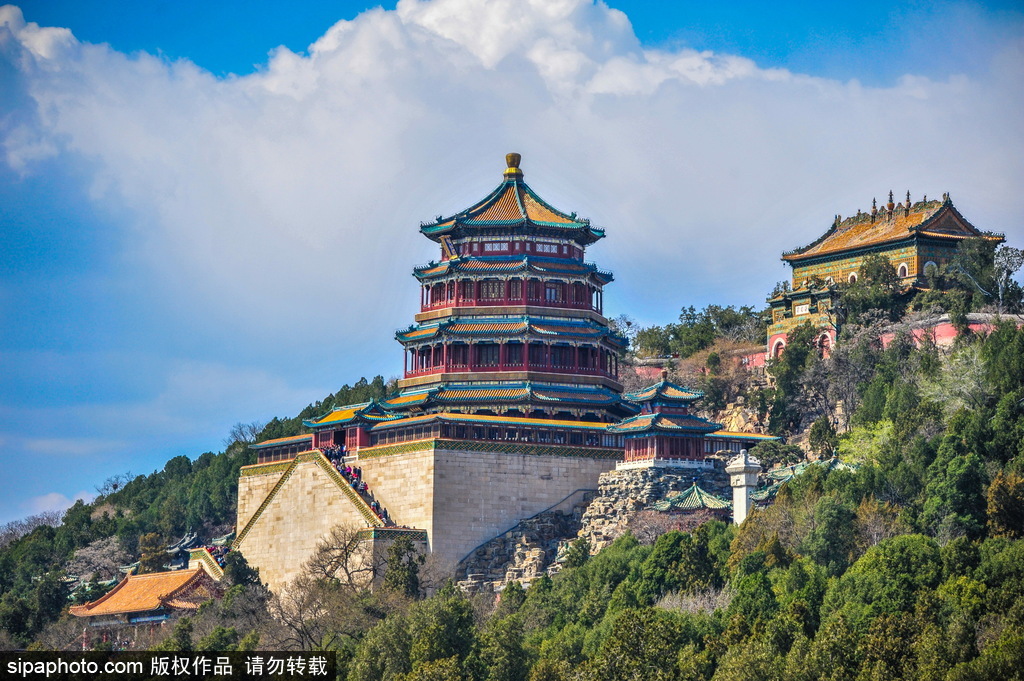
The Summer Palace
The Summer Palace is the largest existing and the best-preserved royal garden in China, was one of the “Three Hills and Five Gardens” in the western suburbs of Beijing.

Temple of Heaven
The Temple of Heaven is the largest ancient worship complex in China, where the emperors of the Ming and Qing dynasties worshiped the Heaven. It is a must-see attraction on a one-day trip to Beijing.
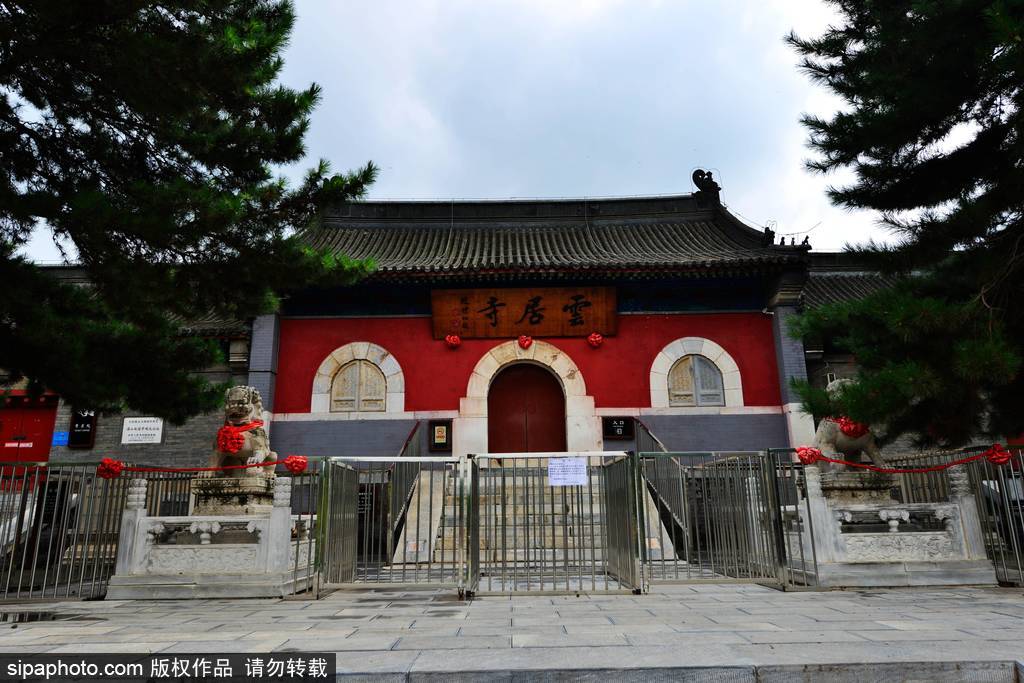
Beijing Yunju Temple
In 1992, this temple was selected as one of the u0022Worldu0027s Best of Beijing Tourismu0022 as the temple with the largest number of stone sutra plates in the world.
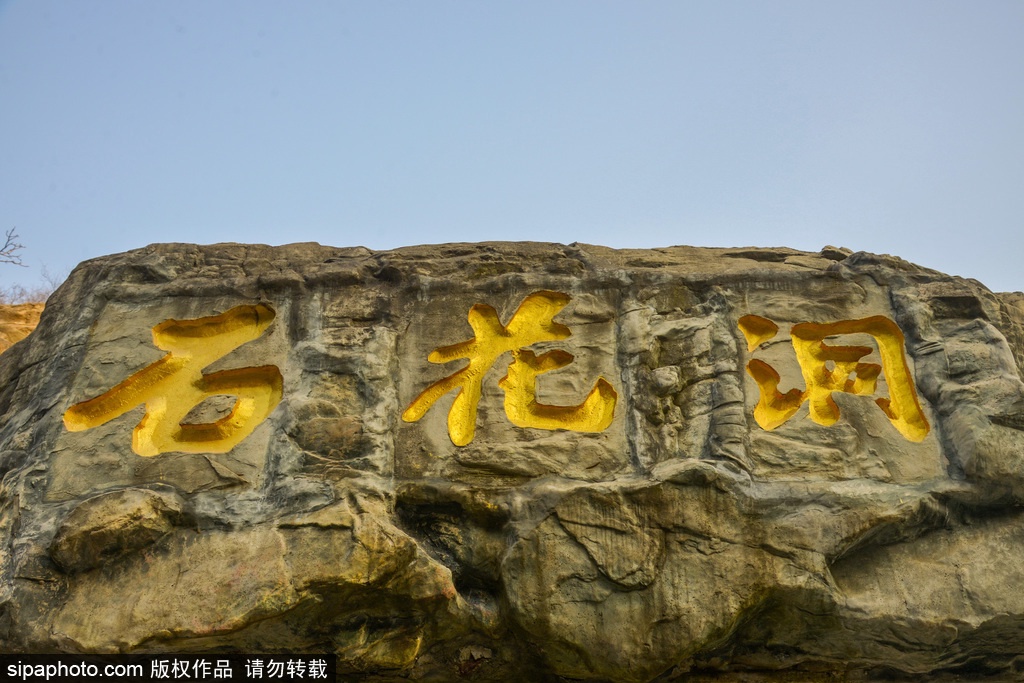
Shihua Cave Scenic Area
It is the first geopark in China with natural landscape of karst caves as its theme.
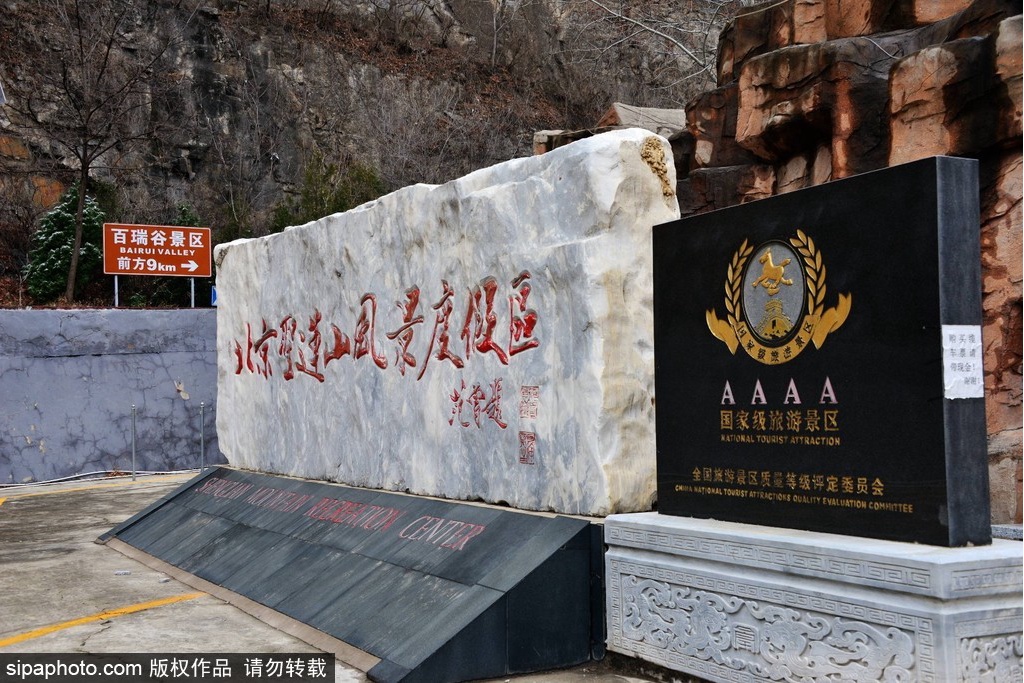
Saint Lotus Mountain Tourist Resort
Saint Lotus Mountain Tourist Resort is a 4A Tourist Scenic Spot. Among the tourist resort, there is a natural cave named Saint Water Cave that has a spring that flows around all year.
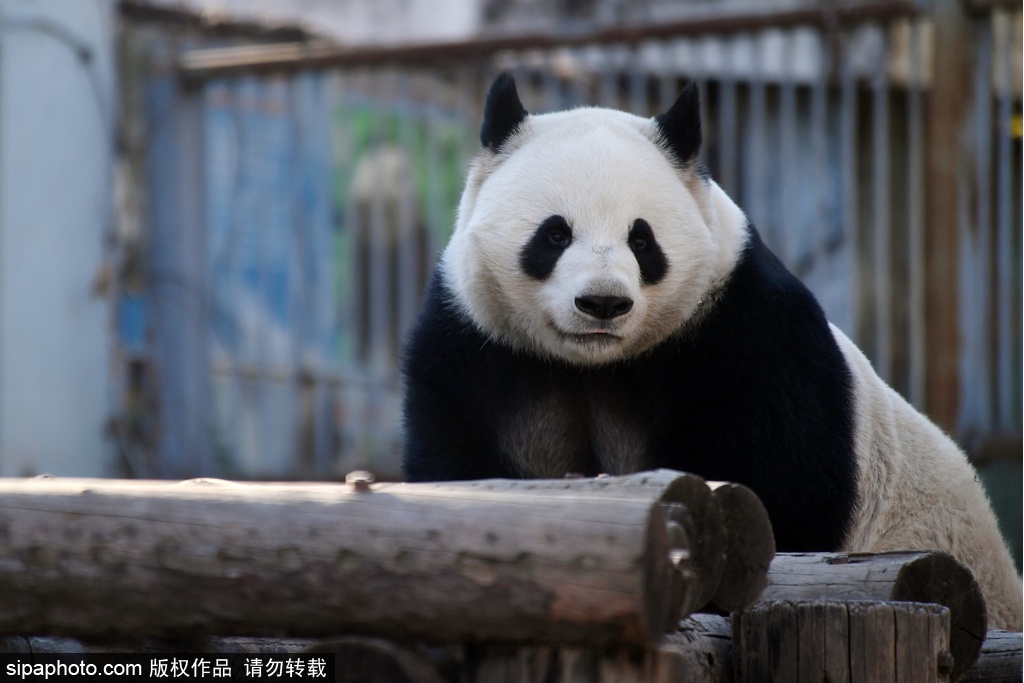
Beijing Wildlife Park
Located in a vast forest in the Yufa Town of Daxing District, the Beijing Wildlife Park is a large natural ecological park that integrates animal protection, wildlife domestication, breeding, as well as science popularization education.
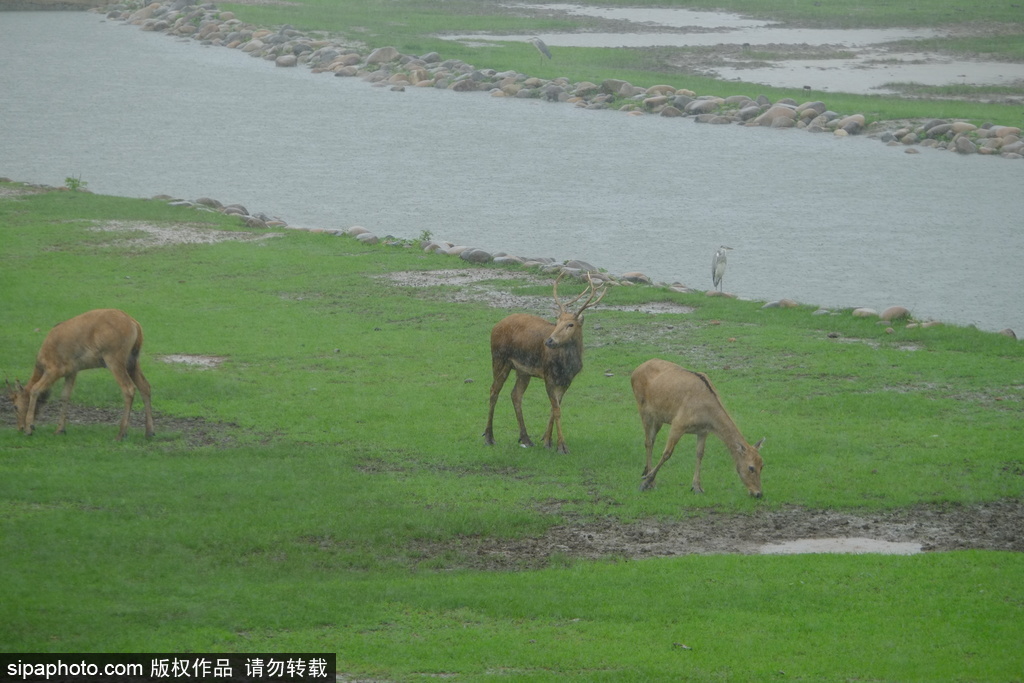
Nanhaizi Park
This park is located in Daxing District. It is Nanhaizi Park. It is one of the four country parks in Beijing and the largest wetland park in Beijing.
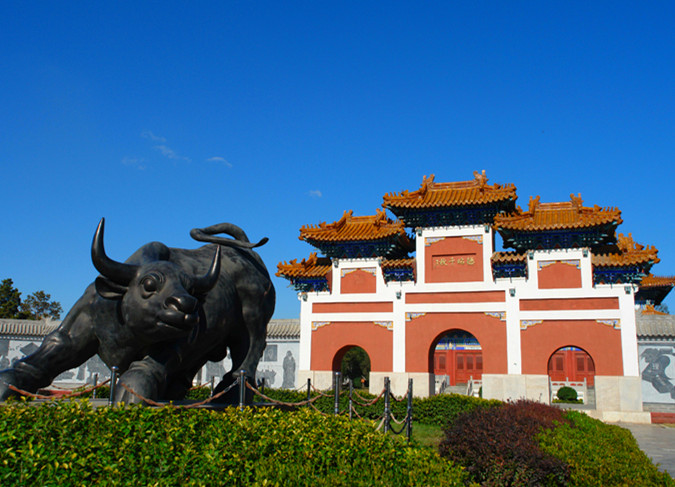
Chinese Culture Garden
Chinese Culture Garden is a theme park focusing on spreading Chinese culture and strengthening patriotism education.
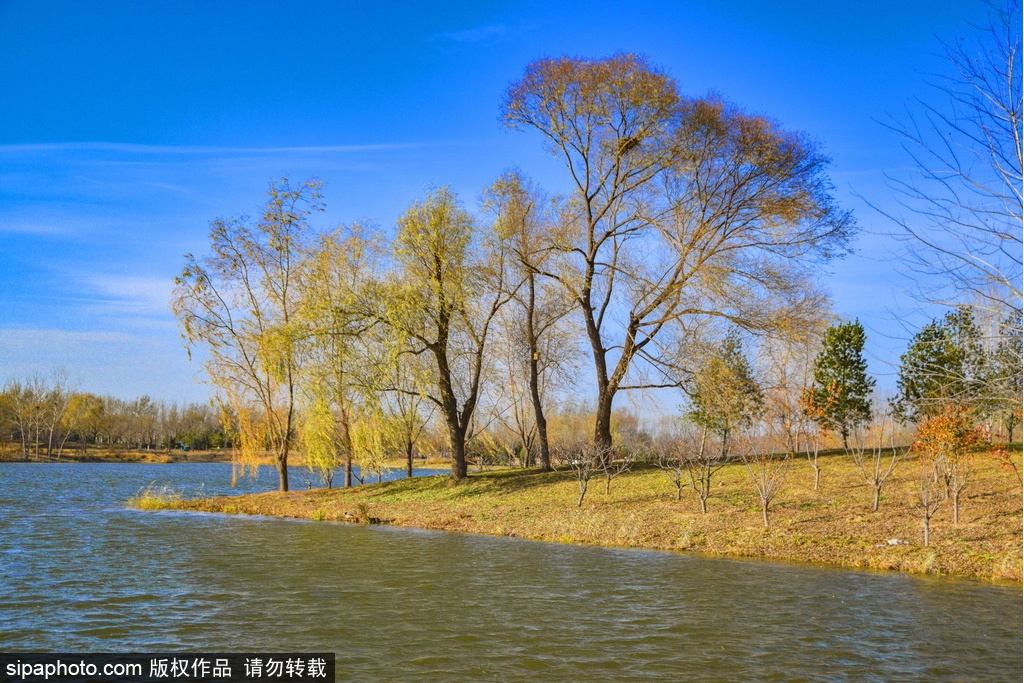
Dongjiao Wetland Park
Dongjiao Wetland Park is located at the junction of Tongzhou, Shunyi, and Chaoyang districts in Beijing, with a planned area of 89,000 mu.
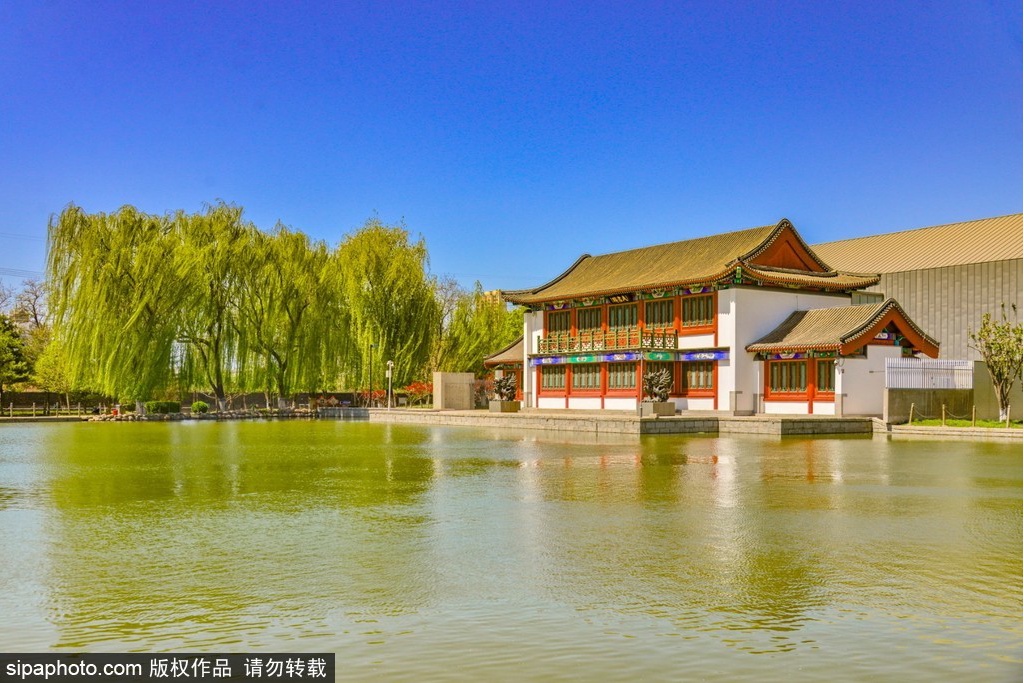
Liyuan Theme Park
The park is composed of the drama building, central square, Peking Opera sculpture, Yunguang Lake and other scenic spots.
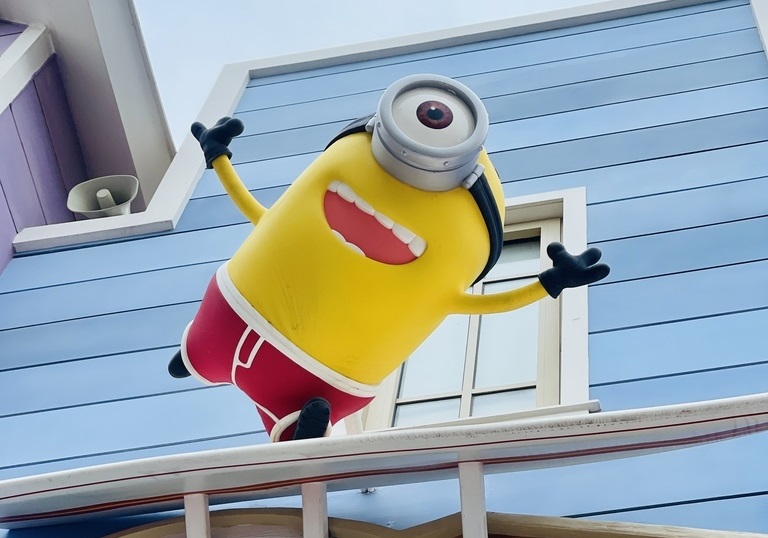
Universal Beijing Resort
Universal Beijing Resort is an anticipated theme park destination featuring several all-new attractions, rides, shows, dining, stores, hotels, events and guest service.
FAQs | Electrical Appliances
How to use electrical appliances in China?
FAQs | Emergency Medical Attention
If you need emergency medical attention please call 120.
FAQs | Credit Cards & Checks
FAQs | How to use traveler's checks and credit cards in Beijing?
Beijing 2022 --> China Culture Beijing Municipality Mutianyu Great Wall
Follow Us --> Follow Us
About us | Contact us | business cooperation
Promotional Centre of Beijing Municipal Bureau of Culture and Tourism (Beijing Tourism Operations Monitoring Centre). All rights reserved.
- Find a Tour
- China Tours
- Student Tours
- MICE Travel
- Destinations
- Virtual Tours

- Travel Guide
- Private Tours
- Sights & Activities
Beijing is an enormous municipality abundant in history, culture, beautiful landscapes, and fine cuisine. One of the oldest and largest cities in the world, Beijing boasts a fascinating mixture of old and new, from ancient imperial palaces to modern skyscrapers, providing one-of-a-kind insight into Chinese culture and daily life that you can't get anywhere else.
As the cultural and political capital of the country, Beijing is an essential part of all China tour itineraries . In fact, in 2019, more than 80% of our clients made Beijing either their only stop or one of their stops when traveling in China (read the full report here ).
Beijing Highlights Virtual Tour
Want to visit the great wall of china spontaneously with a professional live guide learn more about our guided virtual tour here, things to do and travel advice.
The Great Wall is often the first thing that comes to mind when many people think of a China tour, and no stay in Beijing is complete without a visit to this amazing wonder of the world. Beijing is considered the main gateway to the Great Wall, due to its close proximity to several world-famous sections including Badaling , Mutianyu, Jinshanling, Gubeikou , Simatai, and Jiankou .
If you only have half a day for the Great Wall, then Mutianyu would be the perfect choice - expect beautiful scenery and fewer tourists than Badaling. If you can allow for one full day at the wall, then we highly recommend Jinshanling for its unbeatable scenery. If you want to go for something a little more adventurous and walk on the Wall's wild, unrestored side, you may even want to venture out to the Gubeikou or Simatai sections.
Two of Beijing's other most popular attractions lie in the heart of the city: Tiananmen Square , a symbolic and historically significant public space, and the Forbidden City , the 600-year-old magnificent imperial complex that was once home to China's emperors. Opposite the north gate of the Forbidden City is Jingshan Park (also known as Coal Hill), where you can take in bird's-eye views of the whole Forbidden City.
For those who want a more intimate glimpse into Beijing's history and culture, the city's low-rise, narrow alleyways, known as hutongs, are the perfect destination. Strolling down one of the many grey-walled hutongs that surround the Houhai Lake and Bell and Drum Tower areas, you disappear into the Beijing of old. The noisy city melts away and is replaced by sleepy seniors sitting and watching the world go by, people going about their daily business, and the curious and delicious smells of truly authentic restaurants.
The Temple of Heaven , an ancient religious complex where the emperor once held an annual ceremony to ensure a good harvest, is also located in downtown Beijing. This temple complex is known for its unique and dazzling architecture, as well as the peaceful park grounds that surround it. Not far from the city center is another of Beijing's most impressive sites, the Summer Palace , which is the best-known classical imperial garden in China.
There are certainly more historical attractions and cultural activities to put on your Beijing bucket list (check out more here ). However, if you have three or less days in Beijing, we suggest you stick to the must-see attractions mentioned above. If you have time, there are many ways you can slow down your sightseeing schedule and dip into local life and culture, like sipping Chinese tea in a tranquil tea house, joining the locals for some morning tai chi in the Temple of Heaven park, enjoying a thrilling acrobatic show , and more!
Eating in Beijing
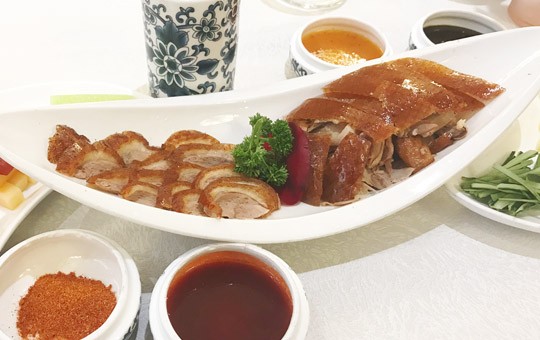
As the capital of China, Beijing is home to authentic restaurants serving cuisines from all around the country. Although we usually take our visitors to restaurants that serve local Beijing dishes, you can always ask your travel specialist or guide if you want to taste some other cuisines.
Speaking of local dishes, Peking duck is the one famed dish that you absolutely shouldn't miss, and we can give you plenty of suggestions for the best places to eat this Beijing delicacy. If you are a keen foodie, we can also arrange for you to try your hand at cooking some Chinese dishes or wrapping your own dumplings .
Thanks in part to Beijing's large and diverse expat population, you can also find plenty of quality restaurants that serve Western food or cater to vegetarians and vegans. In fact, some of our travel specialists are expats who have been living in Beijing for years, so they can give you their honest opinion on any restaurant!
Popular Nighttime Activities in Beijing
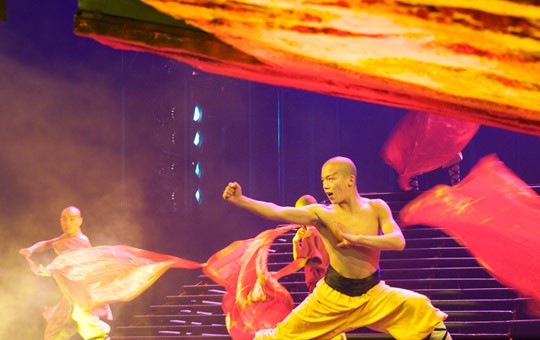
Ancient and modern collide in Beijing's nightlife scene. You will never be short of choice on a night out in Beijing!
We usually book hotels for our guests that are located in the center of Beijing, so that you won't lack choices when looking for some authentic food or shopping opportunities in the evening.
If you want to venture farther away from your hotel, the area around Nanluoguxiang, Houhai Lake, and the Drum and Bell Towers has plenty of bars serving everything from craft beer to complex cocktails, while Sanlitun and the area around the Worker's Stadium is the best choice for slick cocktail bars and nightclubs.
If you prefer something more culturally oriented, there are a variety of popular evening shows you can attend, like the Chaoyang Acrobatic Show , the “Legend of Kung Fu” show, or a Peking Opera performance.
Best Time to Visit Beijing
Beijing has a climate similar to Washington, DC. The weather is cold in winter with occasional snow, and hot and humid in summer. April, May, and June are particularly pleasant months to visit; in late April you can enjoy picturesque flowering trees in the city's many parks. July and August, while still good, can be very hot. The fall weather, particularly in September and October, is pleasant, making this period another popular time to visit Beijing. November is still nice with a fall feel in the air. December through March are winter months, when there are usually fewer tourists at all the attractions.
If possible, you should avoid planning your visit around National Day (the first week in October) and Spring Festival, when many Chinese people are traveling and most tourist destinations are packed. In addition, Beijing also see more travelers in August, when students are on summer vacation and many families travel to Beijing with their kids before the new school year starts. Learn more about how to avoid the crowds when traveling in China here .
Average Temperatures in Beijing
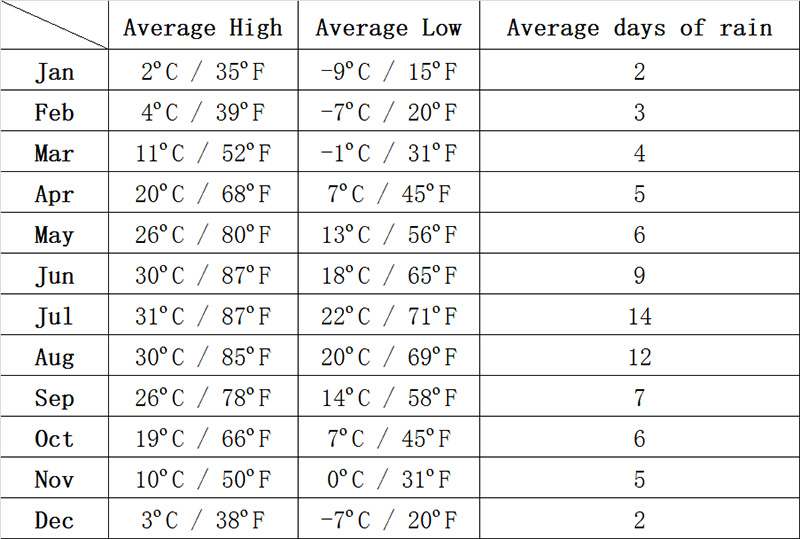
Transportation
As the capital of China, Beijing has the busiest airport and railway stations in China. Most Chinese tourist destinations are easily accessible from Beijing via flight or bullet train (for example, both Shanghai and Xi'an are around five hours by bullet train and 90 minutes by air from Beijing). All of this makes Beijing an ideal first or last stop for visitors to China.
Find flights in Beijing for your stay
Beijing Private Tours
- Beijing and the Great Wall Day Tour
- 2 days Beijing highlight tour
- 3 days Beijing tour
- Golden Triangle of China - 9 days Beijing, Xian, Shanghai tour
- The Classic China Tour - 13 days Beijing, Xian, Guilin, Yangshuo, Shanghai tour
- The Ancient Capitals - 5 days Beijing, Xian tour
- Tale of Two Cities - 5 days Beijing, Shanghai tour
- Chengdu and Golden Triangle - 13-day Beijing, Xi'an, Chengdu, Shanghai tour
- The Golden Triangle plus Zhangjiajie - 11-day Beijing, Xi'an, Zhangjiajie, Shanghai tour
- More tours in Beijing...
Customize a tour that includes a visit to this destination
Inquiry form.

17 Top-Rated Tourist Attractions in Beijing
Written by Bryan Dearsley Updated Mar 23, 2023 We may earn a commission from affiliate links ( )
Beijing, only eclipsed by Shanghai in terms of size, is not only the political center of China - a position it has held for more than 800 years - it also plays an important role in the nation's cultural, economic, scientific, and academic life. Located in the northwest of the North China Plain, not far from the western slopes of the Yanshan mountains, Beijing - still sometimes referred to as Peking - is a great place from which to explore this dynamic country due to its dense network of road, rail, and airline connections with other major cities.
Beijing itself has no shortage of unique sightseeing opportunities . It is home to some of the country's best-known tourist attractions , including a section of the famous Great Wall of China at Badaling Pass . Among the city's many historical and cultural points of interest are the Imperial Palace, Beihai Park, Coal Hill Park, and the Heavenly Temple, most of them within the well-preserved historic city center.
Other things to do include exploring the mammoth Tiananmen Square, numerous important temples, the new construction brought about by the city's increased prosperity and major events such as the 2008 Beijing Olympics. When you've had your fill of sightseeing, enjoy the city's great shopping and dining.
Plan your trip to the Far East with our list of the top tourist attractions in Beijing, China.
See also: Where to Stay in Beijing
1. The Palace Museum and the Forbidden City
2. the great wall of china, 3. tiananmen square, 4. beihai park, 5. the temple of heaven, 6. the summer palace, 7. beijing national stadium, 8. the lama temple (yonghe), 9. beijing capital museum & the national centre for the performing arts, 10. beijing ancient observatory, 11. the fayuan temple, 12. coal hill park (jingshan), 13. the beijing temple of confucius, 14. beijing zoo, 15. the old summer palace at yuanmingyuan park, 16. 798 art zone, 17. national museum of china, where to stay in beijing for sightseeing, map of tourist attractions in beijing, beijing, china - climate chart.
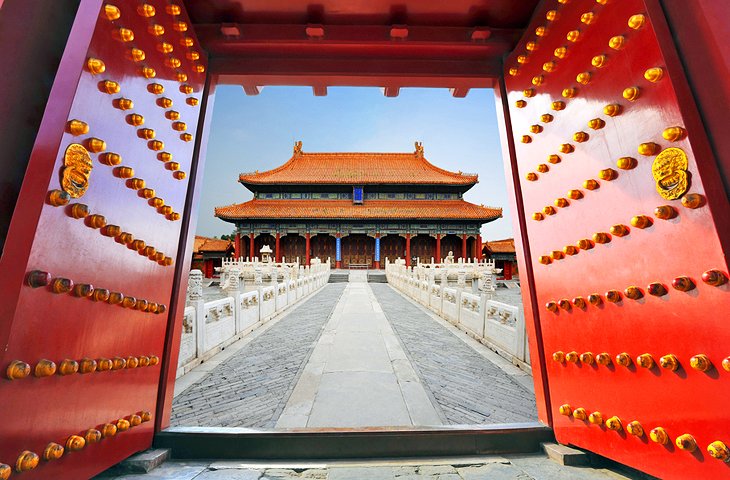
The Imperial Palace, also known as the Forbidden City, is China's most significant attraction and can trace its origins back to the Yuan Dynasty of the 13th century. Its immense size is the result of enlargements made during the Ming Dynasty between 1406 and 1420, after the capital was transferred here from Nanking.
All told, this beautiful palace has been home to 24 Ming and Qing Emperors, earning its nickname of the Forbidden City due to the fact ordinary citizens weren't allowed access. The complex covers 720,000 square meters, all of it surrounded by a 10-meter-high wall with towers in the four corners and a 50-meter-wide moat. It's divided into an area used for ceremonial and administrative purposes, as well as the private quarters once used by the Emperor and his concubines.
Highlights include the Meridian Gate, built in 1420; the Golden River Bridges, a network of five richly decorated white marble bridges; and the Hall of Preserving Harmony, which functioned as the Emperor's banquet hall.
Other places to visit include the Palace of Heavenly Purity, the largest hall in the Inner Court, and the Hall of Military Courage, a permanent residence and private audience hall for the emperors. The impressive 35-meter-high Hall of Supreme Harmony is notable as the country's largest surviving wooden building and for its splendidly decorated gilded imperial throne.
Located just a short walk away from The Palace Museum stands the historic Imperial College (Guozijian). Founded in 1287 by Kublai Khan and only closed in 1900, this beautiful structure served as the country's national university, and often saw the Emperors of old visit to further their education and knowledge. The complex covers more than 10,000 square meters, much of which can be explored.
Address: 4 Jingshan Front Street, Dongcheng, Beijing
Official site: https://en.dpm.org.cn
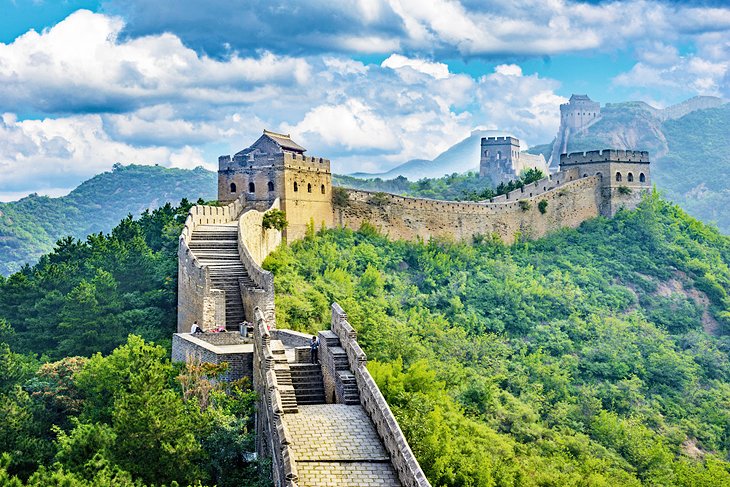
Beijing is only an hour away from what is undoubtedly one of the country's most famous historic structures: the Great Wall of China. Here at Badaling Pass, the first part of the Wall to be opened to tourists in the 1950s, you can enjoy a walk along an impressive section of the Great Wall dating from the 16th century and standing up to eight meters high.
Along the way, you'll be able to enjoy numerous towers and parapets offering superb views over the surrounding dramatic scenery. While a hilly walk, you can in fact take a pleasant cable-car ride up to the wall.
This much-visited section of the Great Wall can get busy, so if possible try to plan your trip for an early arrival.
Another popular spot to experience the Great Wall is Mutianyu, parts of which date back to the 6th century. Rebuilt and expanded over the centuries, it is becoming increasingly popular for its magnificent views, which are particularly beautiful during spring and autumn.
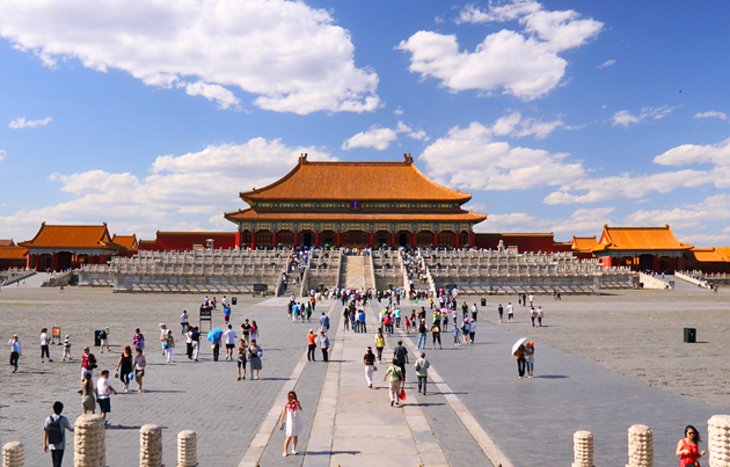
Tiananmen Square (the Square of Heavenly Peace) is the world's largest inner-city square. Designed to hold a million people, it was built to celebrate the 10th anniversary of the Chinese Republic in 1958. Considered the center of communist China, the square's symbolic importance dates back to May 4th, 1919, when students demonstrated against the Chinese provisions of the Treaty of Versailles.
Highlights of a visit include the Monument to the People's Heroes (Rénmín Yingxióng Jìniànbei), a 38-meter tall obelisk consisting of 17,000 pieces of granite and marble, and the splendid Tiananmen Gate , known as the Gate of Heavenly Peace. It was completed in 1417 and was once the main entrance to the Imperial City.
Another important gateway is Zhengyangmen , or Qianmen, the southernmost gate into Tiananmen Square. Tracing its roots back to the early 15th century and restored in the early 1900s, this imposing structure is considered one of the most important landmarks in the city.
Other features of note are the Museum of the Chinese Revolution with its exhibits illustrating the various stages of the Chinese revolution from 1919 and the development of the Communist Party, and the Mausoleum of Mao Zedong , where the body of Mao rests in a crystal sarcophagus.
Address: Dongcheng, Beijing
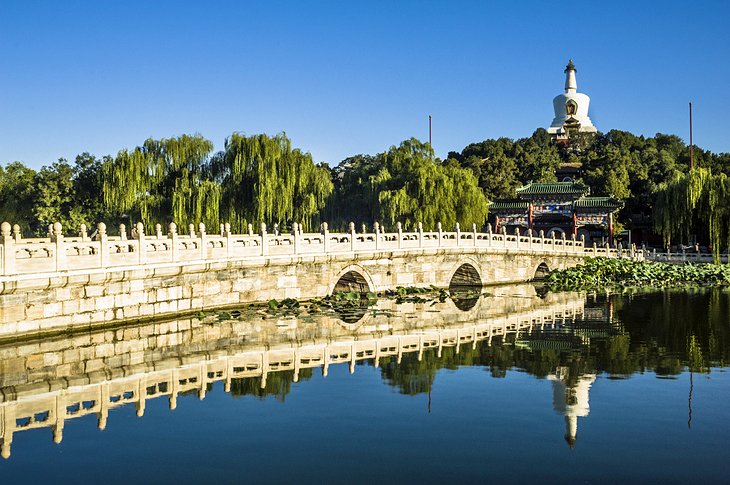
Just a short distance from the Imperial Palace , Beihai Park is one of the oldest surviving imperial gardens in Beijing. Laid out at the beginning of the 10th century, this beautiful open space takes its name from nearby Lake Beihai (North Lake) and offers many good reasons to visit.
Among the park's most important structures are the Round Fort , dating from the Yuan period of 1271-1368, and the spectacular Hall of Enlightenment . Built in 1690, the hall is home to a one-and-a-half-meter-tall Buddha carved from a single block of white jade, and a large black jade vase from the early 12th century.
Another notable feature is the opulent residence of Song Qingling in which the widow of the founder of the Republic, Sun Yat-sen, lived for 18 years until her death (it's now a museum). You'll also want to see the Living Quarters of Mei Lanfang (Mei Lanfang Guju), a famous male star of the Peking Opera who specialized in playing the role of a woman.
Also try to include the residence of Guo Moruo on your Beijing itinerary. It was here, in a home built in traditional Chinese courtyard style, that the famous writer and historian lived from 1963 until his death in 1978. Also include the beautiful 17th-century White Pagoda on the Island of Exquisite Jade on your list.
Address: 1 Wenjin St, Xicheng, Beijing
Official site: www.beihaipark.com.cn//english/index.html
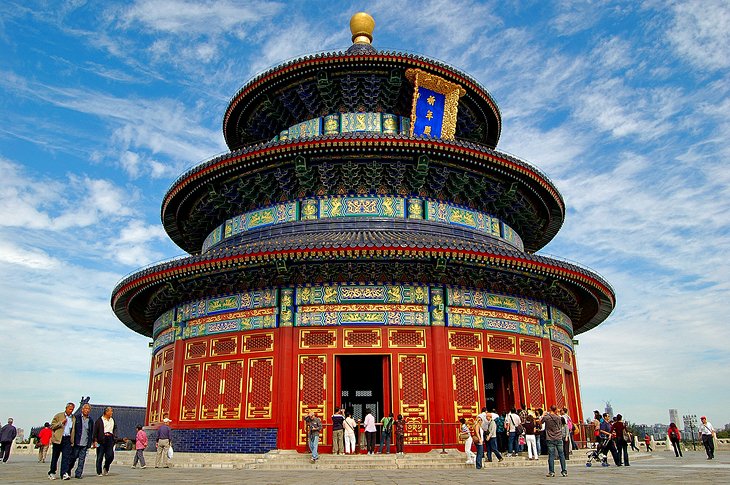
The Temple of Heaven (Tiantán) dates back to 1420 and incorporates a group of some of Beijing's most sacred buildings. Surrounded by lush vegetation, these lovely old temples and shrines are set out in two sections - one rectangular; the other semi-circular - which together symbolize Heaven and Earth.
It was here that, on the day of the winter solstice, the Emperor would ascend the Heavenly Altar in solemn ceremony to pray for a good harvest and offer sacrifices in the brightly decorated Hall of Prayer for Good Harvests (Qinian Dian). Built in 1420, in customary Chinese fashion of wood and entirely without nails, the hall sits on a three-tier marble terrace with balustrades and a roof covered with 50,000 blue glazed tiles (a marble plaque on the floor represents the dragon and the phoenix stone, symbols of the emperor).
Another highlight is the Hall of the Vault of Heaven (Huangqiong Yu). Erected in 153, it boasts a blue-tiled conical roof and was used to store the ceremonial plaques of Heaven and the Officials. Be sure to also visit the temple's Echo Wall , which echoes to even the quietest of voices, an effect exaggerated by three unusual echoing stones.
Address: 1 Tiantan E Road, Dongcheng Beijing
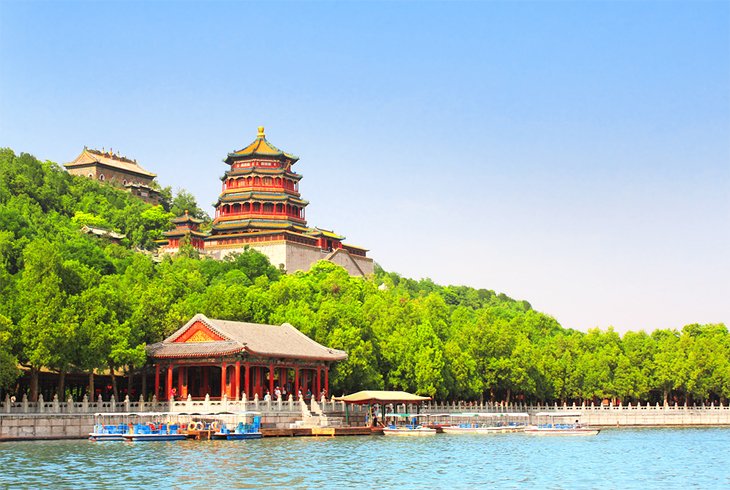
Located an easy 30-minute journey by car, bus, or taxi from the center of Beijing, the city's Summer Palace (Yíhé Yuán) is a must-visit. Dating back to the 12th century and more than 700 acres in size, it's a picture-perfect setting, which certainly befits its royal status, boasting a large 700-year-old man-made lake and beautiful gardens.
Often included on organized tours, top things to see here are the western-styled "Marble Ship" (Shifang), the Hall of Well-being and Longevity (Renshou Dian) with its elaborate throne, and the beautiful courtyard adjoining the Hall of Happiness and Longevity (Leshou Tang Hall). You'll also want to see the impressive 19th-century Great Theatre, where you can catch performances of traditional Chinese plays and music.
One of the more popular things to do, if time permits, is to take a ride aboard the small pleasure craft (kids love the dragon-themed vessels) that ferry tourists to one of the palace's temples, as well as a stroll past the traditional riverside shops on Suzhou Market Street.
Address: 19 Xinjiangongmen Road, Haidian District, Beijing
Official site: www.summerpalace-china.com/English/index.htm
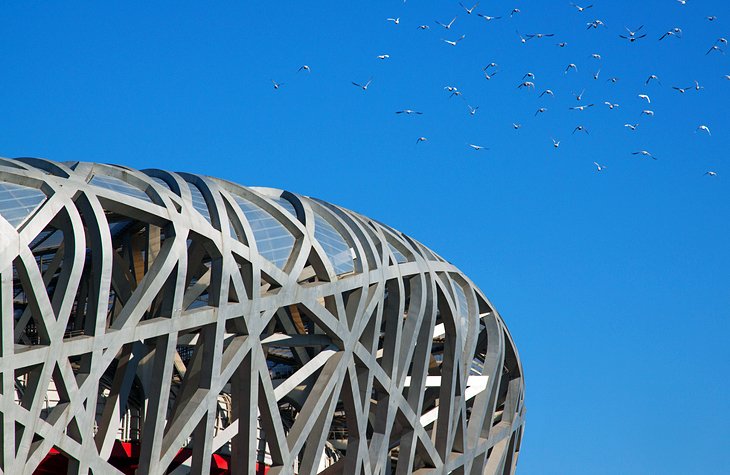
Recognized the world over for its role in the spectacular Summer Olympics held in Beijing in 2008, the National Stadium (Guójia tiyùchang) - also affectionately nicknamed the Bird's Nest - is well worth a visit.
Built with a hefty price tag, this remarkable structure owes its unique design to the influences of traditional Chinese ceramics and has, since the Olympics, been used to host large cultural events and performances including opera, pop concerts, and football matches. In winter, it's turned into the world's largest manmade indoor ski slope. (English language and self-guided tours are available.)
Another nearby attraction is the National Aquatics Center . It's also known as the Water Cube for its attractive night-time display, which sees it lit up and looking like a giant ice-cube. In addition to being the site of Olympic swimming events, part of the building has been turned into the fun Watercube Waterpark.
Afterwards, be sure to stroll along the lovely Olympic Green. This pleasant parkland and green space will take you past many of the most significant buildings from the 2008 Olympics.
Address: 1 National Stadium S Road, Chaoyang
Official site: www.n-s.cn/enindex.jsp
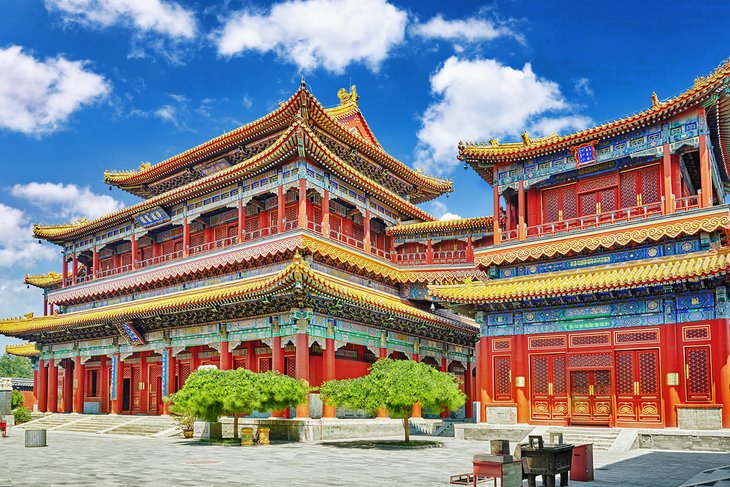
Also known as the Yonghe Temple, the Lama Temple is one of Beijing's most attractive and best-preserved temples. Completed in 1745, the building served a political purpose by giving Lamaism, the religion of the then just annexed Tibet, an official seat in the capital. It was built to generous proportions and equipped with many valuable works of art.
Its most important feature is the Hall of the Kings of Heaven (Tian Wang Dian) with its statue of Buddha surrounded by the four kings who are provided with symbolic objects (a toad, sword, snake, and shield). Also noteworthy is the statue of Weituo, the protector of Buddhism, holding an iron staff.
Other important buildings include the Pavilion of the Four-tongued Stele (Yubi Ting), which houses a stele dating back to 1792 that contains the history of the Lama religion written in Chinese, Manchurian, Tibetan, and Mongolian; and the Hall of the Buddhist Wheel (Falun Dian), the teaching and assembly hall of the monastery, its interior dominated by a six-meter-tall statue, two thrones, and numerous sacred manuscripts.
Be sure to also see the largest building at the Lama Temple, the Pavilion of Four Thousand Fortunes (Wangfu Ge), with its enormous 18-meter-high sandalwood statue.
Address: 12 Yonghegong Street, Dongcheng, Beijing
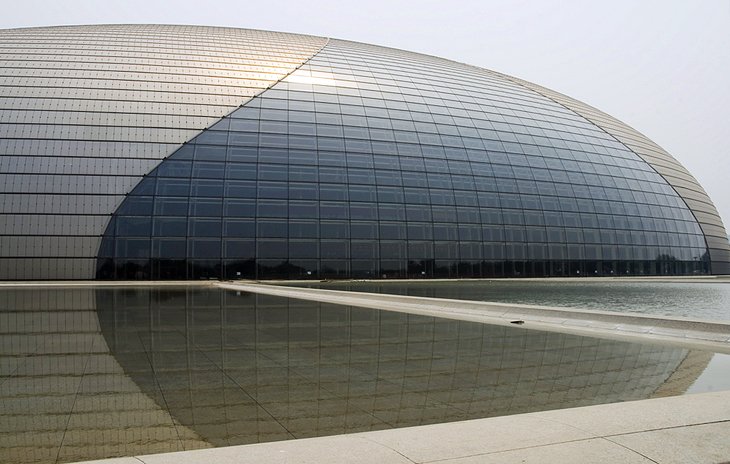
Arts and culture buffs are extremely well catered to in Beijing. Of particular interest is the excellent Beijing Capital Museum, one of the country's leading art museums. Opened in 1981, the museum boasts a vast collection of artifacts, including ancient items of porcelain and bronze, traditional calligraphy and artwork, along with many fine statues from Chinese and other Asian cultures.
Other highlights of its collection of more than 200,000 important cultural artifacts - many originating from in and around Beijing - include the huge stele of Emperor Qian Long, weighing more than 40 tons, standing nearly seven meters in height, and containing ancient scripts and writings.
Another modern Beijing landmark worth visiting is the National Centre for the Performing Arts (Guójia dà jùyuàn), also nicknamed the Giant Egg. Considered one of the best opera houses in Asia, the building opened in 2001 and has since hosted many of the world's leading operatic performers (it's particularly worth visiting if you're able to take in a performance).
Address: 16 Fuxingmen Outer St, Xicheng, Beijing
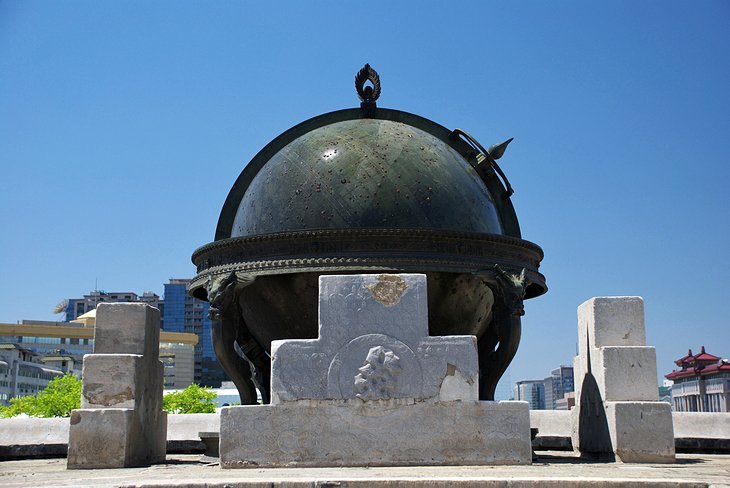
Completed in 1442, the fortress-like Beijing Ancient Observatory (Beijing Gu Guanxiàngtái) lies in the east of the city near the station quarter and was continuously in use right up until 1929. It is widely considered one of the oldest such observatories in the world.
Among the 10,000-square-meter facility's many fascinating old pre-telescopic instruments are a celestial globe dating from 1673 and an 18th-century armillary globe depicting the planets (at least those that were known at the time), along with a number of large bronze instruments designed by the Jesuit missionary Ferdinand Verbiest. Once part of the old city walls, this tall brick tower serves as a museum offering a glimpse into the surprising amount of knowledge of the stars and planets that existed at the time.
Address: 2 Dongbiaobei Hutong, Jian Wai Da Jie, Dongcheng, Beijing
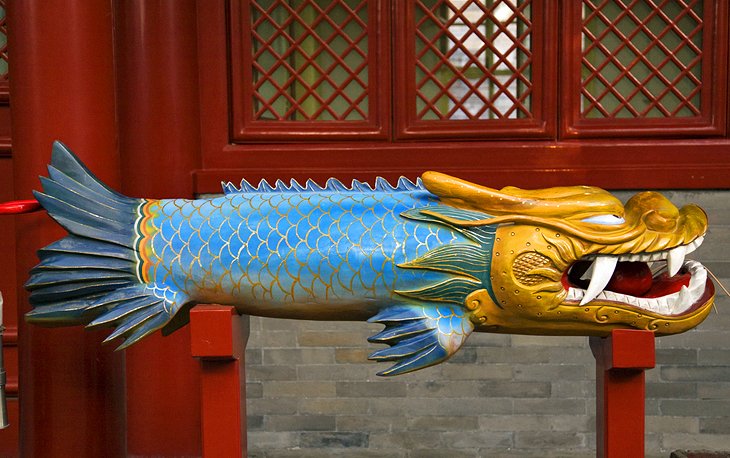
Fayuan Temple (Fayuán Sì) - also known as the Source of Law Temple - dates back to the year AD 645 and consists of several halls where many ancient stone inscriptions are kept, the oldest dating from the 7th century. The temple has witnessed many of Beijing's most important historic events, including serving as a prison for Emperor Huizong in the 12th century, a place of examination for the highest offices of state, as well as a botanical gardens.
Today, the temple is a place of worship and the seat of the Buddhist Academy , the most important educational establishment in China. Other highlights include the bell and drum towers in the first courtyard; the Hall of the Kings of Heaven with its fine statues; the Mahavira Hall housing Buddhas of the present, past, and future represented in 18 Luohan figures; and, one of the temple's most precious objects, a Han Dynasty (AD 25-220) ceramic statue in the Dabianjue Tang Hall.
Another Buddhist site worth visiting is the Zhihua Temple . Dating from 1444, it's one of the most important original Ming period complexes in Beijing's old town. Of particular note is the two-story Tathagata Hall (Rulai Dian), named after its statue of the transcendental Buddha (it's also known as 10,000 Buddha Hall for the many small Buddha figurines adorning the walls).
Address: 7 Fayuansi Front St, Xicheng, Beijing
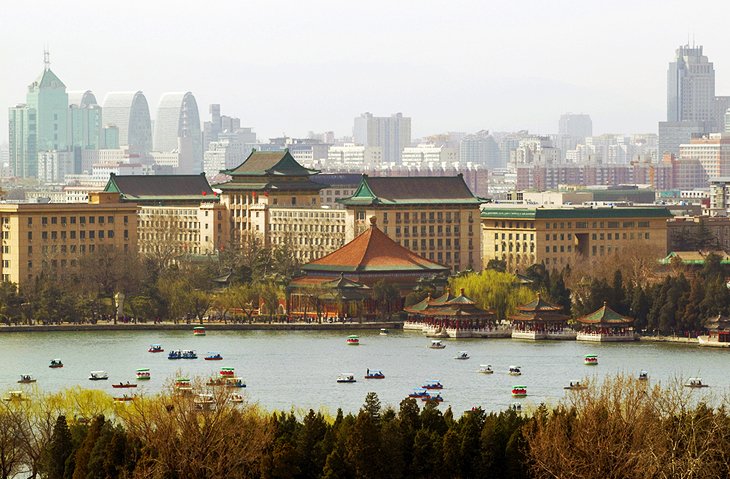
Located directly opposite the North Gate of the Imperial Palace, Coal Hill Park (Jingshan) offers some of the best views in Beijing, particularly over Beihai Park Lake and the Forbidden Palace . Taking its name from the coal that was once stored here for the Ming Emperors, this largely man-made hill - one of just a handful in Beijing - was started around 1416 during the construction of the Imperial Palace.
After years of receiving rubble from the old city wall and large quantities of soil from excavation of the moat surrounding the palace, the once-low natural mound soared to its current height. A highlight of a visit, in addition to the many splendid gardens and walkways, is an old acacia tree from which the last Ming emperor was supposed to have hung himself in 1644.
Address: 44 Jingshan W St, Xicheng District, Beijing
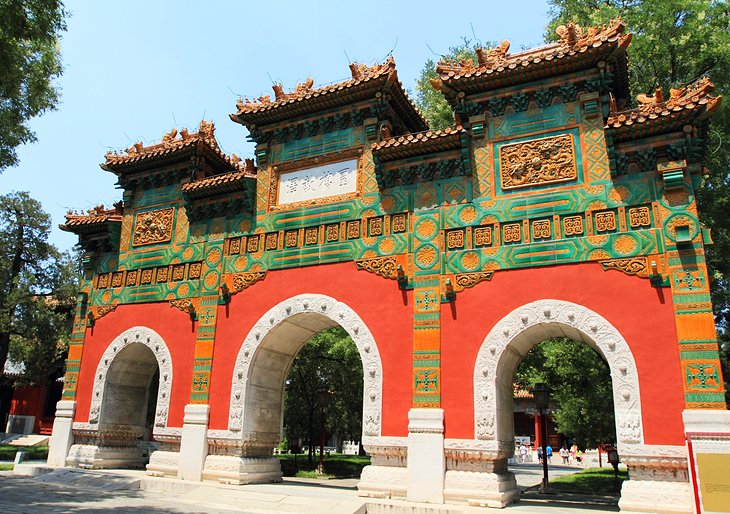
A short walk from the Lama Temple in a pleasant side alley spanned by ornamental gates is the Beijing Temple of Confucius. Built in 1302, it's dedicated to the great philosopher and teacher, Confucius, whose teachings dominated public and private life for centuries.
One of China's best-known Confucius temples, the Beijing Temple once hosted many elaborate ceremonies honoring its namesake under the leadership of the emperor. The forecourt harbors 198 steles with inscriptions naming all 51,624 Confucian scholars who, after 1416, successfully passed the highest examinations of the state until abolished in 1904.
A highlight is the Hall of Great Achievements (Dacheng Dian). It's home to numerous shrines dedicated to Confucius, his students, and other Confucian philosophers, as well as many old musical instruments and other ritual items used in the celebrations, which take place on the large terrace in front of the hall.
Another religious site worth a visit for its fine exterior (non-Muslims aren't permitted to enter) is Niu Jie Qingzhen Si Mosque , built in AD 995. Beijing's oldest and largest mosque, it's in the Muslim quarter and includes a minaret, a six-cornered moon observatory tower, and two pavilions featuring numerous steles with Chinese and Arabic inscriptions.
Address: 15 Guozijian Street, Dongcheng, Beijing
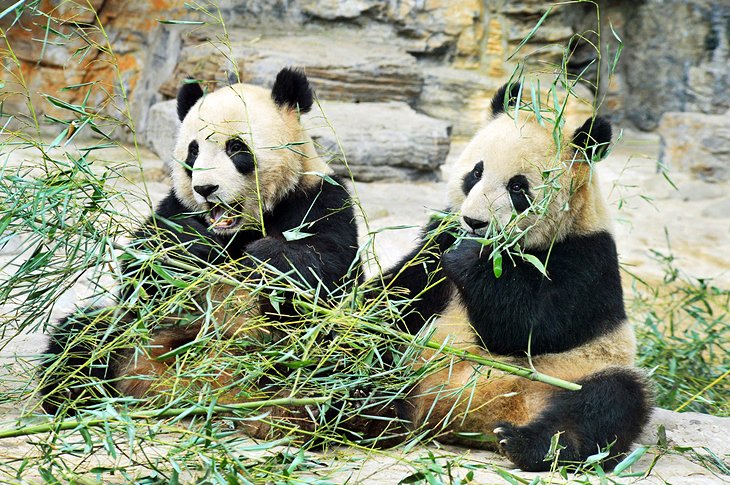
Located in the northwest area of the city, the Beijing Zoo (Bei jing dòng wù yuán) covers an area of more than 220 acres and was established in 1906, making it one of the oldest zoos in China.
Boasting an impressive collection of close to 15,000 animals from 1,000 species - the largest in the country - the zoo includes many rare native species such as South China tigers, snow leopards, golden snub-nosed monkeys, and pandas, along with some not so rare, such as the red-crowned crane and Pere David's deer.
Species from across the world are also well represented and include elephants, lions, and jaguars, all spread around grounds that closely resemble classical Chinese gardens, complete with dense woods, meadows, rivers, streams, and ponds, along with a number of pleasant gazebos and terraces. The zoo also has a well-stocked aquarium.
Address: 137 Xizhimen Outer St, Xicheng, Beijing
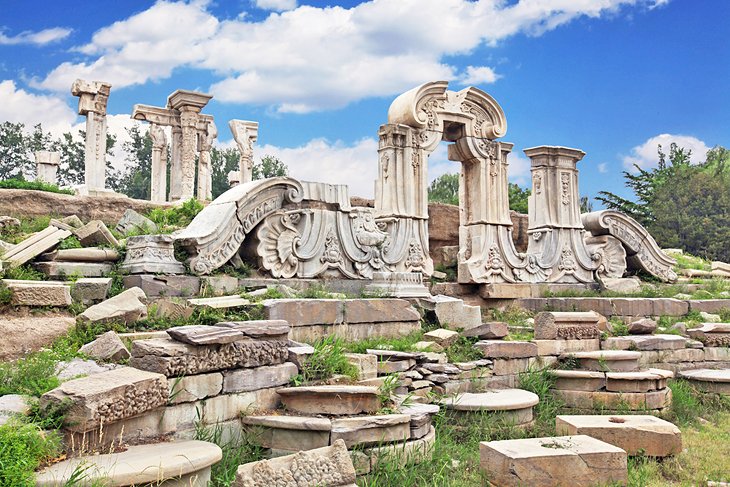
Although now mostly just ruins, the Old Summer Palace (Yuanmingyuan) is located in Yuanmingyuan Park in northwestern Beijing and is well worth a visit. Once the imperial residence of the Qianlong Emperor, it was considered one of the most spectacular achievements of Chinese architecture and garden design when constructed in the 1700s, and was for a time known as the "Garden of Gardens."
Looted and destroyed by the British and French during the Second Opium War in 1860 - the palace was home to a vast and important collection of art and antiquities - it took hundreds of troops three days to burn and demolish the site.
These days, the grounds serve as a popular public park, and the old ruins are a delight to explore. To gain a picture of just how spectacular the old palace once was, be sure to pop into the small on-site museum with its reconstructions and models.
Official site: www.yuanmingyuanpark.cn/sy/english/PON/
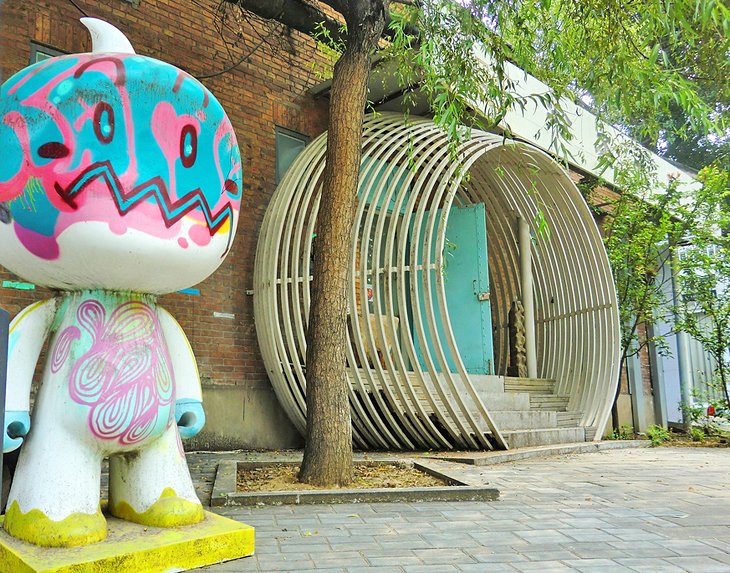
Also known as Dashanzi Art District, 798 Art Zone is a unique art community, and one of the more unusual things to do in Beijing. It grew up in and around a former military manufacturing complex in Beijing. Now dedicated entirely to more peaceful pursuits, these interesting old factories and warehouses are home to everything from galleries to studios and exhibition spaces hosting events dedicated to the arts.
It's a delightful area to explore, with at every turn some interesting (and sometimes challenging) art on display (or performed) by artists from across China and from around the world. While still very much a hub of artistic endeavors, in recent years 798 Art Zone has also become increasingly gentrified, and is now as much a draw for its hip shopping opportunities - there's everything here from book stores and galleries to designer fashion boutiques - along with great cafés and restaurants.
Address: 2 Jiuxianqiao Road, Chaoyang, Beijing
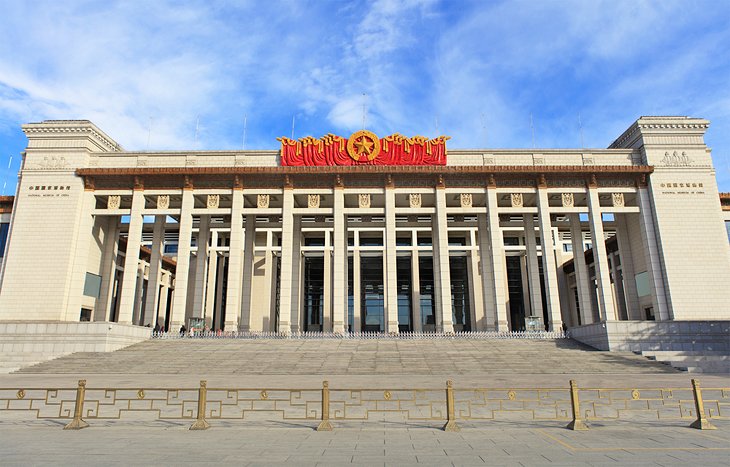
Occupying a large chunk of the east section of Tiananmen Square, the impressive National Museum of China is the second most visited art museum in the world after the Louvre in Paris (and also one of the largest).
Opened in 2003 and completely renovated in 2011, the museum serves as a place of education regarding the country's rich history, with a particular focus on exhibits related to culture and art. Expect to spend many an hour here as there is so much to see in each of the museum's 48 exhibition halls.
Particularly interesting among the museum's more than one million artifacts is the huge Simuwu Ding, the world's heaviest ancient bronzeware, as well as collections of rare gold, jade, and ceramic artifacts from various dynasties through the ages. Other interesting exhibits deal with the first human settlements in the country, as well as the founding of the communist state.
If you're planning a lengthy visit, note there's a café and teahouse serving refreshments. Also, a strict "no-selfie stick" policy is in place, so if you have one, be prepared to leave it back at your hotel or at the coat check.
Address: 16 E Chang'an Ave, Dongcheng, Beijing
Oofficial site: http://en.chnmuseum.cn
Luxury Hotels:
- For those unconcerned about price, you can't do much better than to book a stay at the luxurious Four Seasons Hotel Beijing . This elegant five-star luxury hotel offers a variety of well-appointed rooms and suites boasting stylish decor, as well as amenities including multiple restaurants and a deluxe spa.
- Another well-regarded luxury option is the exquisite Waldorf Astoria Beijing , popular for its central location, sizable bedrooms, and even larger suites, along with amenities including a fitness center, hot-tub, and indoor swimming pool.
- Also worthy of consideration is the all-suite The Peninsula Beijing , a five-star hotel boasting spacious accommodations with separate living and sleeping areas, all decorated with delightful Chinese themes.
Mid-Range Hotels:
- The Renaissance Beijing Capital Hotel is a popular mid-range high-rise hotel, which features a pleasant contemporary design, rooms with floor-to-ceiling windows, along with multiple restaurants, an indoor pool, and a sauna.
- Shichahai Shadow Art Performance Hotel is another great option in this price category and features pleasant Chinese-themed public spaces; a variety of room sizes, from cozy singles to spacious family suites; and many amenities, including a café and concierge service (and yes, free shadow puppet shows, too).
- If you're looking for a great place to stay near the historic Huguosi Hutong area, the Sofu Hotel is an excellent choice and comes with modern, comfortable rooms and lounges all just a short stroll from great shopping and dining.
Budget Hotels:
- The wonderfully named Double Happiness Beijing Courtyard Hotel is a pleasant three-star affair, which boasts outstanding staff and an authentic Chinese feel, along with traditional-styled furniture in its rooms, some of which overlook a leafy courtyard.
- Also popular in the budget hotel category, the Nostalgia Hotel Beijing Xidan is just a short walk from the city's metro and, as its name suggests, comes with a fun nostalgic feel and vintage décor.
- A great option for younger couples and friends traveling together is the Beijing Downtown Travelotel , which offers clean, comfortable accommodations along with a variety of tour options, all just steps away from the Imperial City.
More Related Articles on PlanetWare.com
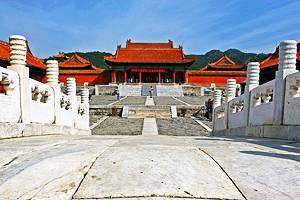
Beijing Day Trips: While there are plenty of fun things to see and do in Beijing, try to find time in your China travel itinerary to see the sights surrounding the country's capital. Top day trips from Beijing include a visit to the Great Wall, naturally. But be sure to visit other points of interest, too, such as: scenic Fragrant Hills Park, a fun mountain area named after the fact that its peak looks like an incense burner; the Caves of Zhoukoudian and the Peking Man Museum; and the Marco Polo Bridge, named after the famed explorer who traveled the area extensively.
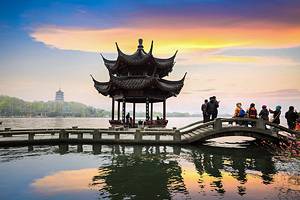
Other Great Cities : Thanks to the many easy connecting flights available from Beijing's modern international airport, some of the most interesting of China's cities are not much more than a couple of hours away. Popular destinations to fly to from Beijing include Shanghai , where you can explore the city's historic Bund promenade; Chengdu , the home of the famous Research Base of Giant Panda Breeding (check out their unique panda experiences!); and Hangzhou , perhaps best known for beautiful West Lake, making this city one of the most picturesque in the country.
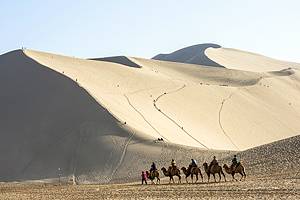
China Outdoor Adventures: Adventure seekers are also well-catered to in China. Some of the best experiences are in the northwestern-most part of the country, were you'll find Dunhuang , famous throughout the ages for its prominent location on the historic Silk Road trade route. Here, you can enjoy such outdoor adventures as camel trekking through the rugged Gobi Desert, as well as exploring some of the most remote sections of the Great Wall. There's also plenty of outdoor fun to be had enjoying a cruise on the Li River between Guilin and Yangshuo . Highlights include a chance to drift past some of the most dramatic, breathtaking scenery in the country, and afterward embark on a smaller river aboard a traditional bamboo canoe.

More on China
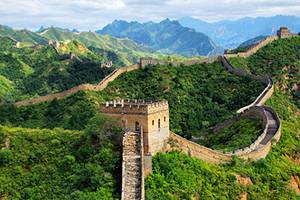
The Top 12 Must-See Attractions in Beijing
Beijing's attractions are second to none in China , with famous tourist spots of various types: historical, cultural, scenic, and modern. The capital is home to some of the country's best-known tourist attractions, such as the Great Wall of China, the Forbidden City, and the Temple of Heaven .
Here we introduce the 12 best must-see attractions in Beijing to help you better plan your trip, according to our first-hand experience and customers' ratings .
- Top historical sights: the Forbidden City, the Great Wall, the Summer Palace, Lama Temple, the Temple of Heaven, the Ming Tombs, and Jinshan Park
- Top cultural sights: the hutongs, Tian'anmen Square, Gubei Water Town
- Top modern sights: Beijing Olympic Park, 798 Art Zone
1. The Forbidden City
Open: 8:30am–5:00pm Apr.–Oct.; 8:30am–4:30pm Nov.–Mar.; closed on Mondays
Recommended visit: 2 hours
Entry: CN¥60 (US$9)
The Forbidden City was for almost five centuries the palatial heart of China. Constructed in 1420, it is China's best-preserved imperial palace, and the largest ancient palatial structure in the world . It is also a magnificent treasure trove, which holds more than a million rare and valuable works of art . The collection includes ceramics, paintings, calligraphy, bronzes, timepieces, jade pieces, ancient books, and historical documents.
There, you can witness the grand architecture, learn about China's royal culture inside the city walls, and appreciate the precious treasures of the royal court.
More on The Forbidden City >>>
How to make the most of your time in this huge imperial palace complex? Visiting halls along the central axis from The Meridian Gate to the Gate of Devine Might is the most common route . Some of the most important buildings are located on this axis, such as the Hall of Supreme Harmony, Hall of Central Harmony, Hall of Preserving Harmony, and Palace of Heavenly Purity.
However, you might want to travel with us for a deeper Forbidden City exploration. Rather than simply taking you round to see the buildings, and giving you textbook recitals or routine guide presentations, we attempt to bring the emperors' lives to life for you, through fascinating stories with original iPad pictures and videos. You will be taken to see places that you would never find by yourself or on a standard tour .
For the protection of relics and visitors' safety, there is a restriction on daily visitor numbers. As tickets are limited, they are always sold out quickly, so it is not wise to wait to buy them on the day. It is highly recommended to book entry tickets in advance. You can send us a quick inquiry to book the tickets.
2. The Great Wall of China
Open: 8:30am–5:00pm
Recommended visit: 2 hours for sightseeing, half a day for hiking
Entry: Prices vary for different Great Wall sections.
The Great Wall of China is one of the greatest sights in the world . Over 6,000 km (4,000 miles) long, its winding path over rugged country and steep mountains takes in some great scenery.
The most popular Great Wall sections are in the mountains north of Beijing:
- The Mutianyu Great Wall section (2 hours' driving from the center of Beijing): With less crowding and children-friendly facilities, it is the most popular section among foreign travelers . You can take the cable cars up/down, and the "toboggan" ride down is great fun, suitable for both adults and children.
- The Badaling Great Wall section (1½ hours' driving from the center of Beijing) is a restored Great Wall section that is somewhat disabled-friendly , there are lifts and elevators available to get onto one part of the Wall. It is very popular among Chinese tourist groups, hence it's the most crowded by far .
- Jinshanling Great Wall section (3 hours' driving from the center of Beijing) is regarded as the most photogenic and most beautiful section of the Great Wall , replete with many original features. It is the photographers' favorite. As it is further from Beijing, it has fewer crowds.
Jinshanling is also the most popular Great Wall section for hiking. The walking difficulty on this section is graded as moderate.
- Jiankou Great Wall section (2 hours' driving from the center of Beijing) is an unrepaired Great Wall section built on towering ridges with cliffs on each side! This is also the most challenging section . It is only recommended for experienced and sure-footed mountain hikers.
- Huanghuacheng Great Wall section (2 hours' driving from the center of Beijing) is divided by a lake, and some parts are even immersed in the water. It is the only "Great Wall in Water" . During summer, this Great Wall section is swathed in yellow, as masses of wildflowers come into bloom (hence its name 'Yellow Flower Wall').
There is no cable car available, so this uncrowded Great Wall section is more popular with hikers . It provides a challenge for hikers because the paths are steep and out of repair.
More on The Most Recommended Great Wall sections >>>
Hiking the Great Wall is another popular way to explore the Great Wall . Tread the centuries-old bricks and walk-through watchtower ruins. Take your time and feel history come to life. Our two most popular hiking routes suit different hikers:
- Hiking from Jinshanling to Simatai West — 6 km (4 miles), 4 hours: It is a moderate hiking route that is suitable for most common visitors . This section has breathtaking views and offers stunning photo opportunities that vary with the seasons.
- Trekking from Jiankou to Mutianyu — 10 km (6 miles), 5 hours: This is a route for experienced and sure-footed mountain hikers . It allows you to see the spectacular cliff-top ruined towers at Jiankou and the restored wall at Mutianyu. This is a challenging section of the Great Wall. You'll need to be in good health to negotiate the steep ascents and descents on rocky trails.
We have more Great Wall hiking tours to choose from.
- 4-Day Emperor's Tour of Beijing Tour
- 5-Day Beijing Family Tour
- More Beijing tours
3. The Temple of Heaven
Open: 6:00am–5:30pm Apr.–Oct.; 6:30am–5:00pm Nov.–Mar.
Entry: CN¥34 (US$5)
The Temple of Heaven is an imperial worship site where emperors of the Ming and Qing dynasties took part in annual ceremonies to pray for a good harvest for the next year. The annual sacrificial ceremonies at the Temple of Heaven were the emperors' most important religious and political activities .
The Circular Mound Altar and The Hall of Prayer for Good Harvests are the must-see highlights, you can learn about the culture of heaven worship, architectural geomancy, and the medieval China's sacrificial rites.
If you're travel with kids, a visit to the Echo Wall is strongly recommended . Your kid(s) will be surprised by the magic of the echo. If you say something to him/her quietly at one end of the wall, they should hear your message even though standing 100–150 meters away.
Nowadays, the Temple of Heaven stands in a public park that is full of life. In the morning lots of local elderly people meet there to sing, exercise and do tai chi. The park is south of Central Beijing, about 15 minutes south of the Forbidden City by car.
More on The Temple of Heaven >>>
4. The Summer Palace
Open: 6:30am–6:00pm Apr.–Oct.; 8:30am–5:00pm Nov.–Mar.
Recommended visit: 1½ hours
Entry: CN¥30 (US$5)
The Summer Palace is 15 kilometers (9 miles) from downtown Beijing. It was a summer retreat for the royal family of the Qing Dynasty (1644–1912). It is also the largest and best-preserved imperial garden in China , with famous landscaped views and cultural points of interest. The Summer Palace has greatly influenced Chinese horticulture and landscape gardening .
The Long Corridor in the Summer Palace gardens is the most notable sight, with every on beam decorated with colorful paintings — more than 14,000 in total. You can stroll around it and listen to tales described by the paintings.
Tip: If you have plenty of time for a visit and do not mind waiting in line for a while, relaxing on a boat on Kunming Lake is a highly recommended activity.
More on The Summer Palace >>>
5. The Hutongs
Open: open all-day
Entry: free
With over 700 years of history, the hutongs represent an important stage in the development and evolution of Beijing's history and culture. They showcase the traditional daily life of ordinary people in Beijing and give a glimpse of old Beijing as it was.
Of all the hundreds of hutongs in Beijing, Tobacco Pouch Street (烟袋斜街) and Nanlougu Hutong (南锣鼓巷) are two of the most famous and interesting hutongs that stand out from the rest. Both streets preserve the character of a commoners' street in Beijing and highlight some of the city's traditional customs.
In the hutongs, you can hop on a rickshaw to ride through the narrow alleys, appreciate the well-preserved courtyard residences and their long histories, sample great street food, experience local handicrafts, do a cooking class ...
See more on Beijing's Hutongs >>>
Our Hutong tours focus more on local cultural experiences. You can explore a non-commercial hutong and discover what ordinary people's lives are like.
On our 1-Day Beijing Hutong Tour , you will have a chance to walk into a traditional courtyard residence and visit a hutong family . Learn about the architectural features of traditional residential houses in old Beijing and the customs of their residents. Chat with your hosts and get an idea of the hutong lifestyle.
6. Lama Temple
Open: 9:00am–4:30pm Apr.–Oct.; 9:00am–4:00pm Nov.–Mar.
Entry: CN¥25 (US$4)
Yonghegong (' Harmony Temple ') in Chinese, Lama Temple is one of the most famous Tibetan Buddhist lamaseries outside Tibet . Today, it is not only a museum of Tibetan Buddhism but also a functioning temple where people pray .
This temple was formed from a royal palace conversion. Its buildings are a combination of imperial Qing and Tibet style. While visiting, you will not only able to get a rough understanding of Tibetan Buddhism, but also you can appreciate wonderful architecture and a variety of Buddhist statues, especially the 18-meter (59-foot) high Maitreya Buddha in Wanfu Pavilion. It was carved from one precious white sandalwood log from Nepal.
See more on Lama Temple >>>
7. Gubei Water Town
Open: all day
Recommended visit: a full day
Entry: CN¥150 (US$23)
Gubei Water Town is a large resort and town in traditional Chinese style that nestles below the Simatai Great Wall section. Its buildings have been built in the traditional Beijing courtyard style. It boasts a combination of mountain views, quaint waterways, and ancient village ambience.
An overnight stay in the water town is highly recommended, which will offer you an opportunity to enjoy the stunning night views of the tastefully-lit and cable-car-accessed Simatai section of the Great Wall .
There are 5-star hotels/resorts and hundreds of economical inns, which cater to different tastes and interests. Do not miss the natural mineral hot spring experience there. When you check in, most hotels will give you complimentary vouchers for one of the springs in Gubei Water Town.
Contact us for a bespoke visit or see our Cultural Experience in Gubei Water Town and Great Wall Night Tour if you are interested.
- 4-Day Beijing Private Tour
- 7-Day Beijing Winter Olympics Travel Package
8. Tian'anmen Square
Recommended visit: 1 hour
Tian'anmen Square is the largest famous city square . In the center of Beijing, it sits to the south of the Forbidden City. Tian'anmen Square is very symbolic for Chinese people , as it was the site of several key events in Chinese history, such as the founding of the People's Republic of China in 1949.
Nowadays, it is still the most significant square in China, where grand ceremonies and National Day anniversary parades are held.
Each morning, the flag-raising ceremony is held at sunrise, which is open to the public most of the time . On the night before Chinese National Day, many Chinese even sit up near the square for a whole night just to watch the flag being raised the next morning. Join us to witness this solemn ceremony in Beijing.
Tian'anmen Square is surrounded by many imposing buildings including the 'Heavenly Peace Gate' (Tian'anmen — entrance to the Forbidden City), top museums, government buildings, and Chairman Mao's Mausoleum.
See more on Tian'anmen Square >>>
9. The Ming Tombs
Open: 8:00am–5:30pm Apr.–Oct.; 8:30am–4:30pm Nov.–Mar.
Recommended visit: 2½ hours
Entry: CN¥110 (US$17) includes Dingling, Changling, and the Sacred Way
The Ming Tombs is where 13 out of the 16 emperors of the Ming Dynasty (1367–1644) were buried (along with 23 empresses and several concubines, princes, and princesses). Thus, it is also known as the 'Thirteen Tombs'. It is the best-preserved Chinese imperial tombs complex and has been recognized by UNESCO as World Cultural Heritage .
Currently, only three tombs (Changling, Dingling, and Zhaoling) are open to the public. Leading to the tombs, the Sacred Way offers a reverent and interesting stroll between animal and human statues. In Changling, you can see magnificent architecture and learn about Chinese fengshui theory. The highlight of Dingling is the stone underground palace. Zhaoling stands out for its above-ground architecture.
The Ming Tombs are 50 kilometers (30 miles) from Beijing city. As the Badaling Great Wall section is not far away, the tombs are usually visited as part of a Great Wall day trip . Please feel free to contact us for a customized Ming Tombs private tour.
See more on The Ming Tombs >>>
10. Jingshan Park
Open: 6:00am–9:00pm Apr.–Oct.; 6:30am–8:00pm Nov.–Mar.
Entry: CN¥10 (US$1.5)
Jingshan Park used to be a part of the Forbidden City. Its front gate faces the north gate of the Forbidden City .
The hill in the park is the highest point in Beijing City (apart from the modern tower buildings), made with the earth removed to create the palace moat. It is well worth a climb on a clear day for a panoramic view of the Forbidden City and Beijing . The path to the top of the hill is a little steep, and may not be suitable for seniors or those who have difficulty with hundreds of steps.
The park is also a place to experience local culture, as many local people go there to play interesting traditional instruments etc. every day.
- 4-Day Beijing Private Tour to Visit the Great Wall at Night
- 6-Day Beijing Chinese New Year Tour
- 1-Day Beijing Hutong Tour
11. Beijing Olympic Park
Open: 6:00am–9:00pm
Beijing Olympic Park is a spacious park built for the 2008 Beijing Olympic Games . It contains the main venues used during the 2008 Olympics and Paralympic Games, The Bird's Nest and the Water Cube are the outstanding highlights of this park, which has become a landmark of Beijing.
- The Bird's Nest Stadium: Its outer shell is the world's largest steel structure, forming part of the most complex Olympic stadium ever constructed. The opening and closing ceremonies for the 2022 Beijing Winter Olympics were held there .
- The Water Cube: It was the venue for the 2008 Olympic swimming and diving competitions, and continues to host events. It got its name due to its huge blue cube structure with a soap bubble design. At night, it turns into a glowing blue cube alongside the fiery red National Stadium. It is to be the curling venue for the 2022 Beijing Winter Olympics.
See more on Olympic Park >>>
12. 798 Art Zone
Open: 10:00am–6:00pm
Converted from an old factory compound, nowadays this zone has become synonymous with art and originality . There are a range of contemporary art galleries, stylish boutiques, creatively designed architectures, and cafes. No matter whether you are an art enthusiast or not, 798 Art District will show you a different Beijing.
Top art exhibitions and fashion shows are frequently held in 798, where there are more than 500 art studios from all over the world. Ullens Center for Contemporary Art is a must-see highlight in the Zone . An exciting collection of local and international artists exhibit in an atmospheric three-story Bauhaus structure.
See more on 798 Art Zone >>>
Discover Beijing Attractions with Us
Beijing is such a large and complex city that going with a tour guide and driver helps make your visit less stressful and more rewarding. Contact us for a well-designed tour plans cover the highlights of Beijing in the best possible ways.
- 1-Day Beijing Highlights Tour — Visit the Forbidden City and the Great Wall at a your own pace.
- 4-Day Emperor's Tour of Beijing — This 4-day tour is designed to be flexible, without missing the must-sees.
- The Golden Triangle — This 8-day Beijing–Xi'an–Shanghai itinerary,or variations of it, has been our most popular first-time China trip over the last 20 years.
- Check all our Beijing Tours for inspirations.
- One Day Beijing Highlights Private Tour
- Beijing Traditional Food Tour
- 8-Day Beijing–Xi'an–Shanghai Private Tour
- 11-Day China Classic Tour
- 14-Day China Natural Wonders Discovery
- 3-Week Must-See Places China Tour Including Holy Tibet
- How to Plan Your First Trip to China 2024/2025 — 7 Easy Steps
- 15 Best Places to Visit in China (2024)
- How to Plan a 10-Day Itinerary in China (Best 5 Options)
- 2-Week China Itineraries: Where to Go & Routes (2024)
- China Weather in January 2024: Enjoy Less-Crowded Traveling
- China Weather in February 2024: Places to Go, Costs, and Crowds
- China Weather in March 2024: Destinations, Crowds, and Costs
- China Weather in April 2024: Where to Go (Smart Pre-Season Pick)
- China Weather in May 2024: Where to Go, Crowds, and Costs
- China Weather in June 2024: How to Benefit from the Rainy Season
- China Weather in July 2024: How to Avoid Heat and Crowds
- China Weather in August 2024: Weather Tips & Where to Go
- China Weather in September 2024: Weather Tips & Where to Go
- China Weather in October 2024: Where to Go, Crowds, and Costs
- China Weather in November 2024: Places to Go & Crowds
- China Weather in December 2024: Places to Go and Crowds
Get Inspired with Some Popular Itineraries
More travel ideas and inspiration, sign up to our newsletter.
Be the first to receive exciting updates, exclusive promotions, and valuable travel tips from our team of experts.
Why China Highlights
Where can we take you today.
- Southeast Asia
- Japan, South Korea
- India, Nepal, Bhutan, and Sri lanka
- Central Asia
- Middle East
- African Safari

- Travel Agents
- Loyalty & Referral Program
- Privacy Policy

Address: Building 6, Chuangyi Business Park, 70 Qilidian Road, Guilin, Guangxi, 541004, China

Beijing Travel Guide
Courtesy of Steve Peterson Photography | Getty Images

16 Best Things To Do in Beijing
Updated February 11, 2021
The close proximity of Beijing's top attractions makes touring this massive city very manageable. First, your impulse will be to head to Tiananmen Square , which hosts the Forbidden City , the National Museum of China and several other monuments. From
- All Things To Do

The Great Wall of China The Great Wall of China
Just north of Beijing, you'll find one of the most famous monuments in the world: the Great Wall of China. Although it's unlikely you'll see the whole thing, you should aim to experience a portion of it. That begs the question: Which section?
Only an hour's drive northwest of Beijing, the Badaling section is convenient, hosts a large souvenir market, and has a gondola to whisk visitors up and down the wall. Sounds perfect, right? Well, and that's why thousands of tourists decide to venture here. This can create mob-like scenes that can spoil the trip, but it's unpredictable. Plenty of visitors rave about this section of the wall and say a visit is a must. Entrance to the Badaling section of wall (not including the gondola ride) costs 40 yuan (about $6) in the winter and spring and 45 yuan (about $6.60 ) in the summer and fall. You can start hiking the Badaling portion at 6:40 a.m., and you must be down by 6:30 p.m. every day.

Summer Palace (Yiheyuan) Summer Palace (Yiheyuan)
When the bustle of Beijing becomes too much for you, do as the emperors would do and retreat to the Summer Palace. Located in the northwest suburbs, this oasis – literally, an oasis with serene Kunming Lake – is home to several attractions. Nearly every gate, pavilion, hall and tower has a unique history and merits a photo. Despite the palace's historic appeal, most tourists are charmed by what's outside: The Summer Palace possesses the largest imperial garden in China. The Seventeen-Arch Bridge stretches into Kunming Lake, providing excellent views of the east bank and South Lake Island. And at an impressive 2,388 feet in length, the Long Corridor garners lots of attention.
Travelers are rarely disappointed by the wonders of the Summer Palace. Many advise visiting early in the day to avoid crowds, but regardless, most call the palace amazing. Reviewers suggested setting aside at least half a day to wander the grounds. Visitors also recommended seeing the site with the help of a guide, who can help you understand its vast history.

Forbidden City (Imperial Palace) Forbidden City (Imperial Palace)
Operating under the official title of "The Palace Museum," the Forbidden City (also known as the Imperial Palace) has been a place of wonder and mystery for more than 500 years. This massive complex sits on the northern edge of Tiananmen Square at the epicenter of Beijing. Beyond its towering fortifications, you'll find an intricate labyrinth of squares, halls, gates, pavilions, sleeping quarters and temples. In some of the structures, curated art and historic relics have been placed; however, the greatest achievement is the compound itself. Not-to-be-missed highlights include the Meridian Gate, the Turret, the Antiquarium and the Imperial Garden.
Recent visitors, who called the park fascinating, suggest giving yourself plenty of time to tour and buying tickets in advance if you can. Others were disappointed by the sheer volume of tourists and recommend avoiding a weekend visit if possible. You'll also want to wear a hat and sunscreen as there is little shade. Several reviewers also suggested hiring a guide to help you navigate the site and better understand its history, or at the very least, purchasing a map which doubles as a souvenir. Audio guide rentals are another option.

Popular Tours

Private All-Inclusive Day Tour: Tiananmen Square, Forbidden City, Mutianyu Great Wall
(669 reviews)
from $ 208.00

All Inclusive Mutianyu Great Wall and Summer Palace Private Day Tour
(570 reviews)
from $ 159.80

2-Day Beijing Highlights Small-Group Tour
(42 reviews)
from $ 198.00

Beihai Park (Beihai Gongyuan) Beihai Park (Beihai Gongyuan)
After the concrete jungles of Tiananmen Square and the Forbidden City , head to nearby Beihai Park for a breath of fresh air. Whether you're under a tree overlooking the lake or in an ancient pagoda, you'll see why this former imperial garden has been a preserved sanctuary since its creation in A.D. 1166. Over time, the park has acquired more and more monuments. Not-to-be-missed highlights include the Temple of Everlasting Peace, White Dagoba and the Circular City.
Visitors love its peaceful setting, saying even with lots of people around, you can still find a quiet place to reflect. Some reviewers recommend riding a boat on the lake to reach different attractions, while others suggest setting aside several hours to walk its grounds (it is massive, spanning more than 170 acres).

Nanluoguxiang Nanluoguxiang free
North of the Forbidden City , this neighborhood packs so much character into its narrow streets (hutongs). Nanlouguxiang continually surprises you with exciting discoveries in boutique shops and tantalizing flavors from unassuming vendors. When you need a shopping break, visit the Bell and Drum Towers that also reside here. While this bohemian district has witnessed an increase in tourist volume, it has avoided the commercialization and urban renovations that characterize other Beijing areas.
Many visitors appreciate the blend of new and old and enjoy spending time browsing around. Reviewers said this is a great place to browse for souvenirs.

Tiananmen Square Tiananmen Square free
Up there with Times Square , Red Square and St. Peter's Square , Tiananmen Square is among the world's most famous public spaces. Almost anyone can recognize the Gate of Heavenly Peace emblazoned with a portrait of Chairman Mao as a symbol of Beijing. The square is the geographic, political and tourist center of the city, which makes it unavoidable. Although Tiananmen Square looks like a field of concrete (which it is), you'll want to see it for the surrounding attractions: The Great Hall of the People, the Mausoleum of Mao Zedong, the National Museum of China and the Forbidden City sit on the edges.
Recent visitors warned the area is usually crowded, with lots of guards, which some found disconcerting. Nonetheless, most visitors said it's a must-see landmark. Plus, taking a picture here is almost required to prove you've been to Beijing.

Best Beijing Tours

Beijing Tours
Week in Photos: Obama's Asia-Pacific Tour, Remembrance Day, Comet Landing and More
Nov. 17, 2014

Dashanzi Art District and 798 Space Dashanzi Art District and 798 Space free
Fact: The arts are booming in Beijing. You only need to tour the Dashanzi Art District to witness this creative surge. The epicenter of this artistic explosion is 798 Space (also known as Factory 798), an old electronics manufacturing site and warehouse. Originally designed by East Germans in the 1950s, the stern architecture beautifully juxtaposes the richly colorful contents of artist studios. The 2-million-square-foot venue boasts galleries, eateries and bars, making it a one-stop-shop for hip locals and curious tourists.
Recent visitors said the neighborhood appeals to nearly everyone because of the diverse offerings found here and recommend giving yourself plenty of time to simply wander around. Reviewers said you'll want to take a bevy of pictures thanks to the colorful atmosphere. Many others suggested purchasing souvenirs here as the offerings are quite unique. If you're an art lover, heed the advice of past travelers and plan to make multiple visits.

National Centre for the Performing Arts National Centre for the Performing Arts
Sometimes called the "Giant Egg" due to its unique shape, the National Centre for the Performing Arts is actually home to three different venues: the Opera House, the Concert Hall and the Theatre. Everything from ballets to dramas are staged here. The unusual property also has an artificial lake and lots of green space surrounding, it making it a magnet for locals and visitors alike. The exterior of the building is a unique titanium glass oval shell and all the passages and entrances into it are built underwater, which lends a surreal aspect as you enter.
Recent visitors were wowed by the architecture and highly recommend checking it out. It's free to wander outside, but there is a small fee to enter the building. English language tours are also offered for a fee.

4-Hour Small Group Tour to Tiananmen Square and Forbidden City
(197 reviews)
from $ 50.00

Beijing Classic Full-Day Tour including the Forbidden City, Tiananmen Square, Summer Palace and Temple of Heaven
(346 reviews)
from $ 99.00

Beijing Essential Full-Day Tour including Great Wall at Badaling, Forbidden City and Tiananmen Square
(221 reviews)

Lama Temple (Yonghegong) Lama Temple (Yonghegong)
You'll immediately notice the rigid symmetry of the complex, which derives from the imperial architectural style. As the seat of Tibetan Buddhism in Beijing, you'll see this temple of prayer is still used by religious followers, so be respectful. Throughout its halls, you'll see Buddha temples, statues, murals and carvings.
The humble grandeur of the Lama Temple and its accompanying buildings impresses many visitors, who find the temple a pleasant surprise in the bustling city. Meanwhile, others delighted in the peaceful, incense-filled air.

National Museum of China National Museum of China free
For a survey of Chinese history, head to the National Museum of China. Positioned on the eastern edge of Tiananmen Square , the exhibits in this museum neatly outline the nation's past for visitors, both native and foreign. After a massive renovation, the facility reopened in the spring of 2011 with updated displays and an interior facelift. Among the many treasures (more than one million), you'll find entire rooms dedicated to jade, porcelain and bronze artifacts.
When looking at the collection, travelers are generally impressed, with many saying you need at least two to three hours to even begin to see all the treasures it holds. Visitors also appreciate it is free to visit. If you plan to visit, keep these tips from reviewers in mind: stop by the museum at the start of your trip to Beijing to better understand the city and Chinese culture overall; the museum is better suited to visitors interested in history and archaeology than art; English translation is lacking in certain areas.

Bell and Drum Towers (Hutong) Bell and Drum Towers (Hutong)
Once used as musical instruments and later as the official government time piece, the Bell and Drum Towers crown the charming Nanluoguxiang district. Amid the maze of alleys, you'll appreciate having these two historical pillars to guide your exploration of the neighborhood. You'll immediately notice the 150-foot Drum Tower from its vibrant red walls, turquoise roof and decorative symbols. The Bell Tower is the more subdued gray sister, standing nearby. These ancient landmarks (the original structures date back to 1272) offer exceptional views of Beijing, but you'll have to take a hike to reach their peaks. Most visitors agree climbing the steep stairs is worth it for the views.
If you wish to climb the stairs, you'll have to fork over 15 yuan (about $2) for the Bell Tower and 20 yuan (about $3) for the Drum Tower or 30 yuan ($4.40) for both. The towers open daily around 9 a.m. and close at 5 p.m. every day. The closest subway stop is Guloudajie on lines 2 and 8.

Olympic Park Olympic Park free
Deemed China's coming-out party, the 2008 Summer Olympics placed Beijing in the world spotlight. Beijing carved out huge tracts of land to construct this international stage. The excitement has since passed, and the park and some of its facilities have been repurposed for public use. The surviving structures include the National Stadium (or the "Bird's Nest"), the National Aquatics Center (or the "Water Cube") and the Olympic Forest Park. New buildings, like the China National Convention Center, have changed the park's landscape.
The majority of past travelers still enjoyed making the pilgrimage to Olympic Park and recent visitors expressed their amazement at its architecture, especially at night when some of the structures are illuminated. During the day, you'll frequently find locals flying kites. However, some reviewers were underwhelmed with the complex and advise against making a special trip to see it.

Temple of Heaven Park (Tiatan Park) Temple of Heaven Park (Tiatan Park)
To reach the Temple of Heaven, you don't have to have an untimely passing. Just get off the subway at Tiantan Dongmen. As you'd expect, this green space is a peaceful asylum, immune to the urban bustle. In the Confucian spirit, the park offers respite among ancient cypress trees alongside remarkable structures. You shouldn't miss the Zhaoheng Gate, the Animal Killing Pavilion (no longer functioning as such) and the Hall of Prayer for Good Harvests.
Travelers are regularly floored by the beauty (and people-watching) in the park and say it's a highlight of any visit. Others were relieved to find the site wasn't as crowded as the Forbidden City . As with many of the other top sights in Beijing, travelers recommend you hire a guide to get the most out of your visit. Though there is an audio guide available for rent, some visitors were disappointed with its breadth.

Small Group Tour: Mutianyu Great Wall, Summer Palace & Bird Nest
(72 reviews)

Mubus: Mutianyu Great Wall Daily Bus Tour (8: 00am / 10: 00am)
(1056 reviews)
from $ 25.00

Great Wall of China at Badaling and Ming Tombs Day Tour from Beijing
(487 reviews)
from $ 87.00

Ritan Park Ritan Park free
Read More »

Panjiayuan Antique Market Panjiayuan Antique Market free

Ming Tombs Ming Tombs

Explore More of Beijing

Best Hotels

When To Visit
If you make a purchase from our site, we may earn a commission. This does not affect the quality or independence of our editorial content.
Recommended
The 50 Best Hotels in the USA 2024
Christina Maggitas February 6, 2024

The 32 Most Famous Landmarks in the World
Gwen Pratesi|Timothy J. Forster February 1, 2024

9 Top All-Inclusive Resorts in Florida for 2024
Gwen Pratesi|Amanda Norcross January 5, 2024

24 Top All-Inclusive Resorts in the U.S. for 2024
Erin Evans January 4, 2024

26 Top Adults-Only All-Inclusive Resorts for 2024
Zach Watson December 28, 2023

Solo Vacations: The 36 Best Places to Travel Alone in 2024
Lyn Mettler|Erin Vasta December 22, 2023

26 Cheap Beach Vacations for Travelers on a Budget
Kyle McCarthy|Sharael Kolberg December 4, 2023

The 50 Most Beautiful White Sand Beaches in the World
Holly Johnson December 1, 2023

The 26 Best Zoos in the U.S.
Rachael Hood November 16, 2023

44 Cheap Tropical Vacations That Feel Expensive
Holly Johnson|Alissa Grisler November 10, 2023

Must-see attractions in Beijing
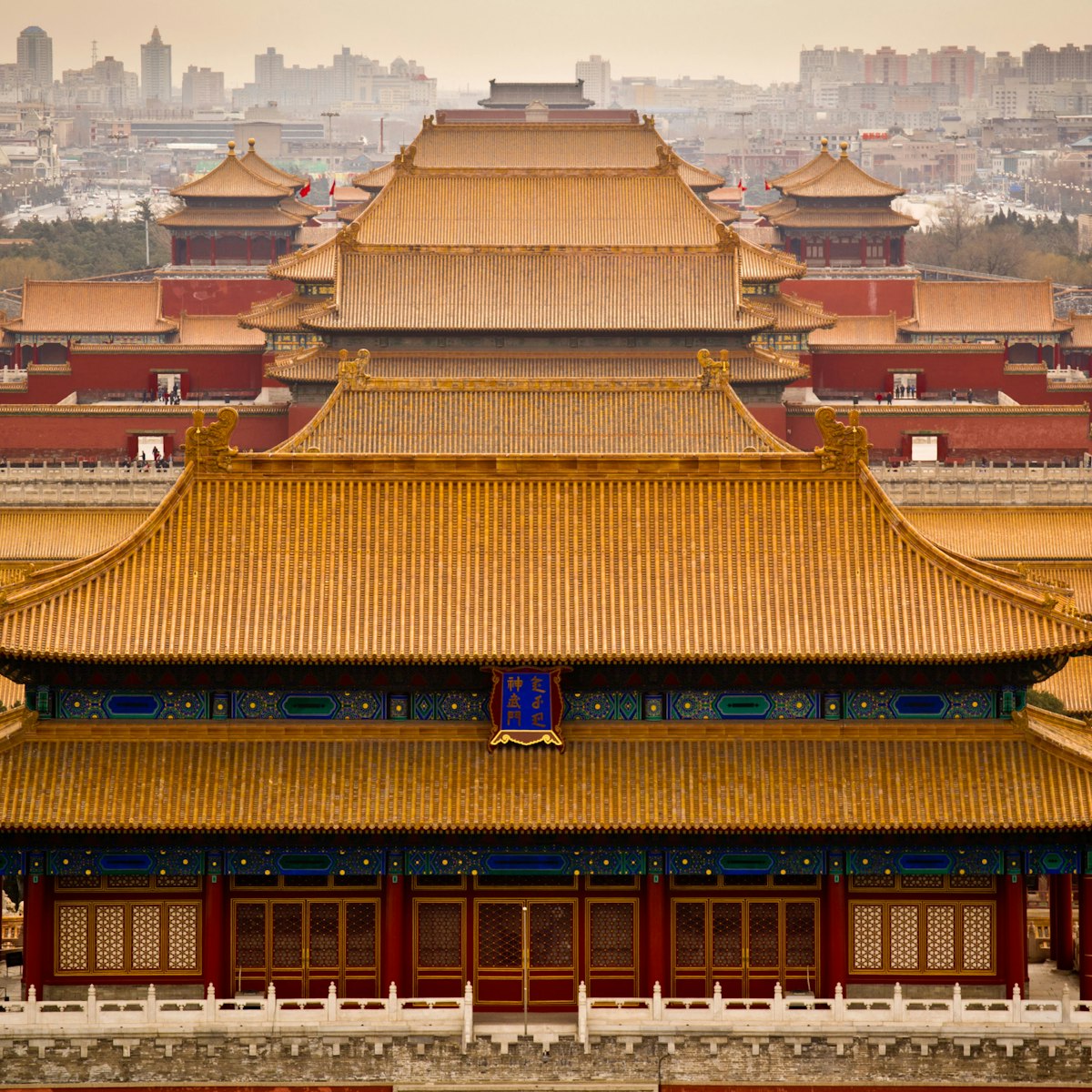
Forbidden City
Forbidden City & Dongcheng Central
Enclosed by 3.5km of citadel walls at the very heart of Beijing, the Unesco-listed Forbidden City is China’s largest and best-preserved collection of…
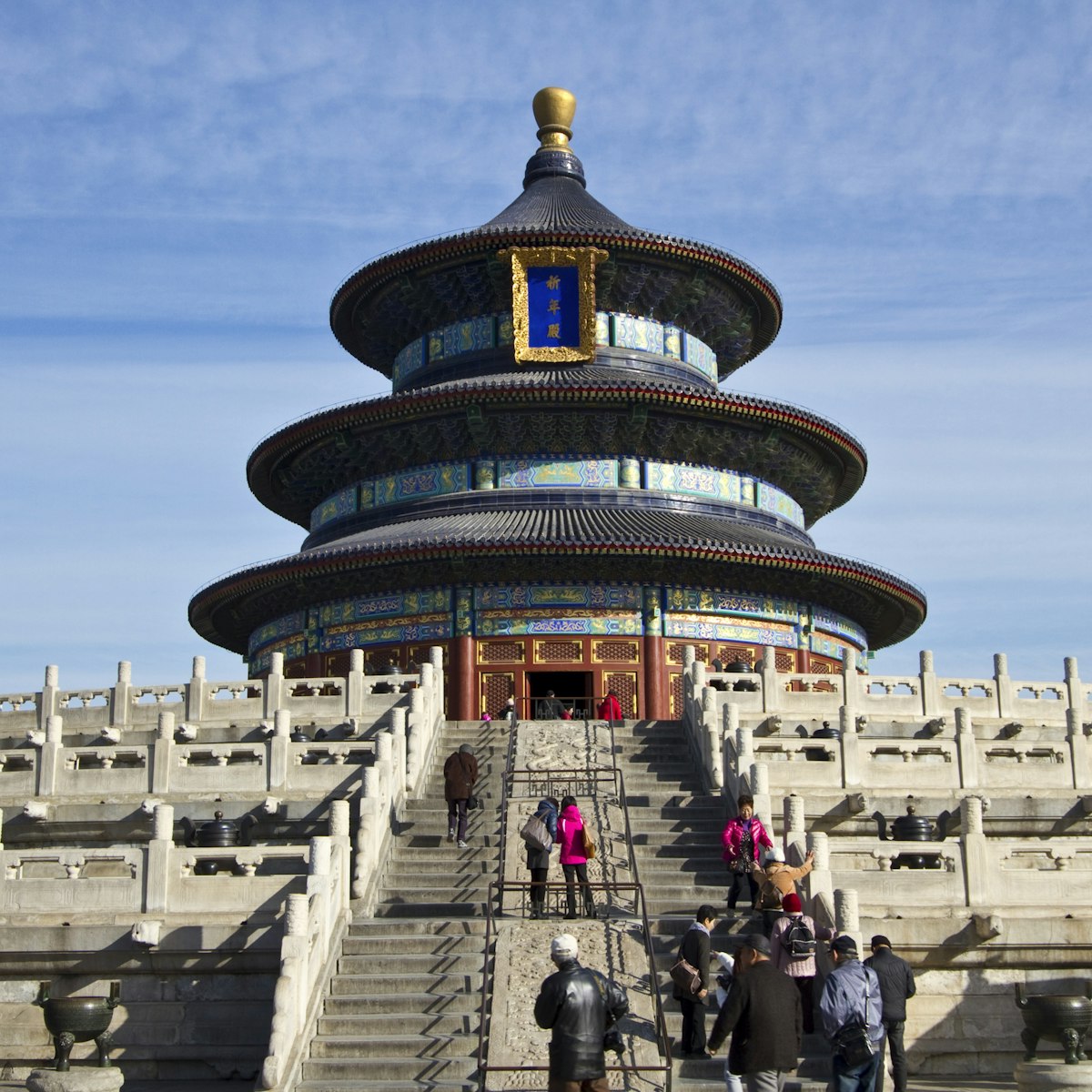
Temple of Heaven Park
Temple of Heaven Park & Dongcheng South
An oasis of methodical Confucian design, the 267-hectare Temple of Heaven Park is unique. It originally served as a vast stage for solemn rites performed…
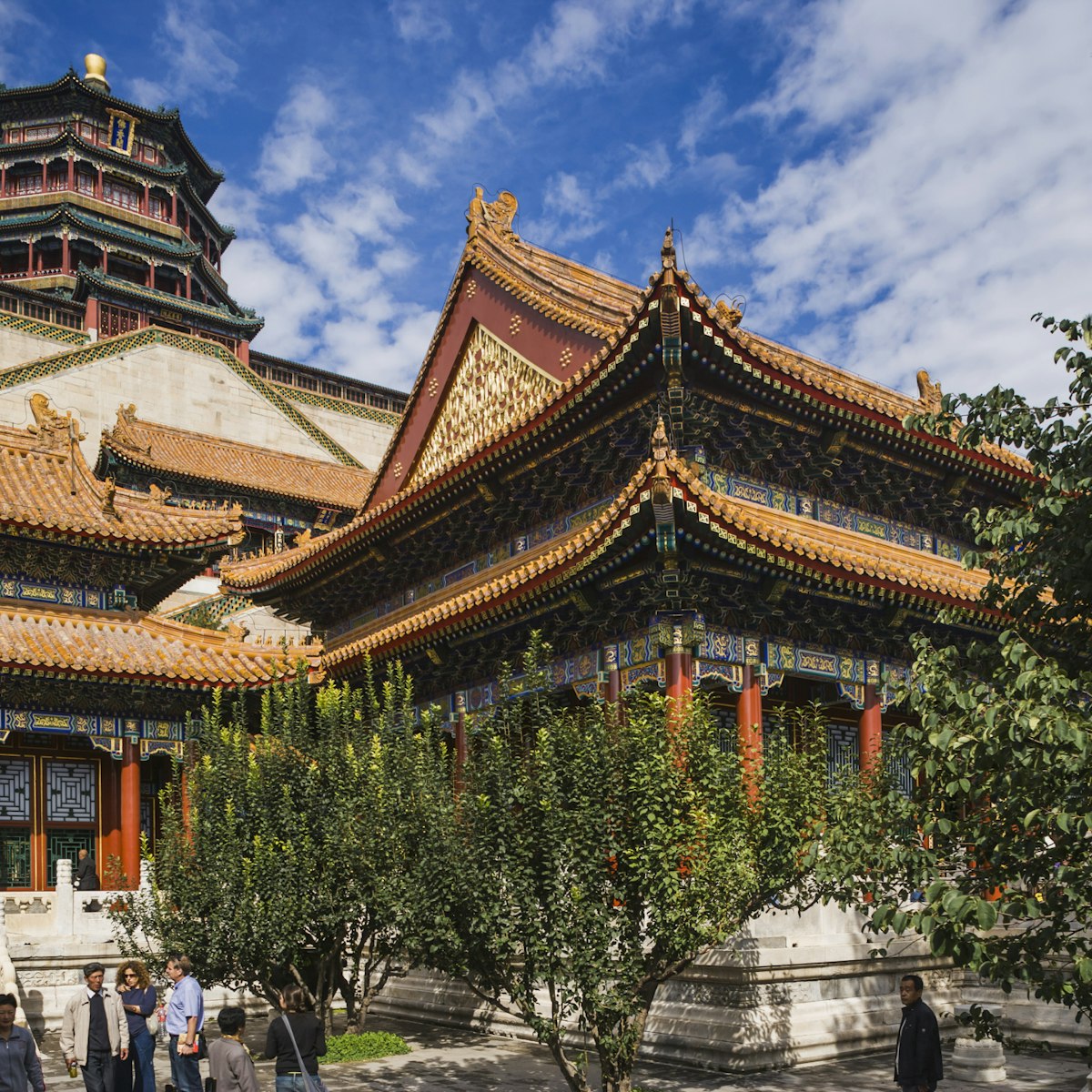
Summer Palace
A marvel of Chinese garden design and one of Beijing's must-see attractions, the Summer Palace was the royal retreat for emperors fleeing the suffocating…
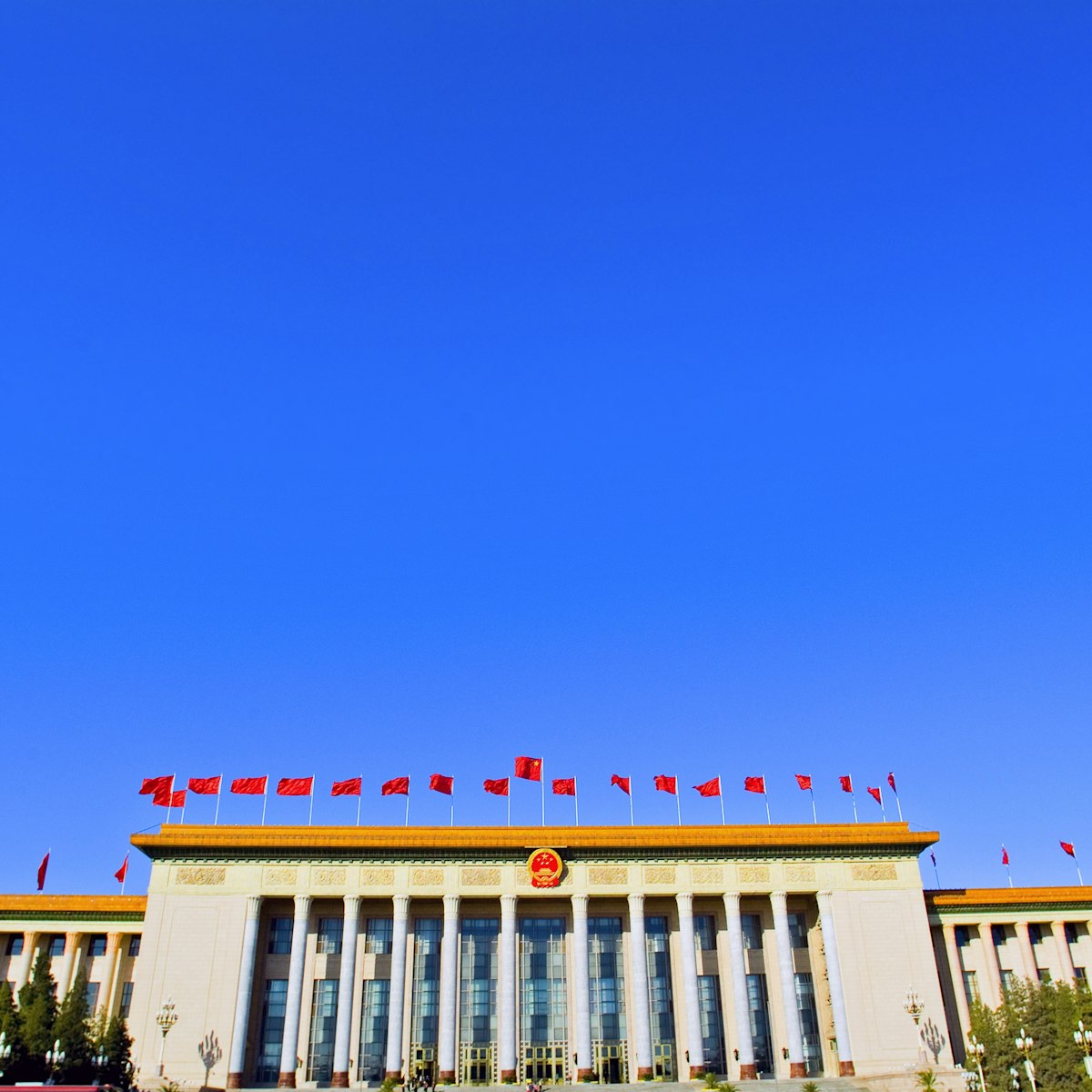
Tian'anmen Square
Flanked by triumphalist Soviet-style buildings, Tian'anmen Sq is an immense void of paved stone (440,000 sq metres, to be precise) at the symbolic centre…
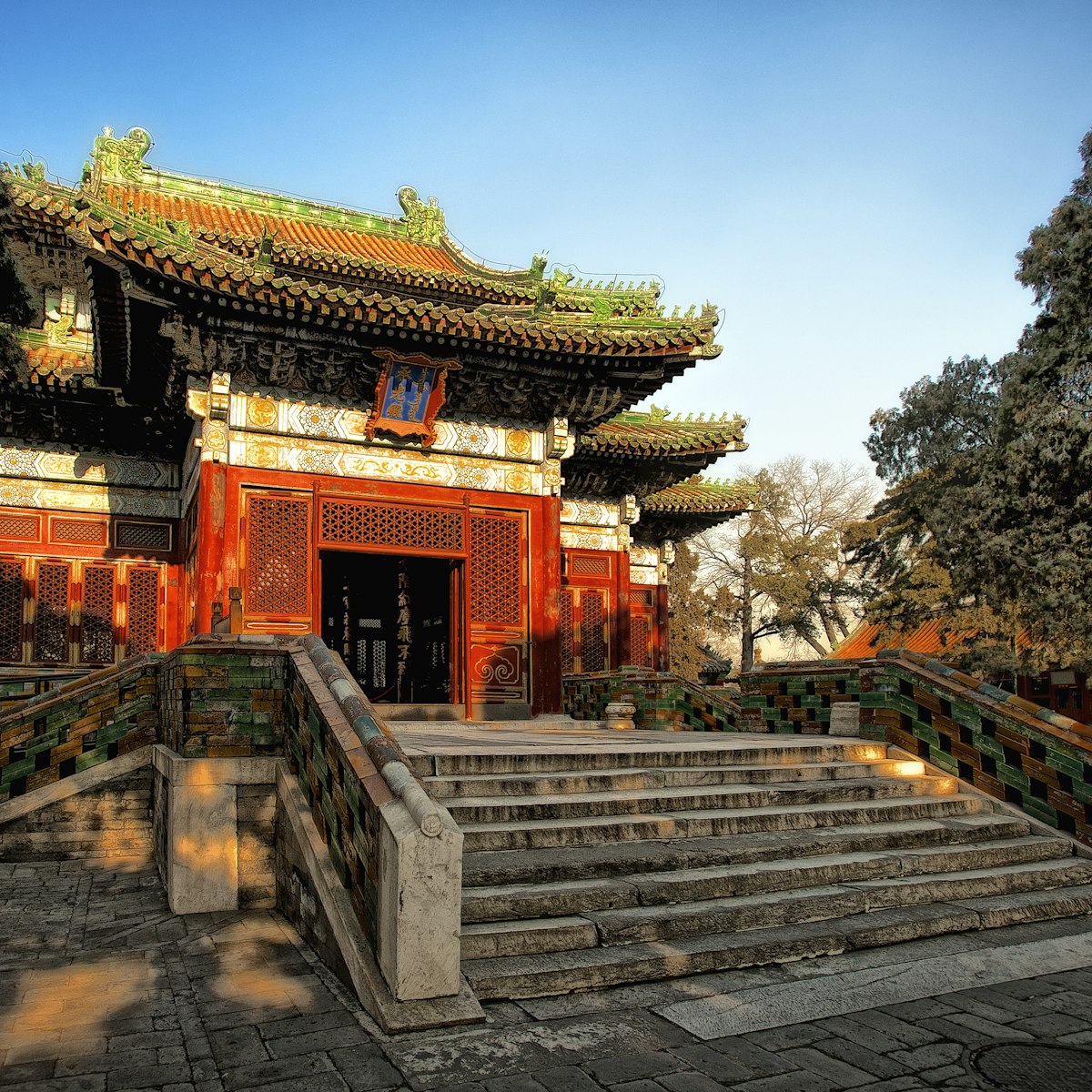
Beihai Park
Beihai Park, inside the old Imperial City, looks much as it would have done in the 18th century when it served as Emperor Qianlong's private gardens. The…
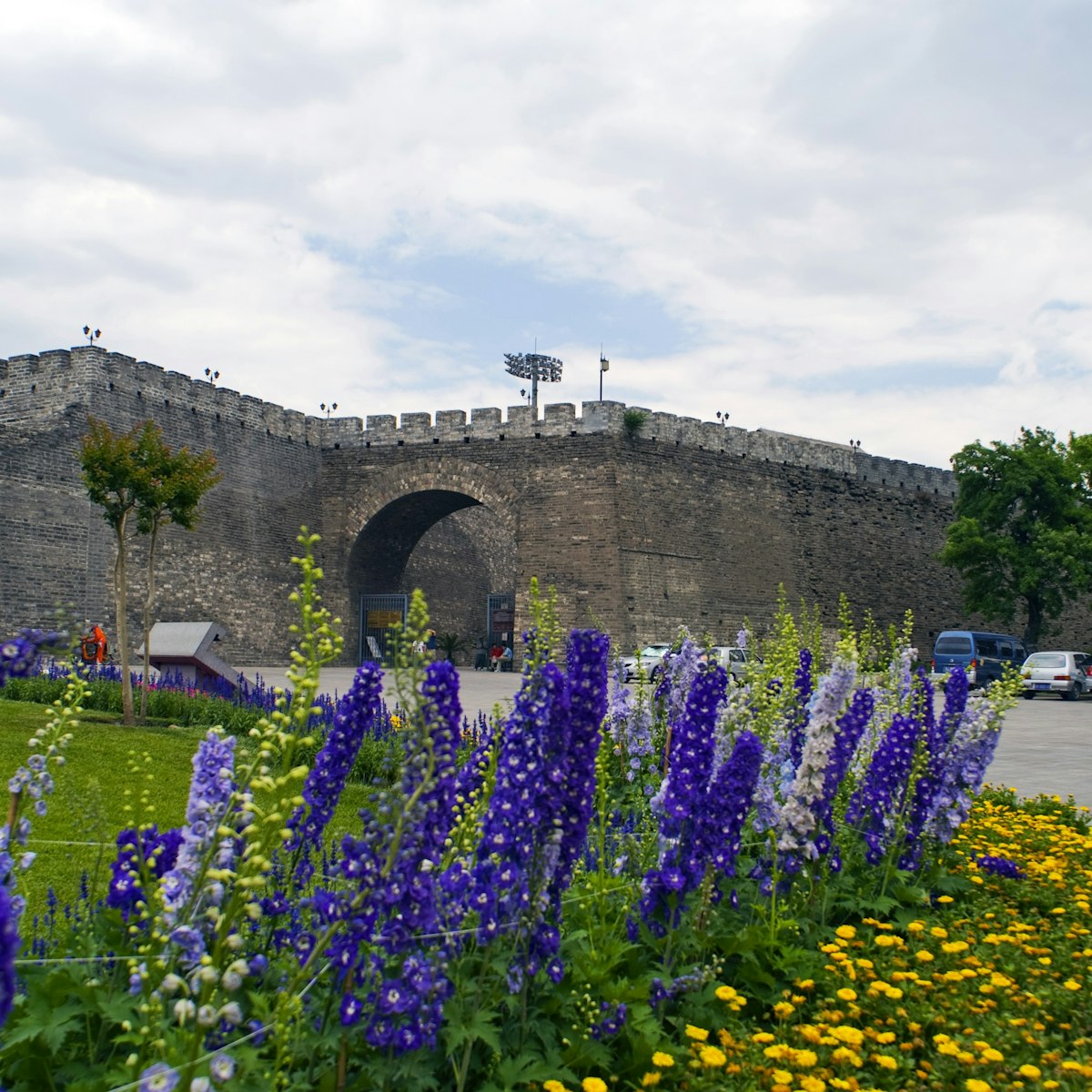
Southeast Corner Watchtower
This immense fortress, part of the Ming City Wall Ruins Park, guarded the southeast corner of Beijing's city walls. Originally built in 1439 but repaired…
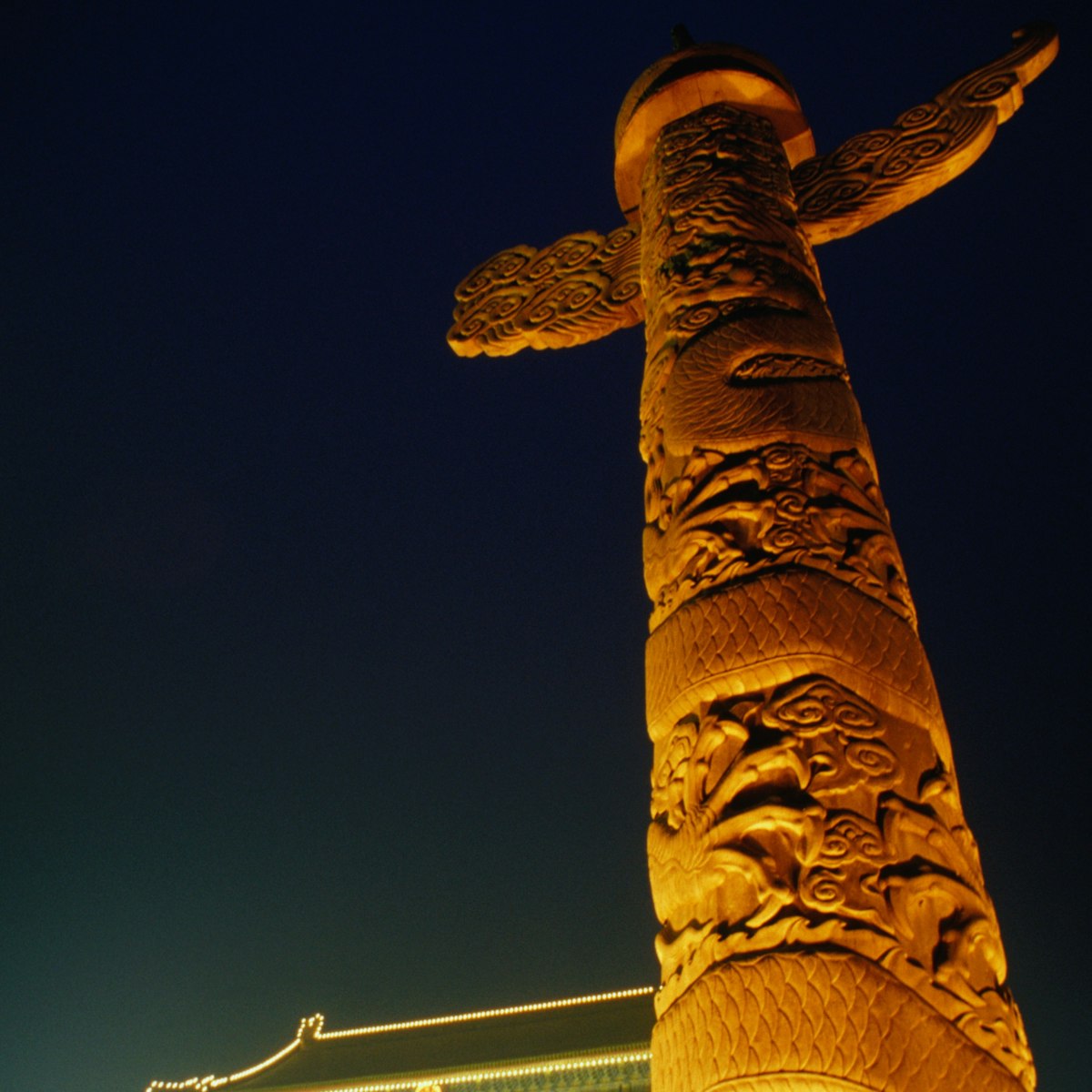
Gate of Heavenly Peace
Instantly recognisable by its giant framed portrait of Mao, and guarded by two pairs of Ming dynasty stone lions, the double-eaved Gate of Heavenly Peace …

798 Art District
Contemporary art meets communist history at this thrilling enclave of international galleries installed within China's model factory complex of the 1950s…
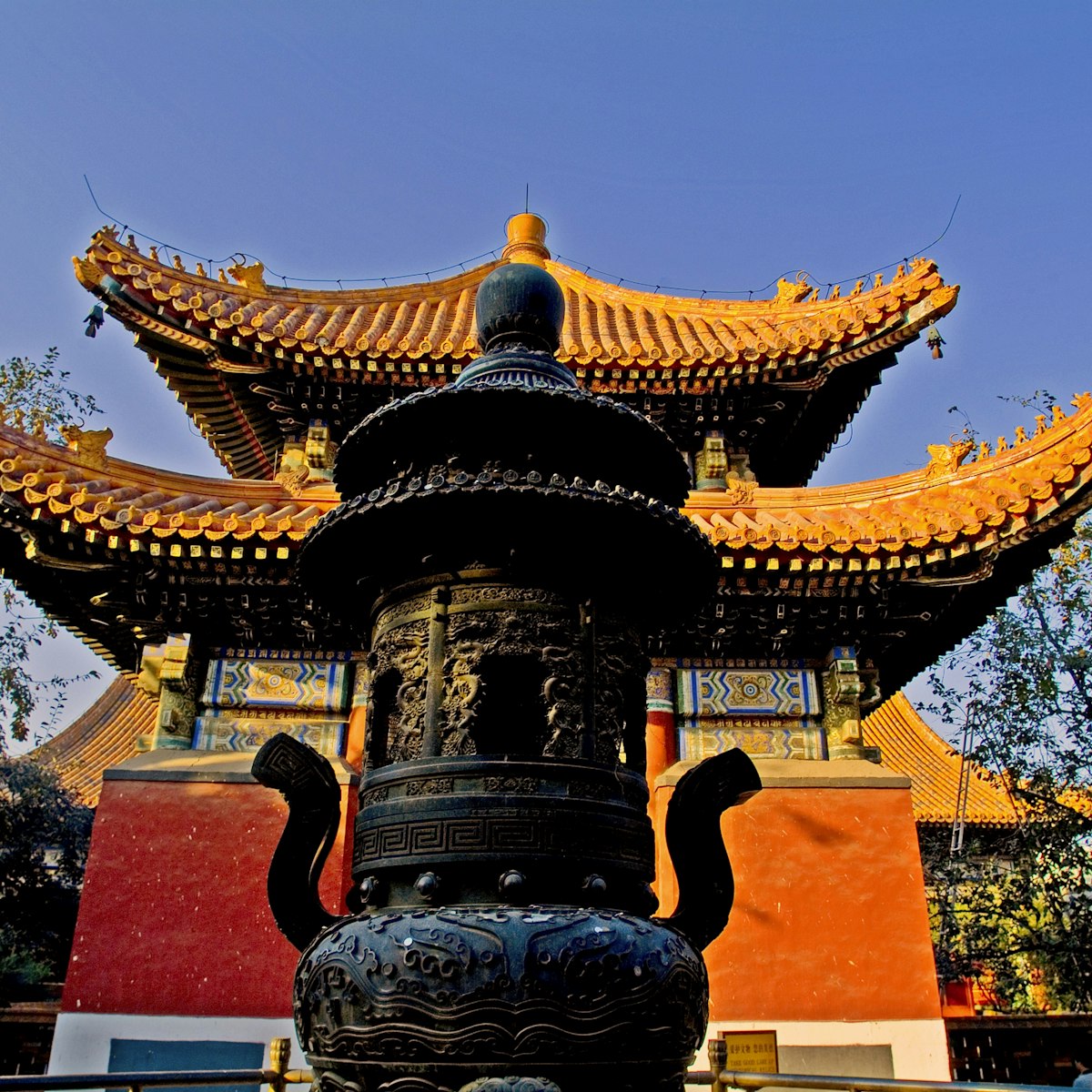
Lama Temple
Converted from a princely residence to a lamasery in the 18th century, the Lama Temple extends through a crescendo of ever more divine halls in a whirl of…

Chairman Mao Memorial Hall
One of Beijing's more surreal spectacles is the sight of Mao Zedong's embalmed corpse on public display within his mausoleum. The Soviet-inspired memorial…
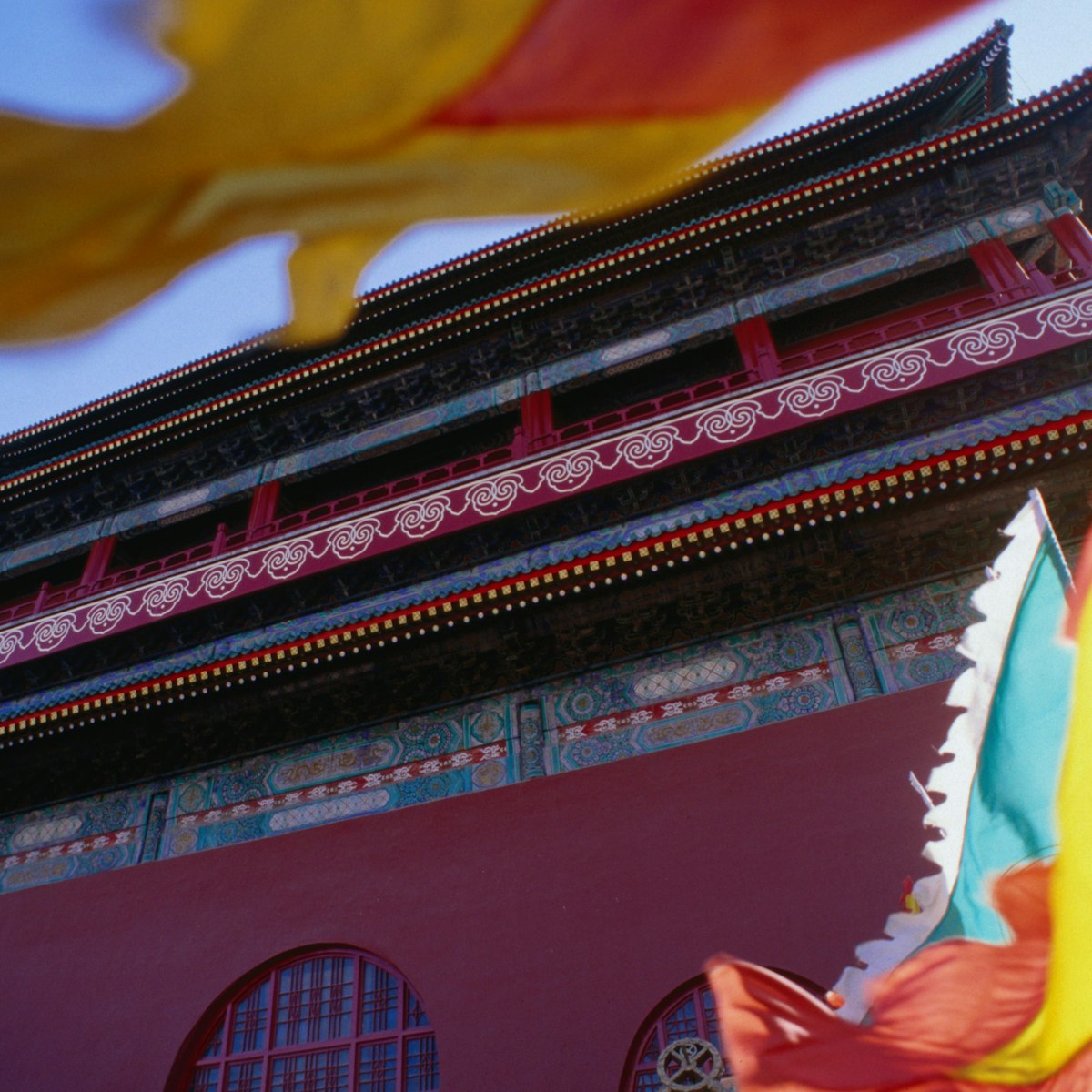
Venerable bastions of time-keeping, the Drum Tower and its counterpart the Bell Tower were for centuries the tallest buildings in Beijing, lording it over…
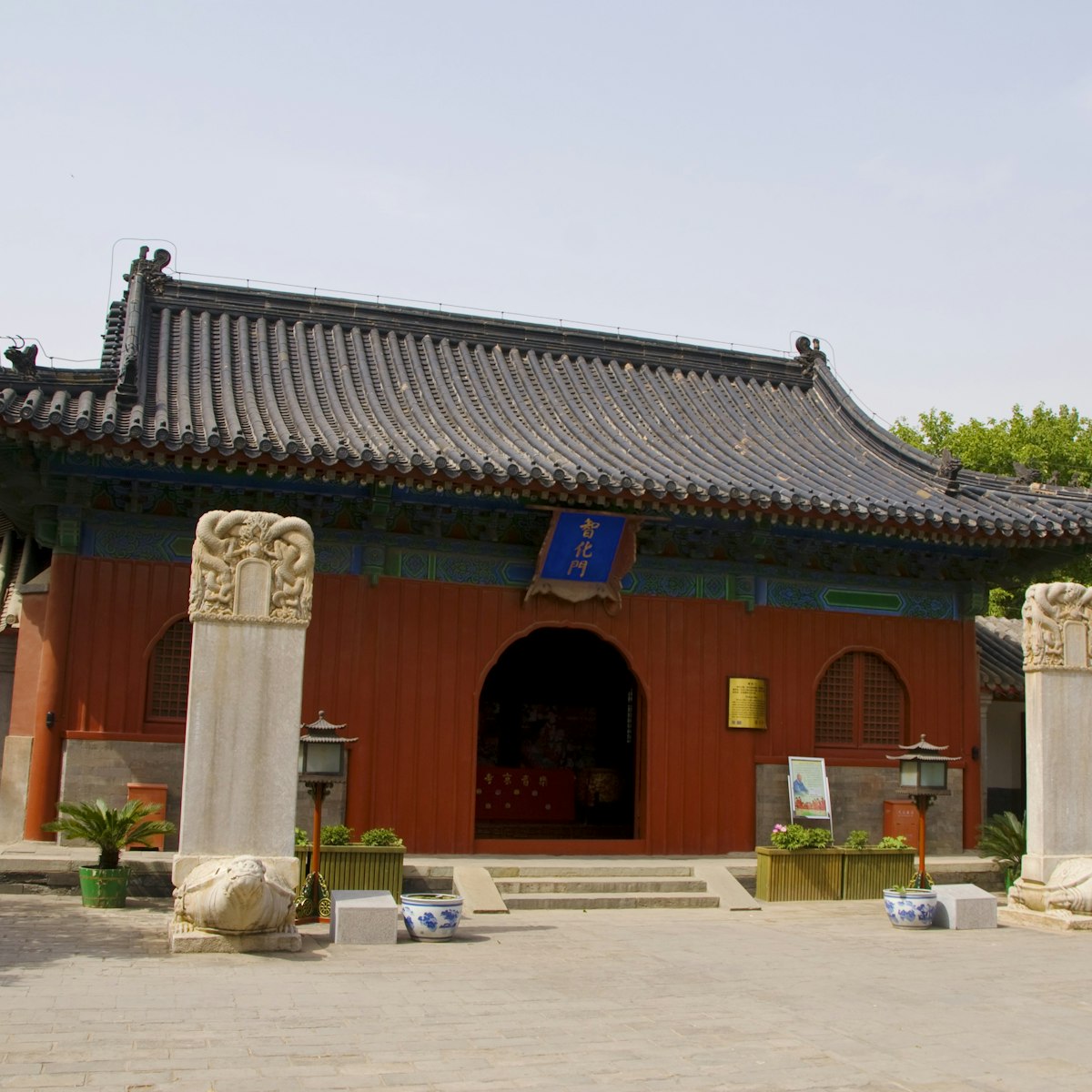
Zhihua Temple
Lost in a tumbledown hutong neighbourhood, this Buddhist temple is one of Beijing's best-preserved Ming dynasty structures. It was built in 1444 to honour…
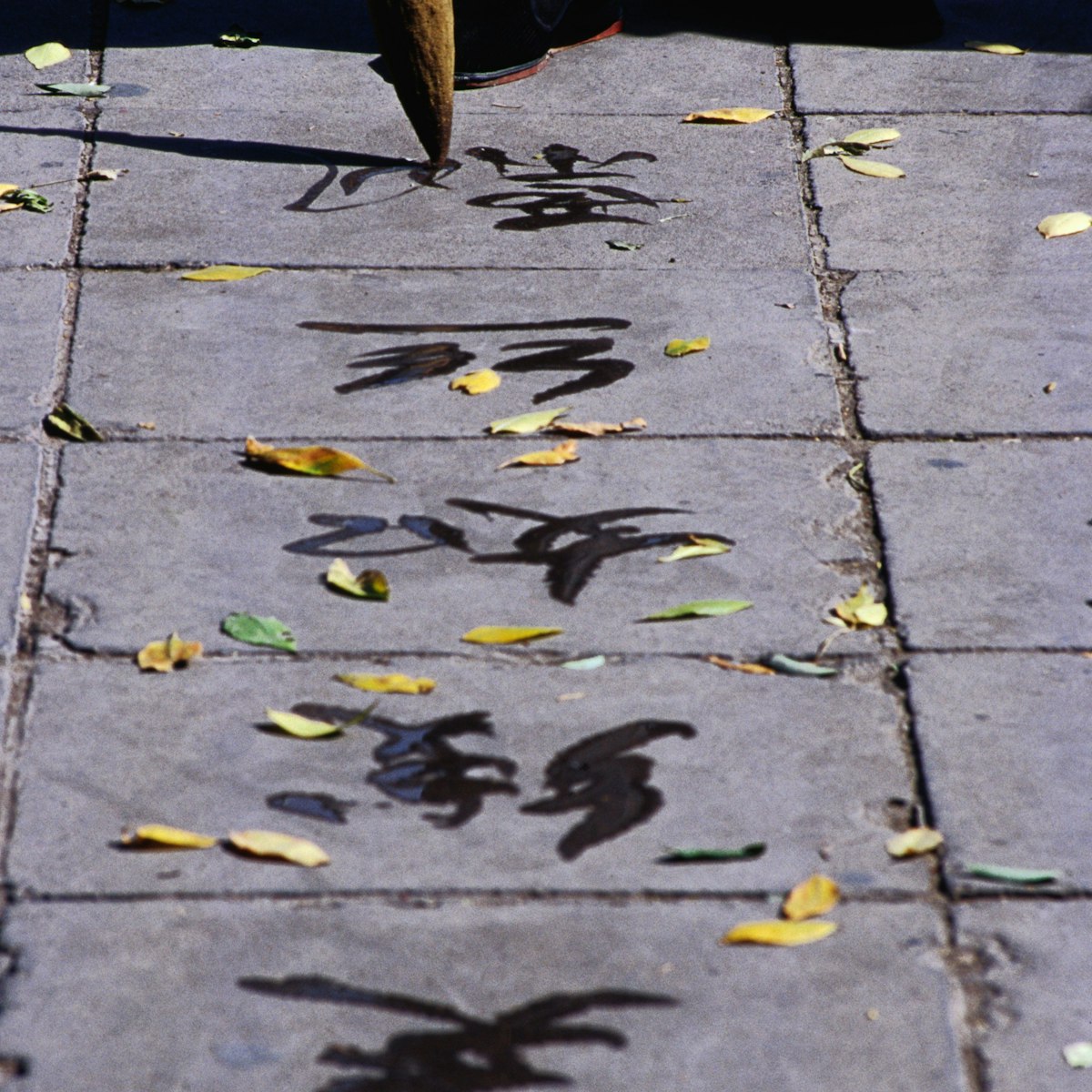
Jingshan Park
Beijing's finest park is also one of the only hills in the inner city, a mound that was created from the loess (sediment) excavated to make the Forbidden…

Azure Clouds Temple
Though it dates back to the Yuan dynasty, this enchanting Buddhist temple complex was enlarged to its current splendor by Emperor Qianlong in 1748, adding…
Wuta Temple
If any Beijing sight can vanquish the dreaded 'temple fatigue', it's Wuta Si. This little-known gem is eminently worthy of a pilgrimage, not just for its…
Workers' Cultural Palace
One of Beijing's best-kept secrets – despite being next to the Gate of Heavenly Peace – the Workers' Cultural Palace was gifted to the masses by Mao in…
White Dagoba Temple
Originally built in 1271 under the reign of Kublai Khan, the serene Miaoying Temple slumbers beneath its astonishing high dagoba, the tallest in China. A…
A highlight of a visit to the Ming Tombs is to walk the Shen Dao, or Spirit Way, a funerary avenue that plots a sombre course to Cháng Líng, the earliest…
Remodelled in 2019, UCCA remains the finest contemporary-art gallery in 798, and a contender for the best in the country. Many global art superstars have…
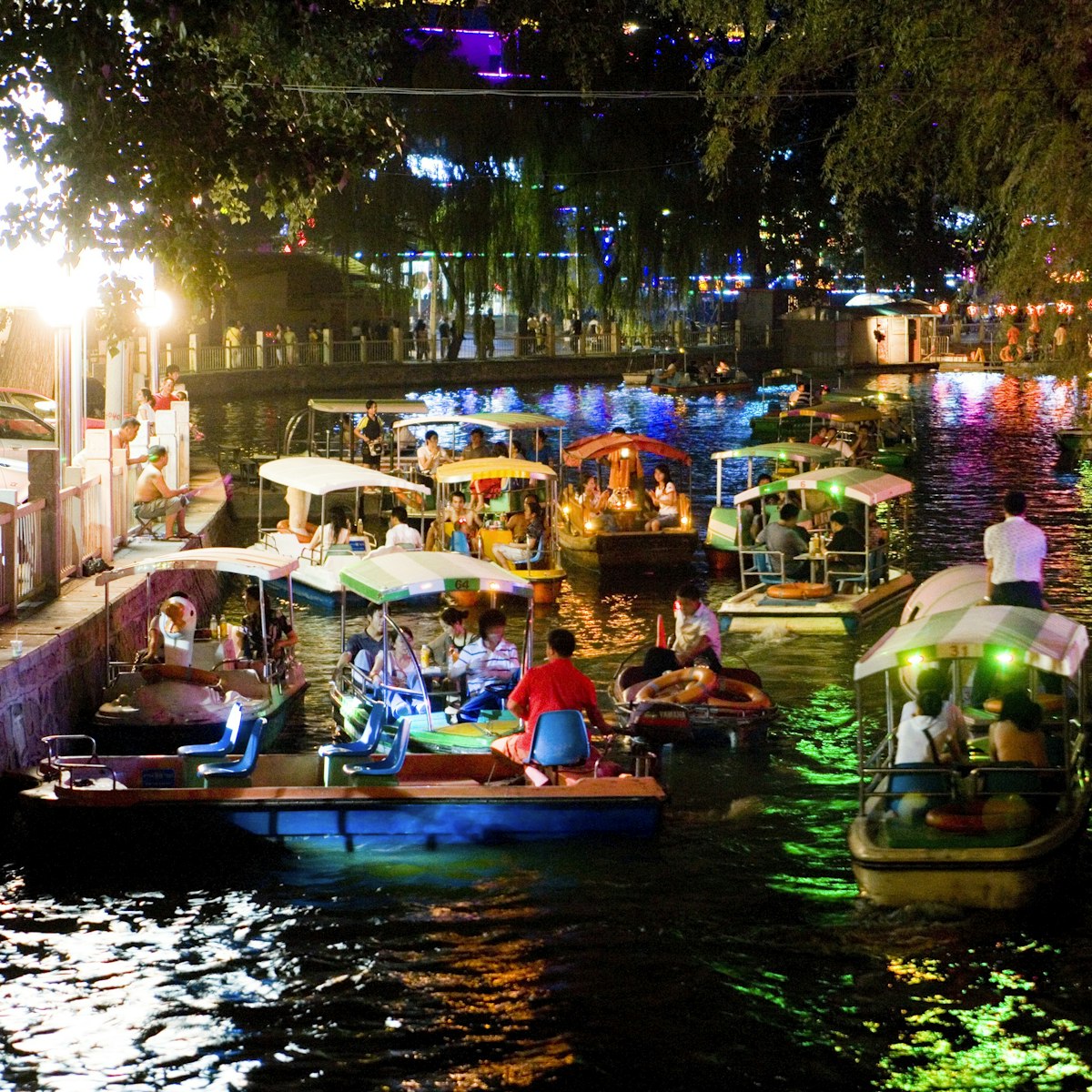
Houhai Lake Scenic Area
A grand sweep of willow-lined waterways enclosed by invitingly maze-like hutong lanes, this trio of lakes is one of Beijing's best-loved outdoor spots,…
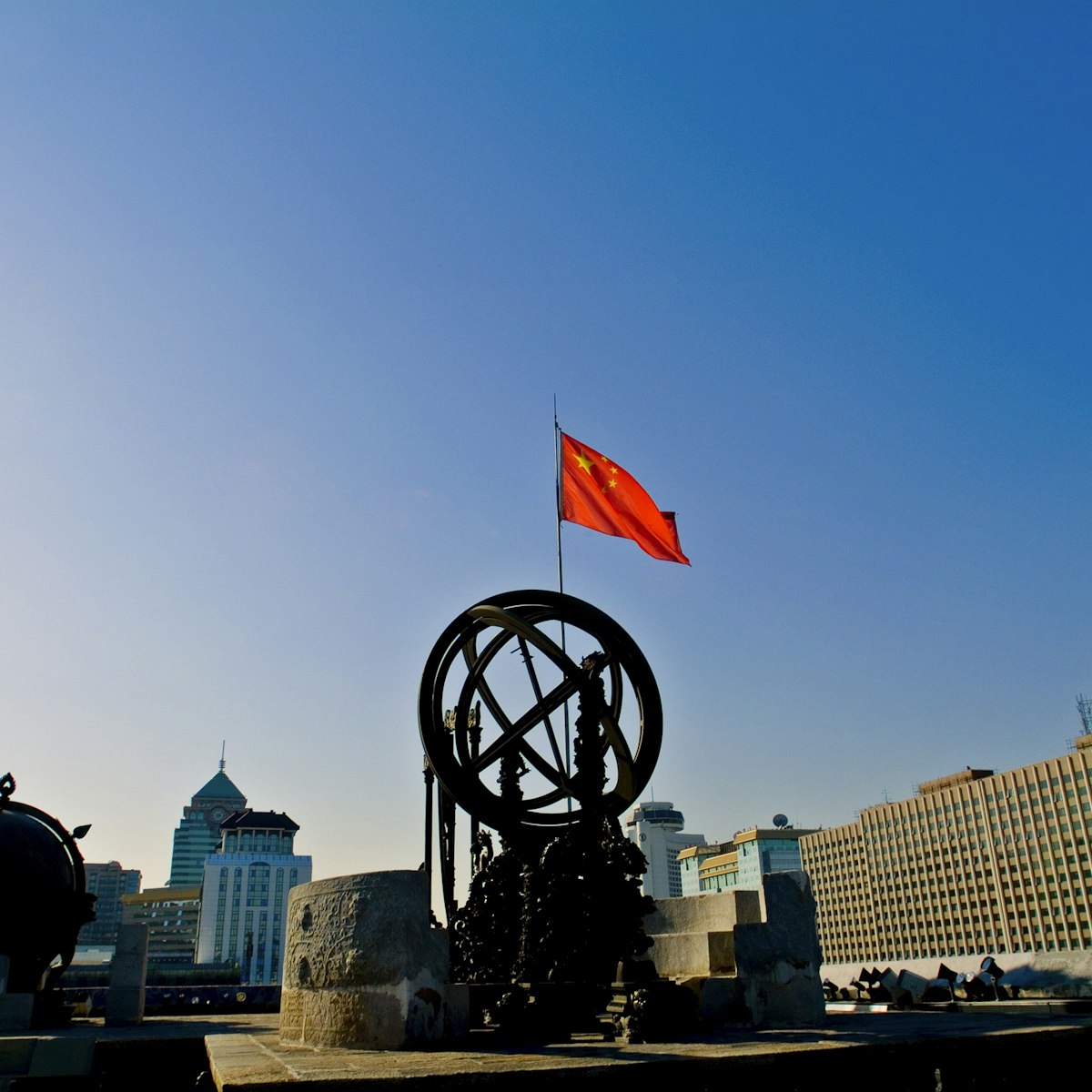
Ancient Observatory
Astronomers have been studying the mysteries of the cosmos here since 1442. Crowning the 18m-high brick tower – an earlier version of which would have…
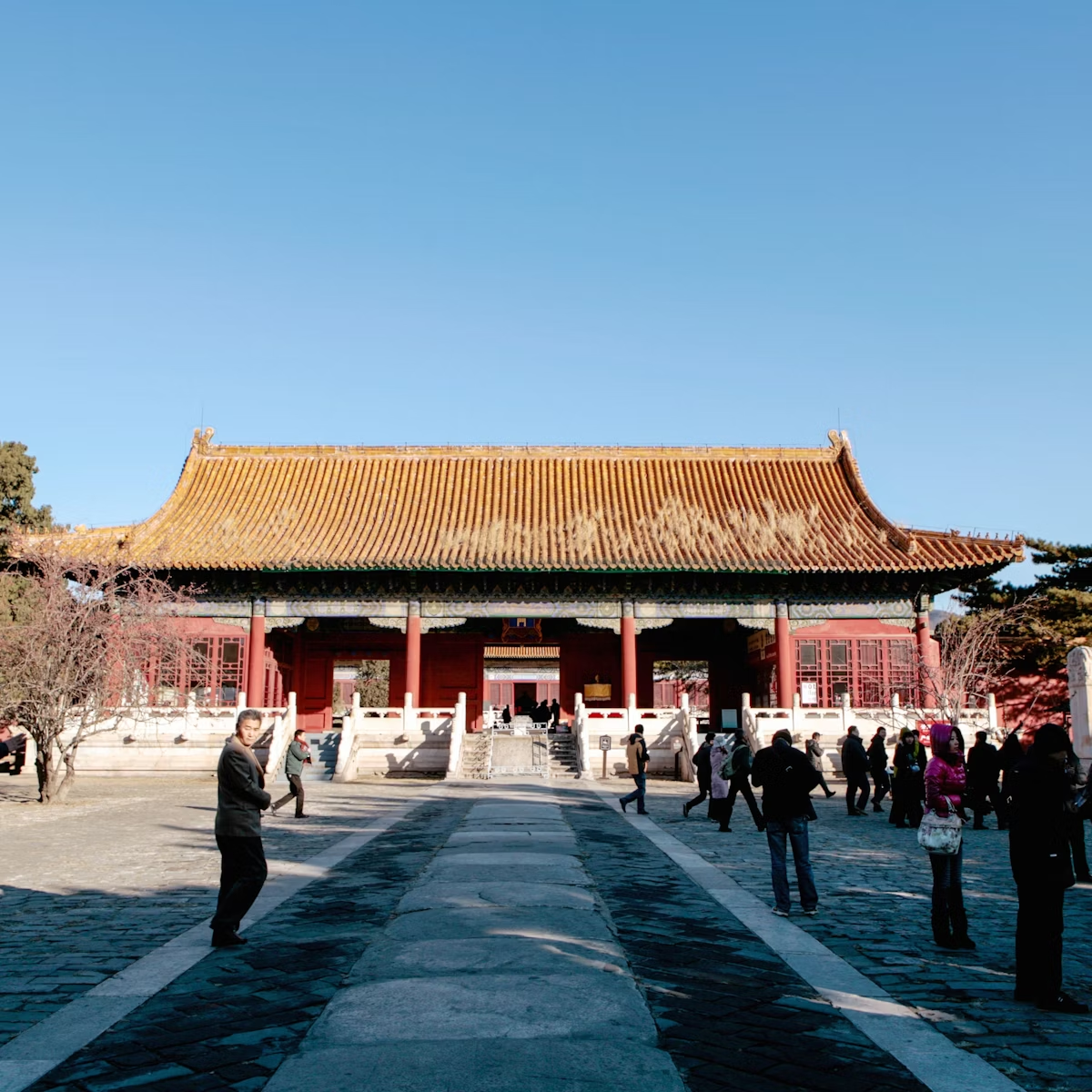
Established according to feng shui in the cradle of Tianshou Mountain (天寿山, Tiānshòu Shān), this auspicious swath of nature was walled off by the Ming to…
Fragrant Hills Park
A great swath of Beijing's Western Hills (Xīshān) was once an imperial pleasure resort, acres of undulating pine-cypress forest peppered with temples,…
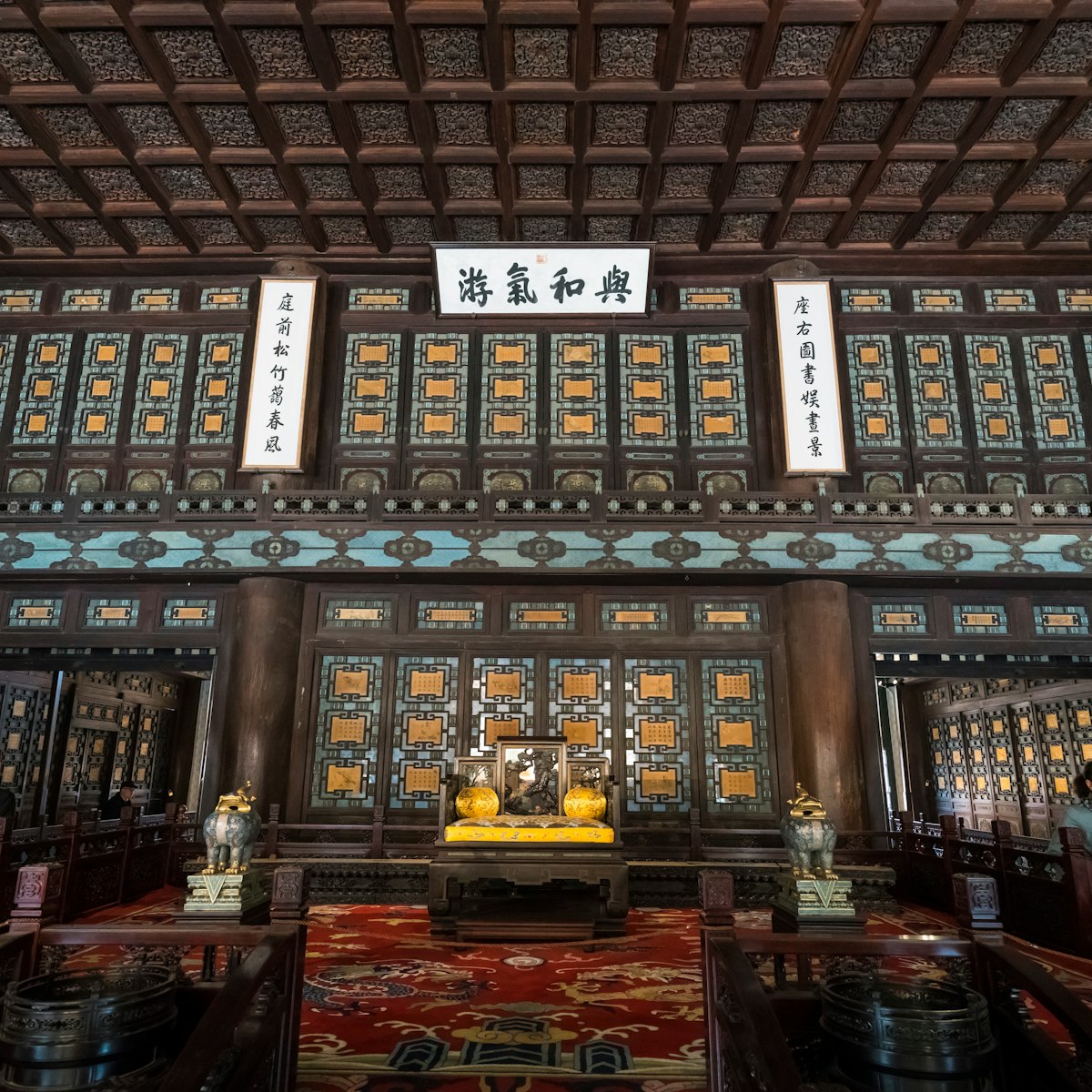
Treasure Gallery
In the northeastern corner of the complex is the Treasure Gallery (or Complete Palace of Peace and Longevity, 宁寿全宫, Níng Shǒu Quán Gōng), a…
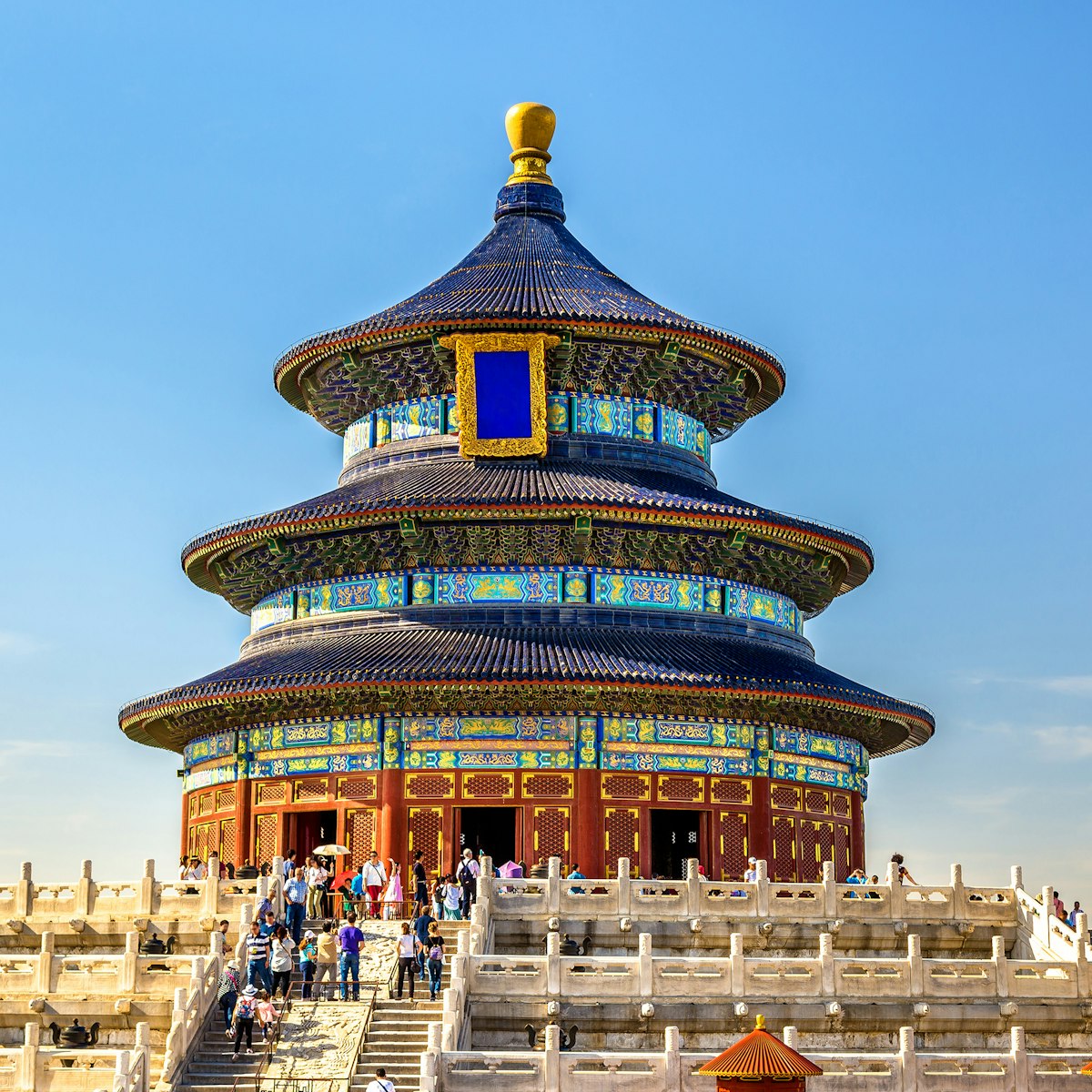
Hall of Prayer for Good Harvests
The crowning glory of the Temple of Heaven is the Hall of Prayer for Good Harvests, its triple-eaved roof canopy of glazed blue tiles reflecting its…
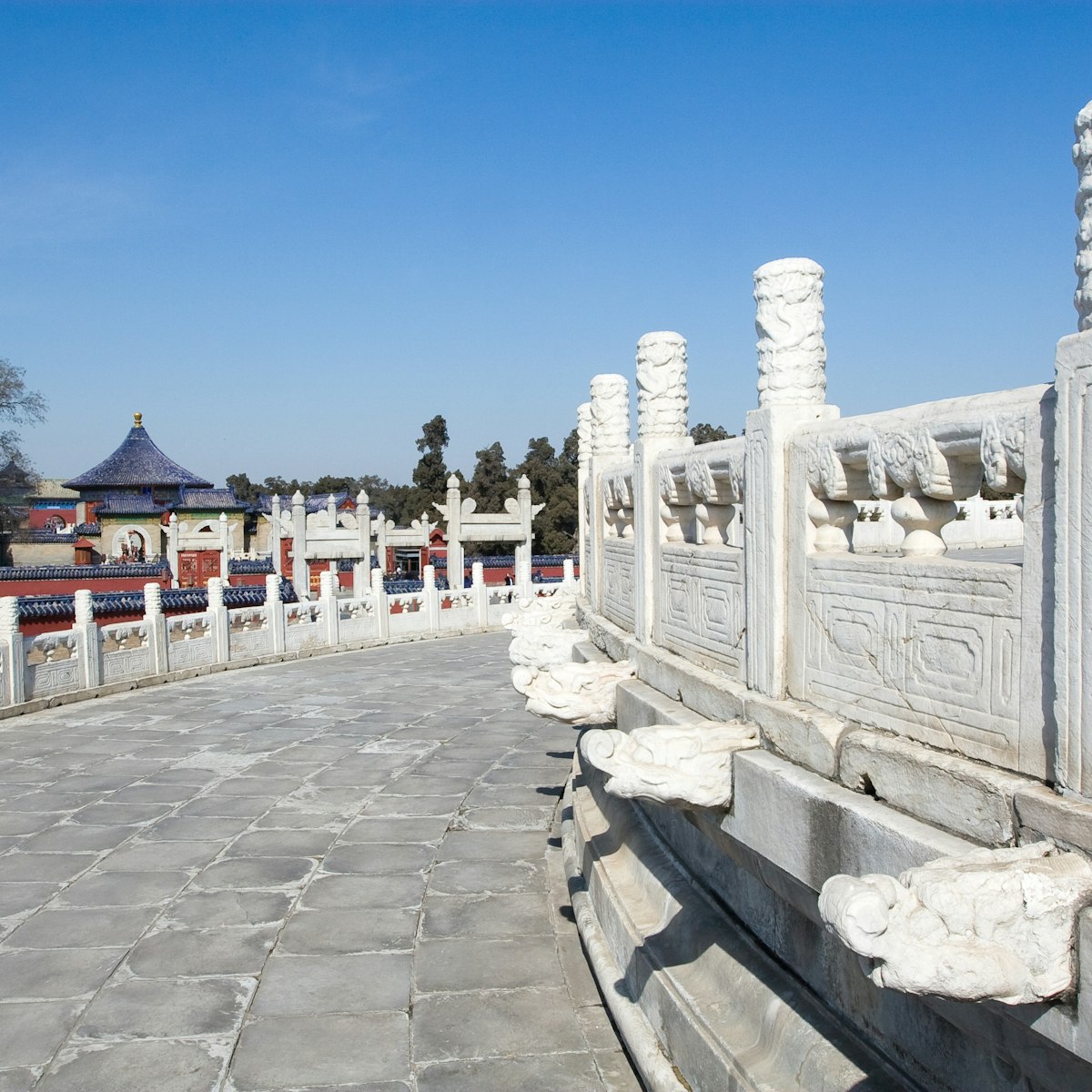
Round Altar
The present build dating to around 1540, this is the business end of the Temple of Heaven. Here on this open-air, raised platform (a circle within a…
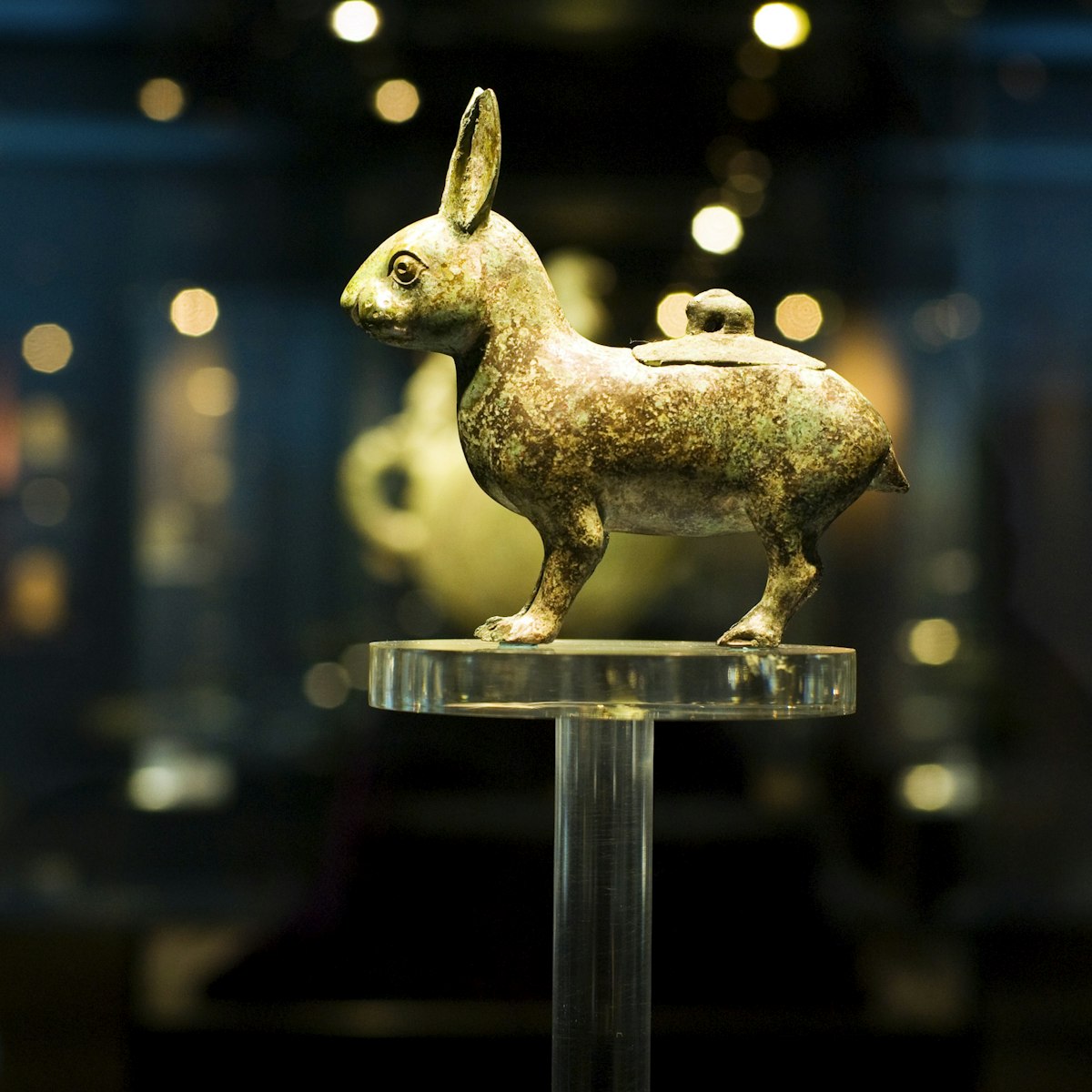
Poly Art Museum
A thrilling discovery, this exquisite collection of treasures is hidden halfway up an office building! China's state-owned Poly Group has funnelled a…
Confucius Temple & Imperial College
An incense stick’s toss away from the Lama Temple, China’s second-largest Confucian temple is a haven of scholarly calm and contemplation. Come to wander…

Long Corridor
Stretching for 728m along the north shore of Kunming Lake, the open-air Long Corridor is one of the premier sights of the Summer Palace. One can imagine…
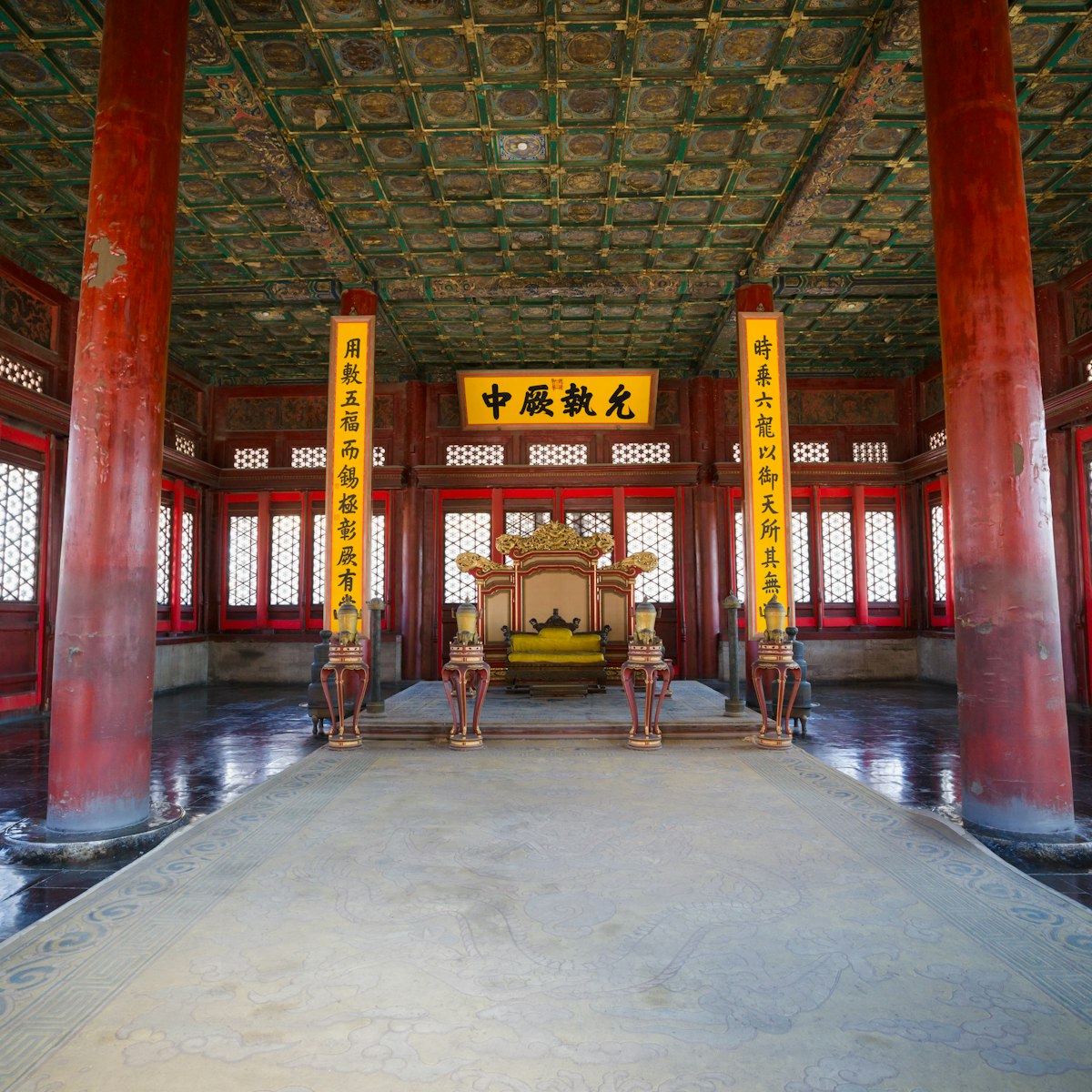
Hall of Central Harmony
Behind the Hall of Supreme Harmony is the Hall of Central Harmony, which was used as the emperor’s transit lounge. Here he would make last-minute…
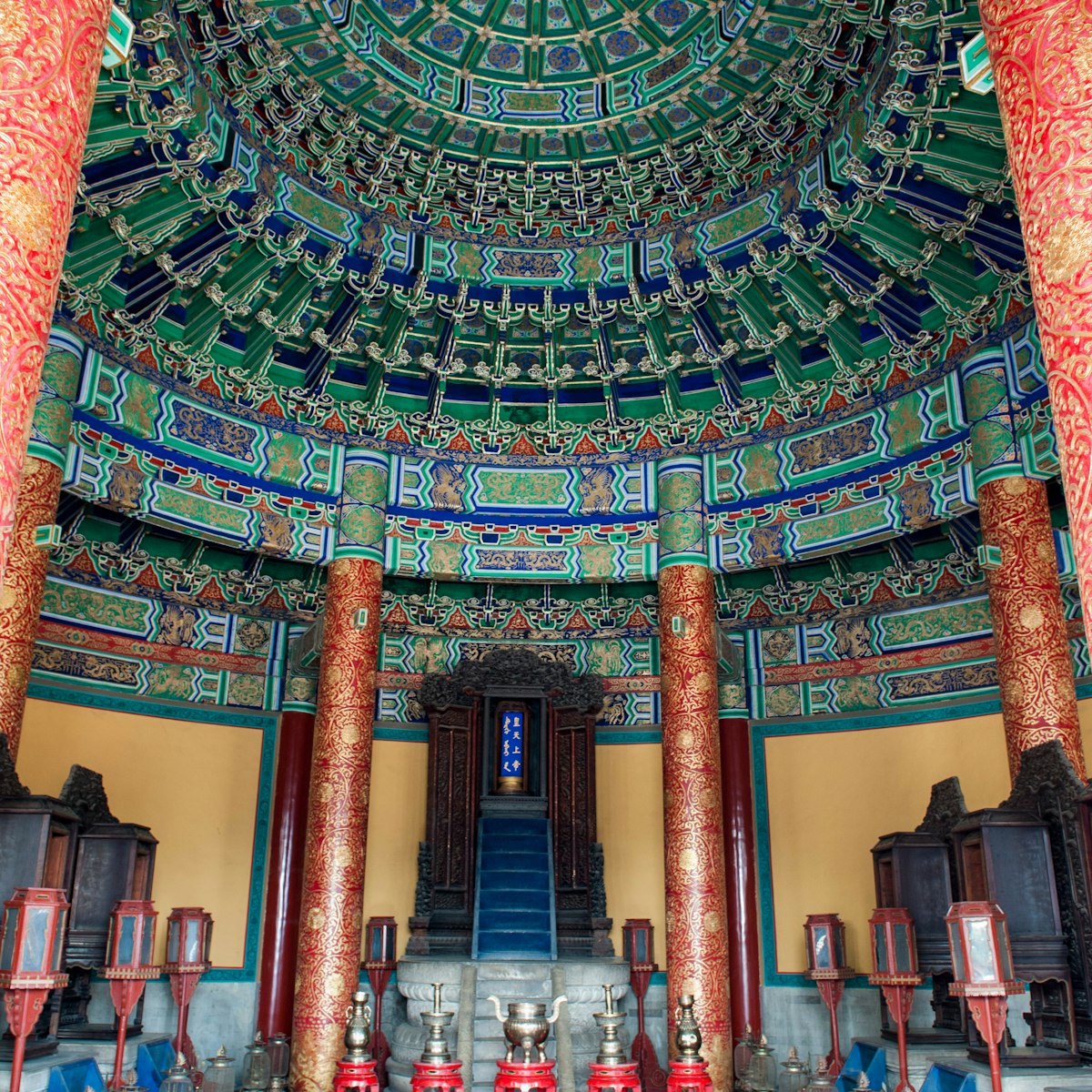
Imperial Vault of Heaven
Inside the Echo Wall, this ornate building was merely a storeroom, used to keep the spirit tablets of the gods and other materials used for the ceremonies…
It's no coincidence that the most magnificent of the Ming tombs bears more than a passing resemblance to the Forbidden City. It was commissioned by the…
Hall of Supreme Harmony
One of the Three Great Halls, this is the most important and largest structure in the Forbidden City. Built in the 15th century and restored in the 17th…
Gallery of Clocks
The Gallery of Clocks is one of the unmissable highlights of the Forbidden City. Relocated from the Hall for Ancestral Worship in 2018 (in order that the…
Sacrificial Hall
The main attraction within the Workers' Cultural Palace is the monumental Sacrificial Hall, as exquisite as any temple you'll find in Beijing. Built in…
Divine Merit Stele Pavilion
Along the Spirit Way before you reach the pairs of stone guardians, this glorious pavilion contains a stele thought to be the largest in China, mounted on…
17-Arch Bridge
Connecting the eastern shore of Kunming Lake to South Lake Island, this is the largest bridge in the Summer Palace at 150m long. It was built during the…
White Dagoba
Topping Jade Islet (琼岛; Qióngdǎo), the 36m-high Tibetan-style White Dagoba was built in 1651 by the first Qing emperor to honour a visit by the Dalai Lama…
Faurschou Foundation
Although this privately owned Danish gallery is a relative newcomer, it has racked up an enviable showreel of exhibitions and retrospectives since 2011,…
Nine Dragon Screen
To the west of Western Elysium, set back from the lakeshore, is this 5m-high, 27m-long spirit wall emblazoned with writing and coiled dragons, picked out…
More destinations you need to see
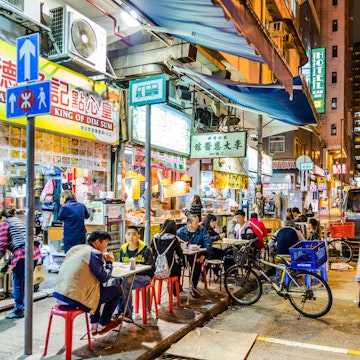

Traveling to Beijing, China: Your Ultimate Travel Guide [2024]
Beijing is a captivating city that combines the allure of narrow, picturesque alleys, traditional teahouses, vibrant bar streets, bustling commercial districts, contemporary elements, and the authentic charm of old Beijing. This unique blend has contributed to Beijing’s extensive and profound cultural heritage, as well as its orthodox yet elegant lifestyle.
Must-visit attractions in Beijing include iconic landmarks such as Summer Palace, the majestic Forbidden City, and the awe-inspiring Great Wall. Moreover, Beijing offers a diverse range of choices tailored to individual interests, whether it’s a couple seeking romantic experiences or a family in search of cultural wonders. Whether your heart yearns for royal monuments or fashionable neighborhoods, Beijing has the perfect place waiting to be discovered.
You might also be interested in: 🍳 25 BEST PEKING DUCK RESTAURANTS IN BEIJING, CHINA 2023 🍜 15 Best Noodle Dishes in Beijing|Restaurants Included 2023 🍚 62 Best Beijing Chinese Foods & Snacks You Must Try 2023 🏠 91 Best Restaurants in Beijing China in 2023 [Locals’ Guide]
Table of Contents
🌟beijing travel planning guide.
- 🔍Where is Beijing China Located?
🌏Getting to Beijing, China
🚗how to get around beijing, ☀️weather for beijing travel (best time to visit), 🌟34 best things to do in beijing, china, 🏨where to stay in beijing, 🌸final tip on traveling to beijing, china travel planning guide&faq.
Disclosure: This article contains affiliate links. If you make a purchase after clicking one of these links, I earn a small commission at no extra cost to you. You can learn more about this in my disclosure policy.
Considering a last-minute trip to Beijing? Check out the finest tours, hotels, and more below! Remember to plan in advance for the top attractions in Beijing! 🇨🇳 Top Activities and Tours in Beijing: 1. Beijing Classic Full-Day Tour : With an informed guide, delve into the enigma of the Forbidden City, a highly popular Chinese landmark, while also appreciating the grand allure of the Summer Palace and Temple of Heaven. 2. Best Beijing Hutong Food and Beer Tour : Immerse yourself in the rich historical ambiance while discovering the local way of life, and indulging in traditional cuisine at hidden gems and authentic family-run eateries. 3. Best Great Wall Tour: Discover the best-guided group tour of the Mutianyu Great Wall , Badaling Great Wall , and Jinshanling Great Wall , renowned for their ancient splendor, including lunch and an uncrowded experience. 4. Universal Beijing Resort Admission : Experience the grandeur of the largest Universal Studios with seven themed areas, 37 exhilarating rides, iconic landmarks, and exclusive early entry benefits. 🏨 Top Hotels in Beijing: Mandarin Oriental Hotel (luxury) Manxin Courtyard Hotel (affordable luxury) Crystal Orange Hotel (mid-range) Atour Light (budegt-friendly) 🌐Make sure to install ExpressVPN in advance for unrestricted internet access during your stay in China!
🔍 Where is Beijing China Located?
Beijing, the capital city of China, is located in the northeastern part of the country. It is situated at approximately 39.9 degrees north latitude and 116.4 degrees east longitude.
Beijing is surrounded by the province of Hebei to the north, west, and south, while the municipality of Tianjin lies to its southeast. With its strategic position in northern China, Beijing serves as a cultural, political, and economic center.
If you’re a visitor looking for different ways of getting to Vancouver, here’s some practical advice on how to get here.
✈️Getting to Beijing by Plane
Beijing is served by two primary airports: Capital International Airport and Daxing International Airport.

Capital International Airport , situated approximately 20 kilometers from the city center, stands as China’s busiest civil airport. It serves as the preferred arrival point for most tourists visiting Beijing. The airport offers comprehensive facilities and transportation options. There are five airport bus lines connecting it to downtown, providing convenient access. Additionally, taking the subway from the airport to the city is also highly convenient. Taxis are readily available at Terminals T2 and T3.
Daxing International Airport , a newly constructed airport completed in 2019, serves as the second-largest international airport in Beijing after Capital International Airport. It is located approximately 47 kilometers from downtown. The airport provides 12 airport bus lines for transportation to the city. Passengers can catch the airport bus at Gate 20 on the east side of the first floor of the terminal. Taxis are available on the first floor of the terminal building, with three designated platforms. For online car bookings, the designated area is the 1M floor of the P1 parking building.
🚆Getting to Beijing by Train
For train and high-speed train travel, Beijing has five main stations . The majority of trains make stops at Beijing South Railway Station, Beijing Railway Station, and Beijing West Railway Station.
Among these stations, Beijing Railway Station serves routes to cities such as Jinan, Nanjing, Suzhou, Shanghai, Hangzhou, and others. Beijing South Railway Station primarily handles trains heading to Tianjin, Harbin, and other northeastern regions, as well as Hefei, Shanghai, Nanjing, Jinan, Qingdao, and other eastern areas. Beijing West Railway Station is mainly used for journeys to destinations including Shijiazhuang, Zhengzhou, Wuhan, Changsha, Guangzhou, Shenzhen, Taiyuan, Xi’an, and other regions in the northwest and south.
Subway : The subway system in Beijing offers the most convenient and efficient mode of transportation. Currently, there are 16 subway lines and 1 dedicated airport line operational, providing coverage to major commercial areas and tourist attractions within and around the city. The subway operates from around 5:00 am to 11:00 pm, with slight variations in the schedule for each line. The fare for subway journeys starts at CNY 3 and is based on the distance traveled, with a maximum fare of CNY 7.
Bus : Beijing’s public bus system is highly developed, encompassing comprehensive routes. Buses generally operate between 5:00 am and 10:00 pm, with some routes extending until 11:00 pm. Additionally, 15 night buses continue to operate during late hours. On urban bus lines, the fare is typically CNY 1, except for buses whose numbers begin with “6” or above, which are charged based on the distance traveled. It’s important to swipe your transportation card when boarding and alighting the bus. Failure to swipe when getting off will result in the full fare being charged.
Taxi/Online Car-hailing : In the absence of subway and bus options, taking a taxi or utilizing online car-hailing services is a convenient choice in Beijing. The initial cost for a taxi ride within a 3-kilometer distance is CNY 14. The regular price per kilometer is CNY 2.3, and during nighttime, an additional 20% of the regular price per kilometer is charged.
🔥Tip : A helpful tip to note is that traffic congestion in Beijing, particularly during rush hour, can be quite severe. Hence, the subway is recommended for travel during these periods. It is important to avoid unlicensed taxis , as they tend to be exorbitantly priced. Official taxis in Beijing have license plates starting with “京 B.”
Beijing experiences distinct seasons, including hot and rainy summers and cold and dry winters. January is the coldest month, often with temperatures below 0°C, while July is the hottest, occasionally reaching nearly 40°C.
March-May : During the spring months of March to May, Beijing experiences a short and fluctuating season. The temperature alternates between rises and falls, and there are occasional dust storms. Despite these challenges, there are still pleasant and warm days in May to enjoy outdoor activities.
June-August : Beijing has a relatively brief but hot summer, with many days reaching high temperatures, particularly around noon, up to 40°C. However, the suburbs around Beijing offer a refreshing escape from the heat. Additionally, this period coincides with the summer vacation for Chinese students, leading to increased tourist activity.
⭐ September-November : Autumn is the most suitable season for traveling to Beijing . The temperature is pleasant, not too cold, and it is considered the most beautiful time of the year. From late October to early November, Fragrance Hill in Beijing is renowned for its red autumn leaves, attracting climbers and photography enthusiasts to flock to witness this breathtaking spectacle. It is also the best time to climb the Great Wall, showcasing the most beautiful scenery of the year.
December-February : Winter in Beijing is characterized by naked trees and very cold weather. However, it is also the liveliest time of the year , featuring bustling temple fairs from early December to mid-February. These fairs attract large crowds and create a vibrant atmosphere. It is the perfect time to enjoy a hot pot of instant-boiled mutton and partake in a festive Chinese New Year celebration, adding to the charm of visiting Beijing during winter.
1. Explore the Forbidden City – One of the Best Places to Visit in Beijing

The Forbidden City, also called the Palace Museum, is a remarkable complex of ancient wooden structures, renowned as the world’s largest and best-preserved. It is also home to millions of invaluable cultural artifacts, constituting one-sixth of China’s total cultural relics.
When visiting Beijing, most first-time visitors prioritize a trip to the Forbidden City. The typical tour follows a specific route, starting at the Meridian Gate and progressing through the three main halls of the Outer Court including the Hall of Supreme Harmony, Hall of Central Harmony, and Hall of Preserving Harmony, then proceeding to the three main halls of the Inner Court consists of the Palace of Heavenly Purity, Hall of Union, and Palace of Earthly Tranquility, and finally exploring the Western Six Palaces. The tour concludes by passing through the back of the Imperial Garden, visiting the Palace of Benevolent Peace and the Western Six Palaces, and exiting through the Gate of Divine Prowess.
The tour of the central axis, including the primary three halls, is the busiest but offers the best views along the way. It is recommended to have a guide who can provide detailed historical insights. For those wishing to avoid crowds, an alternative option is to bypass the main three halls and head directly to the east and west six palaces, where visitor numbers are significantly lower.
🎫Admission ticket: Apr to Oct: CNY60 | Nov to Mar: CNY40 ⏰Opening hours: Apr to Oct: 8:30-17:00 | Nov to Mar: 8:30-16:30; it is closed on Mondays, except for the Chinese statutory holidays. 🚇By subway: Take subway line 1, get off at Tiananmen East Station (Exit B) or Tiananmen West Station (Exit B), and walk 900 meters to arrive
2. Glimpse the Forbidden City from Jingshan Park

Jingshan Park is situated at the central point of Beijing’s north-south axis, adjacent to the Forbidden City to the south and Beihai Park to the west. It was once the tallest point in the city’s center. The park boasts a wide variety of impressive old trees and picturesque peaks with each hosting a lofty pavilion and a stunning array of peonies that bloom in May every year. The Wanchun Pavilion is recognized as the commanding peak on the central axis of Beijing, offering a commanding view of the Forbidden City and providing a panoramic view of the city.
Jingshan sits at a mere 43 meters above sea level, but it claims the title of the highest viewpoint in the vicinity of the Forbidden City. Tourists flock here every day to marvel at the panoramic view of the Forbidden City. However, not everyone is privy to the most stunning view of the palace. Timing is crucial! The optimal time to glimpse the Forbidden City from Jingshan Park is up until noon when the sun rays bathe the red walls and yellow tiles, resulting in a majestic and beautiful rosy red hue that surpasses the first-hand experience.
🎫Admission ticket: CNY2 ⏰Opening hours: Apr to Oct: 06:00 – 21:00 | Nov to Mar: 06:30-20:00 🚍By bus: Take bus 5 or 58 and get off at Xibanqiao Station.
3. Explore the Beihai Park

Beihai Park, located in the heart of Beijing, is considered China’s most ancient, well-preserved, and historically significant classical royal garden. The park is divided into four distinct areas: the Eastern Shore Area, the Botanical Garden of Qiongdao, the Northern Shore Area, and Round City.
The Eastern Shore Area features courtyard-style gardens like Painted Boat Hall and Hao Pu Creek Garden (Haopujian), surrounded by tall pines and cypress trees, creating a charming naturalistic ambiance reminiscent of traditional southern gardens.
In the Northern Shore Area, from east to west, visitors can explore scenic spots such as Minor Western Heaven, Quieting Heart Room (Jingxin Room), Western Heaven Temple, Nine-Dragon Wall, Chanfu Temple, and the Five-Dragon Pavilions. These structures blend harmoniously with the natural surroundings and offer breathtaking views of the lakeside. A notable landmark in Beihai Park is the White Pagoda, which is a Tibetan lama’s Pagoda.
The north gate of Beihai Park can be reached easily by taking subway Line 6, and both the north and south gates can be accessed by various bus routes. On the opposite side, you can find the iconic Forbidden City and Jingshan Park, while Shichahai is located next to the north gate.
Visitors can also observe local Beijing elders singing, dancing, and engaging in physical exercise, imparting an authentic and rich flavor of life to the park. While there are shops and restaurants within the park, they tend to be more expensive than those outside.
🎫Admission ticket: Apr to Oct: CNY10 | Nov to Mar: CNY5 ⏰Opening hours: Apr to Oct: 06:30 – 21:00 | Nov to Mar: 06:30-20:00 🚇By subway: Take Subway Line 6 and get off at Beihai Bei Station, and get out from Exit B.
4. Visit the Temple of Heaven – A Sacred Place with Historical Significance

The Temple of Heaven was a sacred place where emperors of the Ming and Qing dynasties held the Heaven Worship Ceremony to pray for abundant rainfall and a plentiful harvest . The complex is comprised of an outer and an inner section, separated by two encircling walls.
The Circular Mound Altar(Huanqiutan), Imperial Vault of Heaven(Huangqiongyu), and Hall of Prayer for Good Harvests(Qiniandian) are the most impressive buildings in the complex, arranged from south to north. Visitors can also appreciate the ingenious design of the Echo Walls and Three Echo Stones.
To make the most of your visit , the typical tour order begins at the South Gate and proceeds to the Circular Mound Altar, Imperial Vault of Heaven, Three Echo Stones, Danbi Bridge, the Hall of Prayer for Good Harvests, the Palace of Abstinence, the Divine Music Administration, and exits through the North or East Gate.
The Temple of Heaven holds great historical significance and is definitely a must-visit destination. To ensure that you don’t miss out on the core parts of the temple, purchasing a combined ticket is advised . If time permits, it’s recommended to delve deeper into the park to enjoy its relaxing atmosphere and admire the ancient trees. Exiting from the North Gate is suggested, where you can find a Ciqikou bean juice shop across the street, offering authentic Beijing snacks at an affordable price. Taking the subway from the North Gate is also a convenient option.
🎫Admission ticket: Apr to Oct: CNY15 | Nov to Mar: CNY10 ⏰Opening hours: 06:00-22:00 🚇By subway: Take Subway Line 5 to Tiantan Dongmen Station, and leave from Exit A
5. Witness the Flag-Raising Ceremony at Tian’anmen Square

As the largest square in the world , Tian’anmen Square is surrounded by several notable landmarks, including the Great Hall of the People and the National Museum of China on its west and east sides, respectively.
Continuing south of the Chairman Mao Memorial Hall will lead you to ZhengYang Gate (also known as Qianmen). The Monument to the People’s Heroes is located in the center of the square, while Tiananmen Tower can be found on the opposite side of the square, on the north side of Chang’an Street, and nearby the sparkling Jinshui River. Daily, the flag-raising and lowering ceremony is held in a solemn manner at Tian’anmen Square, so it is highly recommended for newcomers to Beijing attend this important event.
The flag-raising ceremony in Tiananmen Square takes place every day at a fixed time, regardless of weather conditions. During early summer, the ceremony takes place at 4 o’clock, while in winter, it is at 7 o’clock. If you miss the flag-raising, you can still witness the lowering ceremony in the afternoon at sunset. The flagbearers team is located inside Tiananmen Square and the training takes place outside the east side of the gate. You can observe the flagbearers practicing their swing posture up close.
🚇By subway: Take Subway Line 2 to Qianmen Subway Station and walk about 333 meters
6. Visit the Chairman Mao Memorial Hall

The Chairman Mao Memorial Hall, situated in Tian’anmen Square south of the Monument to the People’s Heroes, was erected as a tribute to Chairman Mao. Its construction was completed in 1977, and it has a sprawling area of more than 57,000 square meters, out of which the construction area is about 28,000 square meters.
The Chairman Mao Memorial Hall is the main building consisting of two floors. The roof of the hall is a double-eave roof that is supported by forty-four granite pillars on a large Burgundy granite base. The hall also has six memorial rooms and a movie theater. Every year, thousands of visitors come to pay their respects to Chairman Mao.
The Chairman Mao Memorial Hall remains closed every Monday, but it is accessible to the public from Tuesday to Sunday during the morning hours between 8-12 PM. It is free to visit the hall upon presenting a valid ID, but visitors are required to undergo a security check. Kindly note that bags, cameras, water cups, and other items are not allowed inside and must be stored before entering. There is a long queue that typically forms during peak periods.
🚇By subway: Take subway line 1 to Tian’anmen East or Tian’anmen West Station, and Chairman Mao Memorial Hall is to the south.
7. Pay A Visit to the National Museum of China

The National Museum of China is the largest contemporary museum in the world , covering almost 200,000 square meters and boasting an extensive collection of over one million artifacts. The museum comprises five floors and 48 exhibition halls, making it one of the Chinese museums with the most extensive and diverse collections of cultural relics.
Its collection is comprehensive and spans a vast historical period, featuring a wide array of materials and forms such as tortoise shells, bronze ware, porcelain, jade, gold and silverware, coins, Buddhist sculptures, ancient books, calligraphy, imperial seals, paintings, Ming & Qing furniture, enamelware, glassware, silk goods, handicrafts, ethnic relics, folk relics, and revolutionary relics. The museum offers an exhaustive showcase of the country’s traditional and exquisite cultural heritage.
There are numerous galleries within the museum, but the Ancient China Gallery and the Ancient Chinese Bronze Art Gallery are both unmissable for those with a bit of background knowledge. While the staff are well-groomed and provide good service, it’s unfortunate that no tour brochures are available and the electronic interpreter only covers a portion of the cultural artifacts. However, visitors can take advantage of the professional free and volunteer interpreters present in the museum to gain significant knowledge and learn about a plethora of amazing treasures. Furthermore, to save time amongst the crowds, online appointments can be made before visiting the museum.
🎫Admission ticket: most galleries are free ⏰Opening hours: 09:00-17:00; closed on Mondays 🚇By subway: Take Subway Line 5 to Tiantan Dongmen Station, and leave from Exit A
8. Military Museum of the Chinese People’s Revolution – Fans of Weapon Must See

Established in 1959, the Military Museum of the Chinese People’s Revolution is situated on the extension of Chang’an Street, which is located west of Tiananmen Square. It is the only all-encompassing military history museum in China, boasting an exhibition area of almost 60,000 square meters and a construction area of around 159,000 square meters, showcasing an array of historical weapons, cultural relics, artworks, and gifts exchanged during foreign military alliances .
The grand building features an impressive 7 floors, including two wings of four stories each and a large military emblem at the top. The venue consists of 10 exhibition halls, which include the Ancient Wars Hall, and Weapons Hall, as well as two halls dedicated to the War of Liberation and Anti-Japanese War, among others.
If weaponry intrigues you, the Military Museum of the Chinese People’s Revolution in Beijing is a must-see. This museum provides a miniature portrayal of China’s entire war history, from ancient to modern times, with detailed and well-crafted exhibits. The Anti-Japanese War display showcases a complete collection of weaponry, including a vast array of Chinese, American, and Japanese weapons.
The exhibit halls are arranged chronologically, from the shallow to the deep, making it easy to understand each weapon in a particular historical period. Additionally, there are many unique models and souvenirs available for purchase, making this a perfect destination for model enthusiasts. A single day may not be enough to fully explore everything the museum has to offer.
🎫Admission ticket: free ⏰Opening hours: 09:00-17:00; closed on Mondays 🚇By subway: Take Subway Line 1 or Line 9 and get off at Junshi Bowuguan (Military Museum) Station and get out from Exit A
9. Explore Another Museum at Capital Museum
The Capital Museum is a large and comprehensive museum in Beijing spanning over an area of 24,832 square meters with five floors above ground and two floors underground. The exhibition of the museum consists of three main components: Main Display, Fine Collection Display, and Temporary Exhibition. With 5622 cultural relics on display, visitors can see a range of items such as bronze ware, ceramic ware, Buddha statues, jade, gold and silver, coins, calligraphy, painting, embroidery, and more.
🎫Admission ticket: free ⏰Opening hours: 09:00-17:00; closed on Mondays 🚇By subway: Take Subway Line 1 and get off at Muxidi Station, and get out from Exit C1.
10. Wander the YuYuanTan Park

This park in downtown Beijing is one of the largest and offers various picturesque spots, making it an ideal place for residents to unwind and take a leisurely walk. One of its most renowned attractions is the Cherry Garden , which boasts thousands of cherry trees imported from Japan. During the months of March and April, visitors can witness the stunning display of cherry blossoms that lasts for over a month.
Yuyuantan Park enjoys a convenient location with easy access through subway and bus transportation, and it generally doesn’t get overly crowded. However, the Yuyuantan Cherry Blossom Festival, held annually in April, tends to attract a large number of visitors, resulting in long ticket queues. During summer, visitors can enjoy boating and swimming in the park, while an ice festival takes place every winter, adding to the park’s diverse attractions.
🎫Admission ticket: CNY10 ⏰Opening hours: 06:00-21:30 🚇By subway: Take Subway Line 1 and get off at Military Museum Station and enter from the northern side of China Millennium Monument
11. Stroll Qianmen Street

Qianmen Street is Beijing’s well-known shopping and sightseeing street situated on the central axis of the city, extending from the north end of the Archery Tower of Qianmen to the turning point of Tiantan Park in the south, covering roughly 845 meters. It was formerly called Zhengyangmen Street during the Ming and Qing Dynasties till the Republican era, and in 1965, it was officially renamed Qianmen Street.
The street boasts many renowned old-fashioned restaurants , including Quanjude, Donglaishun, Siji Minfu, and Yitiaolong, among others. While maintaining its original traditional and historic shops, new stores such as clothing department stores, food stores, and watch stores have also emerged. The street is worth a visit if one is interested in exploring Beijing’s heritage and culture.
Qianmen Street underwent renovations before the 2008 Olympic Games, and since then it has lost some of its former vibrancy and popularity. However, the street still boasts numerous old buildings adorned with archways, traditional brands, and red lanterns, providing a glimpse into old Beijing’s flavor- perfect for sightseeing and photo opportunities. While strolling along the pedestrian street, visitors can also opt for a small sightseeing trolley called Dang Dang Che, which spans several hundred meters and costs around CNY 20.
🚇By subway: Take Subway Line 2 to Qianmen Station and get out from Exit B or C.
12. Walk in Dashilar Street

Dashilar is a popular commercial street located in the central part of Beijing. Its total length is 275 meters from east to west, and it is an essential part of the south-central axis, situated south of Tian’anmen Square and on the west side of Qianmen Street. The street boasts numerous shopping, dining, and entertainment options, along with time-famous brands, making it a go-to place to experience Beijing culture. In the past, it used to serve as Beijing’s center for entertainment, with various notable opera houses, teahouses, book shops, and the earliest cinema in Beijing’s history located there.
Situated in the heart of ancient Beijing lies an array of options for purchasing Beijing’s old objects and tasting the city’s famous delicacies in Liubiju, Rui Fu Xiang, and Quanjude. Dashilar boasts an exquisite display of traditional Chinese architecture, a popular spot for foreigners to capture memorable photographs. However, the current reality of modern times has commercialized the area, resulting in the appearance of modern signage that takes away from the charm of old Beijing.
🚇By subway: Take Subway Line 2 and get off at Qianmen Station. Get out from Exit C and then walk south for about five minutes.
13. Enjoy Peking Duck at Quanjude

Beijing Quanjude is a legendary restaurant that has become an iconic symbol of Chinese cuisine, particularly known for its mouthwatering Peking duck . With a rich history spanning over 150 years, it has earned a reputation as one of Beijing’s must-visit culinary destinations.
Quanjude’s roast duck is a culinary masterpiece, boasting crispy skin and succulent meat, served with delicate pancakes, scallions, and a delectable hoisin sauce. The restaurant’s skilled chefs meticulously prepare the ducks using traditional techniques, ensuring a delightful dining experience.
Over the years, Quanjude has welcomed countless dignitaries and celebrities from around the world, adding to its allure. Beyond the famous roast duck, Quanjude offers a range of delectable dishes that showcase the essence of authentic Chinese cuisine. It is truly a gastronomic delight that captures the essence of Beijing’s culinary heritage.
⏰Opening Hours: 11:00 – 14:00 16:30 – 21:00 📍Address: No.30 Qianmen Street, Dongcheng District
14. Appreciate the Charm of Old Beijing at Nanluoguxiang

Nanluoguxiang, also known as South Gong and Drum Lane, is a historical and cultural landmark situated in Beijing. This 786-meter-long and 8-meter-wide alley is one of the oldest surviving hutongs in Beijing and is listed among the city’s 25 protected areas. It dates back to the time of the Yuan Dynasty and has the distinction of being the only well-preserved Yuan Dynasty Hutong courtyard structure. This historic residential area is truly remarkable due to its large scale and highest-grade checkerboard traditional layout.
Today, it features various specialty shops with different styles, elegant private houses, and restaurants that provide an exciting combination of old Beijing hutong and modern appeal . It now has become a fashionable hotspot in Beijing, blending modern elements with the historical essence of old Beijing. Anyone who wants to appreciate the quiet charm of old Beijing could visit the traditional courtyard dwellings on both sides of the road. These houses feature former residences of celebrities and historic buildings that can be explored.
Nanluoguxiang remains the most intact alley of conventional courtyard houses in Beijing. The majority of the courtyard residences in the hutong are private dwellings, which are not accessible for visiting. It is noteworthy that making sure to visit the Wenyu Nai Lao store to purchase cheese or yogurt is recommended. Nowadays, Nanluoguxiang is increasingly crowded with tourists, particularly during weekends and holidays; and many of the goods sold here are more expensive than anywhere else.
🚇By subway: Take Subway Line 6/ Line 8 directly to Nanluogu Xiang
15. Taking a Stroll Down the Yandai Xiejie
Yandai Xiejie, which spans 232 meters in length, is renowned as the oldest commercial street in Beijing. During the Qing Dynasty, this street was primarily dedicated to selling cigarette sets, mounted calligraphy and painting, and jade artifacts. Its enigmatic name was inspired by its resemblance to a smoking pipe, with the eastern entrance being likened to a cigarette holder.
A trip down this avenue is a quintessential experience showcasing ancient customs , including Beijing paper-cut, sugar-blowing figures, and characteristic snacks. A range of local and traditional delicacies such as Yaoji fried liver, and roasted lamb prepared by Master Ji can be found in the vicinity, so don’t miss out!
The route to the street can be accessed by taking a leisurely walk from Nanluoguxiang, which is in close proximity to the street. It is quite narrow and is lined with small shops selling varying specialties. You can also come across numerous small souvenirs being sold, however, due to the flocks of people, waiting in line is almost inevitable for purchasing anything.
Taking a stroll down the street for a while can take you to Houhai which is quite bustling, especially during the evening hours. If you get tired walking, you can opt for a tricycle tour that is popular for hutong sightseeing.
🚇By subway: Take Subway Line 8 to Shichahai, get out of the station from Exit A2, and then walk west for 1 minute
16. Learn Chinese Cuisine at Black Sesame Kitchen
If you’re all about exploring different food cultures, then Black Sesame Kitchen is the spot for you! It’s been hailed as one of Asia’s finest by Miele Guide, guaranteeing you a truly unique experience. By day, the kitchen transforms into a hotspot for private Chinese cooking classes tailored to international folks. You can roll up your sleeves and learn the art of dumplings and noodles, among other tasty techniques. But here’s the deal: those classes are super popular, so snag your spot ahead of time. When evening rolls around, the restaurant switches gears and serves up a delicious set menu of Chinese dishes . It’s a fantastic chance to mingle with folks from all over the globe and delve deeper into Chinese cuisine and culture. And yes, you can totally make advance bookings for this culinary adventure.
⏰Opening Hours: 11:00 – 22:00 📍Address: 28 Zhong Lao Hutong The Courtyard Institute, Dongcheng District
17. Admire the Serene Bell and Drum Tower

The Bell and Drum Tower is a group of ancient buildings located at the northern end of Beijing’s north-south central axis. It served as the time-telling center of the Han, Yuan, Ming, and Qing dynasties and played a crucial role in the city’s history . The pair of towers stand in the front and back and have an imposing and magnificent appearance. And This scale and height of the tower construction are unparalleled in the history of the urban bell and drum towers.
While the Bell and Drum Tower may not offer a multitude of sights, its modest size in comparison to other world cultural heritage sites in this imperial capital ensures a serene and tranquil experience for the few tourists from home and abroad who come to explore its historical significance.
🎫Admission ticket: CNY20 ⏰Opening hours: 09:00-17:00 🚇By subway: Take Subway Line 2 and get off at Guloudajie Station, walk 10 minutes to the tower
18. Enjoy A Night at Houhai Bar Street
Houhai stretches from Menwai Street in the east to Xinjiekou Street in the west and boasts of an ancient historical atmosphere that imbues the place with a mysterious color. The bars here are distinct and not excessively noisy , offering a unique cultural atmosphere and melodious singing that make for a modern urban alternative. To ensure the best clubbing experience here, it is advisable to avoid getting lost among the numerous choices and feeling embarrassed when rejecting a waiter’s warm greetings.
🚇By subway: Take Subway Line 8 to Shichahai Station and leave from Exit A2.
19. Visit Prince Gong Mansion – A Best-Preserved Imperial Mansion

Prince Gong Mansion also referred to as Gong Wang Fu in Chinese, is the most extensively conserved imperial mansion in China that comprises more than 30 buildings showcasing Western architecture and traditional garden designs. Its compact layout and distinct style have made it a remarkable place to visit.
Initially serving as the dwelling of Heshen, a Qing Dynasty official, the mansion witnessed the historical transition from the dynasty’s prosperity to its decline. The divided complex includes two parts – the mansion and the garden area . Within the mansion, there are multiple luxurious courtyard houses as the residential section, while the garden area located at the back of the mansion is called Jincui Yuan. Within the garden precinct, there are three unique features which include the Western-Style Gate, the Grand Theater House, and the ‘fu’ Stele, which are also known as the Three Uniqueness in Prince Gong Mansion.
The mansion from the Qing Dynasty boasts an artistic beauty that is just as impressive as that of the Forbidden City, showcasing some things that even the royal family doesn’t have. Currently, there are museum exhibitions that relate to Qing history. During spring, visitors can bask in the beauty of the garden, which boasts different types of blooming flowers.
🎫Admission ticket: CNY40 ⏰Opening hours: 08:30-17:00 🚇By subway: Take Subway Line 6 to Beihai North and leave from Exit B
20. Go to See the Lama Temple – The Largest Tibetan Buddhist Temple in Beijing

The Lama Temple, also known as Yonghe Temple, is situated in the northeast corner of Beijing and is regarded as the largest Tibetan Buddhist temple in the area, widely visited by locals for worship . It spans a total area of 6.6 square meters, featuring more than one thousand temples that seamlessly blend various ethnic architectural styles such as Han, Manchu, and Mongolian.
The temple comprises five main buildings, including the Yonghe Gate Hall, the main hall Yonghe Gong, the Yongyou Hall, the Falun Hall, and Wanfu Pavilion, which stand apart in their specific courtyards. The height of the buildings lessens as one proceeds northwards.
Currently, the Lama Temple in Beijing has become the most prosperous religious site for praying for good fortune. Adjacent to the entrance gate, there is a small window that offers the free distribution of Buddha incense. It is strictly prohibited to take photographs of the Buddha statues within the temple premises. Visitors are expected to comply with the rules and regulations of the temple.
🎫Admission ticket: CNY25 ⏰Opening hours: Apr to Oct: 09:00 – 17:00 | Nov to Mar: 09:00-16:30 🚇By subway: Take Subway Line 2 or Line 5 to Yonghegong (Yonghe Temple) Station, get out of the station from Exit F
21. See the Confucius Temple and The Imperial College
The Confucius Temple and the Imperial College (Guozijian), constructed during the Yuan Dynasty, served as places of worship for emperors to Confucius and as the central government’s most prestigious institution of learning , respectively. Located symmetrically along the central axis, these two architectural complexes make up a magnificent and comprehensive display of ancient Chinese architecture.
Some of the key structures found in the Beijing Confucius Temple are the Xianshi Gate, Dacheng Gate, Dacheng Hall, and Chongshengci (Worship Hall), with the Dacheng Hall being the holiest temple in the Confucian Temple. The Imperial College’s main building remains well-preserved after more than seven centuries and is currently the sole fully-preserved site of China’s highest ancient university.
The Confucius Temple and the Imperial College may not hold the status of being a world cultural heritage or a 5A scenic spot, but they are still worth a visit, especially for individuals who are interested in Chinese ancient architecture along with the history and culture. Not as crowded as the Forbidden City or the Summer Palace, one can find towering ancient trees and splendid temples inside, and the 14 stone stele pavilions from the Ming and Qing dynasties are highly valuable sources of historical information about ancient China. Visiting this place can provide a great insight into the tradition of honoring Confucius during the Ming and Qing Dynasties, and one can also gain knowledge about the ancient education system’s highest university.
🎫Admission ticket: CNY30 ⏰Opening hours: May to Oct: 08:30 – 18:00 | Nov to Apr: 08:30 – 17:00 🚇By subway: Take Subway Line 2 or Line 5 and get off at Yonghegong Station, and get out from Exit G
22. Enjoy Coffee at Wudaoying Alley

Wudaoying Hutong is a notable hutong in Beijing with a length of a little over 600 meters. The buildings are in the Chinese style and feature mottled red paint that adds an aged feel to the area. The big red gate, gate pile, and drum-shaped bearing stone are juxtaposed with modern shops, signs, and advertisements, forming a strong contrast between Chinese and Western cultures.
It is now becoming a hub for young people in Beijing, with a plethora of creative shops, cafes, and boutiques to explore. The street is adjacent to an ordinary residential area, blending street life with the latest fashion trend. Though there aren’t many tourists here, it’s an excellent spot to grab a coffee and feel at peace.
Wudaoying Hutong, which is often frequented by young people and foreign tourists, can be included in an itinerary alongside The Lama Temple, Confucius Temple, and The Imperial College Museum. Unlike the bustling atmosphere of Nanluoguxiang (South Luogu Lane), this location offers a quieter experience. The area boasts an array of cafes, restaurants, B&Bs, jewelry shops, and clothing stores. It is known that many of the shop owners here are expatriates and returnees.
🚇By subway: Take Subway Line 2 or Line 5 to Yonghegong Station, get out of the station from Exit F
23. Stroll Around Ditan Park

Ditan Park, alternatively referred to as the Temple of Earth, holds the position of being the second of the five altars present in Beijing. It was a place where the emperors of the Ming and Qing Dynasties offered sacrifices to the “imperial deities” and still remains the most substantial sacrificial altar in China . The ancient trees within the premises are worth admiring, especially during autumn when the ginkgo trees turn golden, and the place is relatively less crowded. Additionally, every Spring Festival, a bustling temple fair takes place, which showcases a sacrificial performance resembling the Qing Dynasty and displays the grandeur of its ceremonies.
The size of the Temple of Earth may not be huge but it has a relatively high number of vegetation covered with a variety of old trees. During the autumn season, many photographers visit there to capture the beauty of the ginkgo leaves in shades of yellow. People also gather there to perform various activities such as singing, dancing, and playing guitar. Overall, it’s a tranquil location.
🎫Admission ticket: CNY2 ⏰Opening hours: May to Oct: 06:00 – 21:30 | Nov to Apr: 06:00-20:30 🚇By subway: Take Subway Line 2 or Subway Line 5 to Yonghegong Station and get out from Exit A
24. Find Art at 798 Art District
The 798 Art District is situated in the northeast part of Beijing and is referred to as the Dashanzi Art District, situated in the Dashanzi zone. Art enthusiasts will find solace in this old, converted factory that showcases various contemporary and innovative artistic expressions from around the world, including art exhibitions, galleries, photography, clay sculpture, coffee, bars, graffiti, boutiques, design studios, and art performances. Additionally, it hosts significant international art exhibitions, art events, and fashion shows.
🎫Admission ticket: Free; some galleries and exhibition halls sell admission tickets ⏰Opening hours: The art district is open all day long. Most shops and galleries inside are open from 10:00 to 18:00 and some may close on Monday 🚍By bus: Take bus 401, 402, 405, 418, 445, 973, 988, 991 or Fast Transit Line 117 to Wangyefen Station or Dashanzi Lukou Nan Station
25. Purchase Second-hand Goods at Panjiayuan Flea Market

Beijing Panjiayuan Flea Market, established in 1992, is the most extensive and well-known market for second-hand goods and curios in China . It covers 48,500 square meters and is situated in the southeast corner of Beijing’s Third Ring Road, Chaoyang district. Stores are open every day, while street stalls are only available on weekends.
If you happen to be a collector or enthusiast of Chinese antiques, crafts, or collectibles, then you might want to consider visiting this marketplace. The best time to drop by is on Saturdays and Sundays as there is a wider selection of items on offer. You can find cultural relics, paintings and calligraphy, the four treasures of the study, pearl, and agate, Beijing Opera facial masks, porcelain wood, furniture crafts, and other collections here. However, be cautious when making any purchases as there are many counterfeit goods being sold. Make sure to carefully examine the items, compare prices, and choose your sellers wisely to avoid being taken advantage of.
⏰Opening hours: Mon to Fri: 8:00-17:30 | Sat to Sun: 04:30-17:30 🚇By subway: Take Subway Line 10 to Panjiayuan Station and leave from Exit B
26. Visit Beijing Olympic Park

The Olympic Park in Beijing is situated at the north end of the central axis of Beijing, spreading over an area of 11.59 square kilometers. The most iconic landmarks of the park include the Bird’s Nest and the Water Cube , which are located in the southern part and are representative of the Beijing Olympics; The Beijing National Indoor Stadium is one of the three main venues for the Beijing 2008 Olympic Games, its shape resembles an unfolded folding fan, and adjacent to the “Bird’s Nest” and “Water Cube”.
The Olympic Forest Park , the most extensive urban park in Beijing, is situated north of the Olympic Park and is now a natural scenic getaway for the city’s residents. The Sunken Garden , composed of seven courtyards with elements of Chinese culture, effectively showcases China’s cultural heritage in a modern context.
The southern section of the Olympic Park features a diverse range of natural beauty, such as lakes, woodlands, hills, and wetlands, across the entire park, conveniently located near the subway station. The lakeside is a popular spot for people to relax, read books, and watch movies, while many joggers can be seen on the jogging paths. Visitors can rent bikes or electric scooters to explore the lake’s surrounding scenery. Despite being busier on weekends, the park’s vast size ensures it never feels overcrowded.
🚇By subway: Take Line 8 or 15 to Beijing Olympic Park and leave from Exit B
27. Stop by Silk Street
Silk Street, also known as Xiushui Street, is a popular shopping market situated in the Chaoyang District of the city, which is close to the international CBD business district. It is considered the most influential worldwide tourist shopping mall in China and is on par with the renowned Great Wall and Forbidden City tourist attractions.
In 2005, the “Silk Street” was replaced with a new “Silk Street” department store, spanning over an area of 28,000 square meters and containing 1,500 stalls. The store sells a diverse range of ethnic products including silk, fine clothes, pearls, tea, handicrafts, and Chinese food such as Quanjude roast duck. Silk Street attracts a diverse clientele, ranging from dignitaries and their wives to international sports stars, which emphasizes its unique position as a leading international market in China.
In fact, the New Silk Road retains the form of the old market’s shopping street while featuring a wider range of specialty products and longer shopping hours. The vendors communicate in English, utilize calculators, and haggle with foreign traders. And multitudes of merchants remain active and diligent.
⏰Opening hours: 9:30-21:00 🚇By subway: Take Subway Line 1 and get off at Yonganli
28. Go Shopping in Taikoo Li Sanlitun

Taikoo Li Sanlitun, which covers an area of about 61,014 square meters and consists of 30 independent buildings, is now known as an ultimate destination for fashion trends in Beijing . The site offers a wide range of facilities including shopping, dining, hotels, and entertainment, which are divided into three areas: South, North, and West Districts.
Taikoo Li South hosts the largest Adidas brand center in the world as well as the first Apple Store in China, both of which attract a large number of young people who are interested in limited-edition releases. Meanwhile, Taikoo Lee North is the home of many international luxury brands, creative and cutting-edge designer stores, and art galleries.
Sanlitun is a unique area in Beijing where ordinary and extravagant lifestyles come together to create a melting pot of culture and indulgence. It is a popular spot among young people on weekends as it offers a diverse range of experiences, from high-end fashion brands and luxury goods to local street food and upscale Western-style Chinese cuisine. Additionally, visitors can enjoy a cup of coffee at a quiet cafe or unwind at a smoky bar. All in all, Sanlitun is a confluence of diverse elements that must not be missed.
🚇By subway: Take subway line 10, get off at Tuanjiehu Station, and exit from A
29. Enjoy Your Nightlife at Sanlitun Bar Street
Sanlitun is the answer to the question of where to find Beijing’s liveliest nightlife, especially for those who are fashionable and enjoy the high-end atmosphere. Being close to the embassy district, it’s common for foreigners to frequent the area. Sanlitun bar street offers a variety of bars and nightclubs catering to different tastes like wine bars, gay bars, and music bars. However, visitors should be aware that prices in Sanlitun can be quite costly.
30. Do Half-day Trip to the Summer Palace

The Summer Palace, which is situated in the western parts of Beijing, China, holds the distinction of being the largest and best-preserved royal park in the country , spanning an area of approximately 290 hectares. This heritage site was added to the World Heritage List in 1998.
The palace has three main areas, namely, a political center focused around the Hall of Benevolence and Longevity, the emperor’s living quarters consisting of the Hall of Jade Ripples and the Hall of Joyful Longevity, and the scenic tourist area of Longevity Hill and Kunming Lake. The Long Corridor in the Summer Palace has a small purple “waterfall” with thin vines adorned with purple blooms, creating a romantic and charming view.
To fully explore the vast Summer Palace, set aside approximately five hours on foot. Begin at the East Palace Gate, prioritizing visits to the Hall of Benevolence and Longevity, as well as the Garden of Virtue and Harmony—spaces where the emperor worked and entertained. Nearby, well-proportioned attics housed the emperor and concubines. Continue along the Long Corridor, leading to the Tower of Buddhist Incense Pavilion. If fatigue sets in, consider taking a boat to Suzhou Street, exiting through the North Palace Gate. Alternatively, keep walking the Long Corridor to the West Causeway, modeled after the Su Causeway. Follow the lake path, eventually reaching the Seventeen-Arch Bridge. Finally, exit through the new palace gate or continue north toward the East Palace Gate.
🎫Admission ticket: Apr to Oct: CNY30 | Nov to Mar: CNY20 ⏰Opening hours: Apr to Oct: 06:30 – 18:00 | Nov to Mar: 07:00 – 17:00 🚇By subway: Take line 4 to Beigongmen, and exit from D
31. Explore the Ruins of Old Summer Palace

The Old Summer Palace, which consists of Yuanmingyuan(the Old Summer Palace), Wanchunyuan(the Garden of Blossoming Spring), and Changchunyuan(the Garden of Eternal Spring), was a significant imperial palace of the Qing Dynasty for over 150 years. Unfortunately, the main constructions were burned down by the Anglo-French Allied Force in 1860, and today only the wreckage remains as a reminder of its past imperial glory.
Wanchunyuan is the smallest garden with many small attractions and pavilions scattered throughout. Nowadays, it is mainly used as the venue for the annual Lotus Festival in Yuanmingyuan. Changchunyuan boasts large-scale waterscapes and the Great Fountain Ruins (Dashuifa) is the most comprehensively conserved ruins in the area.
The Old Summer Palace appears to be less attractive in reality than it is described in the book. There are ruins and broken walls as far as the eye can see, and despite repairs, weeds and stones still occupy the area. The destruction of Yuanmingyuan was heavily influenced by the materials used for construction at that time, with the wooden houses consumed by the fire.
The ruins park may not be visually stunning, but it can create a significant psychological impact on people due to the ruins . What once was the magnificent Garden of Gardens, now lies in ruins and holds little beauty in its current state.
🎫Admission ticket: CNY10 ⏰Opening hours: May to Aug: 07:00-19:00 | Apr, Sep, and Oct: 07:00-18:00 | Nov to Mar: 07:00-17:30 🚇By subway: Take Subway Line 4 and get off at Yuanmingyuan Station, and get out from Exit B
32. Admire the Charm of the Fragrant Hills Park

Xiangshan Park, also known as Fragrant Hills Park, is located in the western suburbs of Haidian District, Beijing. It is a famous forest park and an imperial garden with a long history. In ancient times, emperors would come here to hunt and keep cool during the summer. It is a famous maple leaves landscape area in Beijing. Every autumn, the maple leaves all over the mountains are as red as flames.
The best viewing season is from mid-October to early November, which lasts about a month. Famous scenic spots are Bright Temple (Zhao Miao), a large and attractive building with Tibetan temple style, and quaint courtyard with Jiangnan characteristics –Study of Reading Heart (Jianxin Zhai), Chairman Mao Zedong and the Central Committee of the Communist Party of China stationed earliest living and office place – Shuangqing Villa.
The annual Red Leaves Festival , which runs from mid-October to mid-November, attracts tourists from all over the country. But catching up with the peak of weekend tourism can be really a sea of people. If you want to come here, you need to arrange both the time and the route. There are two options for going up the mountain: cable car and walking, you can walk up to the top can enjoy the scenery first, and then go down with the cable car is not too bad for the knees.
🎫Admission ticket: Apr to Nov 15: CNY10 | Nov 16 to Mar: CNY5 ⏰Opening hours: 06:00 – 19:30 🚍By bus: Take bus 563, 318, 360, or 698 and get off at Xiangshan Station
33. Hiking the Great Wall
The Great Wall of China is a remarkable architectural feat that spans approximately 13,000 miles. It was constructed over several centuries to defend China against invasions. The wall varies in age, with some sections dating back over 2,000 years. It is made of various materials, such as stone, brick, tamped earth, and wood. The wall’s purpose extended beyond defense, serving as a transportation route, a symbol of national unity, and an engineering masterpiece. Today, it is a popular tourist attraction, offering breathtaking views and insights into China’s rich history and cultural heritage.
Hiking the Badaling Great Wall Section

Badaling is a renowned section of the Great Wall of China, located in the Yanqing District of Beijing. It is widely recognized as one of the most well-preserved and popular segments of the Great Wall . Known for its beautiful scenery and steep terrain, Badaling offers a captivating experience for visitors.
Constructed during the Ming Dynasty (1368-1644), Badaling served as a crucial military fortification, protecting the northern borders of China. Stretching approximately 7.6 kilometers, it features a series of watchtowers, beacon towers, and defensive walls that wind their way along rugged mountain ridges.
Since its opening to the public, Badaling has attracted countless tourists from around the world. In 1988, it was designated as a UNESCO World Heritage site, acknowledging its historical and cultural significance. Over the years, extensive restoration work has been carried out to preserve its original grandeur.
Visitors to Badaling can embark on an awe-inspiring journey by walking along the ancient walls, exploring the watchtowers, and enjoying breathtaking views of the surrounding landscapes. For those who prefer a more convenient option, there is a cable car that transports visitors to the highest point of the Wall, providing stunning panoramic vistas without the need for strenuous hiking.
🎫Admission ticket: Apr to Oct: CNY40 | Nov to Mar: CNY35 ⏰Opening hours: 06:30 – 14:30
How to Get to Badaling Great Wall
- Take Bus 877 from Deshengmen Bus Station, located near Jishuitan Subway Station on Line 2. The bus operates from early morning until late evening, with a travel time of about 2 hours. The fare is approximately CNY 12.
- Take the Tourist Bus Line 1, which departs from the southwest of Qianmen Arrow Tower. This bus will take you to the Badaling Guntiangou Parking Lot. The payment fee is CNY20 in cash per person. The estimated duration for a one-way journey is around 100 minutes.
Hiking Juyong Pass Great Wall Section
Juyongguan, also known as Juyong Pass, is a section of the Great Wall of China located in the Changping District of Beijing. It is one of the three most famous mountain passes of the Great Wall , along with Jiayuguan in the west and Shanhaiguan in the east.
One of the notable features of Juyongguan is its steep terrain, which makes it a natural defensive position. The pass is surrounded by mountains on three sides, and its narrow valley is flanked by steep cliffs. To enhance its defensive capabilities, various fortifications were built along the pass, including watchtowers, gates, and beacon towers. These structures provided both defensive functions and served as signaling stations for communication along the Great Wall.
The Juyongguan section of the Great Wall is also renowned for its architectural beauty. It features several well-preserved structures, such as the Cloud Platform (Yun Tai), which is a marble terrace built during the Ming Dynasty. This platform served as a base for ceremonies and provided a vantage point to observe the surrounding landscapes.
🎫Admission ticket: Apr to Oct: CNY40 | Nov to Mar: CNY35 ⏰Opening hours: 08:30-17:00 🚍By bus: Take bus line 883 or 919 from Deshengmen West or Deshengmen to Nankou Lukou South or Nankou Lukou North. Then, change to bus line Chang 20 to Juyongguan Great Wall.
Hiking Mutianyu Great Wall Section

Located in Huairou County, approximately 70 km northeast of central Beijing, the Mutianyu Great Wall is renowned for its breathtaking scenery and remarkable preservation. This section of the Great Wall stands out as one of the most picturesque and sought-after destinations for both local and international tourists , offering a captivating blend of natural beauty and historical significance.
Stretching across a length of about 2.5 kilometers, the Mutianyu Great Wall claims the title of the longest segment of the Great Wall in China. It boasts an impressive array of features, including 22 watchtowers and three primary defensive barriers, among them a moat designed to deter potential intruders from approaching the wall.
Upon reaching the Mutianyu Great Wall, visitors have various options to explore this magnificent structure. They can choose to hike along the wall, opt for a cable car ride , or even embark on an exhilarating toboggan descent. It is advisable to wear comfortable shoes and bring along water and snacks, as the dining options on the wall itself are limited.
🎫Admission ticket: CNY40 ⏰Opening hours: 08:30-17:00 🚍By bus: Take the bus from Dongzhimen Wai Bus Station and get off at Mutianyu’s Parking Lot P1. The bus operates from 8:30 am, with a travel duration of about 1.5 to 2 hours. The fare is roughly CNY 30.
Hiking Jiankou Great Wall Section
Jiankou Great Wall is renowned for its challenging nature and is considered one of the most difficult sections of the Great Wall to hike . Its steep and treacherous segments add to its reputation. The name “Jiankou” derives from its resemblance to an arrow, with the collapsed ridge forming the arrow nock. This segment is also home to noteworthy landmarks, including the “Eagle Flies Facing Upward” watchtower and the “Beijing Knot.” Although Jiankou Great Wall is not as well-preserved as other parts, it remains a favored destination for adventurous hikers and history enthusiasts. However, it’s important to note that due to its rugged terrain and limited safety measures, hiking Jiankou Great Wall is recommended only for experienced hikers equipped with proper gear and precautions .
🚍By bus: Take bus line 916 Express at Dongzhimen Transit Hub. After approximately 1-1.5 hours, alight at Yangjiayuan. From there, head north on foot until you reach a crossing, then make a right turn and board the H25 bus to reach the Xizhazi Village West stop.
Hiking Jinshanling Great Wall Section

Explorers of the Jinshanling Great Wall can embark on a hike along the wall while relishing breathtaking vistas of the surrounding countryside. This section of the Great Wall extends approximately 10.5 kilometers and boasts an impressive collection of 67 watchtowers. It is revered as one of the most well-preserved segments, attracting hikers and tourists alike.
During the autumn, Jinshanling Great Wall showcases its awe-inspiring beauty as the foliage of the surrounding trees transitions into vibrant hues of red, yellow, and orange, creating a picturesque landscape. This time of year is particularly favored for visiting. Additionally, the wall offers an enchanting setting for photography enthusiasts, especially during sunrise and sunset when the wall radiates a golden glow.
Jinshanling Great Wall is renowned for its challenging hiking trails, featuring steep inclines and rugged terrain . Due to these challenging features, it is not advisable for families with young children or elderly individuals. However, for those who are up for the adventure, it promises an unforgettable experience.
🎫Admission ticket: Apr to Oct: CNY65 | Nov to Mar: CNY55 ⏰Opening hours: 6:00 – 17:30 🚍By tourist bus: Between mid-March and mid-November, a tourist bus departs at 7:40 am from Beijing’s Dongzhimen Wai Bus Station, returning from Jinshanling at 16:00 pm. Tickets cost around CNY 120.
34. Come to Ming Tombs

The Ming Tombs encompass the burial sites of thirteen Ming Dynasty emperors and rank among China’s most expansive and significant imperial mausoleum complexes. Presently, only the Changling Tomb, Dingling Tomb, Zhaoling Tomb, and Sacred Way are accessible to the public. The entire scenic area is a harmonious whole, with each mausoleum functioning as an independent unit and strategically situated in front of a mountain. Among the thirteen tombs, the Changling Tomb holds significant prominence as it was the first constructed and serves as the tomb of the third Ming Dynasty Emperor. It boasts the distinction of being the largest, most original, and well-preserved tomb among the 13 Ming Tombs. The Changling Museum exhibits a wide range of unearthed relics, including the phoenix crown, the civilian official’s top hat, jade belt, and hairpins, offering a captivating display. In addition to exploring the historical aspects, it is recommended to visit the Zhaoling Tomb and take a leisurely stroll along the Sacred Way. The Sacred Way features captivating stone statues, while the Zhaoling area provides a serene and less crowded environment, ideal for peaceful walks.
🎫Combo Ticket: Apr to Oct: CNY130 | Nov to Mar: CNY100 (four open tombs) ⏰Opening hours: Apr to Oct: 08:30 – 17:00 | Nov to Mar: 08:30 – 16:30 🚇By subway: Take the Changping Line subway to Changping Dongguan Station. From there, transfer to bus 314, which will take you directly to Changling or Dingling.

MOST LUXURY : Mandarin Oriental Hotel (⭐️ 9.6) This upscale hotel offers tranquility amidst the bustling city and provides stunning sunset views of the Forbidden City from its Mandarin room. It excels in all aspects, including considerate service, outstanding facilities, superb dining options, and a relaxing spa, making it highly recommended.

BEST CULTURAL ARCHITECTURE : Manxin Courtyard Hotel (⭐️ 9.8) This hotel is perfectly situated and resembles Beijing’s Hutongs, featuring narrow passages leading to open courtyards and guest houses. Amidst the busy ambiance, it offers a tranquil traditional luxury. The service is exceptional. You can enjoy tea and capture moments in the courtyard.

MID-RANGE PICK: Crystal Orange Hotel(⭐️ 9.6) This highly affordable hotel boasts an excellent location near Wangfujing shopping street and within walking distance of the Forbidden City. It’s conveniently situated right across the subway entrance. The rooms, though not spacious, are well-kept and clean. Additionally, the hotel provides free luggage delivery.
TOP BUDGET PICK : Atour Light Hotel(⭐️ 9.4) Atour Light, China’s leading humanistic hotel, charms with its serene color scheme, artful decor, and wooden floors. Guests enjoy custom mattresses, smart room controls, and cityscape views. United Park is a multifunctional public space that combines a coffee bar and reading area.
To maximize your Beijing experience, plan your itinerary strategically, prioritizing popular attractions on weekdays to avoid crowds. Prepare for variable weather by packing comfortable shoes, sunscreen, and an umbrella. Engage with locals for authentic experiences and explore lesser-known neighborhoods for hidden gems. Respect local customs, indulge in Beijing’s diverse cuisine, and savor every moment of your journey. With these tips, your Beijing adventure will be truly remarkable.
🎫Do I need a visa for China?
Yes. Most visitors to China will need a visa to enter the country. The type of visa you need will depend on the purpose and duration of your trip, as well as your nationality. If you are a resident of the US, you must apply for a Chinese visa at the Consular Office in the country. On the other hand, inhabitants of countries like Japan, Canada, and the UK can request a visa through the Chinese Visa Application Service Center .
🤔 Why is it necessary to install a VPN in China?
In China, the government has strict regulations on internet access, leading to the blocking of popular websites and social media platforms such as Facebook, Twitter, Google, and YouTube. To access these sites, a VPN is suggested as a means of bypassing the restrictions. It is important to choose a reputable VPN provider and use caution while doing so. ExpressVPN has been historically deemed the most reliable VPN for this purpose, despite being heavily targeted by China’s censors. Nevertheless, it is still a widely preferred option owing to its ease of installation and user-friendliness.
📲 Is it necessary to have a Chinese SIM card while in China?
Yes. It is crucial to acknowledge that accessing the internet in China may pose limitations due to certain websites being prohibited or filtered. To ensure uninterrupted connectivity while staying in China, purchasing a local SIM card is advisable. For optimum results, acquiring SIM cards from either China Unicom or China Mobile is recommended. While China Mobile has the most comprehensive coverage in China and is a market leader, China Unicom is more compatible with foreign phones, enabling 3G and 4G services. Or you can purchase a SIM card online .
🔮 Should I buy China travel insurance?
Yes. Although China is generally a safe country for travel, it is still possible to encounter accidents or other unexpected occurrences. Therefore, obtaining travel insurance can provide a sense of security and financial protection. In my research, I have found that World Nomads is a reputable travel insurance provider that covers a wide range of activities and is recommended for the average traveler. Nevertheless, I advise you to compare insurance quotes from various providers before making a decision.
🚙 Can you rent a car in China?
Unfeasible . Obtaining a Chinese driver’s license to rent a car and self-drive may seem like an option, but it is not a practical choice for most foreigners. Therefore, many prefer to opt for a driver or public transportation when navigating China, as it proves to be more convenient.
✈️ What’s the best site to purchase flight tickets for China?
I suggest using Trip for affordable flights to China. As a China-based company, they often offer lower prices compared to foreign companies. Additionally, they offer English-speaking phone support in case of any issues.
🏡 What is the best way to book hotels in China?
Not only does Trip offer a wider range of flight options, but it also provides a greater selection of hotels to choose from. Moreover, Agoda is a reliable resource for hotels throughout Asia.
🎒What do I pack for China?
Travel adapter and converter: China uses a different electrical system than many other countries, so it’s important to bring a travel adapter and converter if you plan to use electronic devices such as phones, cameras, and laptops. Sunscreen: The UV index in China can be high, particularly during the summer months, and prolonged exposure to the sun without protection can cause skin damage and increase the risk of skin cancer. Deodorant: It should be noted that finding deodorant in China may not be a simple task.
📚 Can a guidebook for traveling to China be useful?
Yes . If you’re planning to travel to China for the first time, a travel guidebook can be a valuable resource, and Lonely Planet is one of the most reputable guides available globally. Its comprehensive itineraries and recommendations take into account your personal preferences and can save you both time and money. The insider tips are also extremely helpful in navigating China’s unique cultural landscape like a local.
Enjoy these related articles

Leave a Reply Cancel Reply
Your email address will not be published. Required fields are marked *
Name *
Email *
Add Comment *
Save my name, email, and website in this browser for the next time I comment.
Post Comment

- Southeast Asia
- North America
- Central & South America
- Middle-East
- Australia & South Pacific
- Luxury Awards
- Family Travel
- Solo Travel
- Beaches & Islands
- Zodiac Travels
- Wellness & Spas
- Accessories
- Points and Miles
- #TheGreenEdit
- T+L Tastemakers
- Sustainable Travel
- T+L Experiences
- Destinations
20 Things Every Tourist Should Try While In Beijing, According To Locals
We've curated a list of the 20 best places to visit and things to do in beijing to explore the city’s heart and soul..
By: Kriti Nayyar Published: Mar 06, 2023 01:00 PM UTC
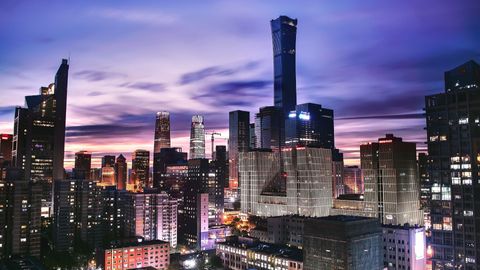
Beijing can be overwhelming on a first visit, and visa-free travel for Thais will be possible starting March. Therefore, we curated a list of Beijing’s top attractions to capture the essence of the mega-city, as per real locals in Beijing.
Beijing is home to a wealth of historical sites and a unique architecture and art collection. Everything in Beijing is extravagant, taking you through the magnificence of Chinese culture. Whether you want to bask in the city’s beauty by visiting the UNESCO World Heritage sites or immerse yourself in the memories of old Beijing with Hutongs, the capital city offers a wide variety of places for a holistic experience .
In short, the city has the perfect blend of ancient and contemporary avenues to scout. Here are the 20 best things to do in Beijing.
Beijing travel guide: Best things to do in the city
1. witness the great wall at mutianyu.
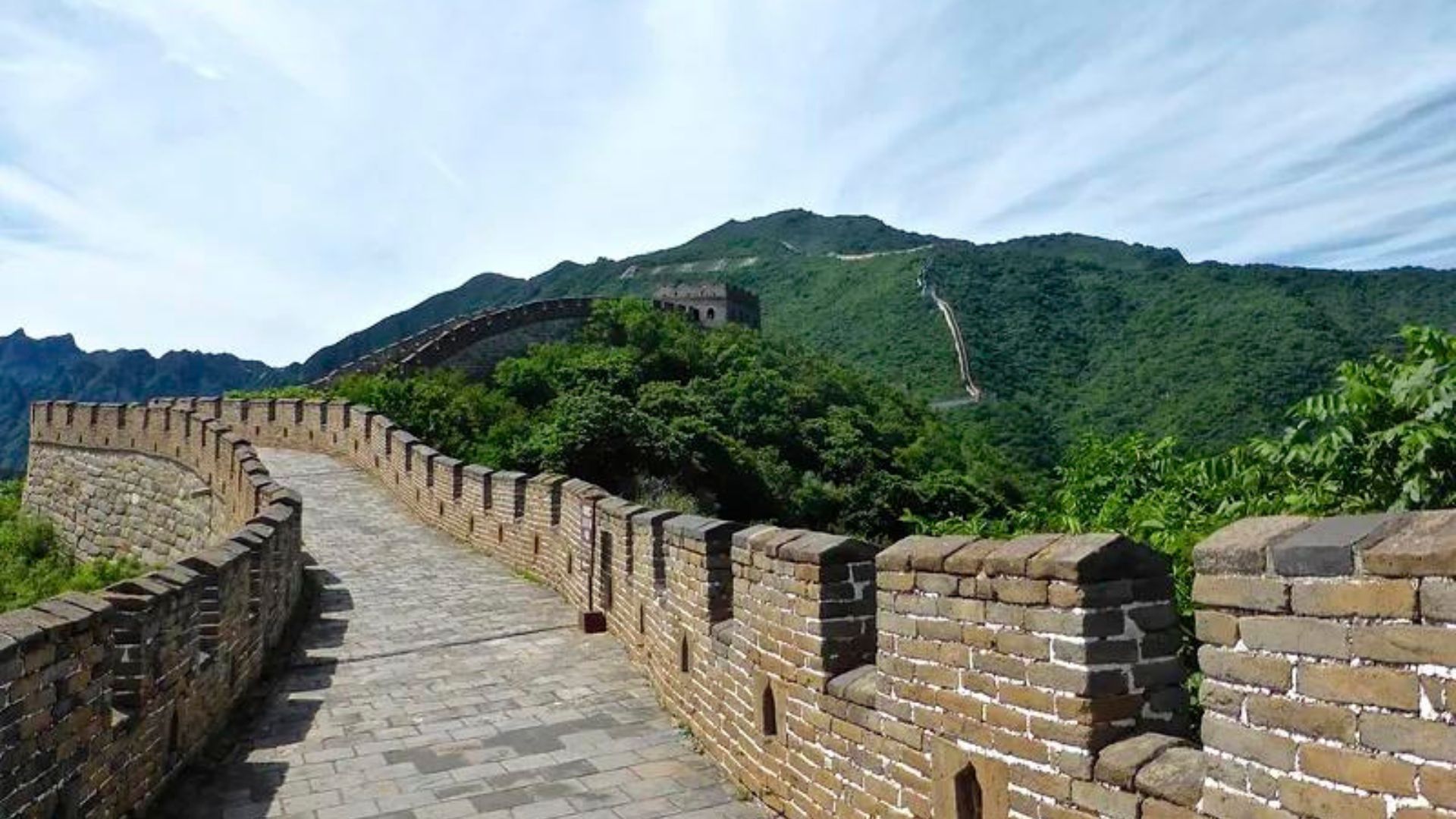
Spread across 4,000 miles, the majestic Great Wall of China has fascinated people for centuries. The trail was built during the reign of the Qing dynasty, in order to safeguard the region from Mongol insurgents. While there are several sections around Beijing to visit the awe-inspiring architecture, Mutianyu can be the perfect option with fewer crowds. It’s also the best-kept section of the entire stretch. If you’re an adventure enthusiast, the Jiankou section offers the best hiking and camping options. Gubeikou, Simatai and Jinshanling are also some great sections to explore.
We recommend you bring your own food and drinks since there are limited eating outlets here. The best time to visit is from April to May or September to October.
Timings : 8:30 am – 5 pm (Weekdays); 8:30 am – 5:30 pm (Weekends)
Entry fee : CNY 40 (USD 5.8)
How to reach : Board the Dongzhimen tourist line bus at the bus stop outside Dongzhimen. It starts at 8:30 am every day and returns at 4 pm from the Scenic P1 parking lot.
2. Visit the Forbidden City, symbol of China’s imperial power

The Forbidden City is the largest ancient palatial structure, taking tourists through wealthy empires that ruled China. To give you an idea, it’s three times the size of the Louvre Palace in France .
The UNESCO World Heritage site was home to 24 Chinese emperors belonging to Ming and Qing dynasties. The emperor and his subjects were allowed at the site until 1925, following which it was turned into a museum with the fall of the last emperor. The majestic halls and walls are reminiscent of Chinese culture.
It takes a minimum of two hours to explore the attraction. Book your tickets online for a hassle-free experience. The best time to visit is from mid-October to the end of November.
Timings : 8:30 am – 5 pm (April to October); 8:30 am – 4:30 pm (November to March)
Entry fee: CNY 60 (USD 8.7) (April to October), CNY 40 (USD 5.8)(November to March)
How to reach : Use subway line 1 and get off at Tiananmen West or East Station (exit B).
3. Go boating at Beihai Park

Beijing’s largest park and former imperial garden, Beihai offers several activities. The best is the hour-long boat tour on Houhai Lake, which sits right outside the park. The traditional Chinese carriage comes with a boatman, taking you through Lotus Market, the Qianhai area, the Yinding bridge and the Houhai area.
Get a closer look at the locals and their lifestyle while enjoying folk Pipa performances and munching on snacks. You can also visit the Buddhist temples located in the park. Other attractions include Nine-Dragon Screen, 5 Dragons Pavilion, and the White Dagoba.
Timings : 6 am – 9 pm
Entry fee : CNY 10 – CNY 20 (USD 1.45 – USD 2.9)(Peak season); CNY 5 – CNY 15 (USD 0.73 – USD 2.18) (Off-season)
How to reach : Take a bus from Tiananmen West and get off at Forbidden City followed by an eight-minute walk to Beihei.
4. Explore 798 Art District, one of Beijing’s trendiest spots
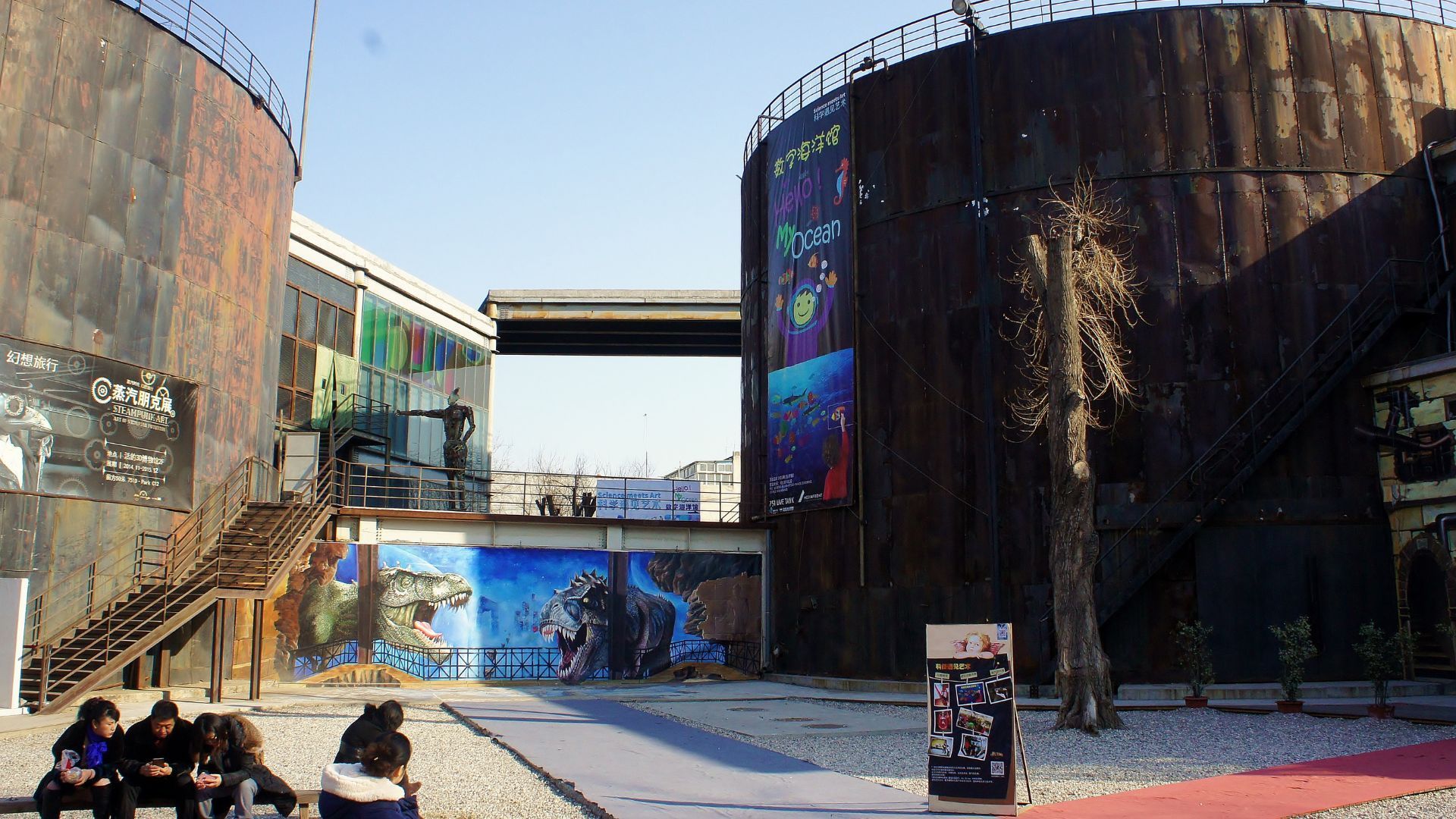
All art, culture, and fashion enthusiasts who’re looking to explore the funky and modern side of the city must visit the 798 Art District. Located 30 minutes outside of the city’s downtown area, this place was once full of abandoned, old factories designed by German experts. It has transformed into a unique art exhibition and workshop hub. There are a number of aesthetic cafes, bookstores, boutique stores and art galleries to explore here.
You’ll find fashion enthusiasts decked in chic clothes as well as uniformed workers, all in one place. Some of the must-visit attractions include UCCA Centre For Contemporary Art, 798 Art Factory, Ace Café and M Woods Art Gallery.
Timings : 9 am – 6 pm
Entry fee : Free entry
How to reach : Take a taxi from Dongzhimen and reach your destination within 10 minutes.
Book your stay at Grand Hyatt Beijing via Agoda.com
Book your stay at Grand Hyatt Beijing via Booking.com
5. Stop by Summer Palace, former royal retreat of emperors
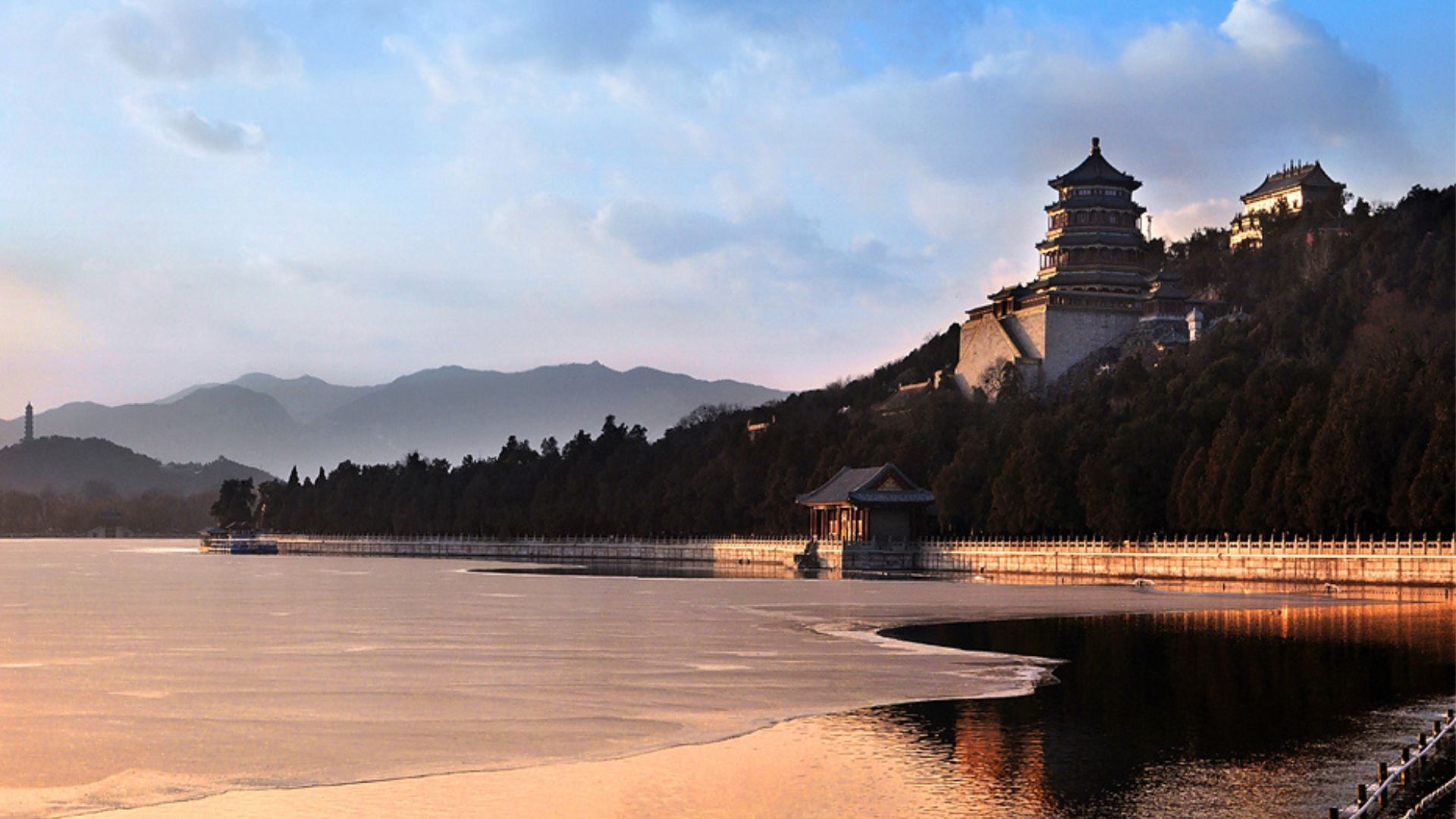
UNESCO aptly describes the Summer Palace as “a masterpiece of Chinese landscape garden design”. Among its several aesthetic marvels, the 728 meters decorative walkway is what stands out the most. It is decked with 14,000 colourful paintings on both sides, which narrate tales familiarising you with the rich history.
In addition, the gleaming Kunming Lake adds to the grandeur of the palace. Along with Longevity Hill, it forms the key landscape feature of the Summer Palace Gardens. The best time to visit the palace is from April to October.
Timings : 7 am – 7 pm
Entry fee : CNY 30 (USD 4.35) for adults and CNY 15 (USD 2.18) for students
How to reach : Take subway line 4 to Beigongmen Station and leave from exit 1.
6. Get a glimpse of Tai Chi at the Temple of Heaven
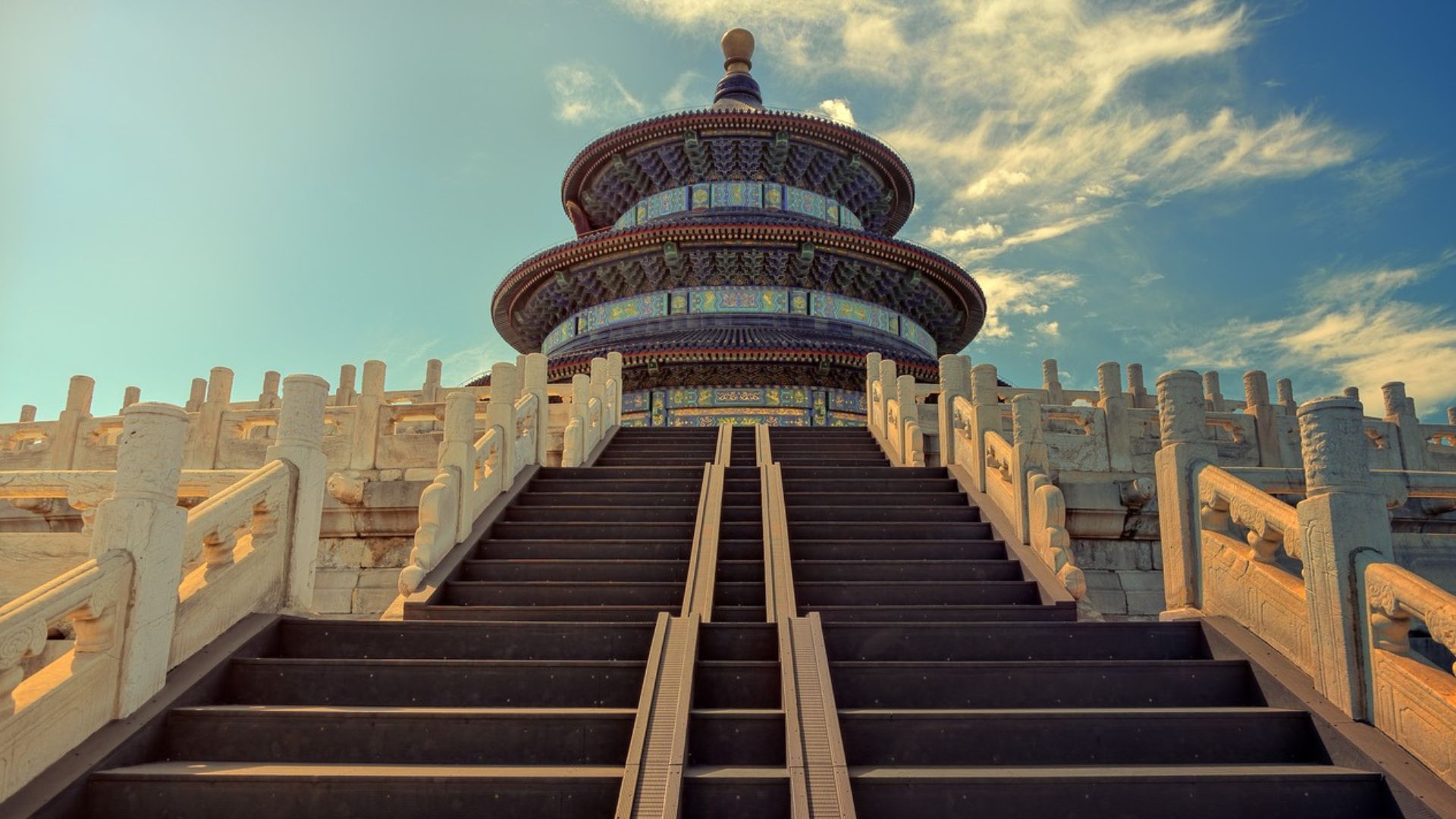
Also relating to the Ming and Qing dynasties, this must-visit place in Beijing consists of many religious buildings . The emperors were believed to perform the duties of the Gods here. Hence, it’s considered one of the holiest imperial places in Beijing. The Circular Mound Altar sits as the most important part of the site, where sacrifices were performed.
The Imperial Vault of Heaven, the Palace of Abstinence and Divine Music Administration are among the other sites of attraction inside the complex.
It’s also a great place to see locals go about their morning rituals, engaged in Tai Chi or Chinese yo-yo. The best time to visit the temple is from April to October.
Timings : 6:30 am – 10 pm (April to October:), 6:30 am- 8 pm (November to March)
Entry fee : CNY 15 (USD 2.18) (Peak season); CNY 10 (USD 1.45) (Off-season)
How to reach : Use subway line 5 to Tiantan Dongmen Station and take exit A.
7. Gaze through cultural relics at the National Museum of China
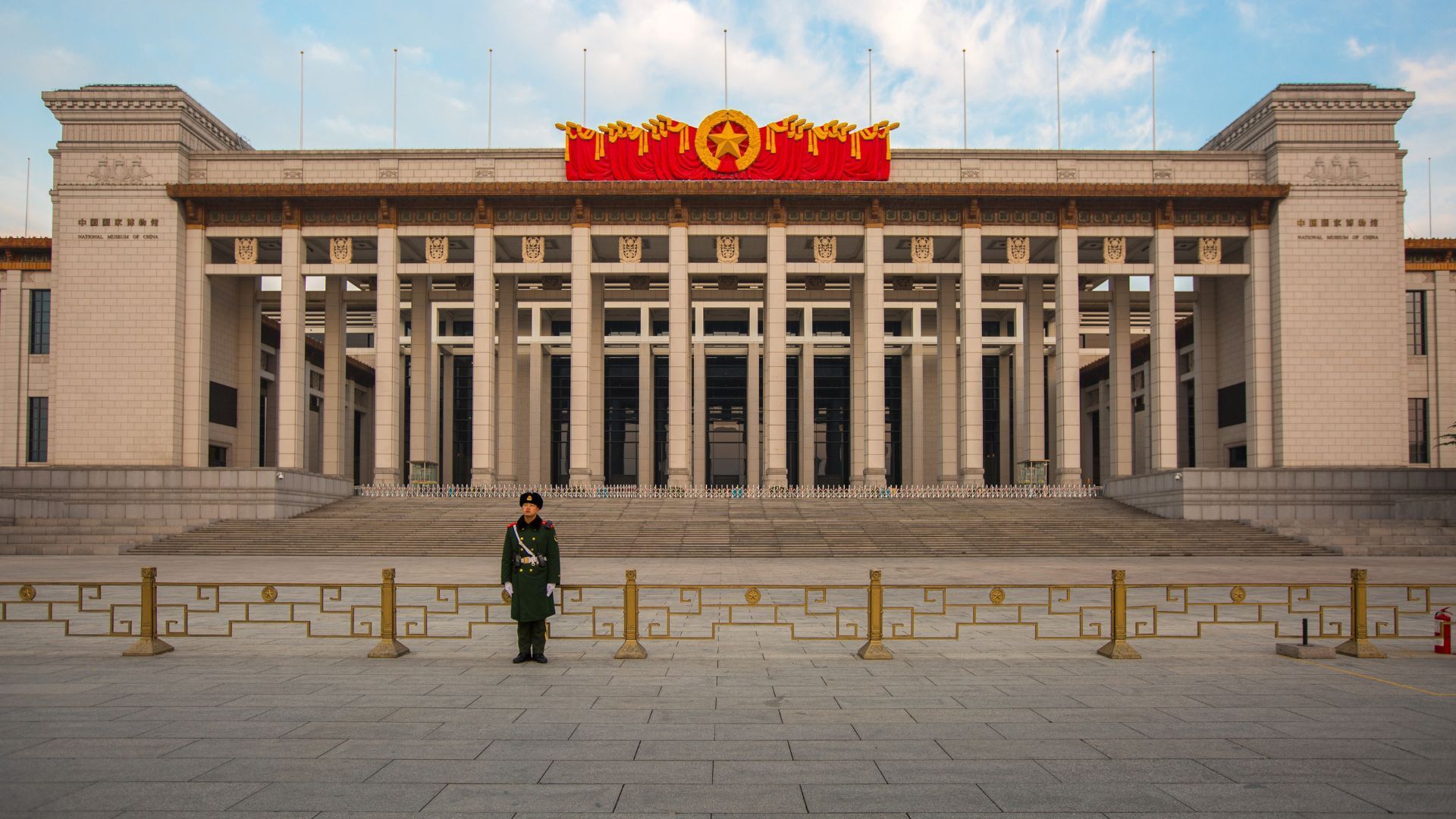
An amalgamation of two museums, the National Museum of China houses over 600 million historical and cultural artefacts of importance. The Museum of the Chinese Revolution and the National Museum of Chinese History converged to create this masterpiece, which opened to the public in 2003.
The 48 exhibition halls flaunt Chinese history from Yuanmou Man to the fall of the Qing Dynasty. Bring a valid ID to enjoy the free exhibitions and collect your free ticket from the ticket office. For those wanting to witness any special exhibition, visit the National Museum of China’s official website for bookings.
Timings : 9 am – 5 pm (Tuesday to Sunday)
Entry fee: Free entry
How to reach : Take metro line 1 and get off at Tian’anmen East Station. Use exit C or D.
Related Stories
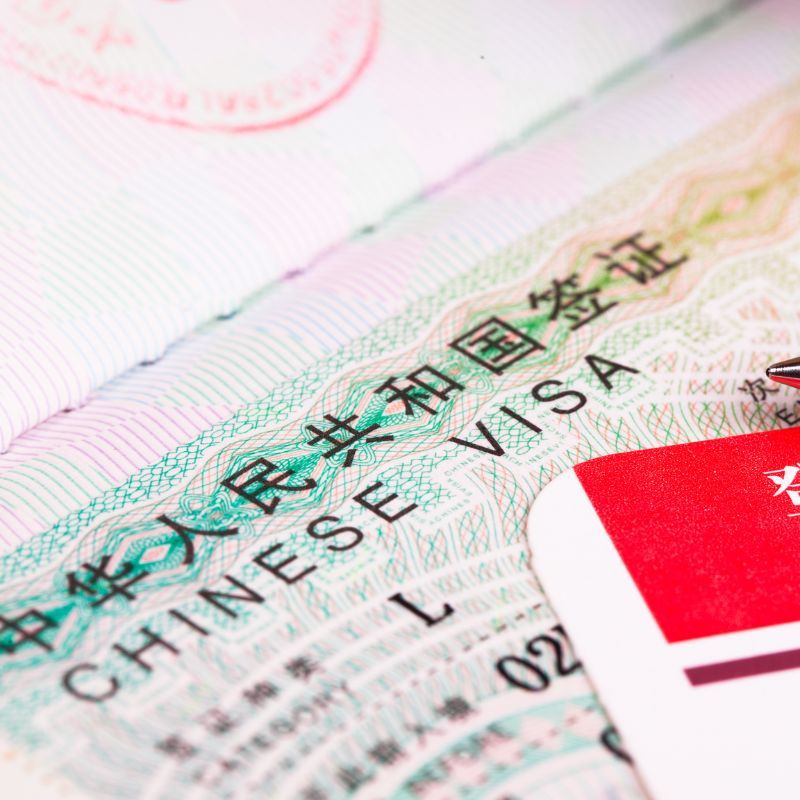
A Step-By-Step Guide for Applying for a Visa to China

Best Things To Do In Shanghai For The Trip Of Your Dreams
8. enjoy beijing opera at the liyuan theatre.
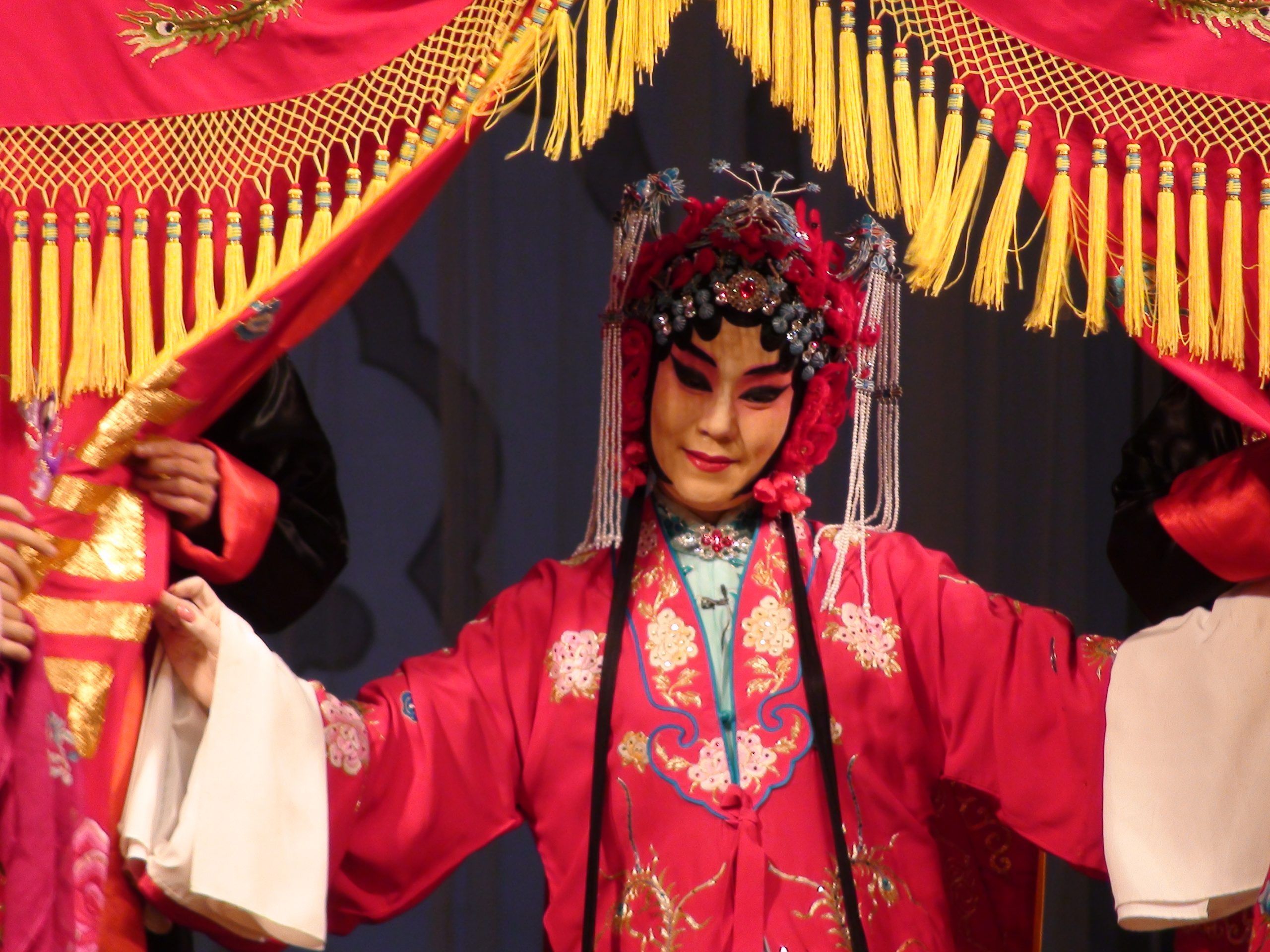
An amalgamation of music, art, and literature, complemented with stunning face masks, costumes, and choreography, the Beijing opera gives you a taste of the Chinese culture.
The Liyuan Theatre has been at the helm of entertainment affairs since 1990 and is considered one of the must-visit tourist places in Beijing. The theatre holds daily evening performances, so a quick detour to this place will serve your purpose. You can also book your tickets on their website .
How to reach : Located in Qianmen Jianguo hotel, the theatre can be accessed by subway at Hufangqiao Station on line 7.
9. Spend a romantic evening at Landiao Lavender Garden
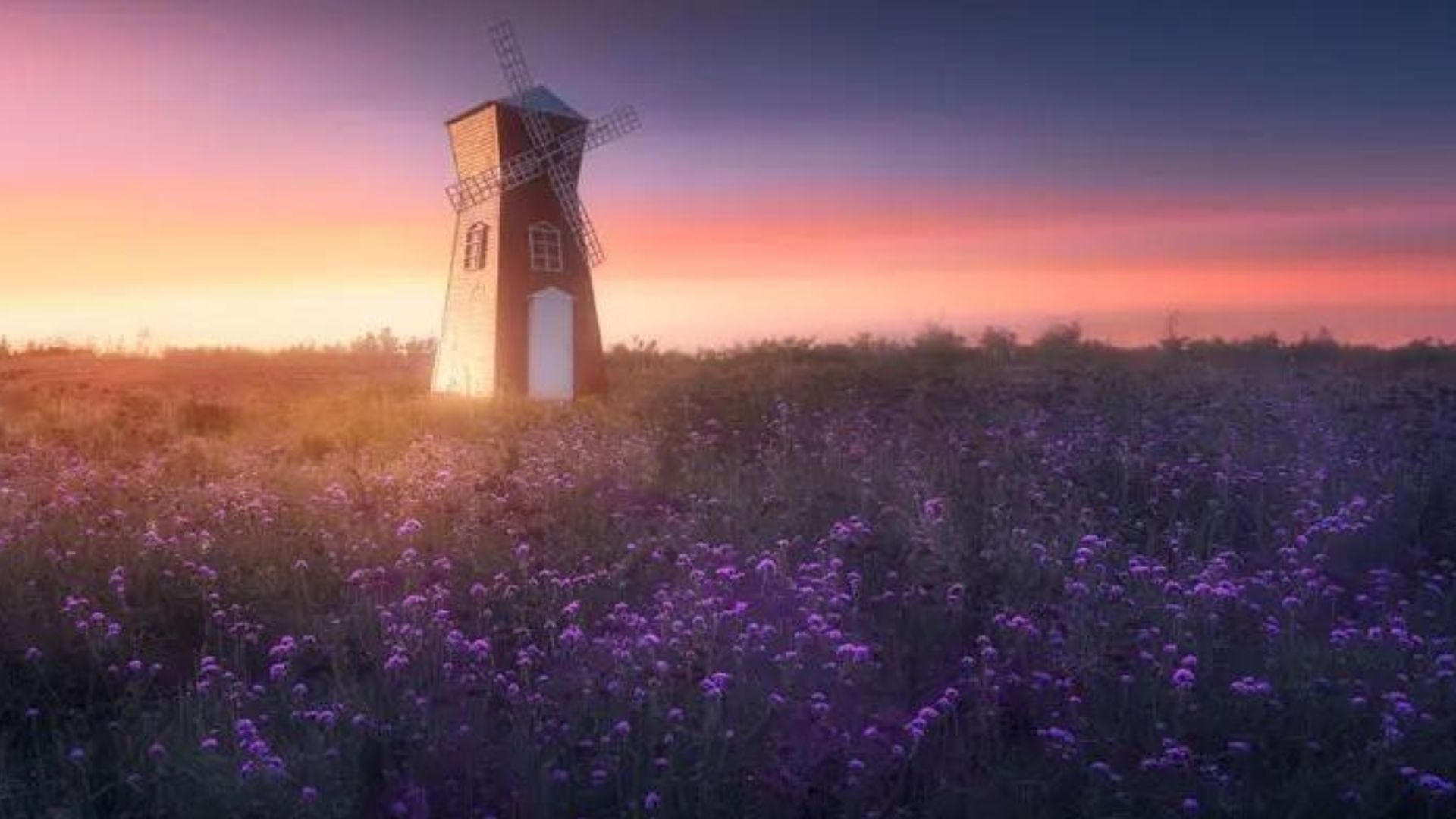
Popularly known as the ‘blues dreamland’ of Beijing, this garden is straight out of a fairytale. The garden has hot water springs, a wedding hall as well as a lavender farm, making it the perfect romantic spot for a stroll in the evening. Enjoy the fragrance of the blooms and don’t forget to buy lavender products while you’re here.
The best time to visit the garden is in July and August when the aromatic plants bloom. We recommend you spare at least half a day to cover the entire place.
How to reach: Get off at Shuangqiao Station and take a taxi.
10. Experience tranquillity at Yonghe Temple
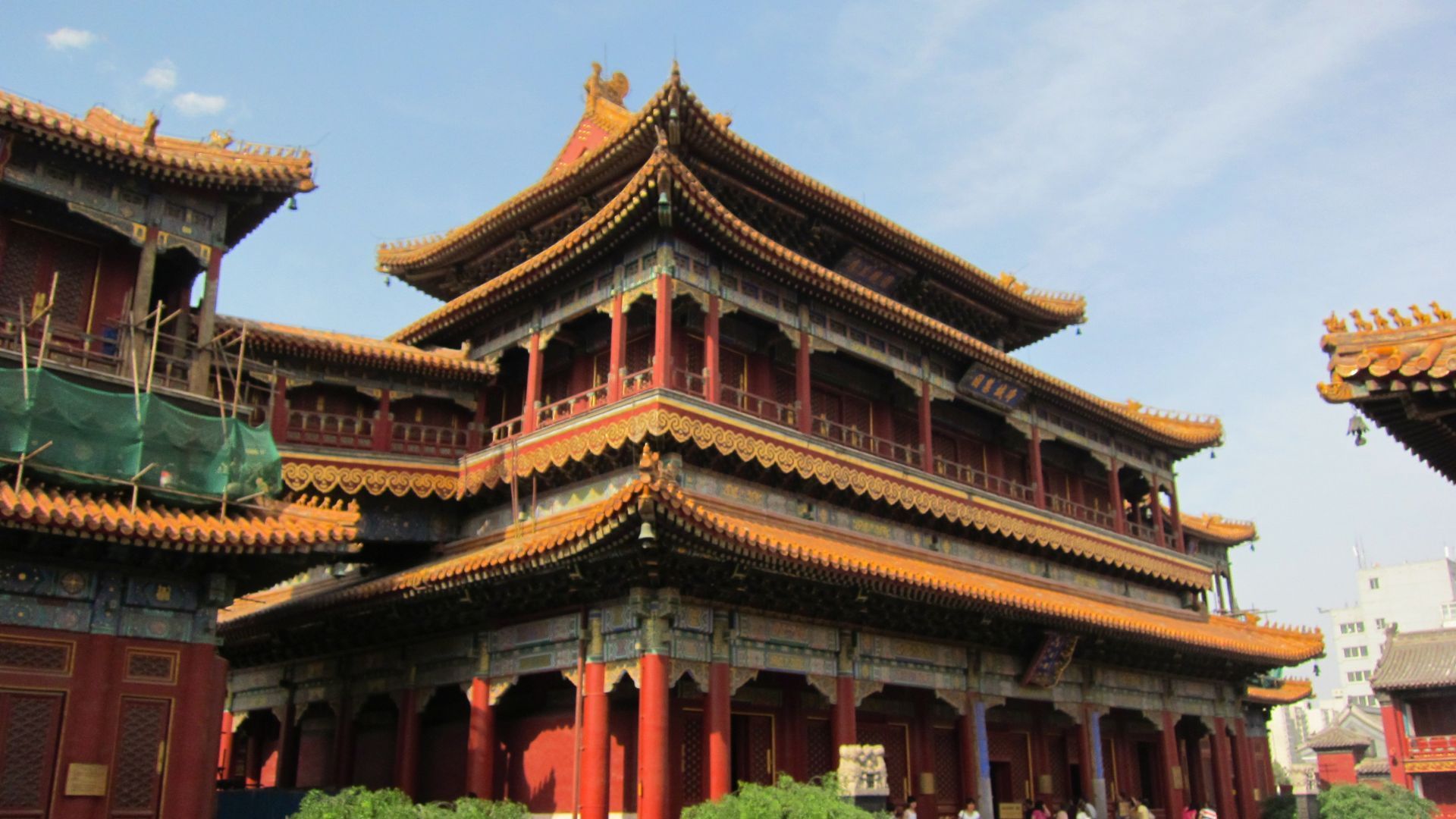
Also known as Lama Temple or Yonghe Lamasery, this temple is the biggest Tibetan Buddhist temple in Beijing, always crowded with locals. Not only does the temple serve as a museum of Tibetan Buddhism but is also a popular spot of worship. It comprises five main halls including statues of Gautam Buddha, Kasyapa Matanga and Maitreya Buddha. Additionally, the temple has three marvellous archways and a giant prayer wheel.
Timings : 9 am – 4:30 pm (April to October); 9 am- 4 pm (November to March)
Entry fee : CNY (3.63)
How to reach : Take subway line 2 or line 5 to Yonghegong station and use exit F.
Book your stay at Novotel Peace Beijing Hotel via Agoda.com
Book your stay at Novotel Peace Beijing Hotel via Booking.com
11. Shop at Wangfujing Shopping Street

The most famous shopping place in the whole of China, Wangfujing has everything from upscale shopping outlets, and boutiques, to traditional Chinese art and craft outlets, eateries and more. One of the most famous attractions here is the St. Joseph’s Cathedral, a centuries-old Catholic church by the Portuguese.
Another must-visit spot at Wangfujing is Snack Street, which offers lip-smacking foods from stand to stand, including fried scorpion, snake kebobs, chicken kebobs and more.
How to reach: Use subway line 1 and get off at Wangfujing Station and then take exit A.
12. Visit the stunning Beijing National Stadium or ‘bird’s nest’
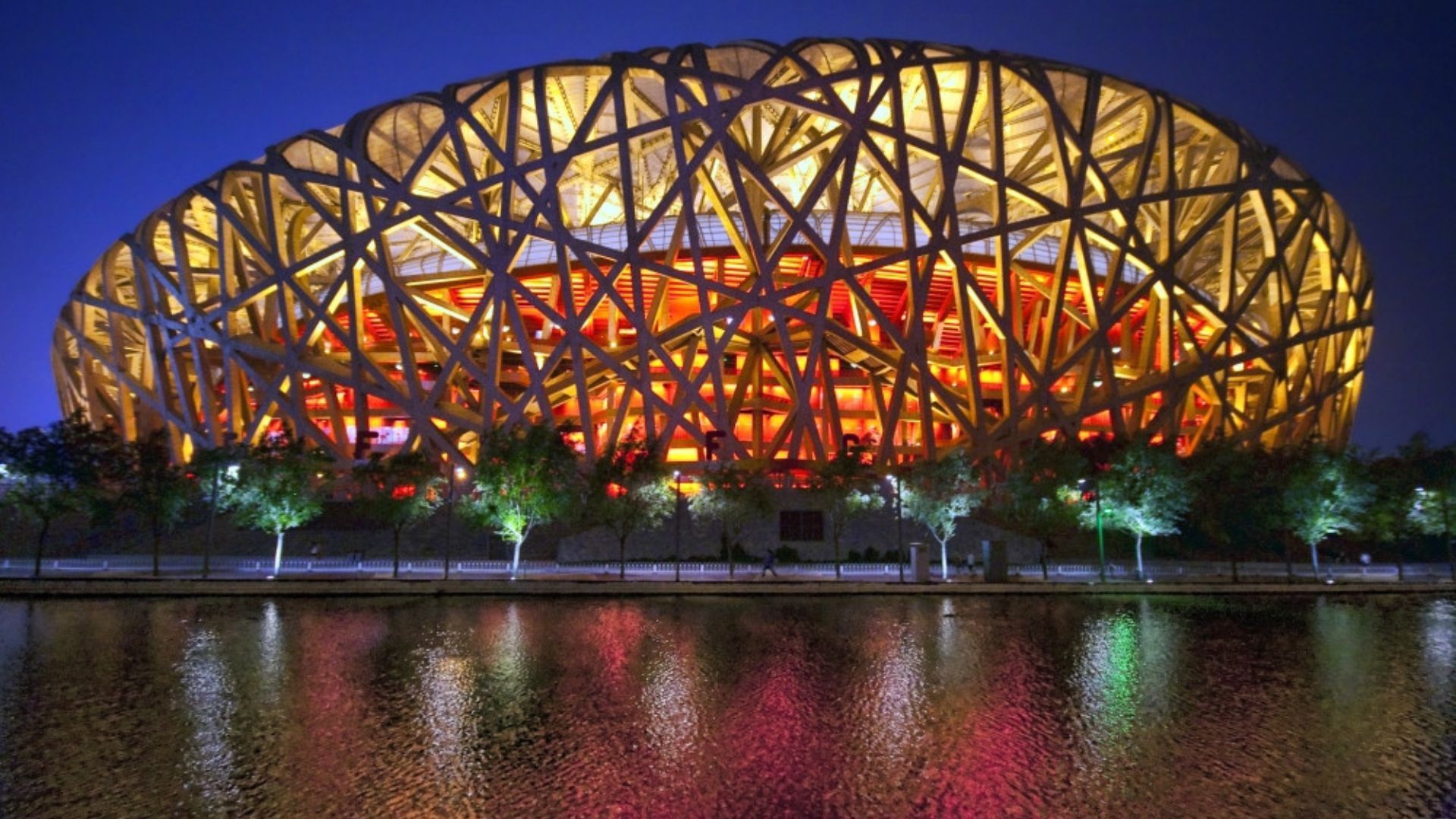
The striking stadium famously called the ‘bird’s nest’ that was constructed during the 2008 Summer Olympics is quite an engineering marvel. Its complex yet fascinating shape is inspired by Chinese-style ‘crazed pottery’ and the outer shell is the world’s largest steel structure.
Following the Olympics, the stadium has been used for conducting athletic events, football faceoffs as well as concerts. If you’re visiting the city for the first time, you can’t miss this place.
Timings : 9 am – 5:00 pm (November to March), 9 am – 2:30 pm (April to October)
Entry fee : CNY 50 (USD 7.25)
How to reach : Use line 8 subway to Olympic Sports Centre Station and walk for 10 minutes.

These Are Some Of The Most Beautiful Places In China
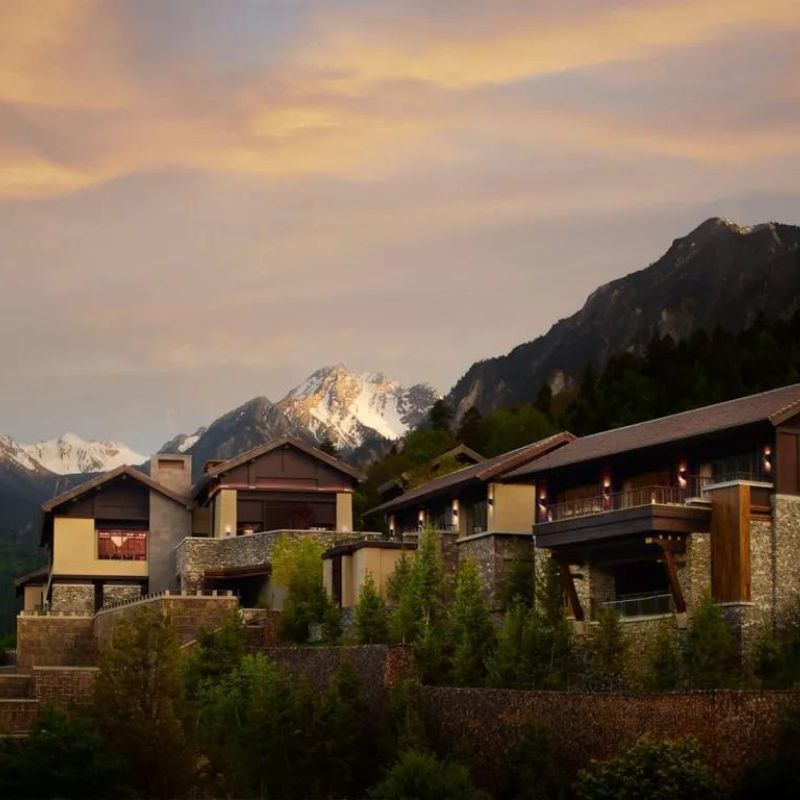
Ritz-Carlton Rissai Valley Is Its First Reserve Resort In China
13. take a stroll in shichaha, a calm oasis.
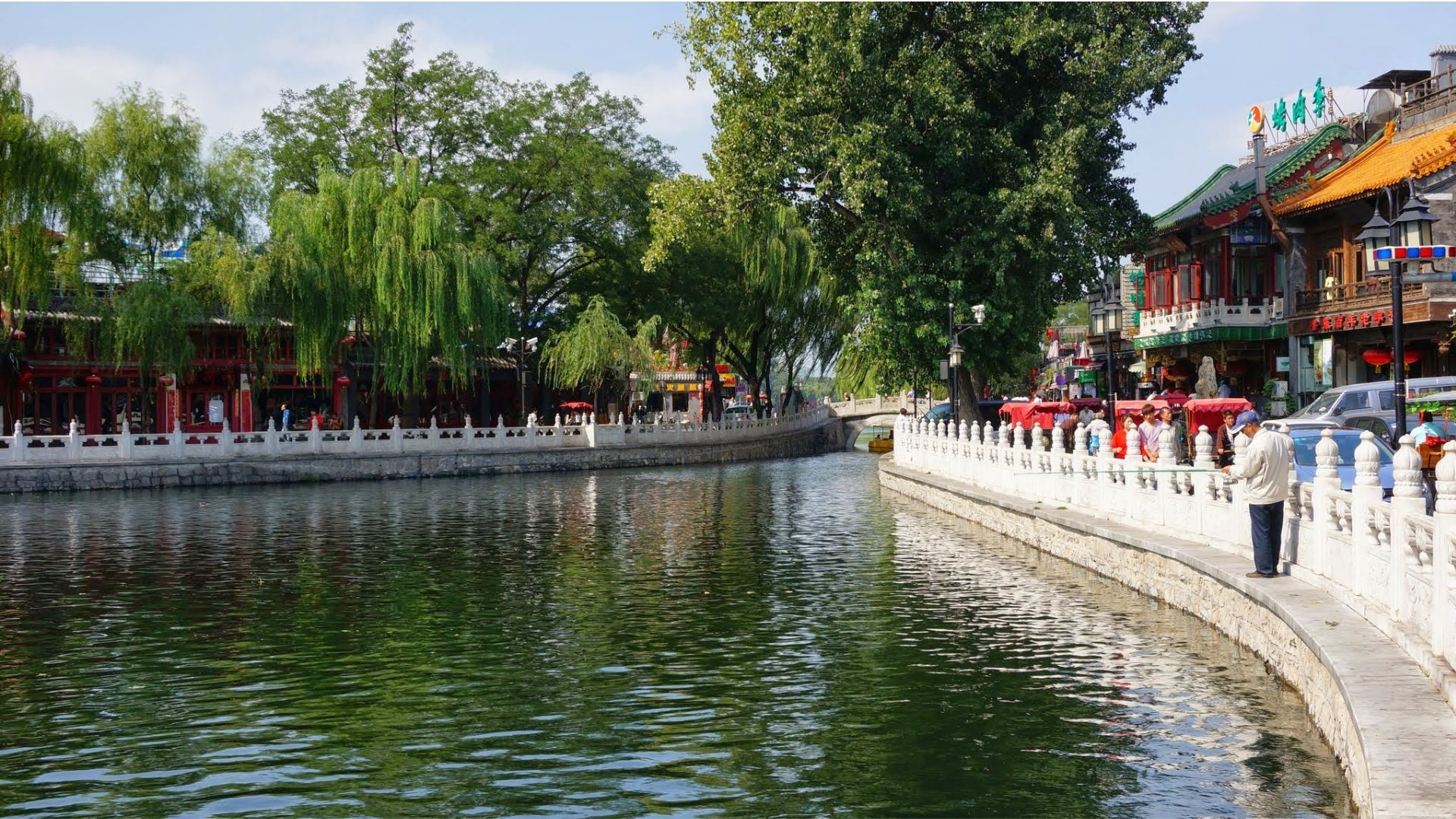
Composed of three lakes, Shichahai is a haven for all those looking to bask in tranquillity. It used to be a recreational spot for people during the Ming Dynasty, so you’ll spot many of their mansions and homes here. The major attraction for tourists is the Hutongs. Find yourself surrounded by a slew of bars and restaurants tucked on the banks and make sure to relax over a drink, watching locals in their element.
How to reach: Use subway line 8 directly to Shichahai.
14. Visit the resting site of the emperors at Ming Tombs
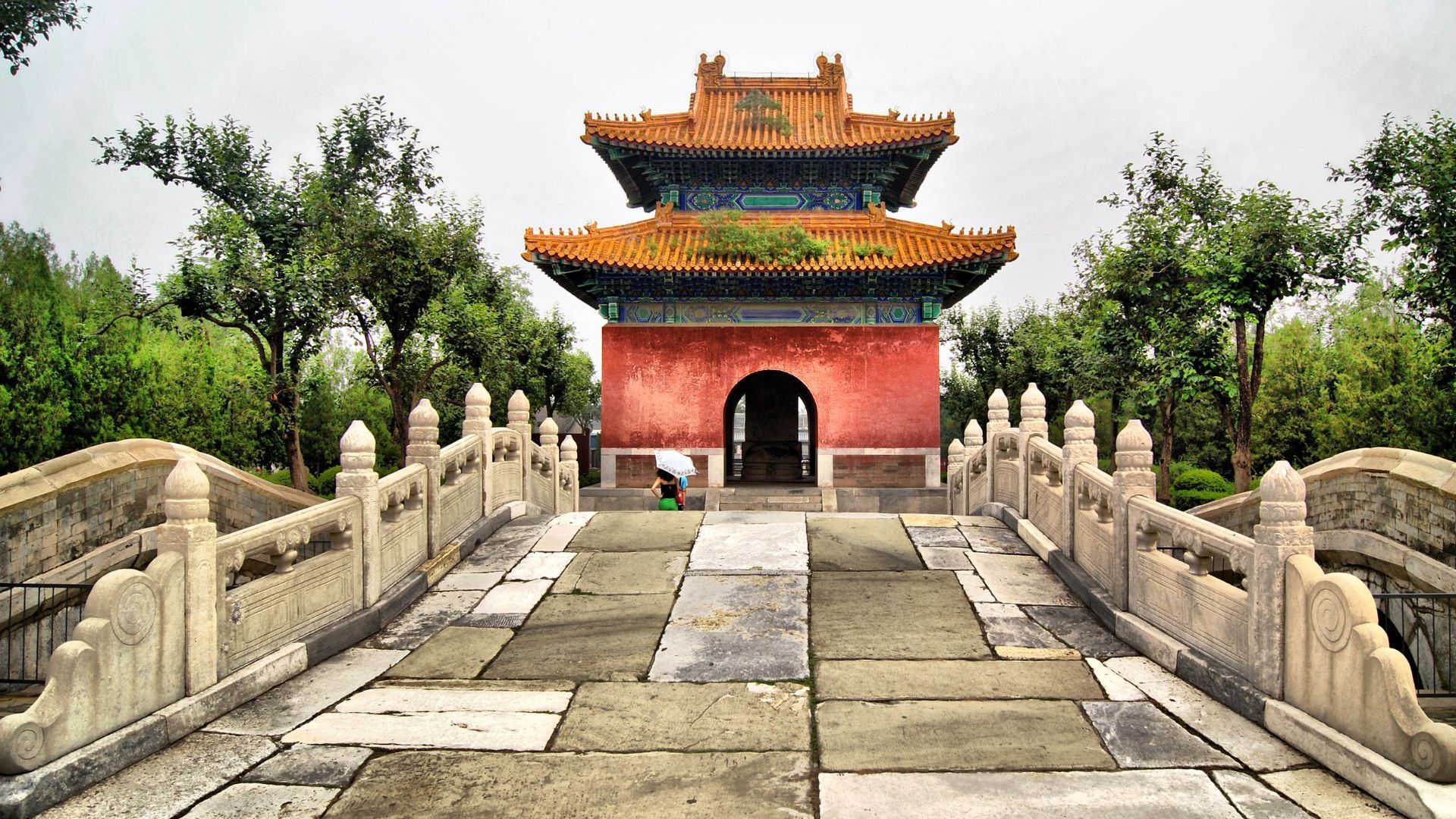
The UNESCO World Heritage site houses the tombs of 13 Ming emperors. The Yongle emperor was the first to have his tomb built here per the rules of feng shui.
Each tomb has its independent unit, built at the foot of the Tianshou Mountains. The units range from half a kilometre to eight kilometres. Please note that only three tombs are open for public view: Changling tomb, Dingling tomb and Zhaoling tomb.
Timings : Usually from 8 am – 5 pm (differs from tomb to tomb)
Entry fee : Ranges from CNY 20 (USD 2.9) – CNY 130 (USD 18.86) according to the areas you’re planning to cover
How to reach : Bus 877 takes you from Deshengmen Bus Station to Badaling Great Wall. After touring Badaling, use bus 879 to reach Sacred Way, Changling and Dingling. Zhaoling is also in the vicinity.
Book your stay at Regent Beijing via Agoda.com
Book your stay at Regent Beijing via Booking.com
15. Enjoy the nightlife at Houhai
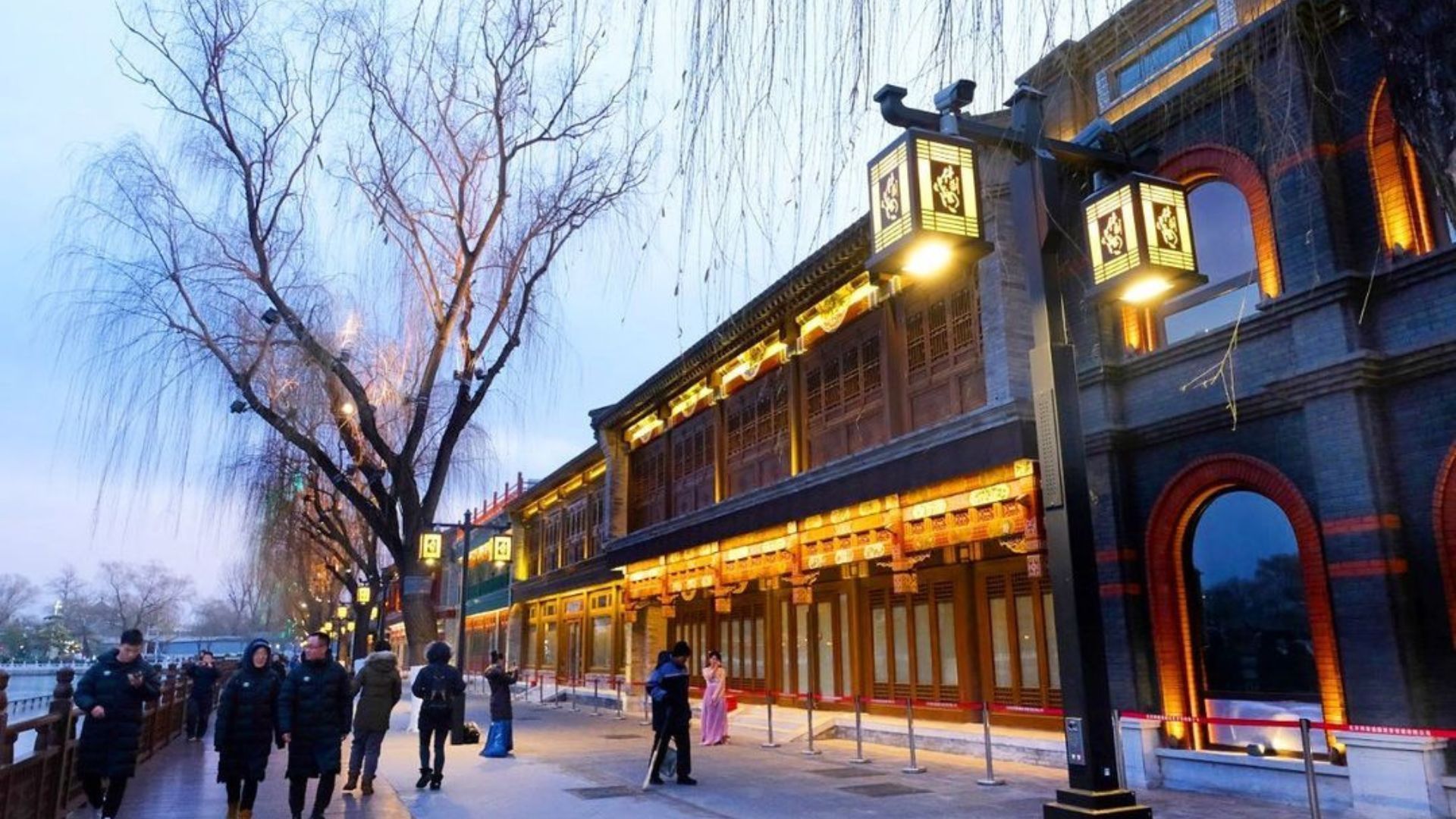
The former relaxation spot for Yuan Dynasty royals, Houhai is an artificial lake that has become highly famous for its nightlife. As the sun sets, the live music bars come to life. You’ll find youth hopping cafes and bars as well as tourists navigating the neighbouring Hutongs and courtyards of celebrities and former officials. Take a stroll through Prince Gong’s mansion and the former residence of great poet Guo Moru. Also visit Yandaixie Street to enjoy scrumptious food and buy antiques.
Zoom, a Britain-style football bar, is one of the most popular cafes here. If you love jazz, hit The East Shore Live Jazz Cafe that hosts live music performances.
How to reach : Use line 2 subway from the Qianmen Station and get off at Gulou Dajie Station.
16. Go to Gubei Water Town for a romantic getaway
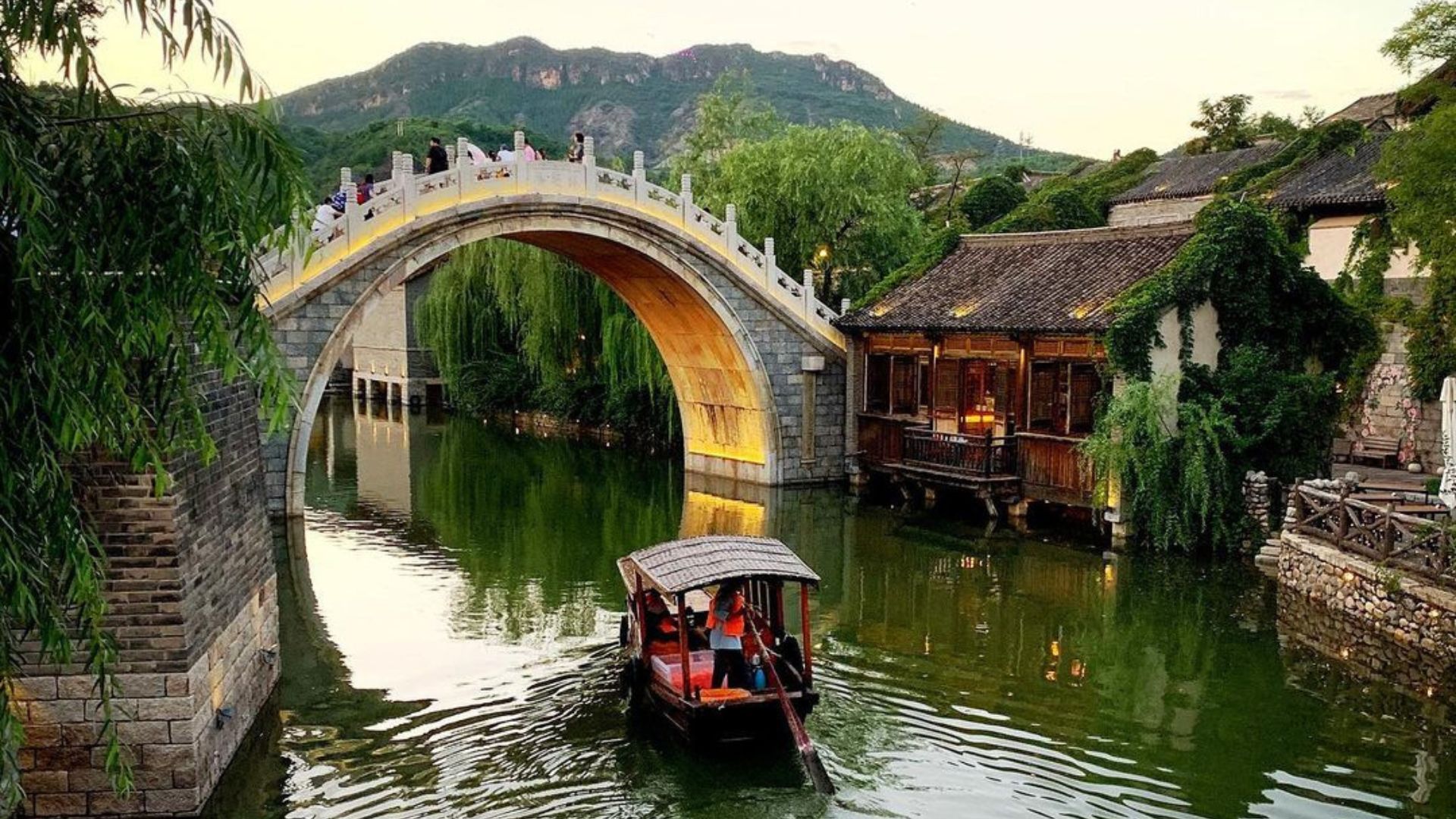
One of the most popular sightseeing and holiday destinations in Beijing, the town boasts picturesque mountains, ancient villages, and lakes. With its quaint and tranquil aura enveloped in yellow lights, Gubei is an ideal romantic abode. Enjoy hot springs in your hotels, take a sightseeing boat or relish Chinese wine at the distilleries. Adventure junkies can also hike up the Simatai Great Wall right next to the town to get a bird’s eye view of the place.
There are also many amazing restaurants in the town to explore. To relish local delicacies like spiced corned eggs, pancakes, dumplings, barbecued pork and more, we recommend stopping by the Great Wall Bar.
Entry fee : CNY150 (USD 21.76)(only Gubei) and CNY170 (24.66)(combo ticket for Simatai and Gubei)
How to reach : Take the tourist bus from Dongzhimen at 9 am, 12 pm, or 3:30 pm. Get off at Gubei Water Town in two hours.
17. Soak in the panoramic views of the Forbidden City from Jingshan Park
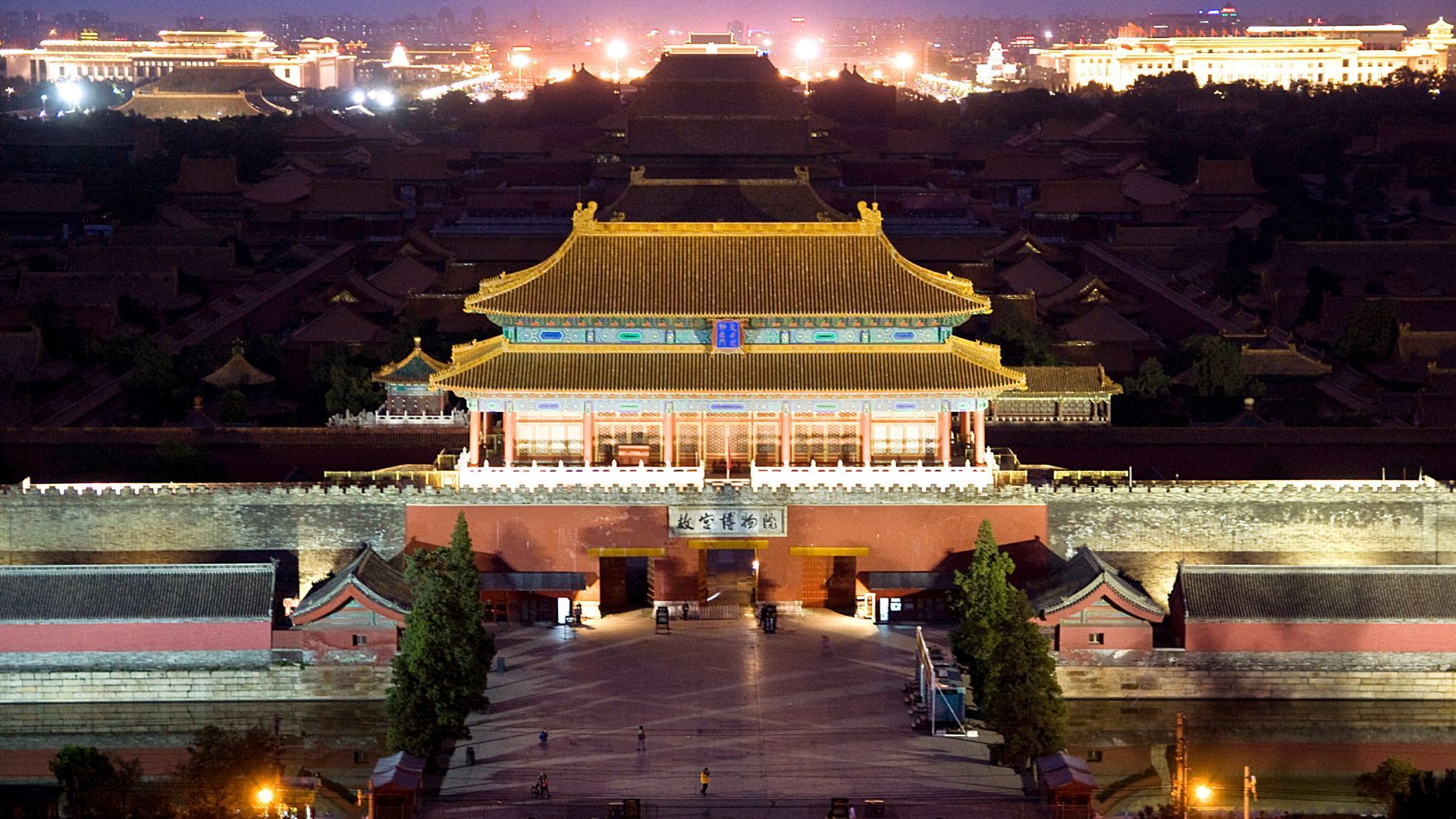
If you’re a sucker for sunset views, you must visit Jingshan Park to see the Forbidden City’s gorgeous architecture at dusk. Hills, ancient buildings and lakes make up the gorgeous landscape. The most luring of them all is the artificial hill called Jingshan or Prospect Hill which offers mesmerising views of the Forbidden City and Beijing.
The best time to visit the place is in May when the Peony Festival takes place. More than 20,000 peonies across 200 varieties blossom in the garden, making it every anthophile’s dreamland.
Entry fee : CNY 2 (USD 0.29)
Timings : 6:30 am – 9 pm (April to October), 6:30 am – 8 pm (November to March)
How to reach : Take subway 8 to Shichahai Station and leave from exit C.
18. Offer prayers in the second largest Confucian temple in China
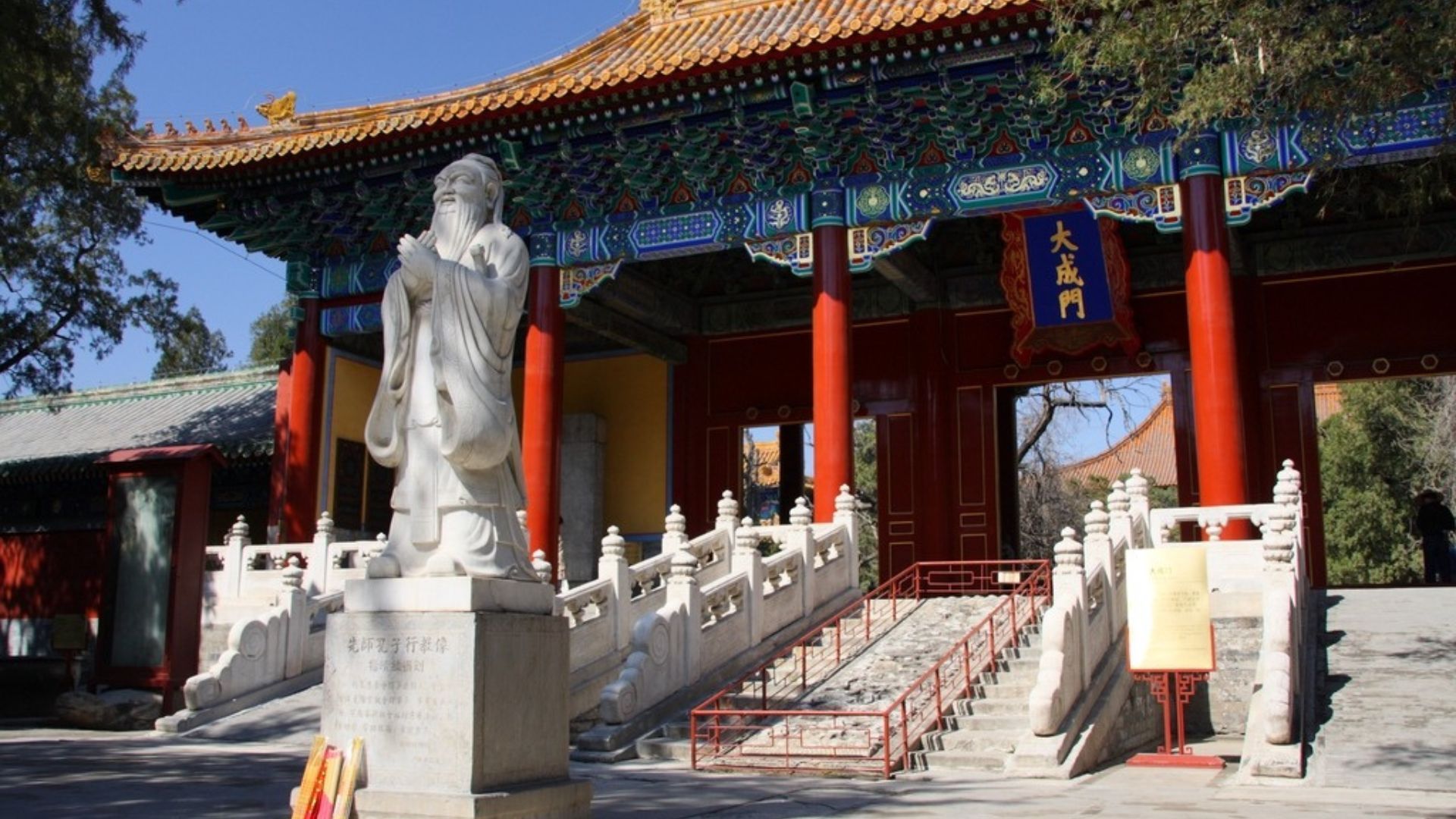
Located to the west of the Lama Temple, this site is dedicated to Confucius, a great thinker, philosopher and educationalist in ancient China. His teachings were developed into ‘Confucianism’, which spread across parts of Asia and Europe . This is also the second-largest temple dedicated to the philosopher, after the temple of Confucius in Qufu.
You’ll find about 200 stone tablets inscribed with the names of notable scholars of the Yuan, Ming and Qing dynasties. The temple also houses pavilions dedicated to the Ming and Qing dynasties along with pertinent information about Chinese history. Next to it is also the Imperial Academy, the highest education institute of these dynasties. Both these places must be on your itinerary as you visit Beijing.
Timings : 8:30 am-6 pm (May to October); 8:30 am- 5 pm (November to April)
Entry fee : CNY 30 (USD 4.35)(combo ticket including Confucius Temple and Imperial Academy)
How to reach : Take bus 13 or 684 bound for Guozijian Station or 116 or 117 to get off at Yonghe Temple Station.
19. Buy antiques from Liulichang Market
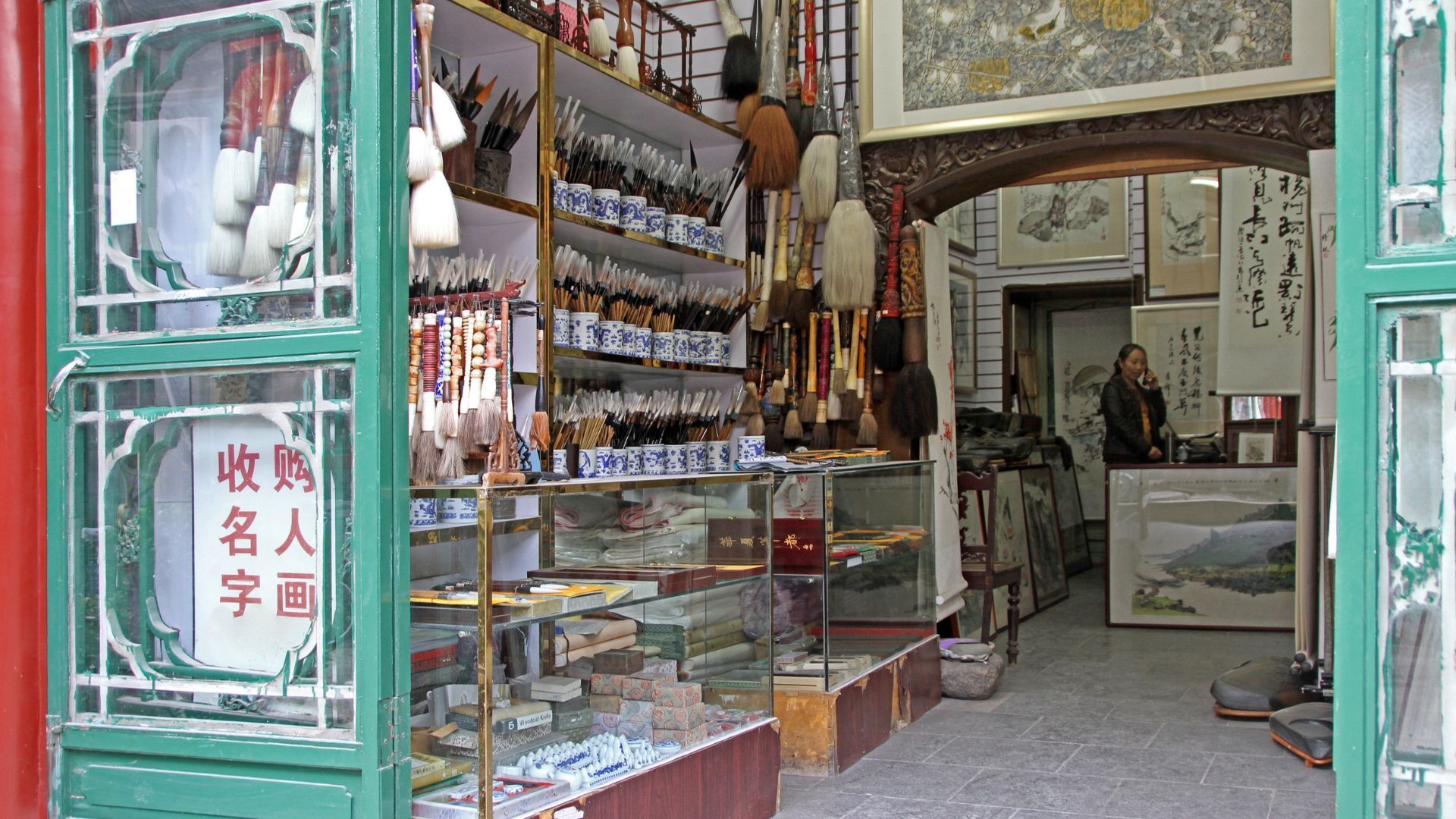
If you’re looking to take back exclusive mementoes from your trip to Beijing, this antique market is the place to visit. Stretching just over 750 metres, this street has everything from old coins, books, stamps, paintings, ink stones and more. Also lying in quaint corners are wine shops, teahouses, and restaurants.
Timings: 9 am – 6 pm
How to reach : Use subway line 2 and get down at He Ping Men Station.
20. Enjoy Kung Fu show at Red Theatre
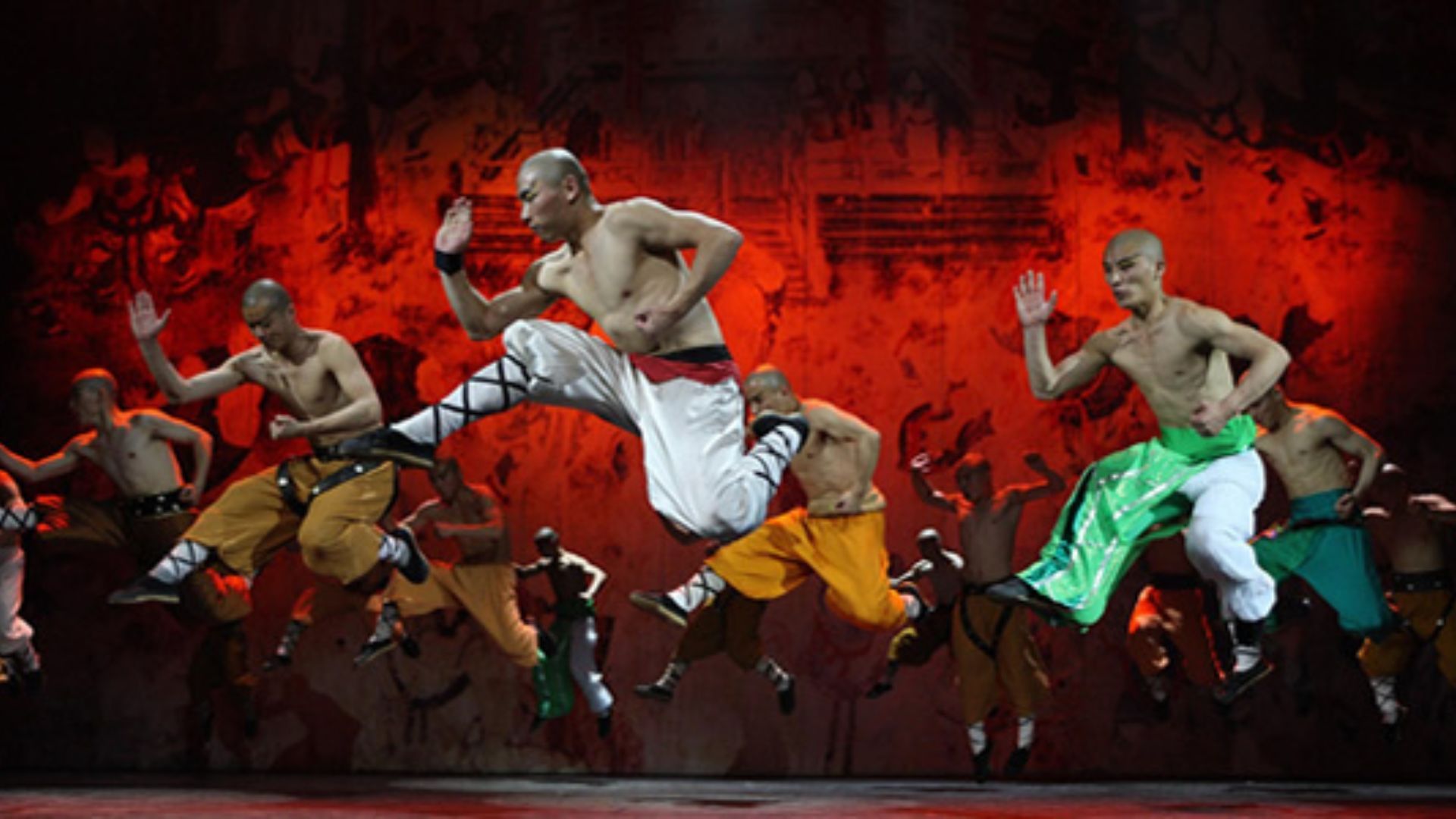
The Chinese martial art has long fascinated people across the globe and Beijing’s Red Theatre is the best place to witness it. The theatre hosts a ‘Legend of Kung Fu’ show, chronicling the tale of a young boy who overcomes several obstacles to fulfil his dream of becoming a Kung Fu master. An amalgamation of acrobatics, dance and Kung Fu, this show is extremely spectacular.
Timings : 5:15 pm – 7:30 pm (daily)
Entry fee : Ranges from CNY 280 (USD 40.62) to CNY 880 (USD 127.66). You can book tickets online via Red Theatre’s website .
How to reach : Use subway line 7 to Guangqumennei station and leave via exit D.
Shop the best travel experiences here.
This article first appeared here .
All currency conversions were done at the time of writing.
(Hero and feature image credits: zhang kaiyv/Unsplash)
Related: Uncover China’s Seaside Splendour: 6 Beach Destinations For Your Travel Bucket List
Frequently Asked Questions (FAQs)
What are the requirements to travel to Beijing? All China-bound travellers, including Beijing, require a negative COVID-19 report within 48 hours of flight departure.
How many days do you need to explore Beijing? Occupied by 22 million people across 10,000 sq km, you will need at least a week to visit the main attractions of the mega city.
What are the best free things to do in Beijing? Visit the National Museum Of China, 798 Art Zone or take a walk along the Hutongs for free in Beijing.
What is the best time to visit Beijing? The months of April to May and September to October are perfect for visiting Beijing.
- Beijing Hutongs
- beijing luxury hotels
- beijing travel guide
- The Great wall of china

Kriti Nayyar
Kriti is a stay-at-home dog mama, whose knack for telling interesting stories keeps her erstwhile monotonous life sane. A literature & journalism degree holder, you'll find her binging on Agatha Christie novels while critiquing the everyday state of affairs. On Kriti's seldom social outings, she's seen devouring coffee sangria with appetizing bread .. Read More on the side. Read Less
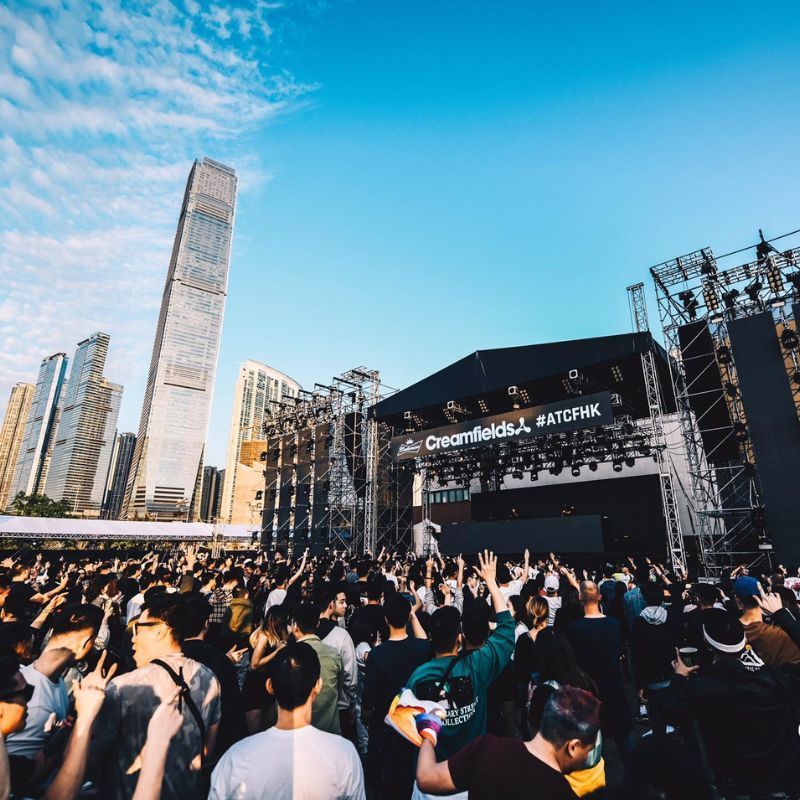
April In Hong Kong: 10 Best Events For An Absolutely Incredible Month
By Jianne Soriano
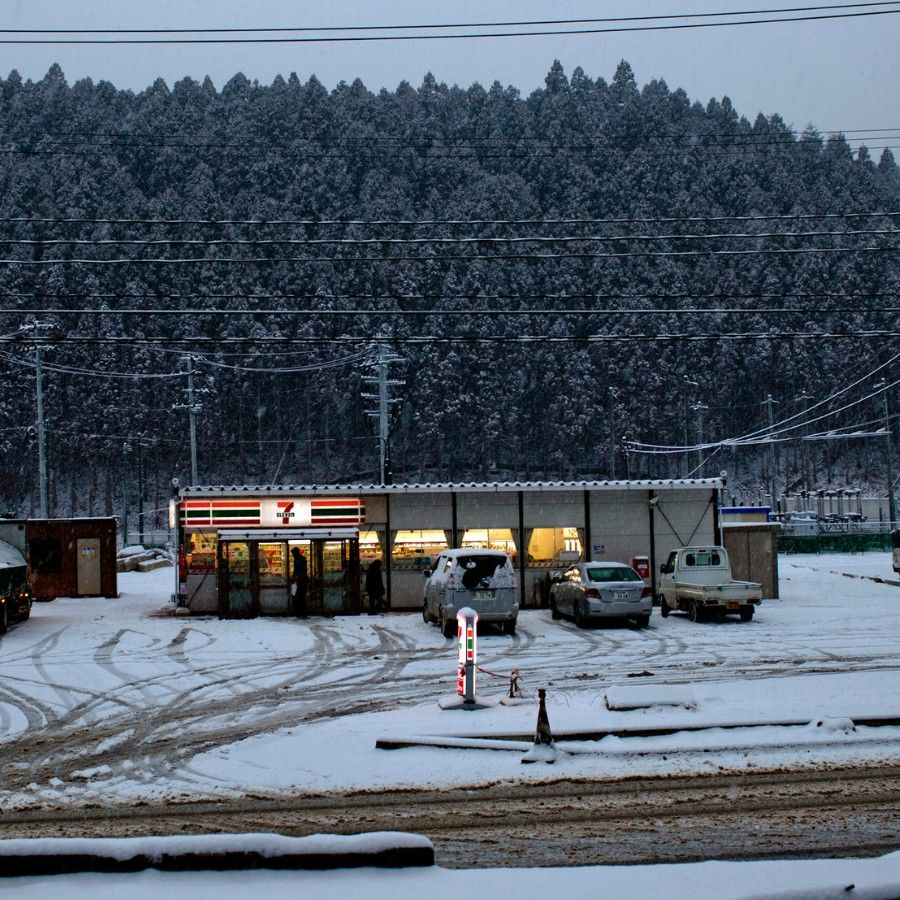
Konnichiwa Konbini! Why We Love Japan’s Humble Convenience Stores
By Kissa Castañeda
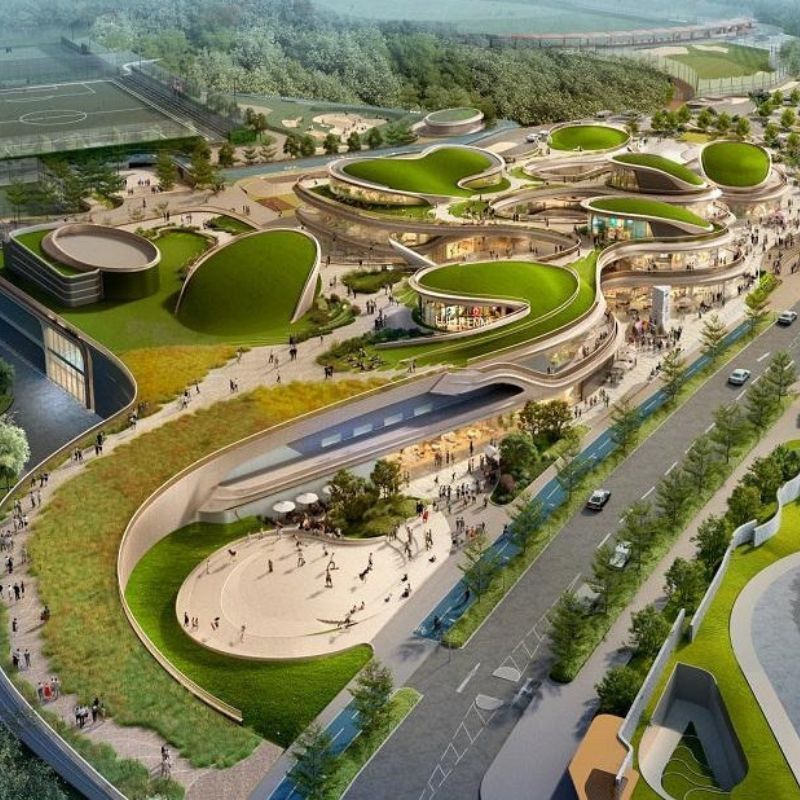
What To Expect From Go Park Sai Sha, A New Shopping Landmark In Hong Kong By Zaha Hadid Architects
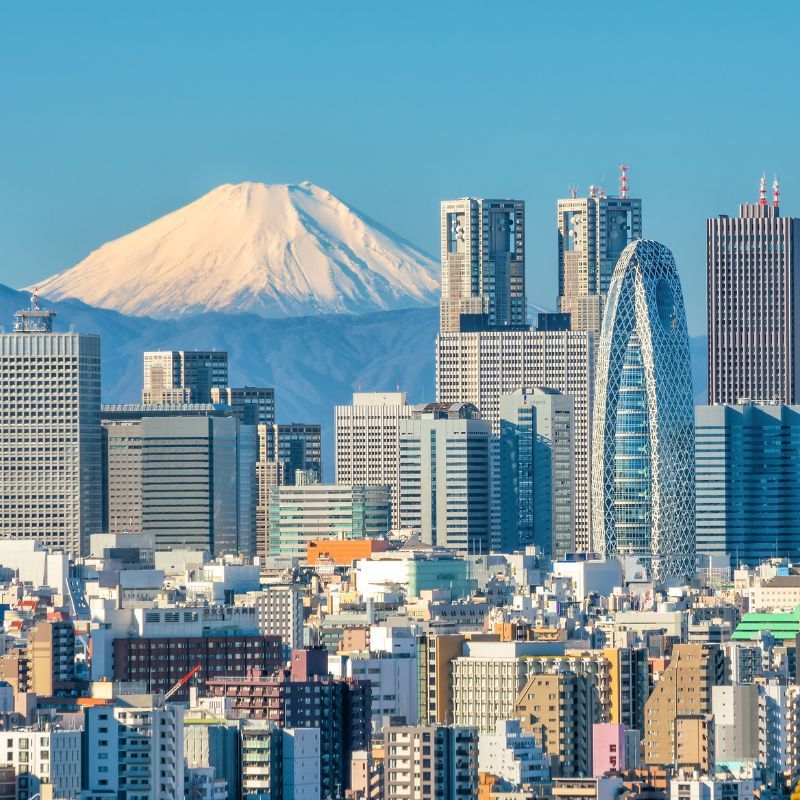
Tokyo Vs Kyoto: Which City Should You Include In Your Japan Itinerary?
By Sharon Alphonso
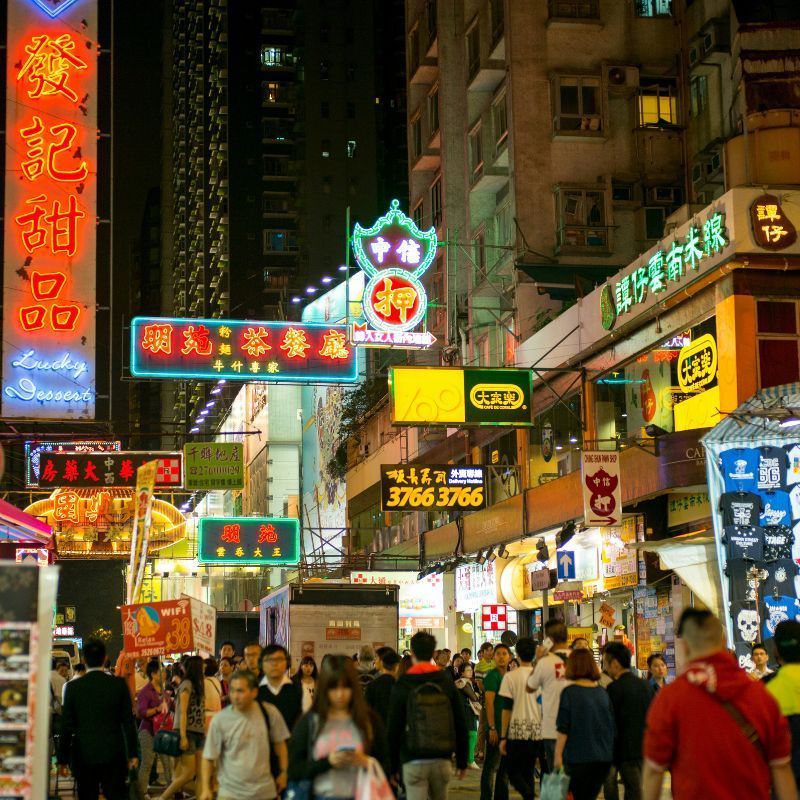
Hong Kong Shopping Guide: The Best Malls And Streets To Shop For Every Kind Of Product
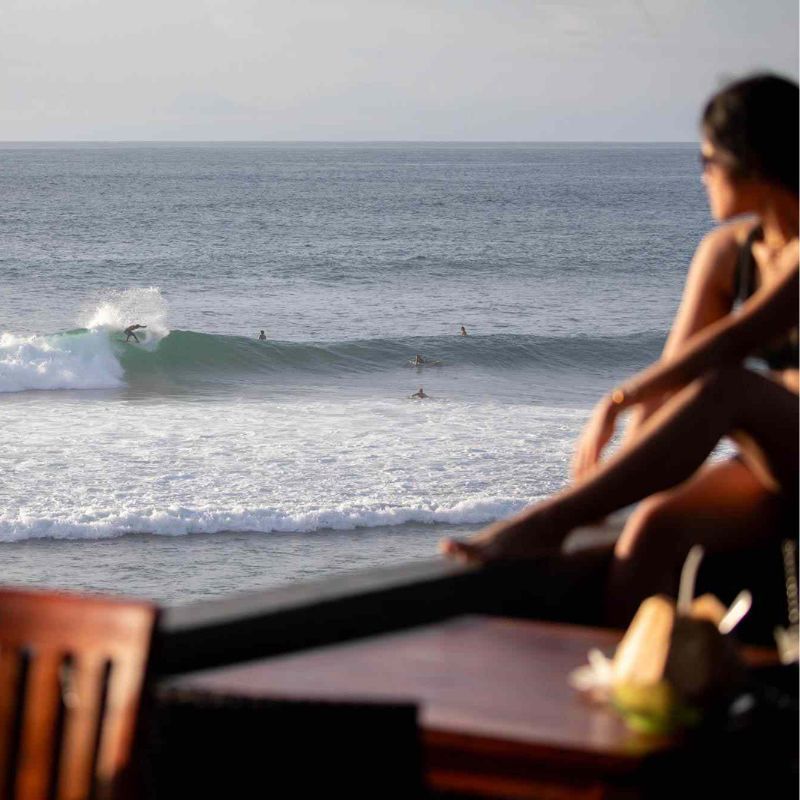
This Affordable Island Is The Top Vacation Spot For Couples, Research Finds
By Stacey Leasca
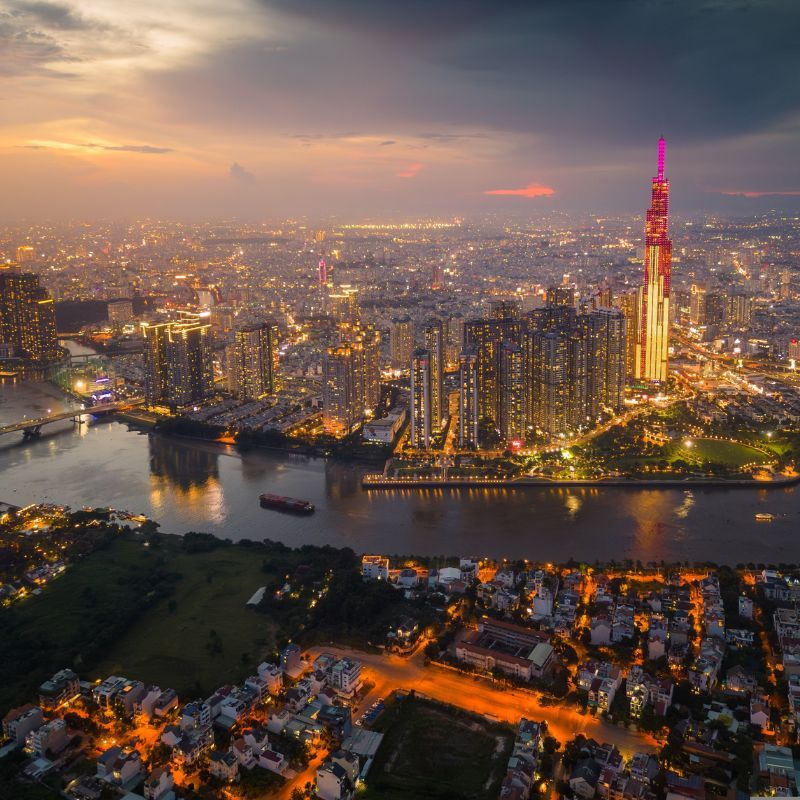
Chase Sunshine, Festivals, Food, And Adventure: Best Time To Visit Vietnam
By Shubhanjana Das
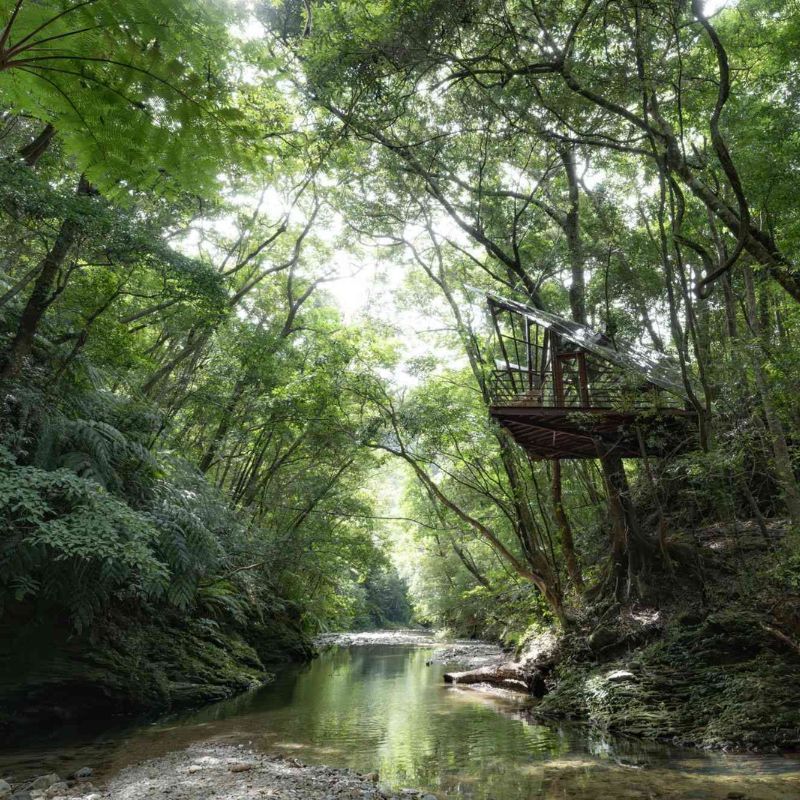
This Tree House Resort In Japan Has A Slide From A Sauna Into The Genka River
By Rachel Chang
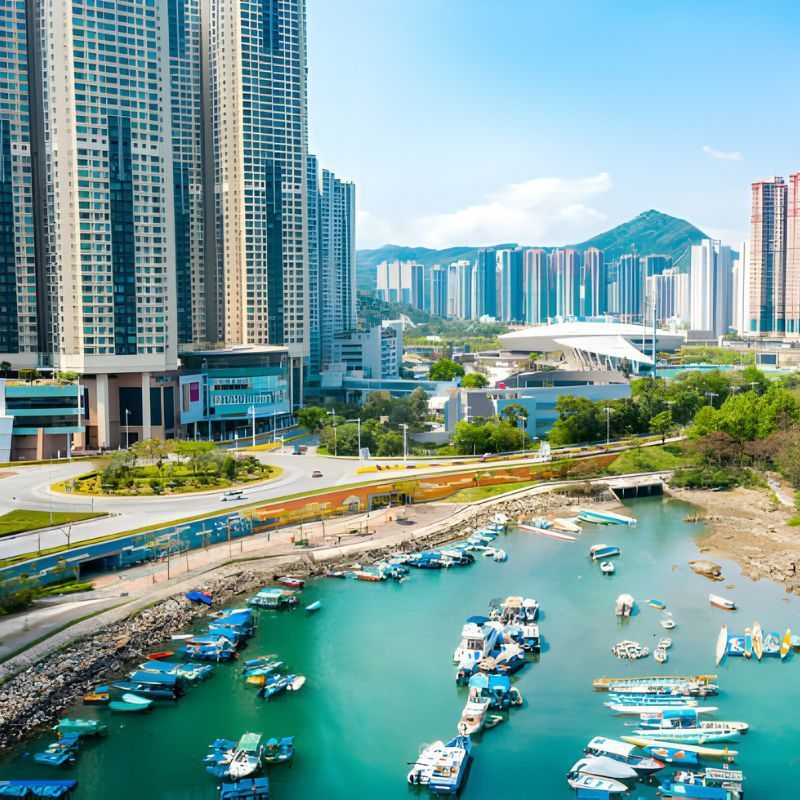
Tseung Kwan O Guide: The Best Places To Eat, Drink, & Explore In The Scenic HK Neighbourhood
Subscribe to our newsletter to get the latest on travel, stay & dining.
You’re all set
Thank you for your subscription.
- 86-19138970032 (GMT+8 18:00~09:00)

- Beijing Xian Tours
- Shanghai Beijing Tours
- Hong Kong Guilin Tours
- Hangzhou Suzhou Tours
- Kunming Lijiang Tours
- Shanghai Yangtze Cruise Tours
- Chengdu Tibet Tours
- More Short Stay Tours
- China Tours in January
- China Tours in February
- China Tours in March
- China Tours in April
- China Tours in May
- China Tours in June
- China Tours in July
- China Tours in August
- China Tours in September
- China Tours in October
- China Tours in November
- China Tours in December

- High Speed Trains
- China Yangtze Cruise Tour
- Photography
- Desert Adventure
- Ethnic Villages
- Biking Tours
- Kung Fu Tours
- Heritage Sites Exploration
- China Spring Tours
- China Summer Tours
- China Autumn Tours
- China Winter Tours

- Best-value Yangtze Cruises
- Top Family-friendly Cruise Ships
- Top 3 Luxury Yangtze River Cruises
- Yangtze River Highlights
- Yangtze River Cruise Routes
- Upstream or Downstream?
- Dining & Drinking
- Accommodations
- On-board Activities
- Yangtze Cruise Booking Steps

- Inner Mongolia

- Fanjingshan
- How to Plan Your First China Tour
- How to Plan Beijing Tour
- How to Plan Xian Tour
- How to Plan Shanghai Tour
- How to Plan Guilin Tour
- How to Plan Sichuan Tour
- How to Plan Family Tour
- 2024 China Travel Ideas
- Best Time to Visit China
- What to Pack for Your China Journey
- Updated China Travel News
- Ultimate Chinese Visa Guide
- Chinese Visa Types
- Chinese Visa Requirements
- Do I Need a Visa for China
- Chinese Visa Application
- Chinese Visa Exemptions
- 144-hour Visa Free
- Shenzhen Visa on Arrival
- Hainan 30-day Visa Free
- Embassies & Consulates
- Invitation Letter
- Useful Visa FAQs & Tips
- Entry Regulations
- Baggage Allowance
- Customs Declaration
- Exit Regulation
- How to Book Train Tickets
- How to Collect Train Tickets
- How to Cancel & Alter Train Tickets
- How to Read Train Tickets
- China High Speed Train Types
- Seats Class & How to Choose
- Friendly Facilities on the Train
- The Train Station Departure Process
- Available Food and Drinks on the Train
- Western Toilets on the Train
- Luggage Racks & Baggage Allowance
- Beijing Train Stations
- Shanghai Train Stations
- Guilin Train Stations
- Xian Train Stations
- Chengdu Train Stations
- Hong Kong West Kowloon Railway Station
- Beijing - Xian
- Beijing - Shanghai
- Guangzhou - Shanghai
- Shenzhen - Shanghai
- Chengdu - Xian
- Shanghai - Hangzhou
- Shanghai - Xian
- Chengdu - Chongqing
- Kunming - Lijiang
- Beijing Capital International
- Beijing Daxing International
- Shanghai Pudong International
- Shanghai Hongqiao International
- Guangzhou Baiyun International
- Hangzhou Xiaoshan International
- Chengdu Tianfu International
- Chengdu Shuangliu International
- Xian Xianyang International
- Shanghai - Beijing
- Hong Kong - Shanghai
- Guangzhou - Beijing
- Chengdu - Lhasa
- Shanghai - Guilin
- Shanghai - Sanya
- Travel in Spring Season
- Travel in Summer Season
- Travel in Autumn Season
- Travel in Winter Season
- Weather in January
- Weather in February
- Weather in March
- Weather in April
- Weather in May
- Weather in June
- Weather in July
- Weather in August
- Weather in September
- Weather in October
- Weather in November
- Weather in December
- Top 10 China Destinations
- Top 15 Things to Do
- China World Heritage Sites
- Top 10 Best Natural Beauties
- Top 10 Museums in China
- Top 10 Old Towns & Villages
- Five Great Mountains in China
- Top 10 Monasteries & Temples
- Top 10 Ski Resorts
- Top 10 Beautiful Lakes in China
- 7 Best Beaches in Sanya
- Top 6 Beautiful Waterfalls
- Panda Volunteering
- Having fun on Ice and Snow Festival
- About Us Who We Are Our Team Why Travel with Us Feedback & Reviews Travel Stories Travelers' Gallery Payment Guide Customer Support Contact Us
- Tour Experiences
Destinations
- Travel Guide
Top 15 Beijing Tourist Attractions, Beijing Sightseeing 2024
What to see, to buy, to experience in Beijing? What are the best you should never miss, and what are the feature activities only the locals know?
To help you plan your Beijing vacation and explore the real life of this city, here we have collected the TOP 14 Beijing Attractions where you can get a better understanding about the past and present of Beijing and learn more about Chinese culture and history. We have also selected 6 recommended featured activities you can choose to add more fun to your Beijing trip.
Beijing Attractions by Catagory
- Top 7 Places to Visit in Beijing for First-Timers
- 8 Best Sections of Great Wall near Beijing
- 10 Awesome Landmark Sites to Take Photos
- 5 Best Places to Explore Beijing's Folk Culture
- 6 Recommended Free Attractions to Visit in Beijing
- Popular Beijing Hutongs
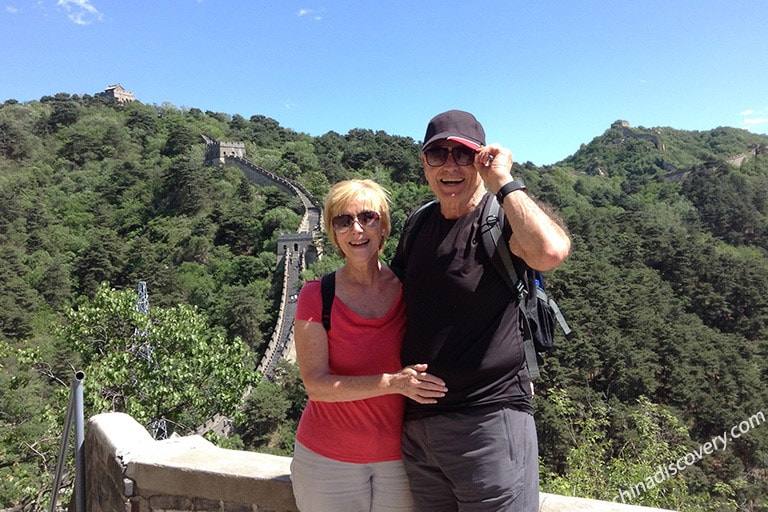
Our Guests Visiting Beijing Great Wall
- Top Attractions
- Featured Activities
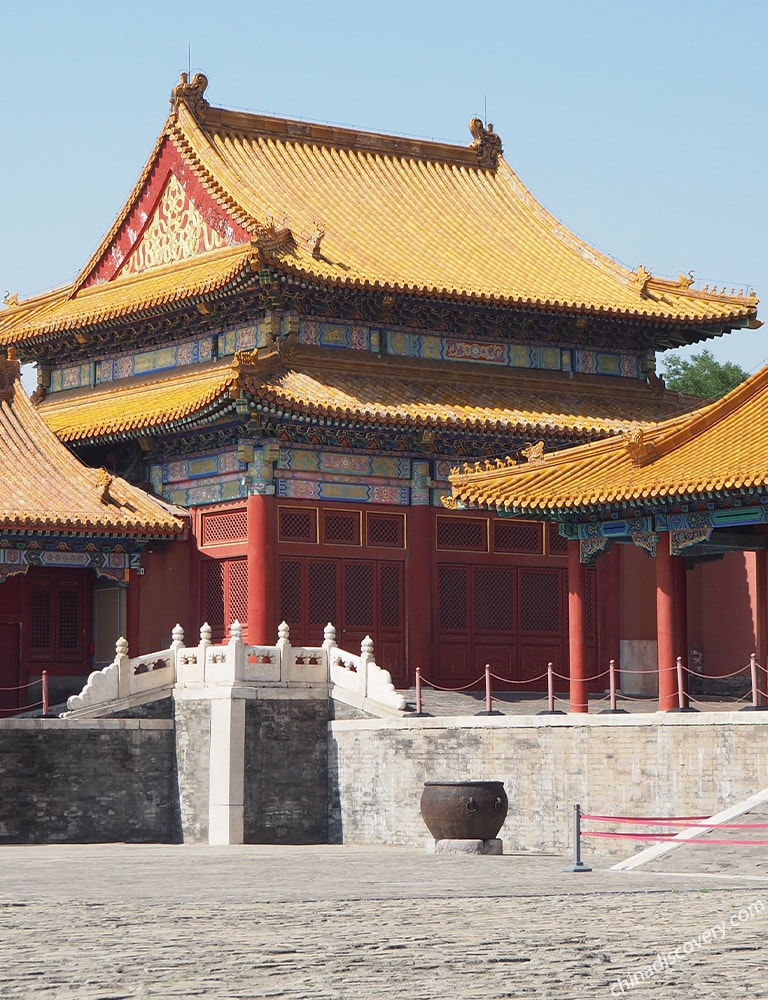
No.1: Forbidden City
Type: Historic Site, landmarks
Recommended Length of Visit: 2-3 hours
Forbidden City is absolutely the top must-see place in Beijing, which will show you what the Chinese culture and Dynasty is all about. Consisting of more than 9,000 rooms and spreading over 250 acres, it is once reserved only for the Emperors in 15-18th century. Once you enter the palace, you have stepped in the centuries' old history of China's imperial dynasties. More about Forbidden City
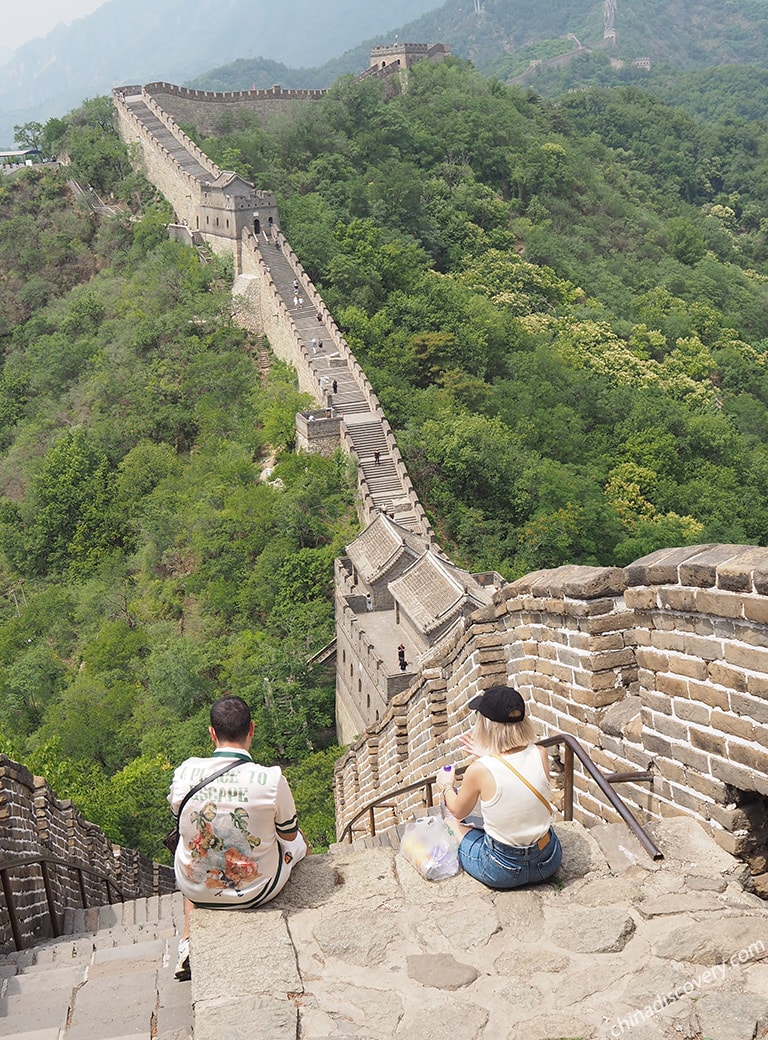
No.2: Great Wall
Type: Historic Site, Landmarks, Hiking Trails
Recommended Length of Visit: about 3 hours' hiking
Hiking the Great Wall is always a must for Beijing first-time visitors. From the continuous line of the Wall, there are some famous sections for visitors to go near Beijing city, including the most famous Badaling Great Wall , the less crowded Mutianyu Section and Simatai section , the beautiful Jinshanling , steep Jiankou , war-striken Gubeikou , strategic Juyongguan , unique Huanghuacheng , etc. The views from the Wall are spectacular and you can feel a sense of history as you walk.
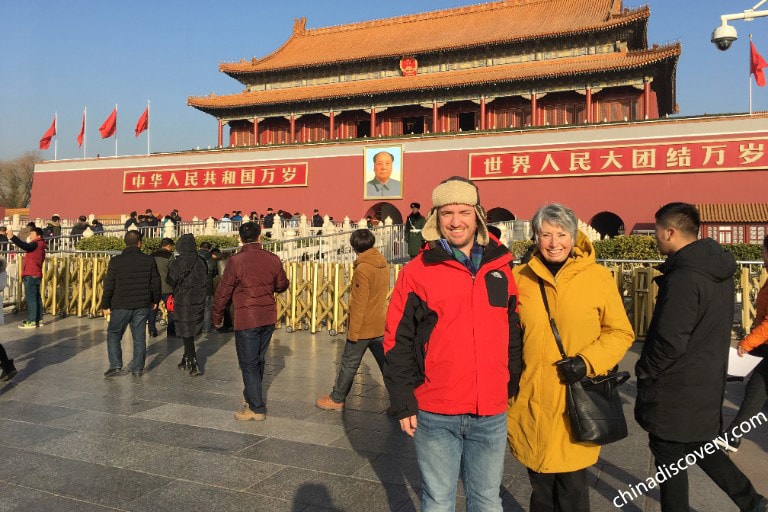
No.3: Tian'anmen Square
Type: landmarks, Square
Recommended Length of Visit: less than 1 hour
Tiananmen Square is a vast open concrete expanse at the heart of modern Beijing. Here you can see the national flag raised at dawn and lowered at dusk every day, and the locals, as well as visitors strolling about at ease. The most famous site, Tian'an Men is where Chairman Mao announced the establishment of the People's Republic of China in 1949. More about Tian'anmen Square
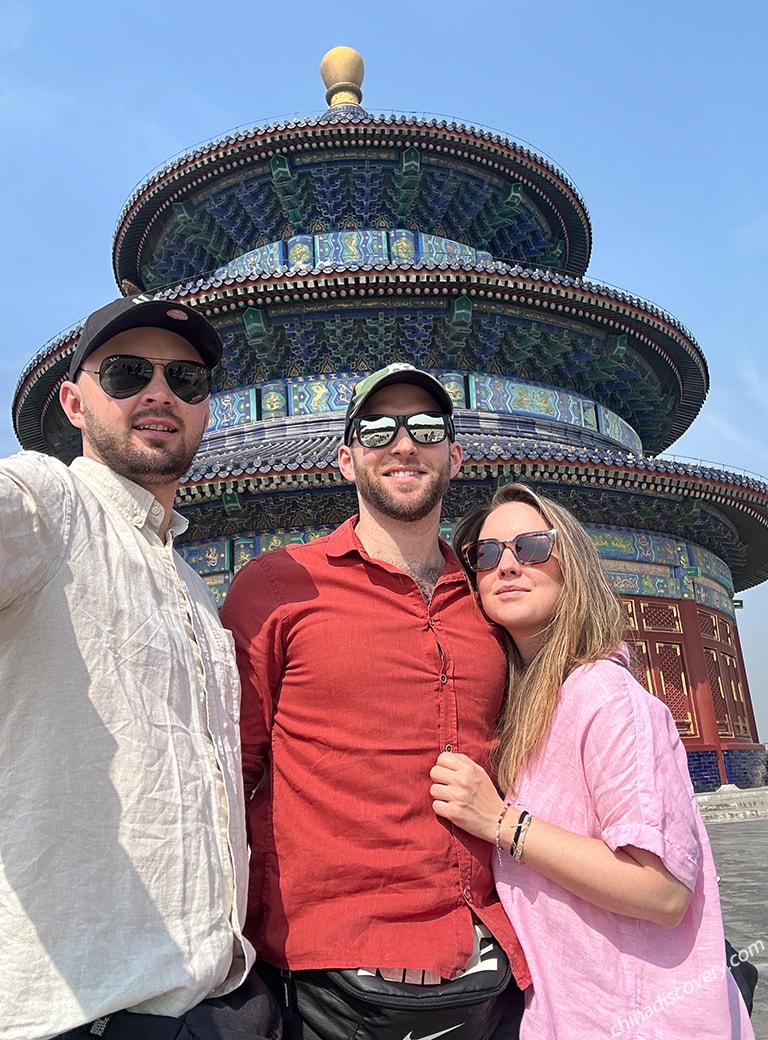
No.4: Temple of Heaven
Type: Historic Site, Parks, Religious Site
Recommended Length of Visit: 1-2 hours
Temple of Heaven is the largest building for religious worship in China with a total area of 270 acres. It is where the Ming and Qing emperors to pay homage to Heaven and pray a rich harvest for the next year. Nowadays it has become a leisure park, where you can see many beautiful temple buildings and halls with colorful decorations on them. More about Temple of Heaven
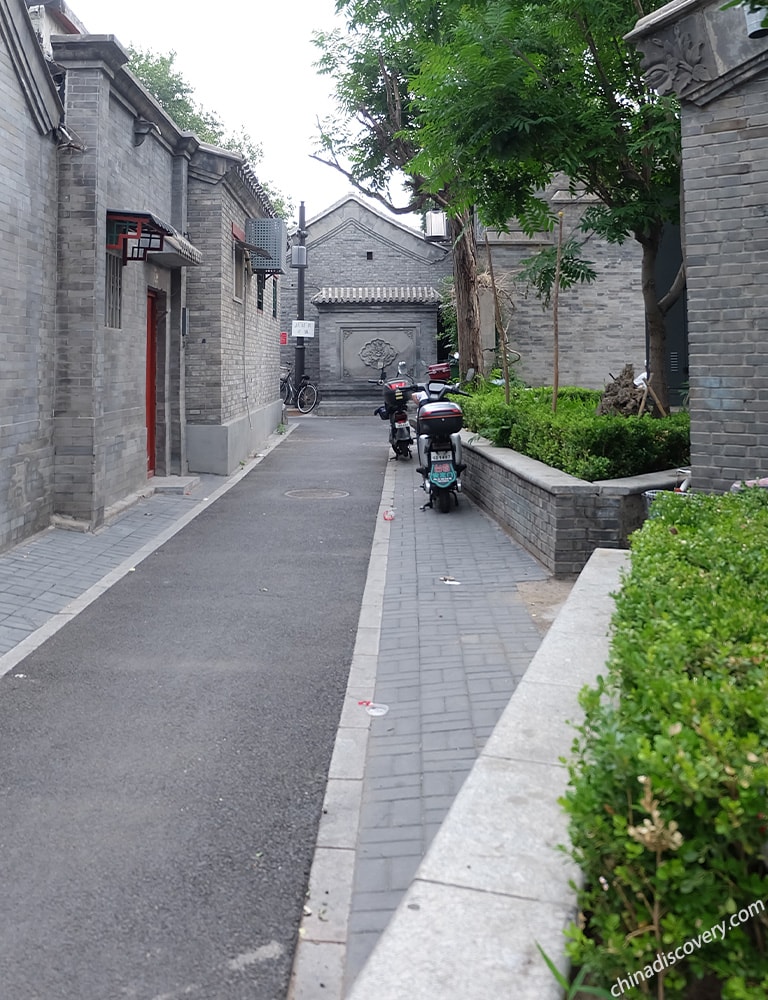
No.5: Hutong
Type: Historic Walking Area
Recommended Length of Visit: about 2 hours
Beijing is famous for its centuries-old alleys known as hutongs. What is charmful to visitors is the 'real life' of Beijing in these neighborhoods of narrow, twisting alleys. Houhai area is the best place to explore the Hutong culture. The most-visited Nanluoguxiang and the oldest commercial street Yandaixie Street are both near Houhai. More about Beijing Hutong
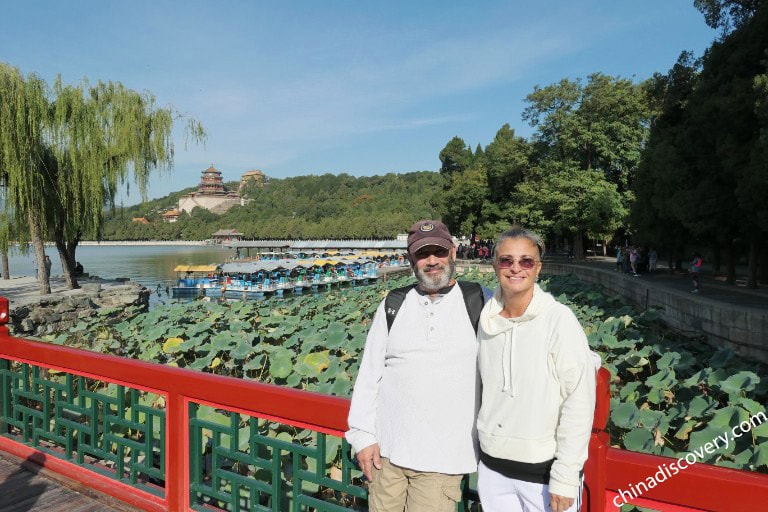
No.6: Summer Palace
Type: Hisotric Site, Parks
Summer Palace, called Yiheyuan in Chinese, used to be the summer retreat for emperors majorly consisting of Kunming Lake and Longevity Hill. But now it is a park for both locals and tourists. You can stroll around the ancient pavilions, temples, bridges and huge lakes to enjoy the amazing view of this royal garden. More about Summer Palace
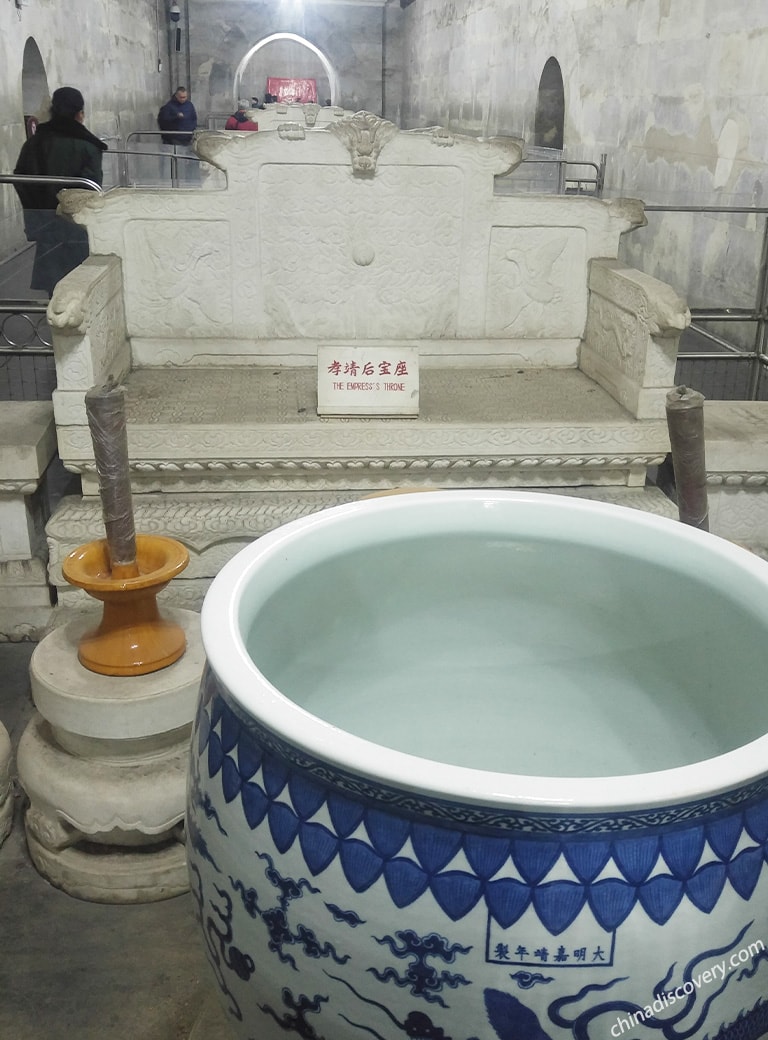
No.7: Ming Tombs
Type: Historic site, Monuments
Recommended Length of Visit: 2 hours
Ming Tombs, called Chang Ling in Chinese, is the resting place for 13 of the 16 Ming emperors. In Ding Ling, the only tomb opened to the public, you will see the treasures and Chinese Feng Shui alignment. The highlight is the Sacred Road leading to the tomb with hundreds of small stone animals. Only 30 km northwest of Beijing city, Ming Tomb is always companied with the tour to Great Wall. More about Ming Tombs
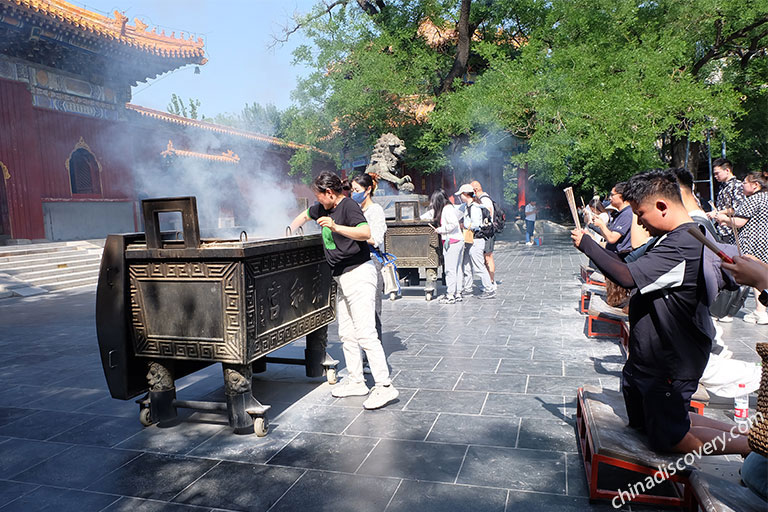
No.8: Lama Temple
Type: Religious & Historic sites, Museums
Recommended Length of Visit: 1-2 hour
Lama Temple, also called Yonghegong in Chinese, is the highest-standard Tibetan Buddhist temple in Beijing. The buildings are a combination of Han and Tibetan styles. Here you can learn more about Tibetan Buddhism while appreciating the excellent architectures and impressive Buddha statues, one of which is an impressive fifty-four-foot high Buddha carved from one complete piece of Tibetan sandalwood. More about Lama Temple
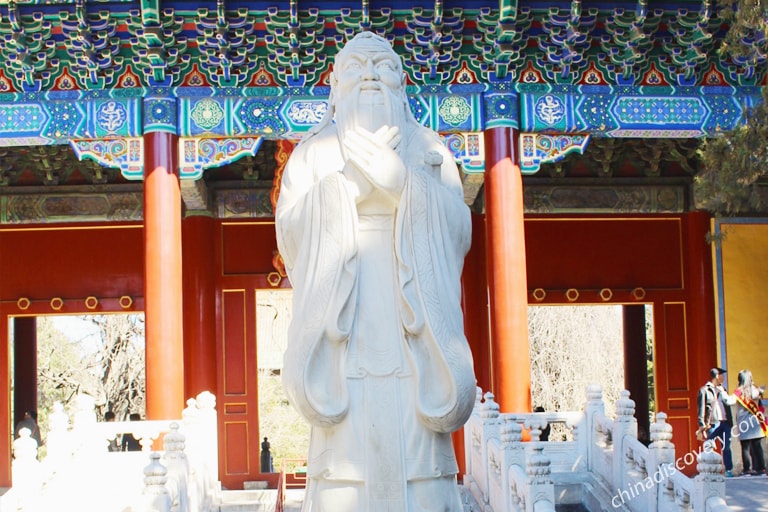
No.9: Confucius Temple
Type: Cultural site, Museum
Recommended Length of Visit: 1 hour
For Confucius fan, you will never miss the trip to Confucius Temple and Guozijian Museum. Less crowded than other sites, you can learn a lot about Confucius while enjoying the quiet atmosphere here. Even you know nothing about Confucius, you will know more about him and his spirit in the East and the West Halls that talked about Confucius's life, philosophies, impact, legacy, etc. in perfect English.
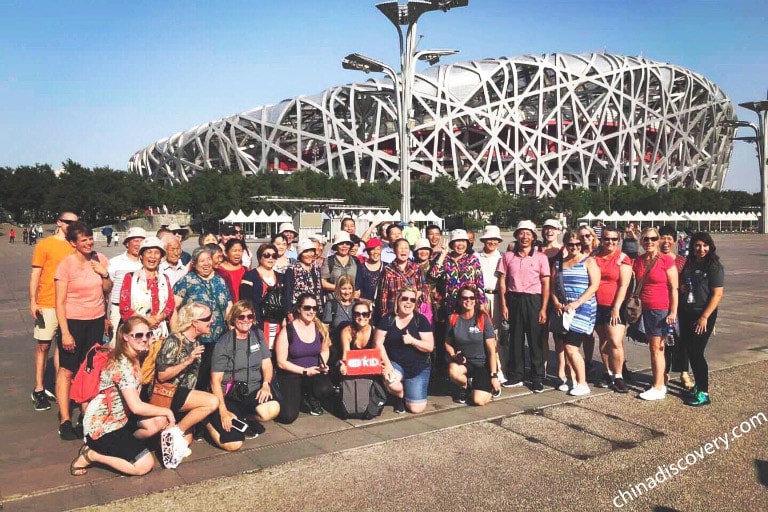
No.10: Beijing Olympic Park
Type: Arenas
Beijing Olympic Park, also called Olympic Green, is a spacious park built for the 2008 Beijing Olympic Games. It contains 10 Olympic venues, 7 non-competitive venues, and a forest park, some of which have become landmarks of Beijing and representative works in architectural history such as the Bird's Nest and Water Cube. The best time to visit there is in the afternoon till night, for the splendid colorful lights will add more unforgettable memory to your Beijing trip. More about Beijing Olympic Park

No.11: National Museum of China
Type: Museums
With over 1 million precious and rare artifacts, covering Chinese history from 1.7 million years ago till the present, National Museum of China is the third largest and the second most visited museum in the world. It is located on the east side of Tiananmen Square and the south side of East Chang'an Street, right at the city center of Beijing. More about National Museum of China
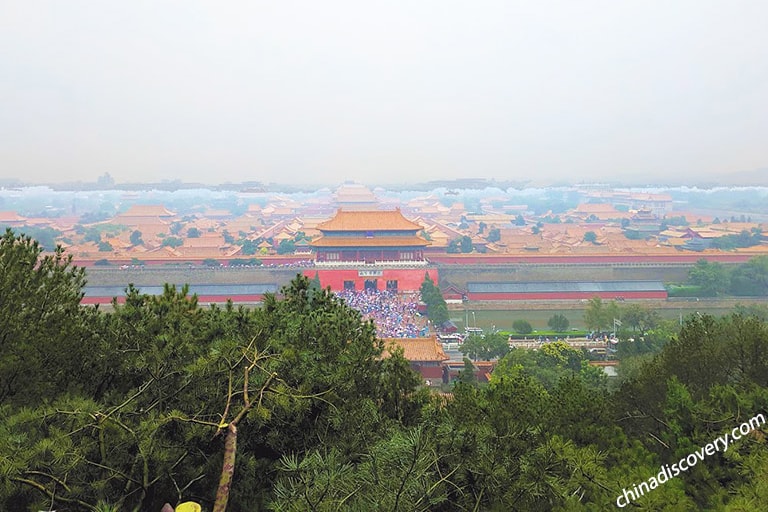
No.12: Jingshan Park
Type: Parks, Historical Sites
Jingshan Park, located in the central axes of Beijing and adjacent to Forbidden City, is the highest point of Beijing Old Imperil City. It offers a fantastic panoramic view of Forbidden City as well as modern Beijing. There are ancient towers and colorful flowers for sightseeing and many local people playing interesting traditional instruments. More about Jingshan Park
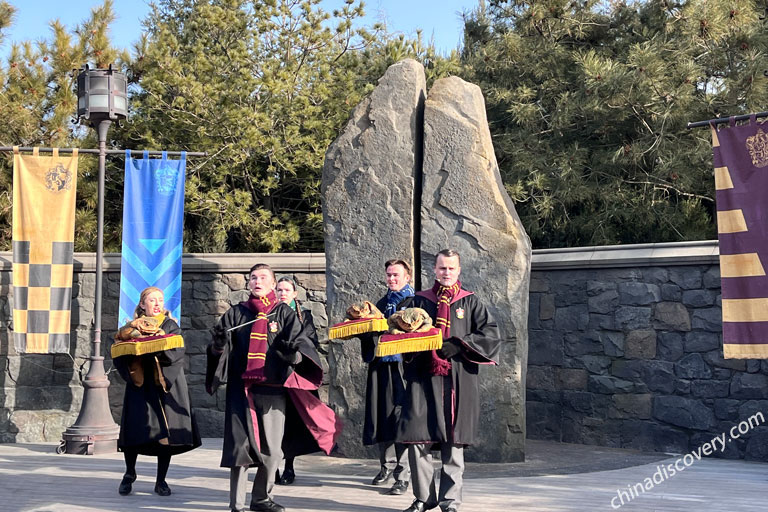
No.13: Universal Studios Beijing
Type: Amusement Parks, Resorts
Recommended Length of Visit: 1-2 days
Universal Studios Beijing, the fifth Universal Studios theme park in the world and the second world-class amusement park in inland China after Shanghai Disneyland, has recently become a must-hit destination for Chinese and foreign tourists visiting Beijing. Featuring themes from Hollywood blockbusters, each zone unlocks a new world for adventurers filled with joy, magic, sci-fi, excitement, and awe. More about Universal Studios Beijing
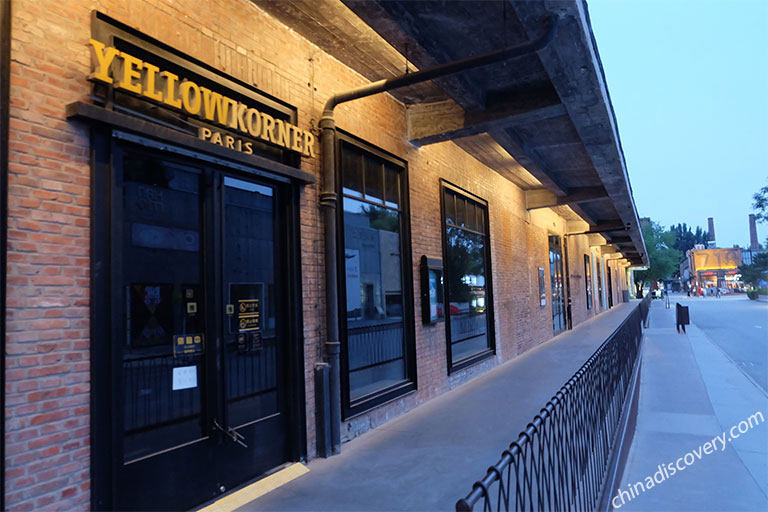

No.14: 798 Art District
Type: Art Galleries, Photography
A bunch of once-abandoned factories has now become synonymous with art and originality. 798 Art District is one of the most avant-garde places in Beijing. No matter you are an art enthusiast or not, 798 Art District will show you a different Beijing. You can attend upscale exhibitions, find many creatively designed architectures, stylish boutiques, cafes and restaurants here. More about 798 Art District
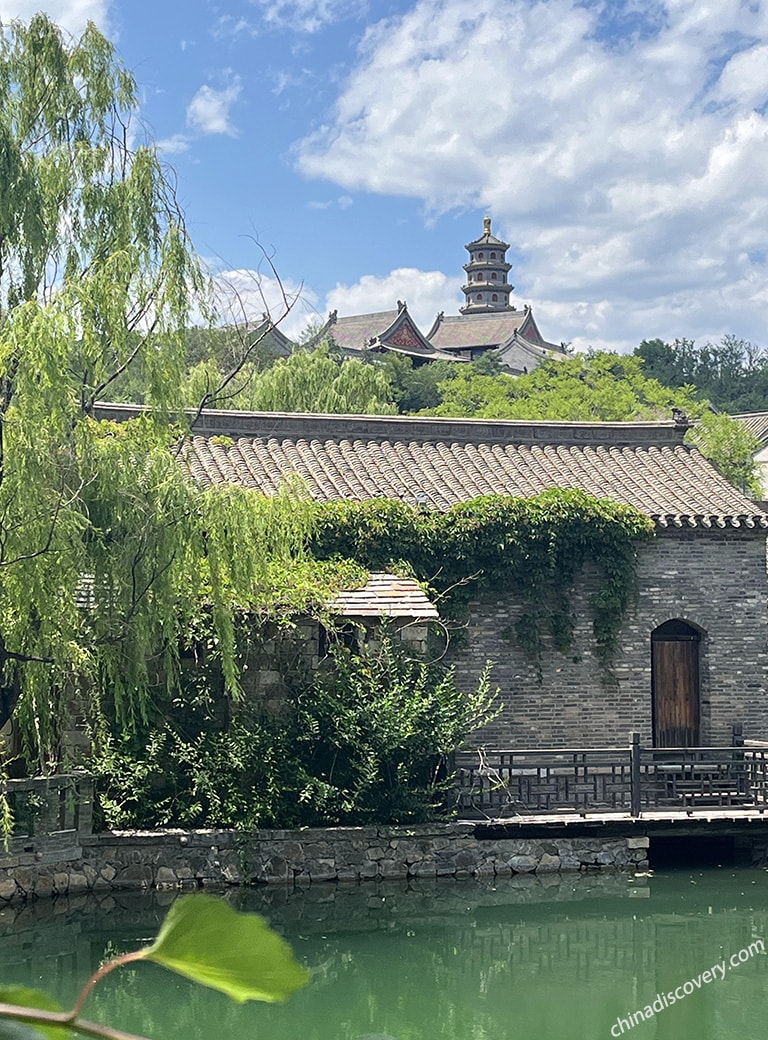
No.15: Gubei Water Town
Type: Holiday Resorts
Recommended Length of Visit: Half day
Gubei WaterTown, located at the foot of Simatai Great Wall, is the northeast gateway of Beijing. It is a theme resort of ancient northern architecture built by a lake. Though it is not a historical water town, it has developed into a large-scale tourist's destination for sightseeing, night tour, boating, great wall hiking, and hot spring spa, etc. More about Gubei Water Town
Keep Reading
- Popular Beijing Tours
- Great Wall Hiking Tours
- Beijing Visa Free Tours
- Beijing Layover Tours
- Tpo 6 Beijing Vacations
- Beijing Family Tours
- Beijing Travel Guide
- Beijing Travel Articles
- Great Wall Trip Planning Guide
- How to Plan a Beijing Trip
- Top Experiences Recommended by LP
- Featured Activities in Beijing
- How to Get to & around Beijing
- Weather & Seasons in Beijing
- Beijing Maps
- Beijing 144/24 Hour Visa Free
- Recommended Hotels in Beijing
- Beijing Photo Gallery
- Top Beijing Food and Snacks
- Beijing Shopping
- Beijing Nightlife
- Beijing FAQs & Tips
Recommended Beijing Tours
Top 3 Beijing tours chosen by most customers to explore Beijing in the best way. Check the detailed itinerary, or tailor your own trip now with us.
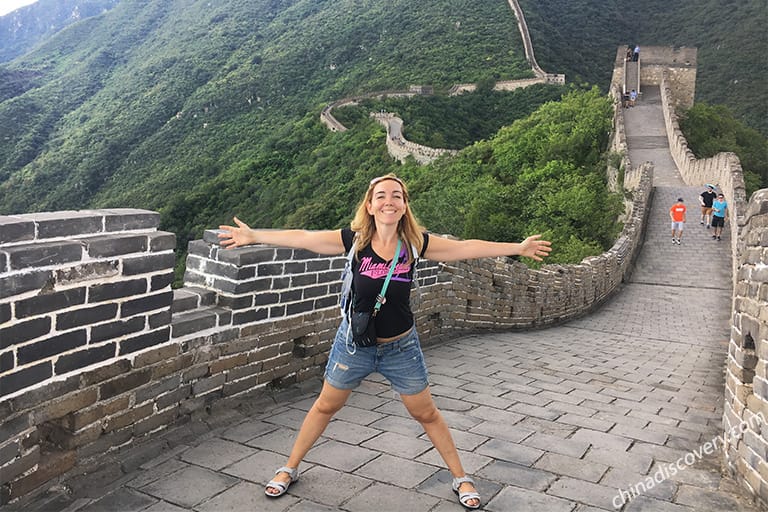
4 Days Classic Beijing Tour Package (Leisure Paced)
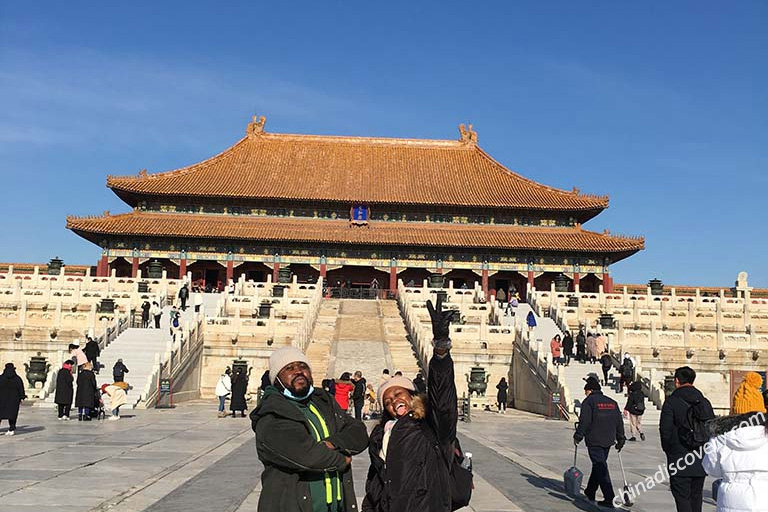
3 Days Beijing Essential Short Stay Tour (Visa Free)
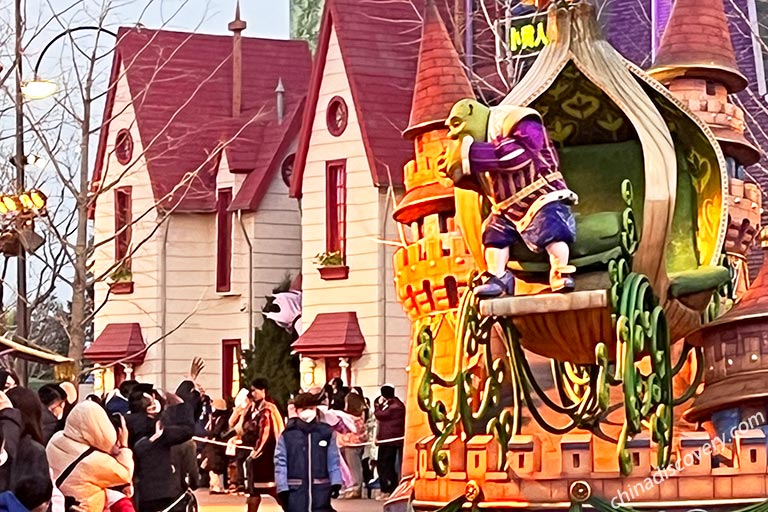
5 Days Beijing Family-friendly Tour with Universal Studios Fun
Start planning your tailor-made holiday to China by contacting one of our specialists. Once inquired, you’ll get a response within 0.5~23.5 hours.

- Affordable and valuable price
- 100% tailor-made packages
- Highly rated customers reviews
- Efficient customer support
China Tours
- Top 10 China Tours
- Classic China Tours
- China Tours from Beijing
- China Tours from Shanghai
- China Tours from Hong Kong
- China Tours from Chengdu
- Short China Trips
- Customize China Tour
- China Panda Tours
- Family Tour with Kids
- High-Speed Train Tour
- Silk Road Travel
- Yangtze River Cruise
- Hiking & Trekking Tours
- Photography Tours
- China Minority Travel
- Beijing Shanghai Tours
- Shanghai Yangtze Tours
- Chengdu Jiuzhaigou Tours
- Chengdu Lhasa Tours
- Suzhou Hangzhou Tours
- Guilin & Yangshuo
- Zhangjiajie
“Very good experience”
“WONDERFUL 25 DAYS IN CHINA - PRIVATE TOUR”
“Awesome China tour from northeast to southwest”
Any questions, please email us at: [email protected] or call us at: 86-19138970032 (Monday-Friday 9 a.m. to 6 p.m. GMT+8)
- Terms & Condition
- Privacy Policy
- Customer Support
Copyright © 2011-2024. All rights reserved.
Cookie policy
We use cookies to give you the best experience on our website. Continue using our website means you agree with our cookie policy. For more info, please read here .

Beijing Travel Guide
Attractions
- Top 10 Things to Do
Transportation
Travel tips.
- 1 Day Tours
- 2 Days Packages
- 3 Days Sightseeing
- 4 Days Best Beijing
- 6 Days Beijing Xi'an
- 6 Days Beijing Shanghai
Being capital of the People's Republic of China, Beijing is the nation's political, economic, and cultural center. Located in north China, close to the port city of Tianjin and partially surrounded by Hebei Province, it also serves as the most important transportation hub and port of entry. As one of the six ancient cities in China, Beijing has been the heart and soul of politics throughout its long history and consequently there is an unparalleled wealth of discovery to delight and intrigue travelers as they explore the city's ancient past and exciting modern development. Now it has become one of the most popular travel destinations in the world, with about 140 million Chinese tourists and 4.4 million international visitors in a year.
Recommended Guided Tours
Travel planning.
- Top 10 Places to Visit
- How to Plan a Trip to Beijing Step by Step
- Where to Stay - 10 Best Areas
- Top 10 Historical Sites You Should Not Miss
- 12 Free Things to Do
- 10 Fun Things to Do with Family
- Travel to Beijing with Kids - 11 Things to Do
- 9 Most Romantic Places for Couples
- Top 10 Cool Things to Do for Youngsters
- 8 Interesting Places You May Not Know
- 7 Unusual Things to Do for Return Visitors
- Top 10 Things to Do in Winter
- 15 Wonderful Places to See Snow
- 10 Non Touristy Things to Do
- Weekend Trips
- Capital Airport
- Beijing - Shanghai Train
- Daxing Airport
- Beijing - Xi'an Train
- Nanyuan Airport
- Beijing - Hong Kong Train
- Capital Airport Shuttle Bus
- Daxing Airport Shuttle Bus
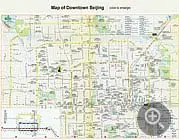
- Western Restaurants
- Vegetarian Restaurants
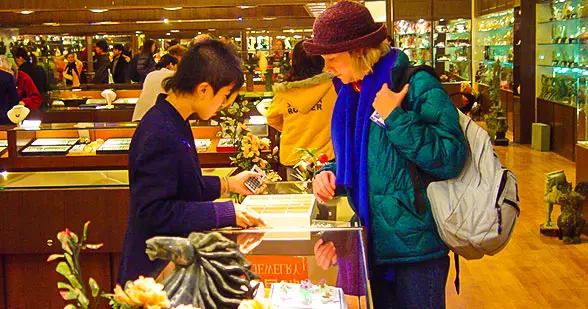
- Peking Opera
- Performance
- 8 Things to Do at Night
- Embassies & Consulates
- 144-Hour Visa-Free Transit
- Hospitals & Clinics
- Area Code & Zip Code
- Useful Phone Numbers
- Famous Universities
- International Schools
- Libraries & Book Bars
You May Like
- Top 10 China Destinations for First Time Travelers
- 10 Places to Visit in China for a Trip of a Lifetime
- 10 Best Places to Visit in China for Return Visitors
- 8 Major Cities in China for Enthusiastic Shoppers

26 AWESOME Things to Do in Beijing, China (2024 Guide)
- Last Updated: February 5, 2024
From exploring the Forbidden City to walking along the famous Great Wall of China, here is our list of the absolute best things to do in Beijing.
Welcome to one of the most awe-inspiring, mind-blowing and just plain crazy cities on the face of the earth.
Beijing has everything: history, culture, stunning scenery, food and a healthy dose of culture shock.
I first visited Beijing back in 2008 just before the Beijing Olympics and I loved it so much that I returned in 2011 and lived there for over 7 years.
It became my home in a way I never imagined and to this day it is still my favourite city in the world.
There are so many awesome things to do, that you will be spoilt for choice.
Beijing is a city that has changed constantly throughout its history.
Walls, palaces and temples have been knocked down and replaced as the city grew from a small settlement to one of the largest cities on earth.
Beijing’s history is intertwined with the story of China.
The city was a great power until the industrial revolution when the colonial powers came knocking on China’s door demanding it open for trade.
At this point, Beijing was the seat of power, and the Forbidden City was the centre of the known universe and the heart of one of the largest empires on earth.
Over the course of the 1800’s China and Beijing’s fortunes reversed.
READ MORE: Check out our comprehensive China travel guide if you’re planning a visit!
Wars, unequal treaties and poor governance lead to the collapse of the Qing Dynasty and Imperial China.
What followed was the Civil War, the Japanese invasion and more Civil War.
Beijing was at the centre of this change and strife. So it was fitting that in 1949 Chairman Mao’s People Liberation Army marched into Beijing and Mao himself stood atop the gate of heavenly peace saying the Chinese people had stood up.
The Peoples Republic of China was formed and power was back in Beijing.
As China continues it’s rapid ascension to the upper echelons of the geopolitical tower this only enhances the importance, power and prestige of Beijing.
Table of Contents
1) See The Flag-Lowering Ceremony At Tiananmen Square
2) visit chairman mao’s mausoleum, 3) check out the forbidden city , 4) take a relaxing wander around jingshan park, 5) get lost wandering around the national museum of china, 6) visit the lamma temple , 7) escape the crowds at the confucius temple and imperial college, 8) take a wander around xiangshan, 9) be amazed by the summer palace, 10) wander around the ruins of the old summer palace , 11) visit tianyi’s mausoleum, 12) be amazed by the stunning frescos at fahai si, 13) see where many historians say world war 2 started , 14) take a wander through the city’s hutongs , 15) check out some awesome art in 798, 16) explore the temple of heaven, 17) get stuck into some square dancing, 18) eat real peking duck (北京烤鸭), 19) find all manner of awesome stuff at the panjiayuan antiques market, 20) get a foot massage, 21) take a wander down the foreign legation quarter , 22) get stuck into bargaining around xidan, 23) throw down some baijiu, 24) explore one of beijing’s many hidden temples, 25) take a trip to stunning cuandixia, 26) visit the great wall of china, best hostel in beijing – peking international youth hostel, best accommodation for couples in beijing – ming courtyard hotel, best mid-range accommodation in beijing – the emperor, best luxury accommodation in beijing – the orchid, beijing classics , hot pot (火锅), crawfish (小龙虾), beijing bbq (北京烤肉), roast lamb leg (烤羊腿), chuan’er (串), the best things to do in beijing.
There is no other city in the world like Beijing.
From some of the most impressive structures ever built in the ancient world to the hutongs (胡同 narrow alleyways) that are the city’s heart and soul, this is a city of contradictions, chaos and a healthy dollop of China.
Beijing is most famous for the Great Wall of China, the Forbidden City, Tiananmen Square and the Hutongs.
However, there are plenty of other cool things to do here, so enjoy our list of awesome things to do in Beijing.
Not sure what to do in Beijing? Then start with a visit to Tiananmen square.
For many, this is what first springs to mind when anyone thinks of China’s capital.
This gargantuan public square (the seventh-largest in the world) is flanked by the National Museum of China on one side and the Great Hall of the People (the building that hosts various meetings and events of the Communist Party) on the other.
Every day the Chinese flag is risen at sunrise and lowered at sunset.
Either of these times is atmospheric. However, the sunset is particularly beautiful.
As the sky darkens the Forbidden City and Tiananmen Square are lit up.
This is definitely one of the best things to do in Beijing.
- Nearest Subway: Tiananmen East on Line 1
- Opening Hours: Flag raising to flag lowering. Therefore if you watch the flag-lowering ceremony, you will watch it from the roads next to the square itself.
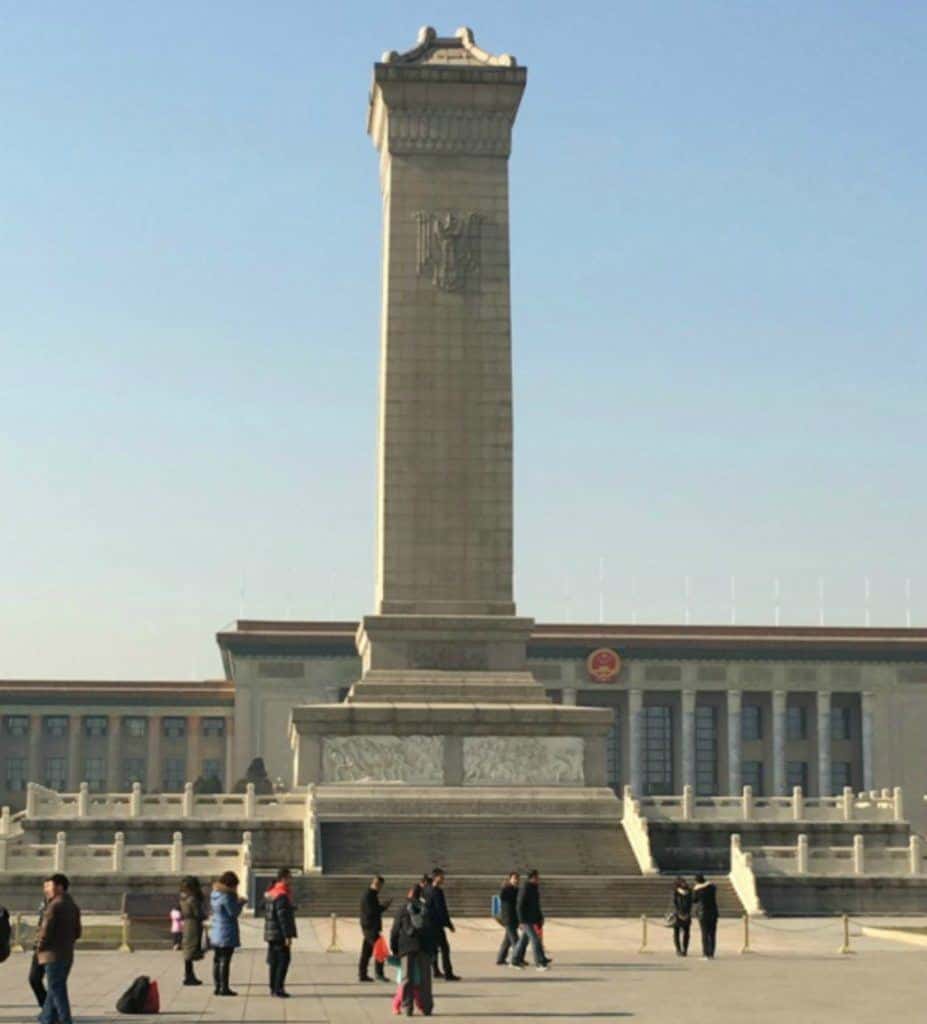
Located in the centre of Tiananmen Square is Chairman Mao ’s Mausoleum.
To get onto Tiananmen Square itself you will need to bring your passport and go through a bag check.
The lines to get in and pay your respects can be very long, especially during national holidays. During this time it can seem like this is the most popular Beijing attraction.
Going earlier in the day can usually avoid this.
You cannot take camera’s in, and they are very strict about it. However, this rule may change.
Again, to get in you will need to show your passport and have your bag checked. Shorts, flip flops and vests are not permitted.
You can purchase flowers to show your respects if you would like.
As you pass through be silent and do not stop walking. When you exit the mausoleum you will be at the south end of Tiananmen Square, so you a stone’s throw from exploring the Qianmen area.
Be prepared to be offered all kinds of Mao memorabilia.
- Nearest Subway: Qianmen or Tiananmen East
- Opening Hours: 8:00 am – 12:00 pm from Tuesday to Sunday
READ MORE: If you’re visiting China, make sure you check out Mount Huashan , the world’s most dangerous hike!
If you’re wondering what to do in Beijing, then you can’t miss this…
Welcome to one of Beijing’s, and indeed China’s, most stunning historical destinations.
From 1368 – 1911 this was the home of 24 emperors and the centre of the Chinese world.
Make no mistake the Forbidden City is huge. Inside is a mixture of palaces, courtyards, temples, gardens and museums.
The sheer size and majesty are overwhelming and it’s hard to believe this it’s over 600 years old. This is definitely a must-do in Beijing.
You can only book tickets online so as the number of visitors can be controlled.
You will need to bring your passport with you as this is the ID you use when booking your tickets.
Do be aware that the Forbidden City is closed on Mondays and can be particularly busy during national holidays.
Even with the crowds, this is definitely a Beijing must-see .
- Nearest Subway: Tiananmen East
- Opening Hours: 8:30 am – 5:00 pm from April to October, and 8:30 am – 4:30 pm from November to March. Closed on Mondays.
- Cost: 60 Yuan
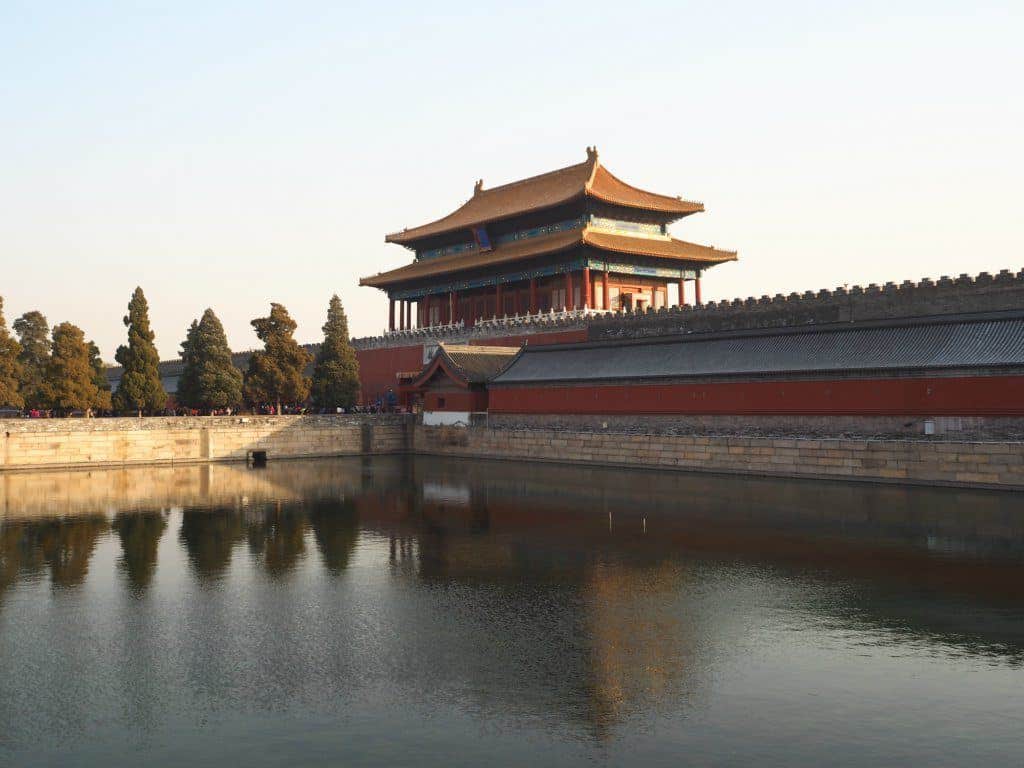
At the northern end of the Forbidden City (the exit), you will find Jingshan Park.
If you’re looking for some excellent views of the Forbidden City then this is the place to come.
Sunset is particularly nice and is certainly one of the top things to do in Beijing.
However, for convenience, you could just visit this park straight after visiting the Forbidden City. It would certainly be a nice change of pace from the crowds and chaos nestled within the walls of the Forbidden City.
- Nearest Subway: It’s probably Beihaibei on line 6, but it’s a fair trek away. You will be better off getting a bus if you are coming here directly and not coming from the Forbidden City. For anything bus-related, you will need to download Baidu Ditu , the Google Maps of China.
- Opening Hours: April to October: 6:00 am – 9:00 pm, ticket sale ends at 8:30 pm. November to March: 6:30 am – 8:00 pm, ticket sale ends at 7:30 pm
- Cost: 2 Yuan
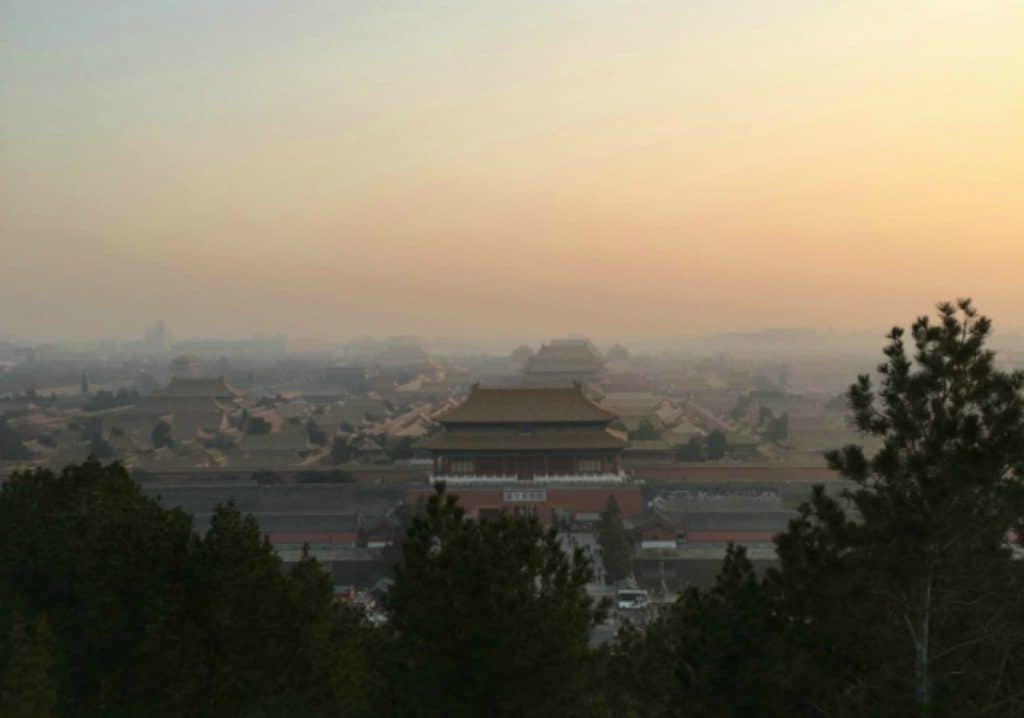
Located on the eastern edge of Tiananmen Square is the phenomenal Museum of China.
Bring your passport and expect long queues to get in.
There is a lot to see here and the English captions are generally very good throughout.
- Nearest Subway: Tiananmen East on line 1 or Qianmen on line 2
- Opening Hours: 9:00 am – 5:00 pm. Tickets are issued until 3:30 pm and the last entry is 4:00 pm.
This spectacular Tibetan Buddhist Temple is a central pillar of the Buddhist world in Beijing.
It certainly one of the most spectacular Tibetan temples outside of China’s far-flung Himalayan province.
There are a couple of interesting museums inside that are well worth checking out.
If you’re here during a major holiday there is a good chance that the temple will be chock full of worshippers coming and lighting incense.
With 3 stunning archways, 5 main halls that grow in size and a giant prayer wheel it’s easy to see why this is such a focal point for Buddhism in Beijing.
- Nearest Subway: Yonghegong (Lamma Temple) on line 2 and 5.
- Opening Hours: 9:00 am – 4:30 pm from April to October and 9:00 am to 4:00 pm from November to March.
- Cost: 25 Yuan
Nestled in the hutongs to the west of the Lamma Temple you will find the Confucius Temple.
Head down Guozijian from the Lamma Temple and you will soon see it on your right-hand side.
This is the site of the second-largest Confucian Temple in China. (The largest temple is in the great philosopher’s hometown of Qufu in Shandong.)
It has an almost ethereal atmosphere as if time has stood still.
Upon stepping over the threshold the sights, sounds and smells of a city of 20 million or so people disappear.
As well as being a homage to Confucius himself, this was also the site of the Imperial Examinations.
Passing these guaranteed wealth, status and life in the government during the time of Imperial China.
These tests focused on the candidates’ knowledge of the classics and literary style, not technical expertise, which as you can imagine lead to more than few issues before the Imperial Examination system was abolished in 1905.
Students would be tested in 1.5-metre cells over the course of 3 days.
Within the temple grounds, you will find the 13 Confucian classics written on 190 stelae, all 630,000 characters worth.
- Nearest Subway: Yonghegong (Lamma Temple) line 2 and line 5.
- Opening Hours: 8:30 am – 6:00 pm (sales end at 5:30 pm) from May to October. From November to April its 8:30 am – 5:00 pm (sales end at 4:30 pm).
- Cost: 30 Yuan.
READ MORE: Don’t miss out on our guide on how to spend 3 days in Chengdu !
Literally translated as ‘fragrant hills’ in English, this spectacular park out in Beijing’s north-west is home to some lovely views, great walking trails and a memorial hall dedicated to Sun Yat-Sen, the man who founded the Republic of China after the collapse of the Qing Dynasty.
With its own stop on the Beijing subway system, Xiangshan is easier to visit than ever.
Head up to the parks highest point, Xianglu Peak for some lovely views out over western hills.
From here you can hike further into the hills to escape the crowds if you wish.
This spot is very popular in autumn as Beijingers flock to view the hills become splashed with red and orange.
Between the entrance and Xianglu Peak, there are a variety of trails, pathways pavilions and temples that snake their way up to the parks highest point.
Make sure you check out Zhao Miao (Zhao temple) as well.
Close to the north gate of Xiangshan is the Azure Clouds Temple (Biyun Temple) which costs 10 Yuan and is open from 8:00 am to 5:00 pm.
Here you can visit the memorial hall of Dr Sun Yat Sen, one of the most important and revered figures in Chinese history.
- Nearest subway station: Xiangshan on the western suburban line. From here it’s just under 1km to the park entrance.
- Opening hours: 6:00 am – 6:30 pm – April to June and September to mid-November. 6:00 am – 7:00 pm July to August. 6:00 am – 6:00 pm mid-November to March.
- Cost: Park and Biyun Temple – 15 Yuan from April to mid-November and 14 Yuan outside of that.
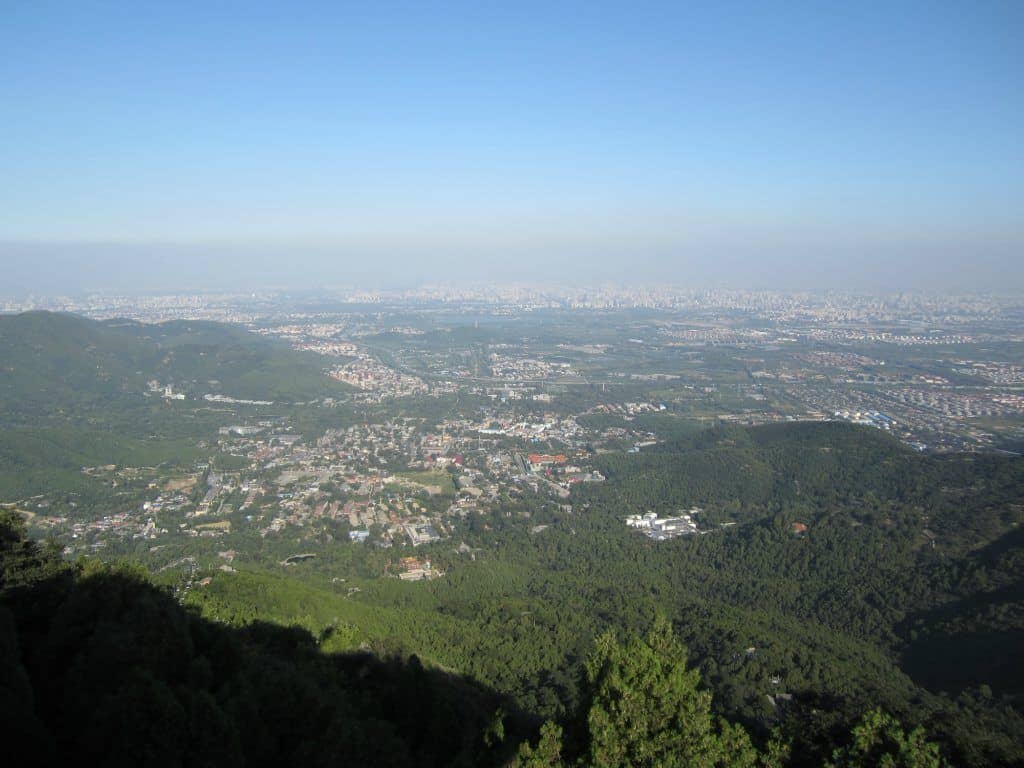
Way out in Western Beijing, close(ish) to Xiangshan, is the stunning Summer Palace.
This was built by the Qianlong Emperor in the 18th century with the help of 100,000 labourers.
After the Summer Palace was badly damaged by British and French forces, the Empress Dowager Cixi began a major refit in 1888.
However, the money that she used for this refit was originally destined for the Chinese navy.
After China’s crushing defeat in the First Sino-Japanese War 1894-95, this act of corruption certainly came to the fore.
After the collapse of the Qing Dynasty, the Summer Palace fell into a state of disrepair and an overhaul began upon the formation of the PRC in 1949.
Longevity Hill offers some stunning views over Kunming Lake and then snakes down through a number of Pagodas and pavilions giving you a true insight into the opulence of Imperial China.
After exploring the Longevity Hill area head out towards Kunming lake.
Be under no illusions, Kunming Lake is pretty large so it’s certainly not a short walk.
However there a number of gorgeous bridges that are well worth checking out. The pick of these being the 17-Arch Bridge .
On a clear day, this really is one of the best things to do in Beijing, with views from the top of Longevity Hill stretching right the back into Central Beijing.
- Nearest subway: Xiyuan on line 4
- Opening hours: April to October – 6:30 am to 6:00 pm and November to March – 7:00 am to 5:00 pm.
- Cost: April to October – 60 Yuan and November to March 50 Yuan.
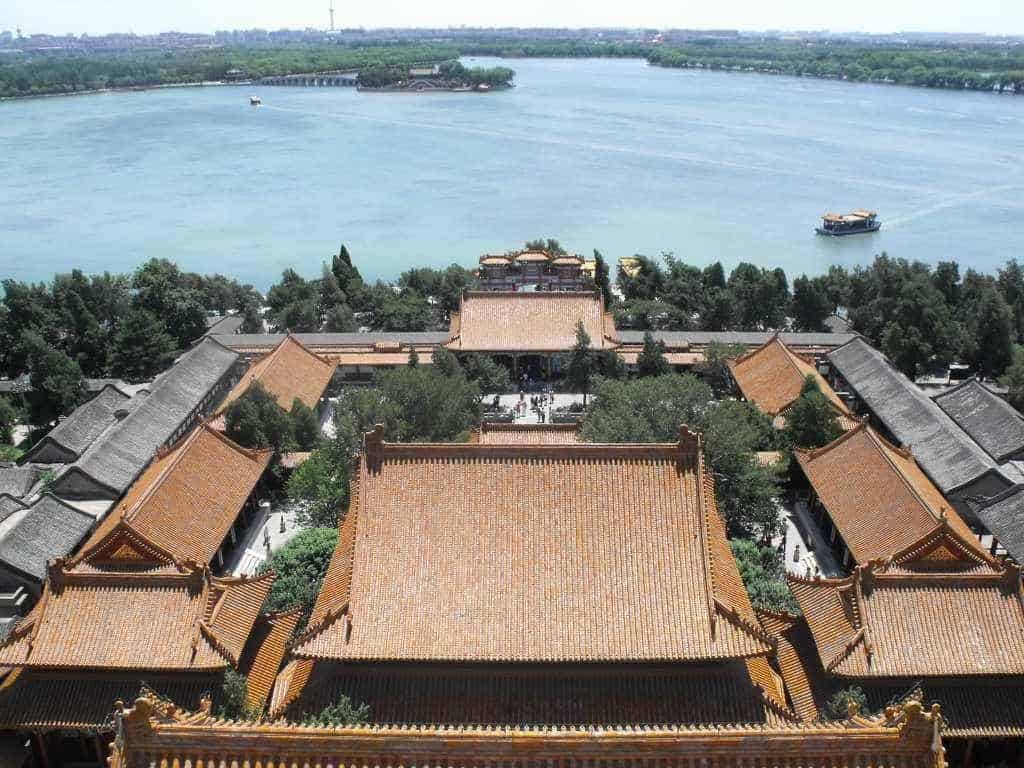
The Old Summer Palace is actually the former site of the Imperial Gardens.
In 1860, during the Second Opium War, the site was burnt and looted by British and French forces.
Numerous artworks were stolen and can now be found in 47 museums around the world.
At over 800 acres in size, it took 4,000 men 3 days to burn it to the ground.
The Great Fountain Ruins are some of the best-preserved and offer the opportunity to reimagine the gardens at the grandest and most spectacular.
The gardens are home to numerous pavilions, temples and lakes.
There are also some excellent exhibits focusing on the history of the Old Summer Palace.
- Nearest subway station: Yuanmingyuan on line 4.
- Opening hours: May to August – 7:00 am to 7:00 pm. April, September and October – 7:00 am to 6:00 pm. January, February, March, November and December – 7:00 am to 5:30 pm.
- Cost: 10 Yuan, with additional costs for other exhibitions and sites.
Way out in Beijing’s Babaoshan district is the home of two of cities most off the beaten track destinations.
Tianyi was a eunuch that was castrated at the age of 9 and went on to serve in the imperial court for 63 years.
Upon his death, the emperor demanded 3 days of mourning and ordered the creation of the mausoleum.
As well as being a monument to the life of Tianyi, there are also some excellent exhibits discussing the importance of eunuchs in Imperial China. A rather gruesome, yet fascinating area of Chinese history.
This is definitely one of the most interesting places to see in Beijing and one that is very much off the beaten track.
- Nearest subway station: Take line 1 all the way to Pingguoyuan, and then take bus 116, 396, 336 or 972 to Shougangxiaoqu ( 首钢小区 ).
- Opening times: 9:00 am – 4:00 pm.
- Cost: 8 Yuan.
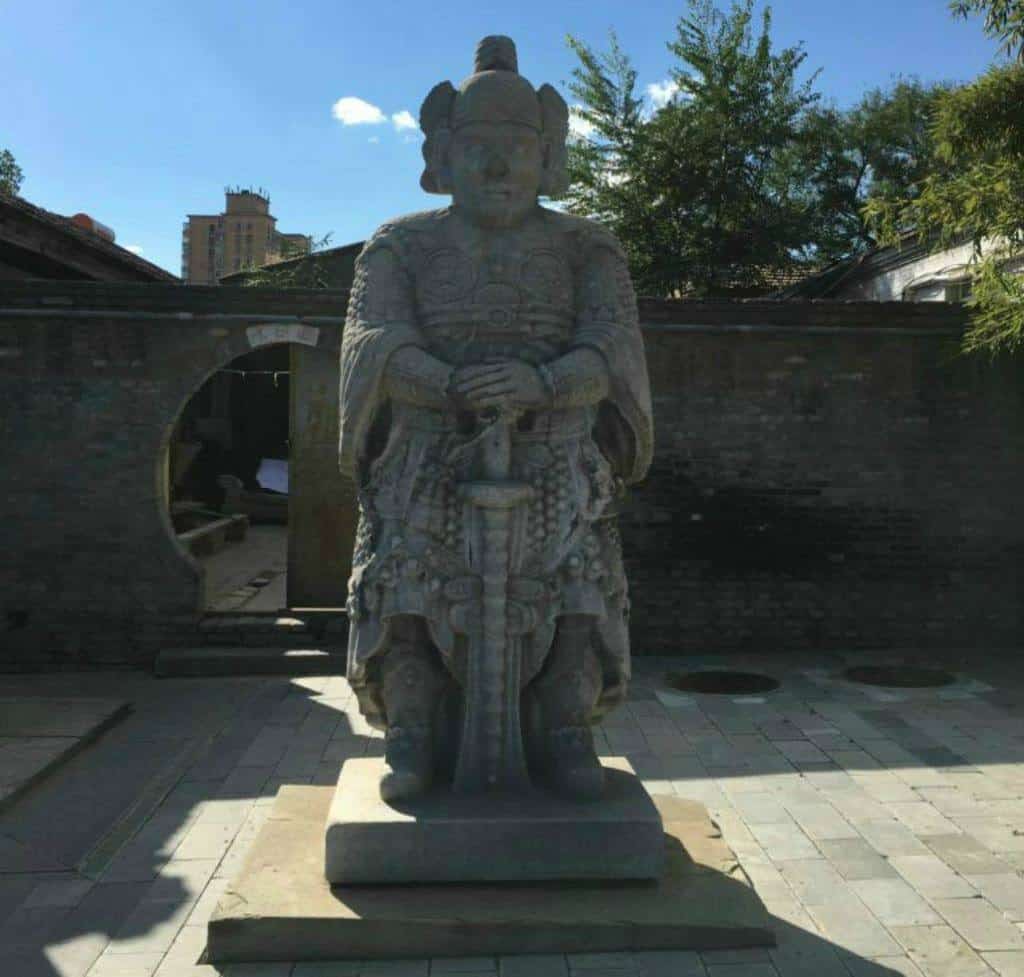
A short walk from Tianyi’s Mausoleum is the stunning Fahai Si (Fahai Temple).
It what’s inside the temple that is most notable; its stunning Buddhist frescos.
Due to the sensitivity of the paintings, the doors are kept closed and you need to go with a tour that can be arranged when you have arrived.
Safe to say they are stunning, although the tour is in Mandarin. You can just enter to look around the temple grounds itself as well.
- Nearest subway station: Same as for Tanya’s mausoleum.
- Opening times: 9:00 am – 4:00 pm, closed on Mondays.
- Cost: 20 Yuan to enter the temple grounds, 100 Yuan to combine this with a tour of the frescos.
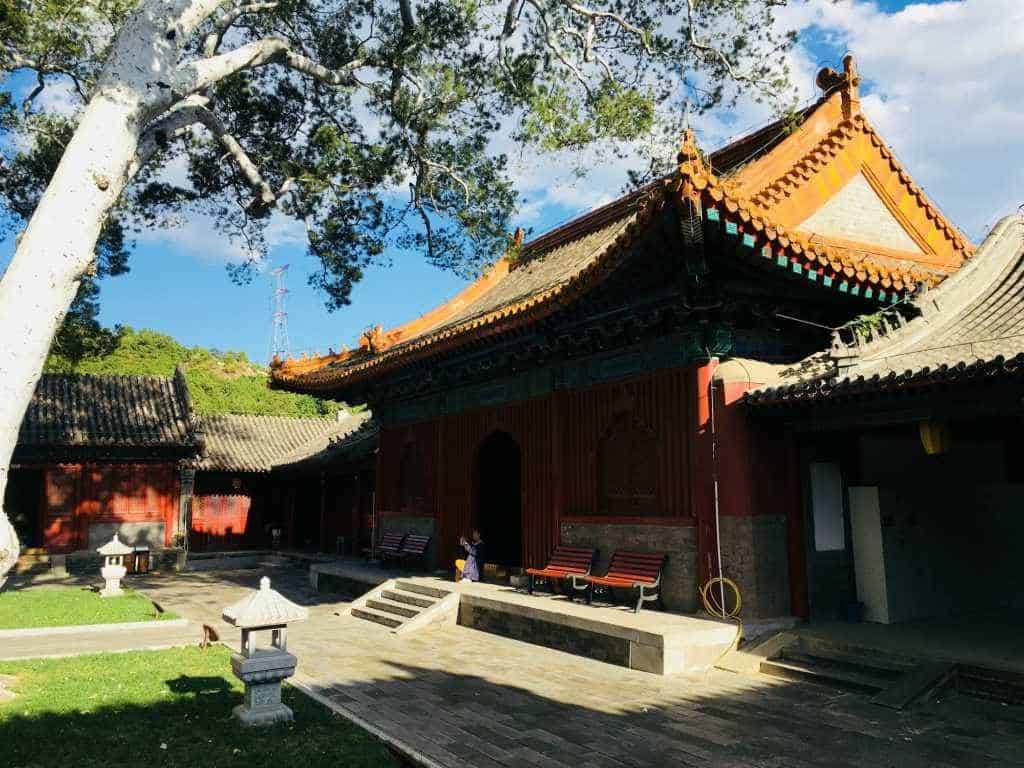
Another trip out to Beijing’s far western suburbs will take you to the Marco Polo Bridge and the small fortified town of Wanping .
It was here in 1937 that the Imperial Japanese Army demanded to enter Wanping to search for a missing soldier.
When this was refused they opened fire. Crucially, things did not calm down after this incident as had been the case in previous skirmishes across Manchuria.
It leads to a full-blown invasion of China by the Imperial Japanese Army.
Hence why it is this point that is considered the beginning of the second Sino-Japanese War and thus, by extension, World War Two.
The Chinese forces held Wanping and the Japanese forces surrounded them and crossed the famous Marco Polo Bridge.
This name comes from the fact it was included in Marco Polos famous travel diaries in which he believed the bridge to be one of the most beautiful in the world.
The bridge and Wanping are both riddled with bullet points, a stark reminder of one of the darkest periods in Chinese history.
- Nearest subway station: Head to Beijing West Station and then take bus 309 to Lugou Xinqiao.
- Opening hours: 7:00 am – 8:00 pm April to October, 7:00 am – 6:00 pm November to March.
- Cost: 20 Yuan
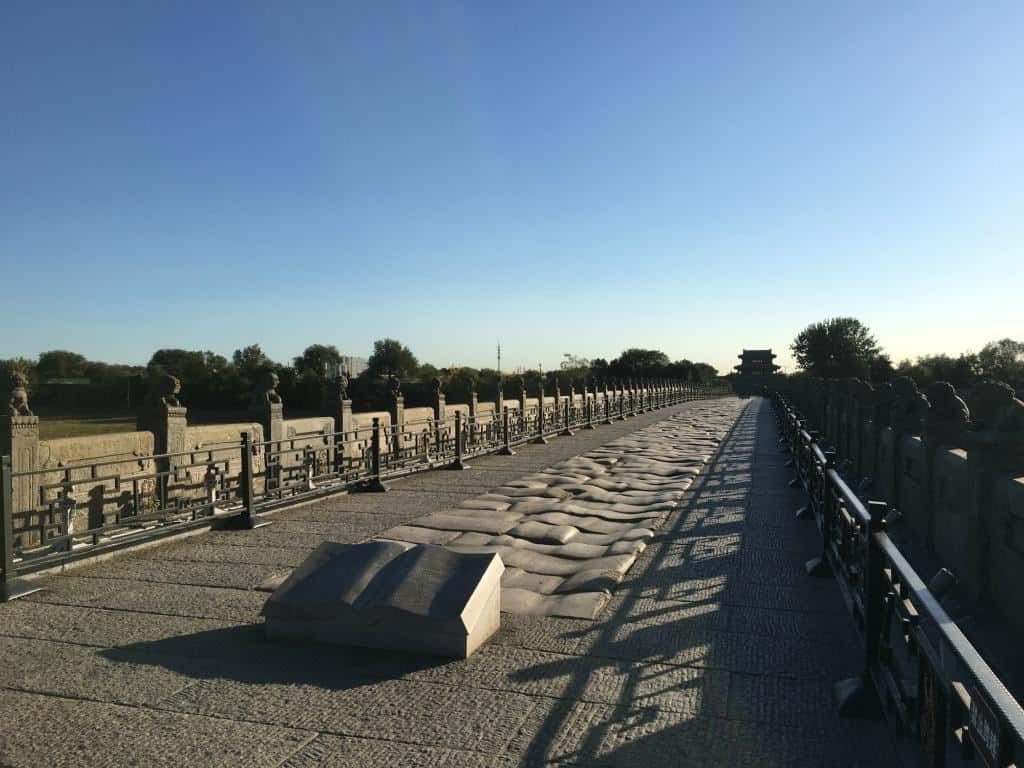
For many, this is where the heart of Beijing lies.
The winding alleyways of homes and businesses are what Beijing used to be made up of.
However, Beijing’s rampant growth over the last few decades has seen the number of hutongs decline dramatically.
In truth, these wonderful examples of old Beijing are not modern homes.
Insulation and sanitation are poor in many cases. Some of the really old hutong homes don’t have bathrooms and there will be a shared bathroom used by the neighbourhood.
Taking a wander through the hutong’s is one of the best things to do in Beijing.
This is especially true early in the morning or late in the afternoon when the life and soul of the community are out and about.
My favourite hutongs are the areas around the Drum Tower (head to Gulou Dajie and then head south-east), the area between Qianmen and Qiaowan subway stations and the area south-west of Caishikou subway station.
The joys of the hutong’s come from getting lost in the maze of alleyways and getting a taste of the old Beijing life.
Ride a rickshaw through Beijings Hutongs on this great tour on Get Your Guide !
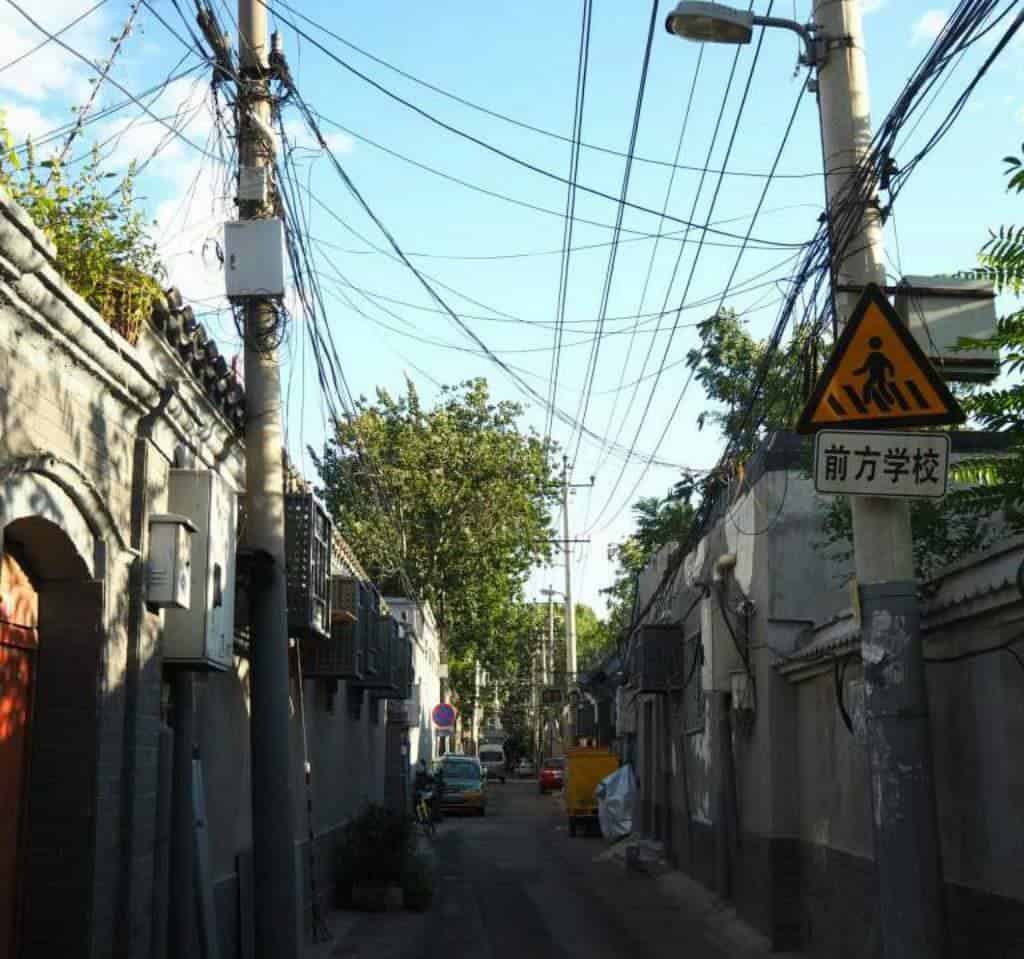
Up in the city’s northeast, you will find a sprawling area home to an incredible array of galleries and art exhibitions.
This area is home to some of Beijing’s hippest and funkiest hangouts.
Take a day to explore the wide variety of art on offer when you visit Beijing.
- Nearest subway station: Wangjing South on line 14
- Opening times: 10:00 am to 6:00 pm
- Cost: Free to enter most galleries, however, some will charge fees
One of China’s most important religious sites, the Temple of Heaven is a Unesco World Heritage Site and a true demonstration of the power and majesty of Imperial China.
The site is huge. However, the highlight is the temple itself.
If you want to see a true slice of Beijing, get here very early in the morning, around 6 am then you will be treated to huge groups doing tai chi.
Later on in the day, you may be able to catch one of the marriage markets where parents try to fix their single children up with desirable suiters.
The latter of these is certainly one of the more unique Beijing sights.
Our tip – Book your ticket online and skip the line!
- Nearest subway station: Tian Tan on line 5
- Opening times: April to October – 6:00 am – 10:00 pm and November to March – 6:30 am – 10:00 pm.
- Cost: 35/30 Yuan.
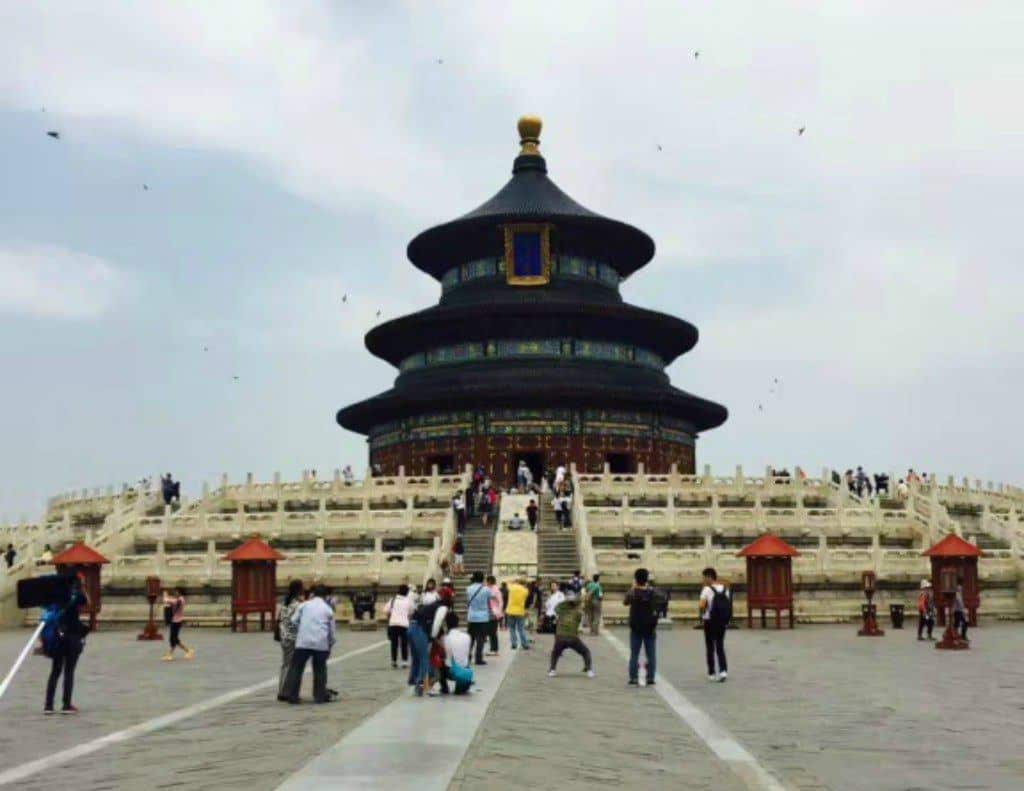
This rather modern Chinese activity happens in a number of public spaces in the evenings.
Activities range from outdoor karaoke to inline skating. However the most common and accessible is dancing.
Huge groups of Beijingers get together as the sun goes down to dance the night away.
You may have to pay to join some of these classes. However, they are great fun.
The best place to find these is in some of the cities residential areas. Check with your accommodation where the best place is to get involved.
Incidentally, the area around the Birds Nest Stadium , at the Olympic Park, is a particularly awesome place to see this in action.
Plus you get the sight of the Birds Nest Stadium lit up at night!
For many, this is THE quintessential Beijing dish.
Head over to Sijiminfu (四季民富) close to Dongsishitiao subway station.
They do not take reservations so you will need to turn up, get a ticket and wait.
Fortunately, you can head off and explore the surrounding area while you wait and leave your phone number with the restaurant.
They will call you when your table is ready. However, if you can’t be back in time you will lose your spot.
Getting stuck into some Peking Duck and some of the other mouth-watering dishes here is definitely one of the top things to do in Beijing.
Eat Peking Duck while taking in a kung fu show with this tour !
This fantastic market, located in the cities south-east, is home to all manner of antiques, artwork, books, knick-knacks and just about everything in between.
If you are looking to pick up some classic Mao-era posters and some walnuts (to roll around in your hands, not eat) then this is a great place to start.
Shopping here is absolutely one of the most fun things to do in Beijing, however, get ready to bargain hard.
- Nearest subway: Panjiayuan on line 10
- Opening hours: Roughly 9:00 am till 6:00 pm but they may go on a little later.
You will find these places all over Beijing, you just need to look for these characters – 足疗.
But be prepared for these to hurt. It’s not soft and relaxing, however, you will feel much better afterwards.
Although there certainly will be a language barrier, most places will understand the inevitable ‘ow.’ More often than not your pain will get plenty of laughs from the masseurs.
This definitely becomes one of the top Beijing activities, as it will set your feet right as rain after a day hiking on the Great Wall.
Close to Tiananmen Square, you will find Dongjiaomin alley.
This street was home to the foreign legations during the Qing Dynasty at a time where China was at the mercy of the Western Powers.
It is definitely a historical point of interest in Beijing.
- Nearest subway: Chongwenmen line 2 and line 5 and take exit E and it’s immediately on your left.
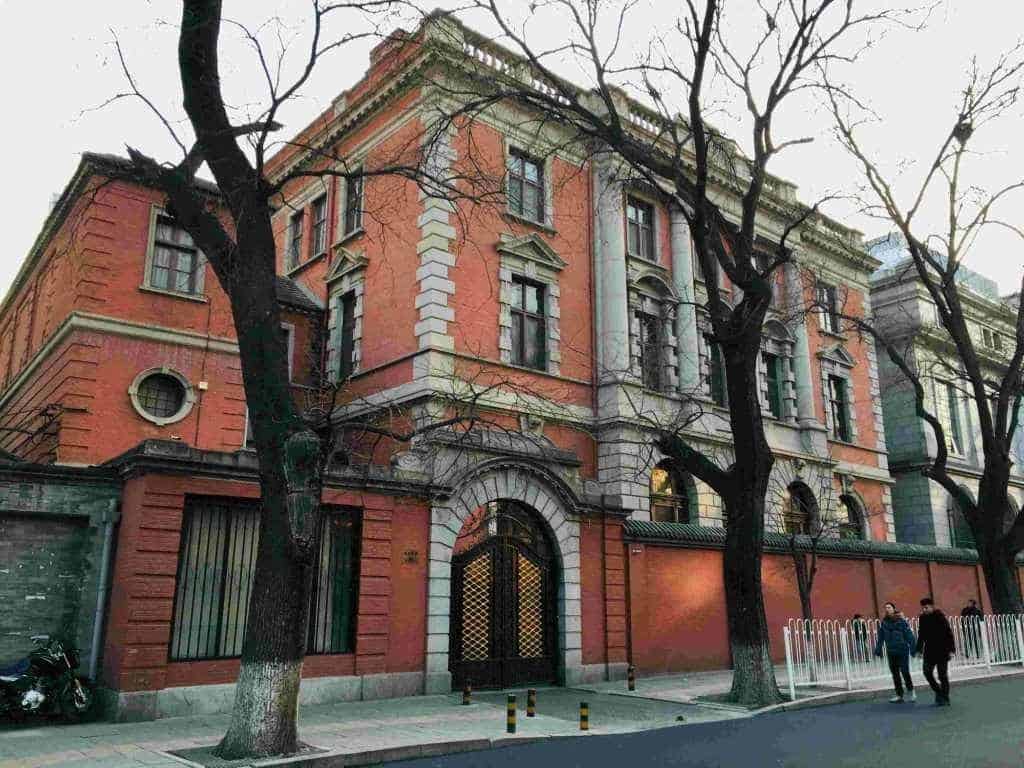
If you’re looking for a place to find some bargains and get lost amongst the market stalls then Xidan is a great place to start.
Many tourists end up at the Silk Market (also known as Silk Street) near Yonganli.
However, you will likely get ripped off here and will end up sharing the entire place with tourists as the locals do not shop here.
Xidan is full of bargains, hardly any tourists and an opportunity to really test your bargaining skills.
- Nearest subway station: Xidan on line 1 and 4
Chinese liquor consists predominantly of rice wine. The fieriest of which is called Baijiu.
More often than not this is 50% or higher and tastes like what I imagine rocket fuel tastes like.
However, do not be surprised if drinking it will attract the interests of some local Beijingers.
Beijing is home to a number of incredible temples that receive hardly any visitors wandering around them is very enjoyable.
Amongst them, some highlights would be the Fayuan Temple , close to Caishikou subway station, the Tianning Temple , close to Daguanying subway station and the White Cloud Temple just north of it.
If you’re looking for quiet relaxing places to go in Beijing then this is a great start.
Usually, they are open from 8 am to 4 pm and cost between 10 and 20 Yuan to enter.
The chances are you that you will share your visit with barely even a handful of people.
Enjoy the opportunity to get a bit of zen in this city of 20 million.
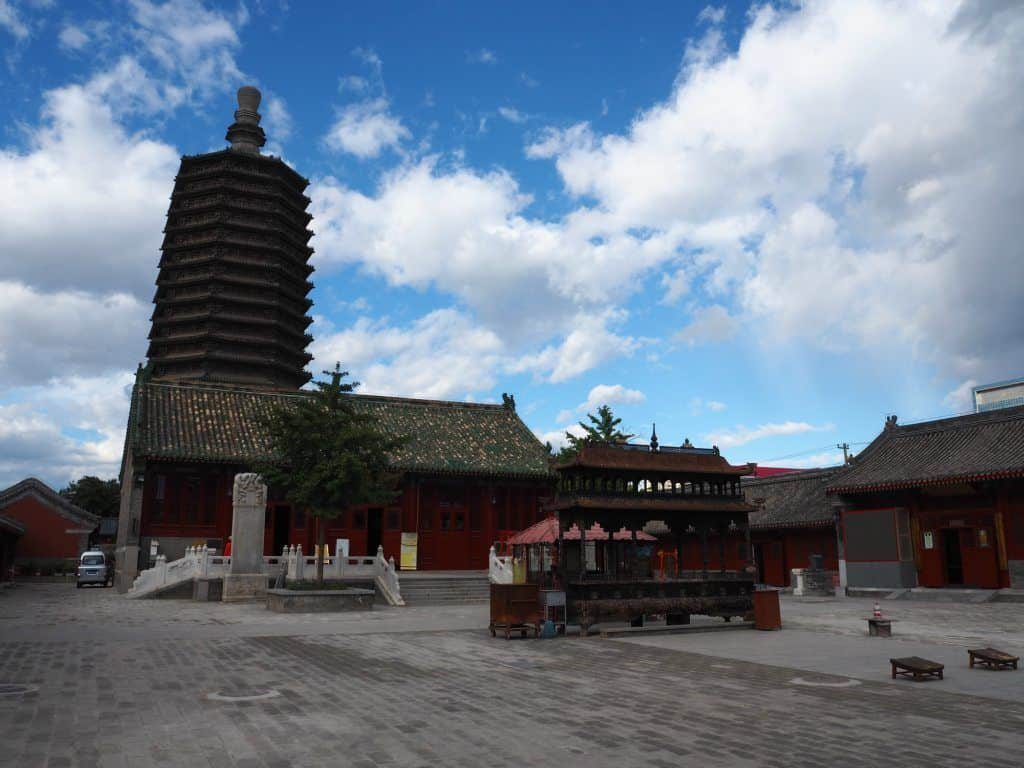
This gorgeous town way out in West Beijing is nestled in a valley offering spectacular views and some decent hiking trails.
Although it’s a reasonable trek from the city centre it is one of the best things to do in Beijing giving you the chance to experience something more in line with many peoples perceptions of China.
The narrow alleyways that make it a fascinating place to explore and the trails into hills offer some stunning views.
The long trek out here is absolutely worth it.
- Getting there: Take the subway Pingguoyuan on line 1 and then take a bus or a minibus from there. Drivers will find you, one way should be between 30 and 50 Yuan.
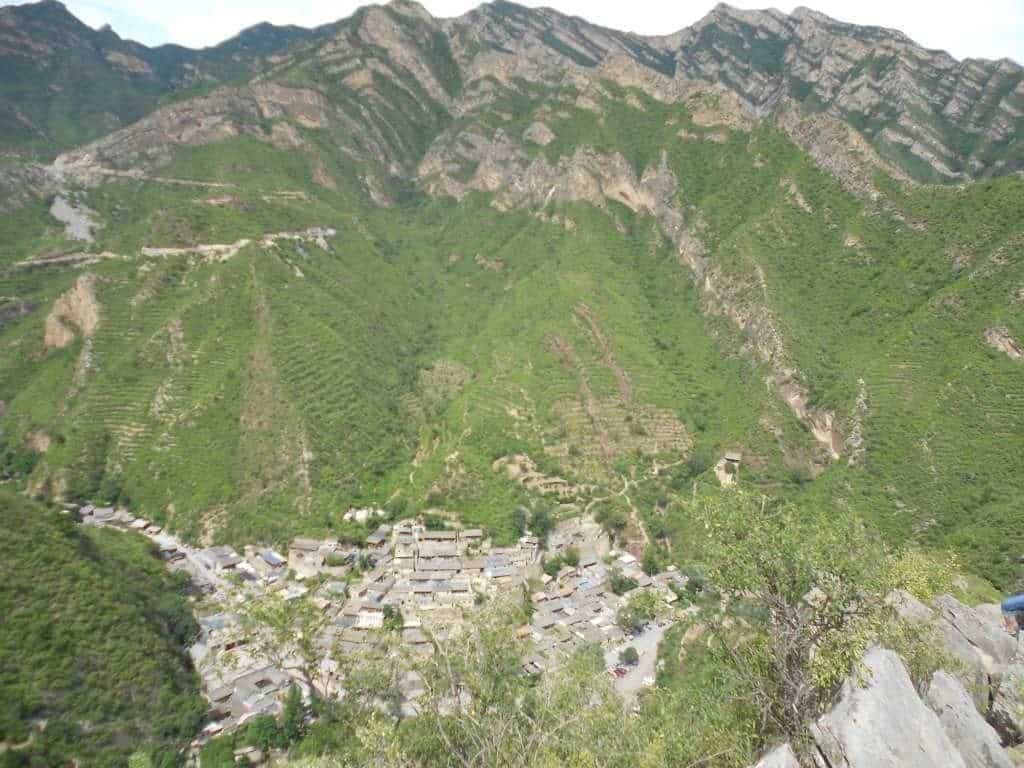
The Great Wall of China is possibly the ultimate Beijing sightseeing spot.
There are numerous sections of the Great Wall stretching as far as Gansu in Western China.
However, it’s important to know that these sections are not all interconnected.
It is possible to get out to the Great Wall with public transport with most of the buses going from Dongzhimen or Deshengmen bus stations.
It is possible to camp on portions of the Great Wall if you are interested in that unique experience.
Be warned, any walk on the Great Wall is no easy endeavour, so be prepared for a serious workout.
If you want to get onto the quieter and more wild sections of the wall, then check out some organized hikes that are available.
It’s certainly more expensive than taking public transport, but the routes are amazing and they will get you to some spectacular sections of the wall.
This is certainly one of the most fun things to do in Beijing.
Of all the sections around Beijing, Badaling is the one to avoid. It’s poorly restored, overcrowded and chock full of tourist tat.
Particularly great sections are Gubeikou, Mutianyu , Simatai and Jinshanling .
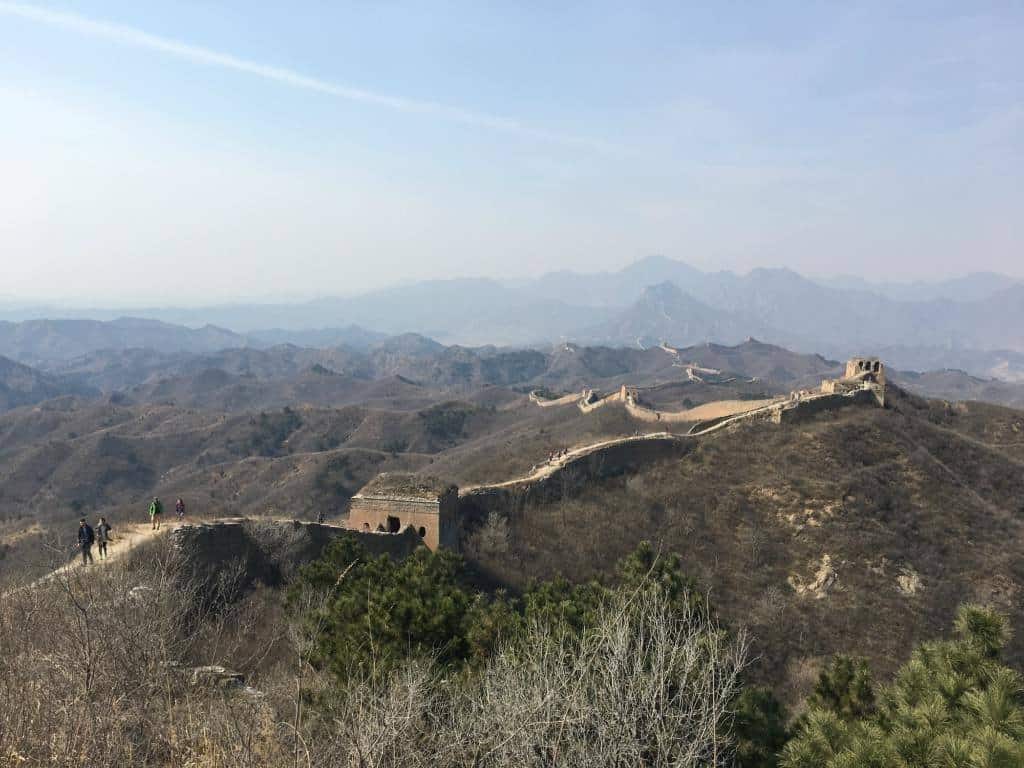
Beijing Travel Guide
Now that you know all the great Beijing activities to check out on your next visit, I want to help you plan the rest of your trip.
In this Beijing travel guide, I’ll share with you tips on how to get around, where to stay, and most importantly, where to eat!
Getting Around Beijing
English is not widely spoken in Beijing, which means that you will definitely need to make the most of translation apps and a hearty dose of sign language occasionally.
Beijing’s subway system is excellent and cheap.
The maximum you can pay for a journey is 9 Yuan, approximately USD$1.25.
The exception is if you take the airport express line with is 25 Yuan return.
You can pick up a subway card that you can pre-charge. You will need to pay a 20 Yuan deposit which is returned when you return the card.
Curiously they are not available at every station. But generally, the larger stations will have them.
To buy one simply show them this 我要买地铁卡 and then hold up your fingers to indicate how many.
The chances of finding an English speaking subway worker is slim to none. These cards also work on the buses.
Do be aware that subways end at 11:00 pm at the latest.
Beijing’s bus network is absolutely outstanding. The announcements are in English and Mandarin Chinese. However, the timetables at bus stops are usually only in Mandarin.
Download Baidu maps (the Chinese version of google maps) and you can use this to work out which buses you need to take.
Taxi is a potentially good option. However, scams do operate and with various ride-sharing services hailing a cab can be a frustrating affair.
Also, Beijing’s rush hour traffic is a truly awful thing to be caught in so be aware.
Where to Stay in Beijing
The best place to stay is probably the Dongcheng district, which is really the heart of Beijing.
Although there would be plenty of other people that would argue differently.
Whatever you decide, the nearer you are to a subway station, the better.
The Peking International Youth Hostel is located in the heart of the Gulou area, which is home to some of the cities most pulsating hutongs.
Incidentally, there are a number of great places to eat in the area, as well as hutongs galore to explore.
This place consistently gets excellent reviews from travellers.
Being in one of the cities most central locations public transport links are excellent, but hailing a taxi in this area can be difficult.
This great little courtyard option is in the heart of Dongcheng making it a short walk to some of the cities best bits.
Also if you want a quintessential Chinese experience then staying in a courtyard hotel like this a must.
In addition, the area surrounding the hotel is great to explore. Like the Peking International Youth Hostel, the public transport links are excellent but hailing a taxi can be a pain.
In the mornings there are plenty of food carts nourishing Beijingers with jianbing (煎饼), a pancake with egg, lettuce, meat and some other bits, a great way to start the day.
This excellent value hotel is about 10 minutes walk from Tiananmen square and finds itself on the edge of the funky hutong area Dashilian’r, again with an almost never-ending ‘r.’
There are a number of awesome hutongs to explore in this area, a perfect evening activity.
Head south-west down towards Caishikou through Dashilian’r. This area is full of shops and restaurants.
If you’re looking for a quieter alternative head south-east towards Qiaowan subway station.
This absolute gem of a hotel is hidden on Baochao hutong in the heart of the Gulou district, one of Bejing’s funkiest spots.
Check out nearby Nanluoguxiang and Beiluoguxiang, these alleyways are chock full of people and action.
If you’re looking for some real luxury it is possible to hire entire hutong homes giving you your own piece of privacy in the heart of Beijing’s hutongs.
Offering a variety of excellent spaces, top-notch food, a courtyard feel and wonderful rooftop views, this is a gem in every sense of the word.
Eating in Beijing
Chinese cuisine sometimes seems like an unending adventure of flavours, spices and styles and Beijing is the best place to sample it.
Nowhere else in China can you find such a wide range of phenomenal Chinese cuisine.
Simply put Beijing is the best place in China to sample the stunning variety of Chinese cuisine has to offer.
These restaurants are some of my favourites. But as a word of warning, do not expect much English to be spoken.
Also, food hygiene standards are not the same in China as they are in the West. However, the Chinese have a saying 苍蝇馆子 which literally translates as the best restaurants are the ones with flies .
Zha Jiang Mian (炸酱面) – This dry salty noodle dish is classic Beijing fare and you can find it all over the city.
There are a number of excellent hole in the wall noodle restaurants around the Gulou/Jiaodaokou areas of the city that serve an excellent version of this dish.
This classic Sichuan/Chongqing delicacy can also be found all over Beijing.
Check out Hiadilao (海底捞), one of the biggest restaurant chains in China or Huangmen (黄门). They can be found all over the city.
A tray of steaming crawfish that have been cooked in some seriously spicy sauce is certainly not the tidiest thing to eat but it is simply outstanding.
Head to Tian Yi Ge (天一阁) very close to Dongzhimen subway station on the edge of ghost street.
If this isn’t your cup of tea then there is a huge menu serving other Chinese classics.
Head to the phenomenal Long Men Xia (龙门峡) on Jiao Dao Kou East Street (交道口东大街) to sample so excellent Beijing BBQ.
Do not expect English to be spoken and the menu is written in Chinese.
However, the staff will be willing to help you to translate!
Located on Andingmennei Dajie (安定门内大街) you will find the excellent Zhang Ji (张记烤羊腿).
As well as serving whole roast legs of lamb, they also have amazing chuan’r (串 skewered meat cooked over a barbecue).
Pronounced chwar , with what seems like an endless ‘r’ at times, you can find this all over this city.
In the summer these small restaurants spill out onto the street.
Enjoy skewered meat and vegetables washed down with a couple of beers.
Check out Stone Age (石器时代) for some excellent options.
Richard Barnes
Hi, We’re Alesha and Jarryd!

We’ve been traveling the world together since 2008, searching for the planet’s best destinations and adventures.
Love Travel?
Sign up for our free weekly newsletter for the best travel tips, ideas and deals!
We respect your privacy. Unsubscribe at any time.
READ MORE...
Surviving The World’s Most Dangerous Hike – Mt Huashan
The 10 BEST Things to Do in Hangzhou, China (2024 Guide)
The PERFECT 3 Days in Taipei Itinerary [2024 Guide]
Related Posts
Getting a chinese visa in hanoi, vietnam, beijing to ulaanbaatar – transport and border information, lijiang – china’s disneyland (without the rides), hiking the dragon’s backbone at longji rice terraces, 1 thought on “26 awesome things to do in beijing, china (2024 guide)”.
Many thanks for this great article with things-to-do in Beijing.
Leave a comment Cancel reply
Save my name, email, and website in this browser for the next time I comment.

- [email protected]
- 86-773-286-5632 (Intl rates apply)
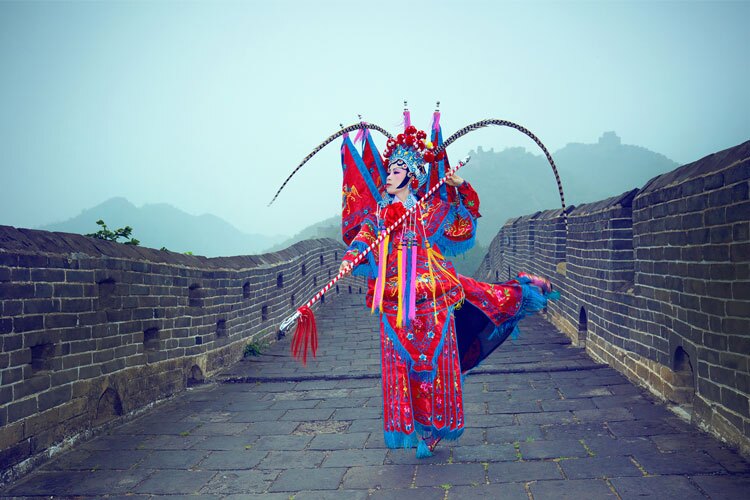
Beijing Travel Guide
Beijing, "北京" in Chinese, is the capital of China. With more than 3,000 years of history, this ancient city has turned into a charming destination combining traditional culture and modern fashion.
Beijing is a must-visit city for travelers who come to China for the first time. It is one of the "10 best places to visit in the Asia Pacific", named by Lonely Planet in 2019.
Top Things to Do in Beijing:
- If you are a fan of Chinese imperial culture, explore the Forbidden City and Summer Palace.
- If you want to admire one of the greatest wonders of the world, climb the Great Wall of China .
- If you are interested in local neighborhood life, Beijing Hutongs will not let you down.
- If you are fond of local food, the Beijing Roast Duck is not to be missed.
- If you are a fan of Bruce Lee or like Chinese Kung Fu, enjoy a Kung Fu Show in Red Theater.
Top Attractions in Beijing
Beijing is world-famous for its historical and cultural sites. With numerous attractions, there are the top 3 must-visits in Beijing: the Great Wall of China, the Forbidden City, and Tian'anmen Square.
- See all Beijing attractions
Best Time to Visit Beijing
Typically, the best periods to visit Beijing are spring and autumn, with very comfortable weather and pleasant scenery. September and October are the best months to go to Beijing. Beijing in autumn is dry and sunny, with comfortable temperatures and beautiful fallen leaves.
If you prefer a certain kind of season, read the Best Time to Visit Beijing to be more prepared. Read more details on Beijing Weather and Climate
Where to Stay in Beijing
As an international city, Beijing has a vast range of accommodations suiting every budget from luxury hotels to guesthouses. The majority of the hotels in Beijing are in 10 neighborhoods, from which you can choose the most suitable one to stay. Read Where to Stay in Beijing for more details.
How to Get to and Around Beijing
Beijing has a highly developed public transport system for people traveling to and getting around the city. The most reliable way to travel within the city is by subway.
The fastest way to get to Beijing is by air or high-speed train, depending on which city you come from. There are direct flights to Beijing from China's major cities like Shanghai, Hong Kong, and Xi'an. A Bullet train is the best option if you travel between Beijing and Tianjin:
- Travel between Beijing and Hong Kong
- Travel from Beijing to Shanghai
- How to Travel from Beijing to Tianjin?
- How to Travel from Beijing to Xi'an?
Request a custom itinerary today and get one step closer to your personalized trip
Create Your Trip

The Travel Momento
A Perfect Beijing Itinerary: Detailed 5 Days Guide For First Timers
Share on facebook Share on linkedin Share on pinterest
If I had to choose one city that perfectly represents China’s spirit, it would be Beijing. Even after almost a month of travelling through China, Beijing has left a special mark with its most unique and best-known attractions and things to do. We share all the details of our 5 day Beijing Itinerary with you below.
Personally, I think it’s an essential stop for anyone visiting China and a great starting point of your travel to China. It provides you with an insight into both worlds – traditional and new. Whether you want to wander through traditional hutongs (alleyways = oldest parts), surround yourself with an enormous collection of historical sights, or observe futuristic skyscrapers, the city has you covered.
Regardless if you are a first-time traveller or returning travel addict, our 5-days Beijing itinerary will help you navigate through the city’s top attractions spread across the city. This jam-packed itinerary includes all the best bits, handy tips and recommendations to make your trip to Beijing the best experience. Let’s start 🙂
See the complete 3-week China travel itinerary
5 Day Beijing Itinerary

Beijing Day 1: Blend of nature and urban
After arriving at Beijing airport at 8 a.m. and finding our hotel in one of the hutongs, we decided to begin exploring the area we’ll be living in for a couple of days. It’s a great starting point of your Beijing itinerary as it is close to the majority of tourist sites.
Temple of Confucius and Imperial College Museum
Recommended time: 2 hours
The second biggest Confucius temple in China and the origin of education and knowledge is a must-see on your Beijing itinerary to help you understand the culture and tradition. It has four courtyards and four main sides: t he Gate of the First Teacher, the Gate of Great Accomplishment, the Hall of Great Accomplishment , and the Worship Hall . Among other things you can see various carvings of scholars who passed the official examinations.
Arriving earlier, we suggest heading straight to Imperial College for the most iconic pictures with traditional architecture. Every hour you can also enjoy a traditional show, which lasts for 15 minutes. There is only a small number of chairs in front of the stage. If you are tired or want to have the best view, come 5 minutes before the show.

Yoghe Temple or Lama Temple
Recommended time: 45 minutes to 1 hour
Around the corner from previous stop, you can visit the largest and most preserved lamasery in present China. It consists of five main halls separated by courtyards: t he Gate Hall of Harmony and Peace, the Hall of Harmony and Peace, the Hall of Everlasting Protection, the Hall of the Wheel of the Law , and the Pavilion of Ten Thousand Happiness.
The most important feature is the Hall of the Kings of Heaven, featuring Buddha’s statue surrounded by the four kings. Each of them features one symbolic objects (snake, sword, shield, and toad).
You can sit down in the shadows of the temples to relax, observe people and/or the process of praying.
Houhai Lake
Recommended time for a walk around it: 30 minutes to 1 hour
Known for numerous restaurants with traditional food, outdoor seating overlooking the lake, and famous rickshaw rides, it’s also home to one of the best-known hutongs . You should stop by at night, when the lights come up and people fill up every corner. If you are looking for authentic, traditional Chinese food, this is the place to go.
Beihai Park
Recommended time: 1,5 – 2 hours
Beautiful scenery complemented by gardens, pagodas, and gorgeous artwork has much to offer. There are restaurants and bars as well as playgrounds for children. In the middle of the lake is the Island of Exquisite Jade with a beautiful 17th-century White Pagoda. The island is accessible by boats of all imaginable forms or through a bridge connecting it with the walk side. You can also take a paddle and enjoy the lake or relax and leave it to locals.
We decided to walk through the bridge and explore the island’s splendid architecture. It turned out this is a popular place for locals to relax and enjoy their time.

The Travel Momento insider tip : If you leave by the southern exit, you will come out by the Forbidden City’s western part.
As we were visiting Beijing during the national holidays in October, the Forbidden City was closed on that day. If you are visiting outside of the celebration, you can finish the first day by visiting the Forbidden City .
We decided to take the bus to visit the biggest commercial street in Beijing, Xidan commercial street , which also represents the financial district of Beijing.
Business / Financial Area
Recommended time: 30 minutes
As Gregor is working in finance, visiting the bank’s headquarters has become a must on every trip 🙂
Take a walk around this area to witness China’s other side: the modern, technological, and futuristic. Here you can find the headquarters of China Construction Bank, The People’s Bank of China, Industrial and Commercial Bank of China, Bank of China, and Agricultural Bank of China.
We decided to return to Houhai Lake to start our foodie trip down the traditional Chinese cuisine flavours.
EVENING/NIGHT ALTERNATIVE : You can stay on a vibrant Xidan comercial street full of malls with Chinese and European shops and restaurants. Just don’t forget that European brands are way more expensive here.
Beijing Day 2: Chasing the views
We recommend beginning the second day of your Beijing itinerary with a trip to UNESCO World Heritage Site, the Summer Palace, and imperial gardens.
Summer Palace
Recommended time: 3 hours
Connected to the city centre with a subway, the largest royal park in China is easily reachable for all of you travelling with children. You need to purchase a subway ticket and then an additional ticket for the tram connecting you with the closest gate.
With 733-acres you can easily spend here the whole day. We recommend you take some time to walk around the lake towards the palace and enjoy the ensemble of pavilions, gardens, bridges, corridors, and temples.
The Summer Palace has four parts : Kunming Lake Area, the Court Area, Front and Rear Area of Longevity Hill. The later offers great views overlooking the lake. There is not a more photogenic traditional place that this one and one of the few with many places to hide and enjoy tranquil harmony.
You can purchase a ticket covering all the levels or pay for a particular level before entering it.
The Travel Momento insider tip: Climb the Longevity Hill to reach the Buddhist Temple for stunning views overlooking the lake and surroundings.
Old Summer Palace and Yuanmingyuan Park
Recommended time: 1 hours
Existing to the east of the current Summer Palace, you can continue to the ruins of the old palace. It is an essential part of Yuanmingyuan Park that consists of three gardens: Garden of Perfect Brightness, Garden of Eternal Spring, and Garden of Elegant Spring.
The Travel Momento insider tip: Make sure to enter on the right side. Otherwise, you have to walk through a huge park to see the ruins.
On the way back to the city centre, we stopped to see the masterpiece of all times – the Olympic Park.
Olympic Park
Recommended time: 30 minutes to 1 hour (if you visit the indoor)
The so called Bird’s Nest and Water Cube building hosted the 2008 Summer Olympics. Despite not being in use anymore, it doesn’t look less powerful than it did back in the days. A great architectural piece with a park to sit down or walk around the building. You can see it straight after exiting the subway station.

Beijing Day 4: Step back into the history
Continue your adventure by exploring the rich past of China.
Tiananmen Square
Recommended time: 20 minutes
Tiananmen Square is the main square of Beijing and the most prominent spot that every Chinese wants to see at least once in life. With over 440,000 square meters is also the largest city square in the world.
Over history, Tiananmen represented the entrance to the Imperial City, within which is located the Forbidden City. When you look at the gate entrance, you will see two lions in front of it and two lions guarding the bridges. This is not surprising as the Chinese see lions as protectors from evil spirits.
In the middle of the square is the Monument to the People’s Heroes devoted to all the fallen soldiers in World War 2. It represents one of the largest monuments ever built in China.
Around the square, you can find the most important political and historical buildings – The Great Hall of the People , where meetings of the China National People’s Congress take place, Chairman Mao Zedong Memorial Hall with the crystal coffin of Chairman Mao’s body, and the Museum of China .

Forbidden City
This is a fantastic and most visited historic landmark in Beijing! So much to see and so much to learn. It should definitely be on anyone’s list of must-sees in China regardless of the available time.
There is only one entrance to the city, the Southern Gate, where you will already see a large queue of people waiting to go through security. It’s closed on Mondays, and from our experience it’s also opened during the national holidays in October.
Home to 24 of China’s former emperors since 1406 has five sections: Hall of Supreme Harmony, Meridian Gate, Imperial Ancestral Temple, Zhongshan Park, Gate of Heavenly Peace.
The Travel Momento insider tip: You need to bring your passport for identification purposes.

National Museum of China
Recommended time: 2 hours
Want to dive deep into China’s development into modernity? Then this is the place to visit. It features a great display of ancient Chinese cultural relics, archaeological discoveries, Chinese calligraphy and paintings, Buddhist statues, Ming and Qing furniture, and ethnic customs.
Mausoleum of Mao Zedong
Recommended time: 10 minutes
You can also visit the inside and pay respects to the founder of China.
Going around the mausoleum you will arrive at Zhengyang Gate and Dashilan Street, where you can drive down the street with an ancient tram.
Temple of Heaven
Recommended time: 1,5 to 2 hours
Temple of Heaven was an important temple during the Ming and Qing dynasties, where emperors would pray for good harvesting during the winter solstice. It consists of three main buildings: The Hall of Prayer for Good Harvests, The Circular Mound Altar, and The Imperial Vault of Heaven . In the latter, you can find the famous Echo Wall, which can transmit even the quietest of sounds and voices enabled by three unusual echoing stones.
Nowadays, the complex gardens are a place for locals to hang out, play board games (especially chess) and perform dances. It’s a great place to get some insights into how Chinese people spend their free time. So interesting to see how they cheer and bet, and how loud it can get.
Although we arrived late in the afternoon and it was crowded, we could still get empty pictures with the temple.

Beijing Day 4: Reaching the top of China
After getting a feel for the city, it was time to see one of the world’s greatest wonders – The Great Wall of China. You cannot truly experience Beijing or even China if you haven’t seen the Great Wall.
We were waiting for this since we landed, and it had completely surpassed everything we expected. There are no words to describe the feeling when you stand on the wall and look around what people built centuries ago.
For this day trip, we booked a guided tour on Viator to get information that only locals would know.
Great Wall Hiking Tour from Jinshanling to Simatai West
Tour time: 9 hours
This part of the wall is further away from Beijing than other sections. But it has its own perks – it’s less crowded and quieter.
Some parts of the wall are really steep and slippery, especially if you are walking in sandals. I (Tjasa) speak from first hand experience as I had to get on my hands to climb up. But the views on the top of the watchtowers are worth it!
Along the way, you can find locals selling snacks and drinks, so make sure to have money with you. Even with several water bottles, we had to buy some cold refreshments as there are no shadows to hide from the sun.

Silk Market
Recommended time: 9 hours
Like every woman, I (Tjasa) had such big plans for everything I would be able to buy. The truth is that the prices are not as low as you might have heard or saw on the websites with Chinese clothes and shoes.
This place exists just for the tourist. You won’t find many locals there. The majority of the products are duplicates. If you decide to purchase something, always negotiate. Some retailers are willing to change the initial price substantially and will also run after you to persuade you to buy the item.
Night visit of Tianmen Square
We concluded the day with the visit of the main square at night.
You might be surprised, but there were more people than during the day. The square and surrounding building light up. It’s worth seeing the iconic place at night.
Beijing Day 5: Outskirts of the city
To conclude our Beijing itinerary we headed to the surroundings of Beijing for some cultural inspiration and finish the day by absorbing the spirit on the main street.
798 Art District
Recommended time: 1 to 3 hours (if you want to visit the galleries)
An interesting place representing the heart of alternative and modern art and culture in China. It used to be an industrial area that was turned into a unique district of murals, sculptures, graffiti walls, and wall arts. Even if you are not interested in art, we would recommend visiting this area. It’s a nice walk through the community representing a contract between the city’s past and present.

Drum and Bell Tower
Recommended time: 30 – 45 minutes
Originally used as musical instruments, they quickly became the official time announcers of Beijing. We recommend climbing both of them for some nice views of traditional hutongs and Houhai Lake. While enjoying the view, don’t forget to catch the drum performance. It runs at 09:30, 10:00, 11:30, 1:30, 2:30, 3:30, and 4:45.
When visiting this site, you can also take a walk through the most well-restored hutong, Nanluogo Xiang, where you can sit down for lunch or snack in many restaurants and cafes. Due to its restoration, this hutong is super touristy and busy and doesn’t represent the traditional way of living.
Wangfujing Pedestrian Street
Recommended time: completely up to you
Shopping heaven with the best food diversity. From local to international shops like Starbuck, Wangfujing pedestrian street is a popular destination, especially for young people. It also offers delicious food ranging from duck and chicke to desserts.
Sum up of this 5 day Beijing itinerary
The aim of our Beijing itinerary is to give you a chance to explore it all. The unique landmarks and highly tourist sights while providing you with the opportunity to dive into the culture and tradition.
You can combine different days or start clockwise. It’s up to you to decided what suits you the best.
Enjoy exploring this amazing city!
Still have some questions regarding your trip to China? Click here for the most comprehensive overview of everything you need to know to explore China like a local.

We are two travel passionistas, who are always in the minds of planning their next travel trip and creating memories. Get honest tips and all the details, learn from our mistakes and enjoy our travel guides so you can have the best time!
Get to know us
This is a great itinerary for Beijing. I lived in China so have been many times and you hit all the best places for sure. I used to love looking for quiet places in the city with great views, and of course the shopping. I often found the Pearl Market was a little quieter and a little less touristy than the Silk Market so I often got slightly better deals, but both were great for finding cheap clothes, shoes and jewellery
The structures and temples are so beautiful. I love the architecture and colors and the way it all ties into the culture. What a great list of things to see!
It really is so outstanding to see it in person and the meaning behind it.
I’ve been all around the region but been saving Beijing for a special trip. You definitely convinced me it’s next on my list!
can’t get over the oriental architecture 😍
It definitely is breathtaking, especially when you see it in person.
I can’t believe they don’t use the “birds nest” anymore??? Such a waste lol. But great article, thanks for sharing all this information
Leave a Reply Cancel reply
Your email address will not be published. Required fields are marked *
Save my name, email, and website in this browser for the next time I comment.
Related Articles
China travel itinerary: unforgettable 3-week adventure, 7 most instagrammable and eye-catching places in tenerife, the ultimate 2-day cadiz itinerary for your next spanish adventure, best of trapani and surrounding: 3 days itinerary you won’t forget.


A Beijing Itinerary | 4 days in China’s bustling capital
Beijing is massive. Third largest city in the world kind of massive. So how do you fit all that you need to see in the ancient city, formerly known as Peking? Well, we hope that we’ve put together the perfect 4 day Beijing itinerary that will help you plan your trip; a complete guide to Beijing if you will. We’ve also included a bunch of useful information, travel tips and some handy recommendations to make sure you’re fully prepared for a trip to China, which isn’t always the easiest place to travel for foreigners.
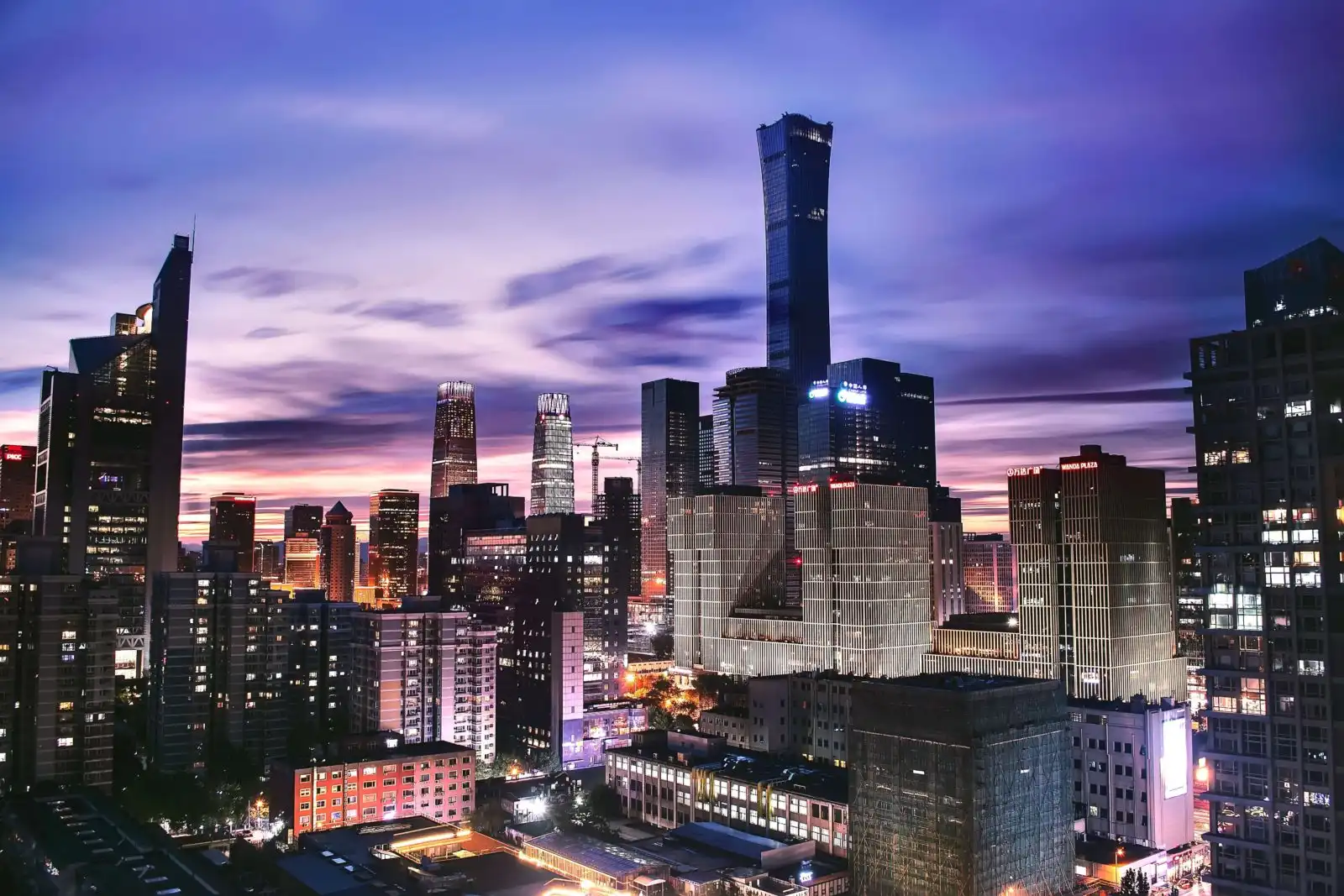
Why go to Beijing?
When we decided to add China to our list of must go places on our world trip, there was a hint of trepidation and a touch of scepticism. We had heard from the few other travellers that China travel is challenging and to pretty much expect the worst. And based on our experiences, it made us question if they had actually been! It was not at all what we had been led to believe and with Beijing being the capital city, it makes it the perfect place to start a trip in China. So before we get into our Beijing itinerary here is why you should make Beijing a must stop destination.
- If you are looking to see some of the most famous sights in the world, then look no further then Beijing. The city is littered with iconic landmarks and Chinese culture .
- I’m pretty sure you’ll be a fan of Chinese food. Let’s be honest, who isn’t? So what better than to experience first-hand where Peking duck pancakes come from? And if you are interested in experiencing cuisine that you most likely won’t have ever tried before, then this is your place. Duck blood soup anyone? Go on, tantalise those taste buds with some strange foods in China !
- We were a little concerned that getting around Beijing wouldn’t be that easy. How wrong we were! One of the best Metro systems in the world, it is cheap, clean and efficient. Plus all the ticket machines and stations are in English.
- If I’m comparing the cost for accommodation, food and travel to any other major city in the world, then your money goes pretty far. Don’t expect South East Asia prices, but it’s not wildly off. You can easily stay very comfortably on a 100 GBP / 120 USD a day budget.
- Now one thing we found we actually loved was the language barrier. Yes, there definitely is one. English isn’t widely spoken. But it makes you feel like you’ve really achieved something when you manage to order the correct dinner or find your way to the right place. It’s almost taking you back to the days of romantic travel, when you just had to get by. And let’s be honest, if all else fails – Google Translate.
- The local people are lovely and we found them to be super helpful. We won’t forget the time we tried to purchase a new phone, and were using Google translate to chat through with the sales assistant. And without any hesitation another customer who spoke fluent English came and helped us out.
Read next: Here is the perfect 2 week China itinerary.
Our Beijing itinerary for 4 days
- Day 1 – Forbidden City | Jingshan Park | Tiananmen Square | Qianmen Walking Street
- Day 2 – Summer Palace | Temple of Heaven
- Day 3 – Day trip to the Great Wall of China
- Day 4 – Ming Dynasty Tombs | Lama Temple | Hutongs | Ghost Street
How long should you stay in Beijing?
There is so much to do in Beijing that you could easily stay in the city for more than a week seeing the sights (there are 7 UNESCO World Heritage sites alone), hitting the hutongs, trying some of the 12,000+ restaurants and even shopping till you drop. But we would recommend spending 4 days exploring the city. And hopefully we have the perfect Beijing tour itinerary below.
We actually spent 5 days in Beijing, but as part of a longer one month trip, and so split this into two and three days with a trip to the Great Wall of China bang in the middle. We didn’t go there, but many people also travel from Beijing to neighbouring Mongolia .
Read next: The ideal Xian city guide.
Travel Insurance for China
Got your travel insurance booked? We promise to never push a brand or product we don’t personally use, and the travel cover from Safety Wing is a policy we don’t just use, but we highly recommend. They offer some of the most flexible policies, amazing customer service and are affordable too.
Check out the latest travel insurance prices with Safety Wing here.
Day 1 Beijing Itinerary – Exploring the most famous sites
Forbidden city.
So, what to do in Beijing? We are kicking off the itinerary with the big one: The Forbidden City. This has to be one of the most impressive city or palace complexes that we have ever seen. There are over 1.8 million pieces of artwork, over 8,500 rooms across 900 odd buildings. So you need to leave yourself a good couple of hours to explore. We’d suggest you wear comfy shoes as the complex is almost a square kilometre!
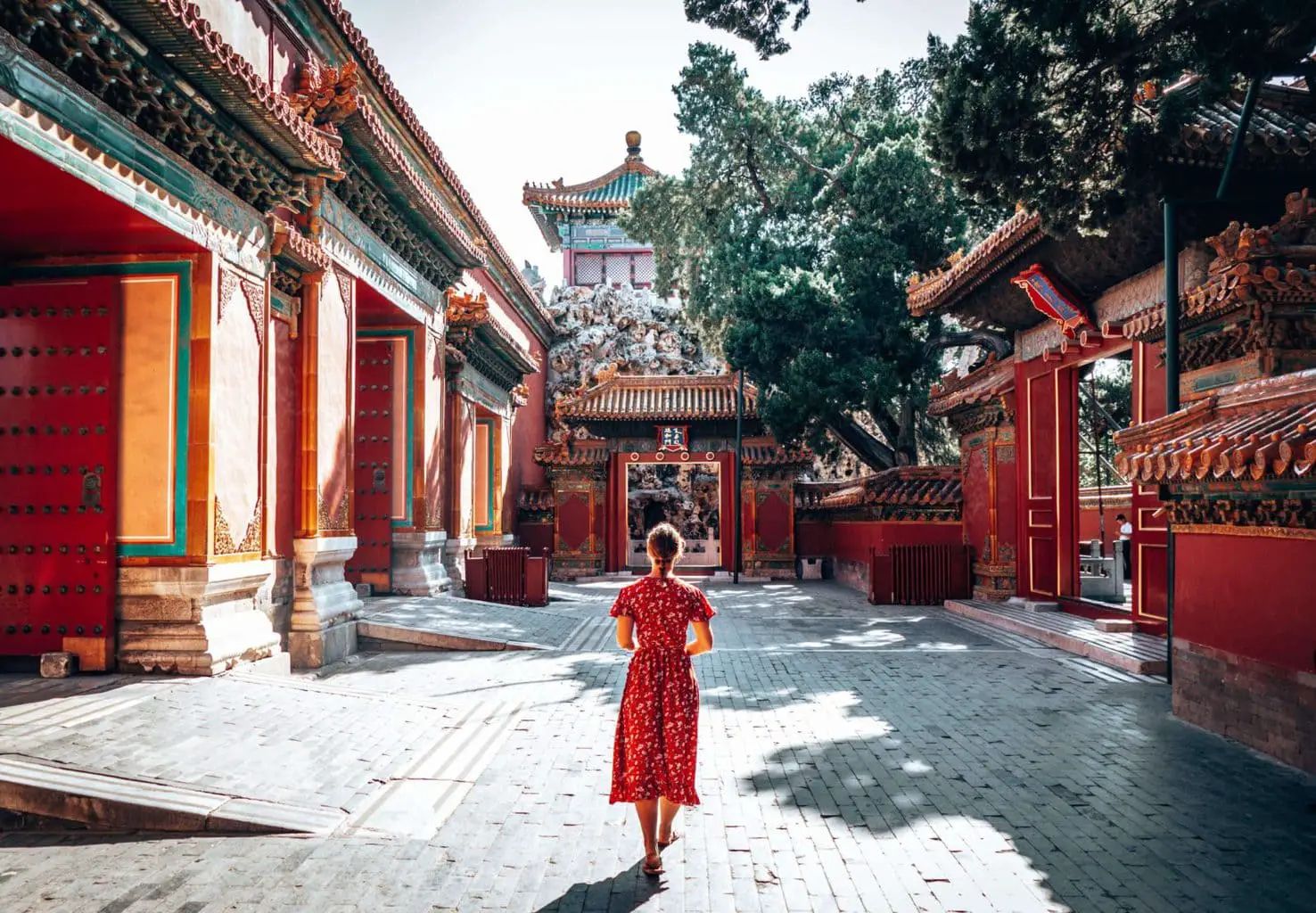
Make sure you book your ticket online beforehand. You’ll have to use a third party as you need to have a Chinese mobile number, ID and understand Mandarin to book directly!
We booked our Forbidden City Tickets here , which was seamless. Cost for entrance was 65 RMB (9 USD/7.50 GBP) Don’t forget to take your passport with you, you need it to get in.
There are also some good walking tour options, with the added benefit of understanding more of the history about the Forbidden City from your tour guide.
If you are taking the Metro, get off at either of the Tiananmen Square stations on line 1 (red line).
Top tip: If you are keen Instagrammers or photographers, then our best advice is get to the city entrance before 8.00am, enter over the bridge and wait around for 30 minutes until the ticket booths open. Then as soon as you are in, head to the left of all the crowds and walk quickly through the first couple of buildings. Miss them out for now – you can head back to them later. You’ll almost be doing the route in ‘reverse’. They limit ticket numbers to 80,000 per day, so there are only certain times/places where you can have it all to yourself. But it is so worth it!
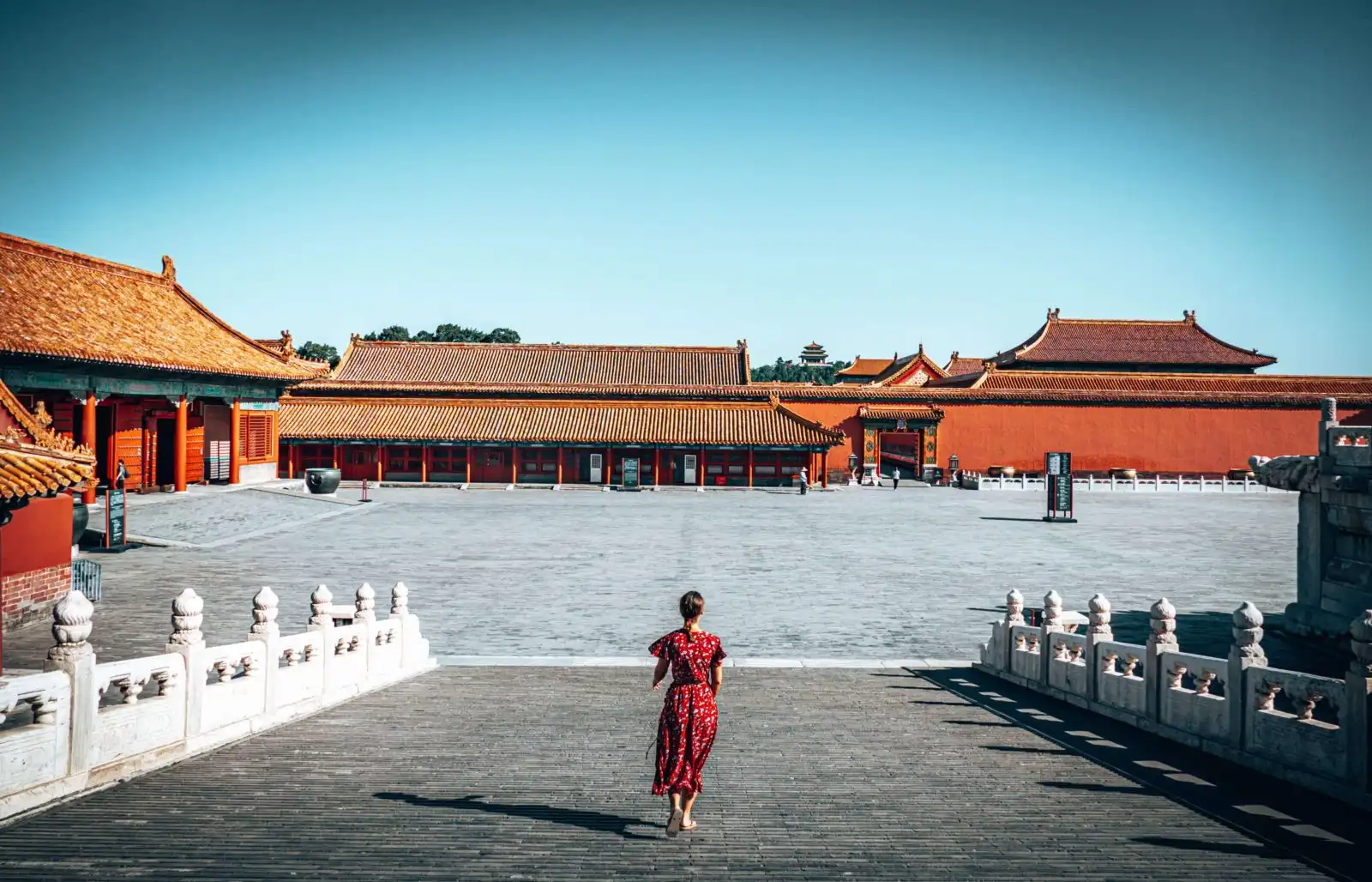
Location: 4 Jingshan Front St, Dongcheng Qu, Beijing
Open: 8.30am to 5.00pm (April to October) and 8.30am to 4.30pm (November to March) – Closed on Mondays!
Jingshan Park
You’ll have to exit the Forbidden City on the opposite side to where you entered. Which is great, as right across the road from this exit is Jingshan Park. One of the must do things in Beijing is to take a short walk up Prospect Hill, you’ll be afforded the best view back down over the Forbidden City, as well as a 360 degree view of the whole city. It’s a great way to understand the size and scale of Beijing.
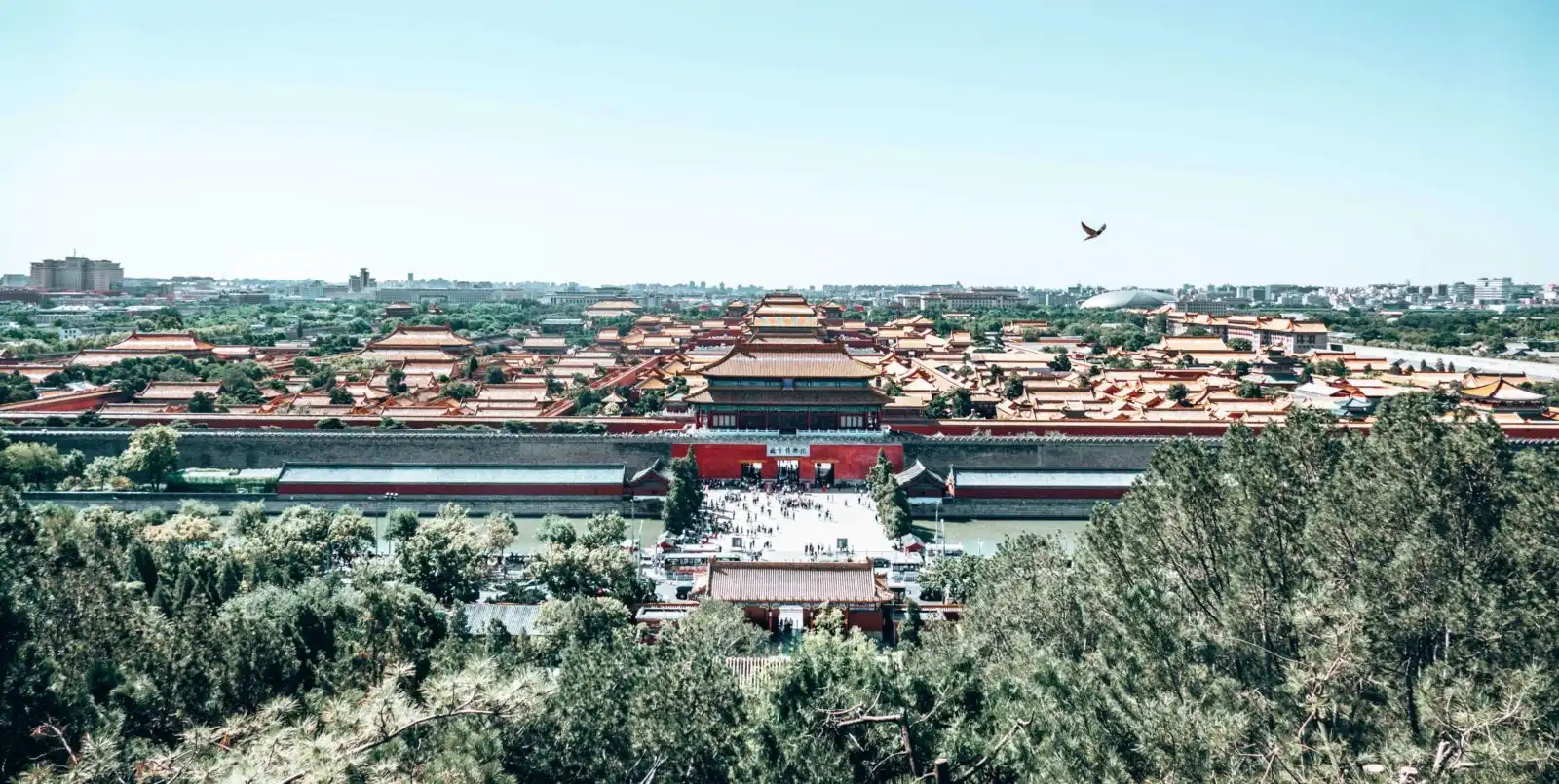
It’s only 2 RMB to enter (about 0.30 USD/0.25 GBP), so cheap as chips. It’s also open from early morning, so if you’re looking to get some shots of the Forbidden City in the morning, then it may be good to start your day with Jingshan Park.
Location: 44 Jingshan W St, Xicheng Qu, Beijing
Open: 6.00am to 10.00pm
Tiananmen Square
After heading back down Prospect Hill, it’s then worth heading back along the walls of the Forbidden City (around the outside) towards Tiananmen Square. As you may have gathered, China doesn’t do small, and this square is no exception, being one of the top 10 largest city squares in the world. The square is really impressive, obviously overlooking the Forbidden City, but also the location of the Monument to the People’s Heroes, the Great Hall of the People, the National Museum of China and the Mausoleum of Mao Zedong.
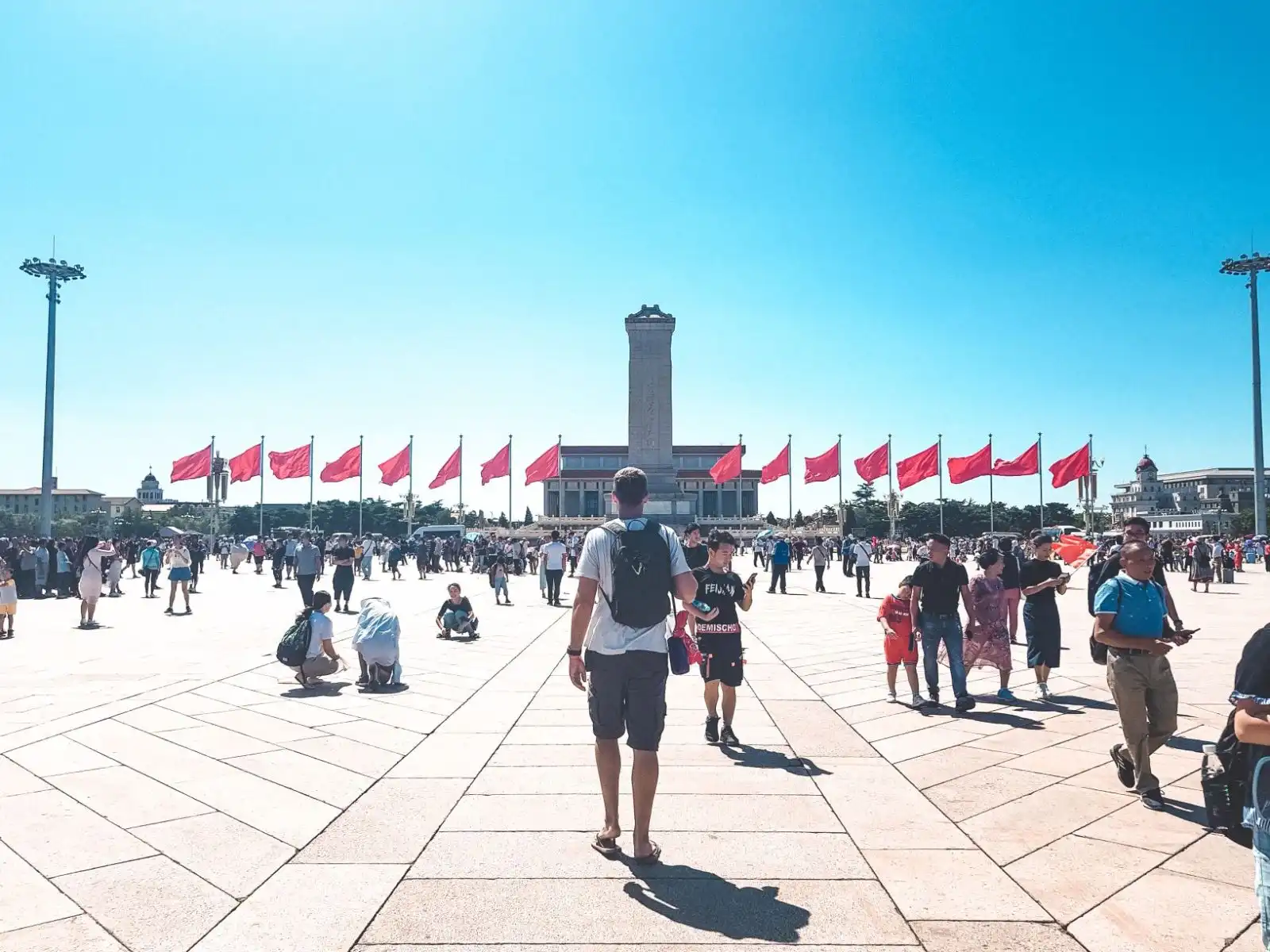
You may be pretty knackered after all the walking and not have the energy for exploring these other sites, but we just enjoyed walking around the square. Don’t forget that you’ll also need your passport to enter into Tiananmen Square!
Location: Tiananmen Square
Open: Times vary, but even though it is closed at night, you can still walk around it.
Qianmen walking street
If you continue heading south when you depart Tiananmen Square, you will eventually hit Qianmen walking street, which is a great place to rest up and grab some food or coffee. The area was redeveloped to look as it did in the 1920’s and has a number of courtyards and hutongs to explore – quite touristy, but a great area to wander.
Location: Qianmen Street, Dongcheng, Beijing
Day 2 Beijing Itinerary – Summer Palace & Temple of Heaven
Summer palace.
For the morning of Day 2 of your Beijing itinerary, we recommend heading to the UNESCO World Heritage site of the Summer Palace, the imperial gardens and palaces from the Qing Dynasty. The near 3 square kilometre park is centred around Longevity Hill and Kunming Lake. The Summer Palace is really accessible from the city, all you have to do is take Line 4 north to Xiyuan or Beigongmen Stations. The cost for the gardens is 30 RMB (4 USD/3.50 GBP) during summer months (April to October) and 20 RMB (2.75 USD/2.25 GBP) for the rest. There are several add on costs for access to different areas, but you can also purchase a combo ticket for 60 RMB/50 RMB (8.25/7.00 USD or 7.00/5.75 GBP) depending on the time of year.
If you’d like to take a guided tour why not try this one (makes it all a little easier).
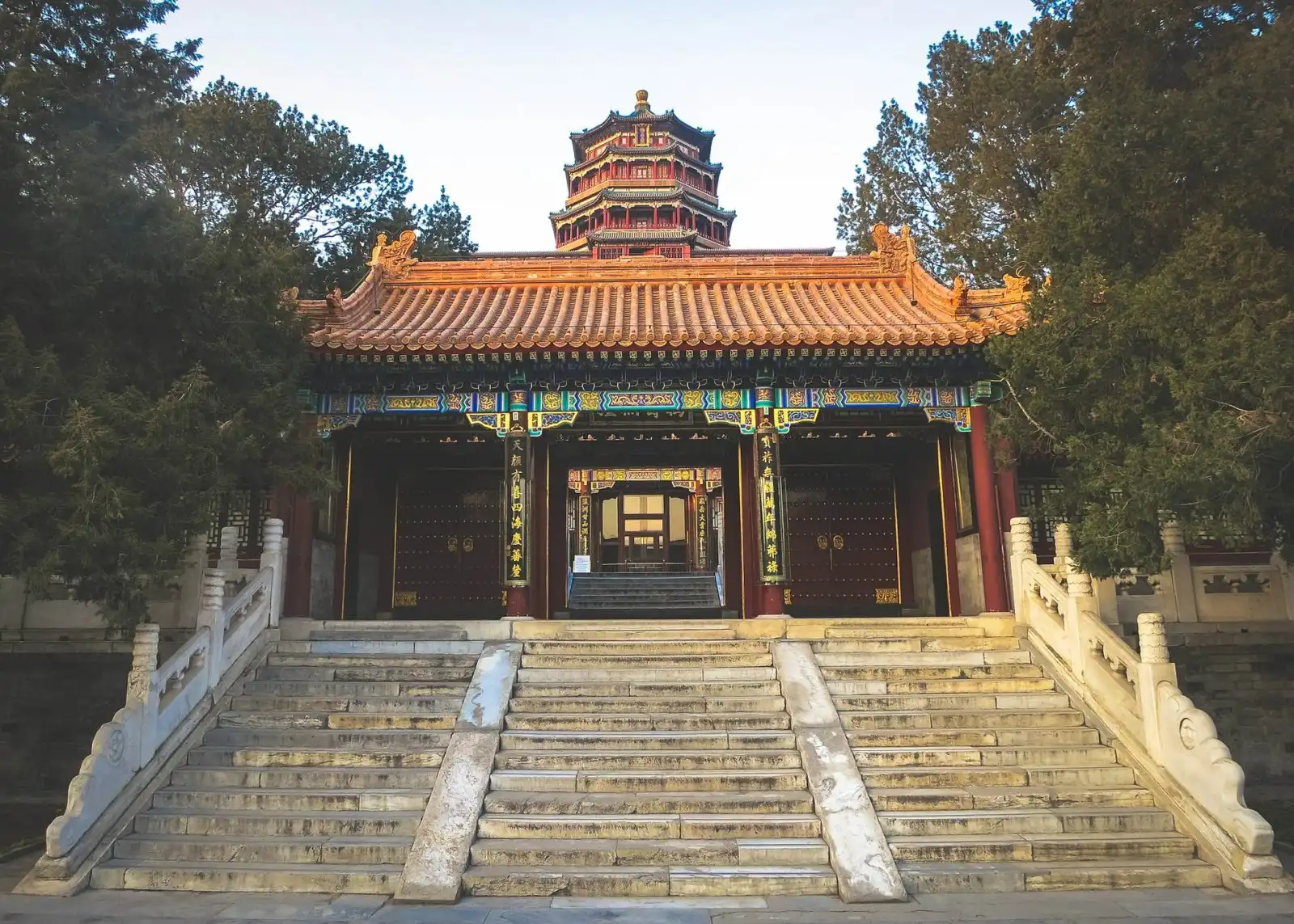
Location: 19 Xinjiangongmen Rd, Haidian Qu
Open: April to October – 6.30am to 6.00pm and November to March – 7.00am to 5.00pm
Temple of Heaven
After some well-deserved lunch (you will have done a lot of walking in the morning), jump back on Line 4, change at Xidan onto Line 1 (red) and 4 stops later at Jianguomen change onto line 5 (purple) getting off at Tiantan East Gate. As here is the location of your afternoon attraction, the Temple of Heaven.
Book your tickets for the Temple of Heaven here.
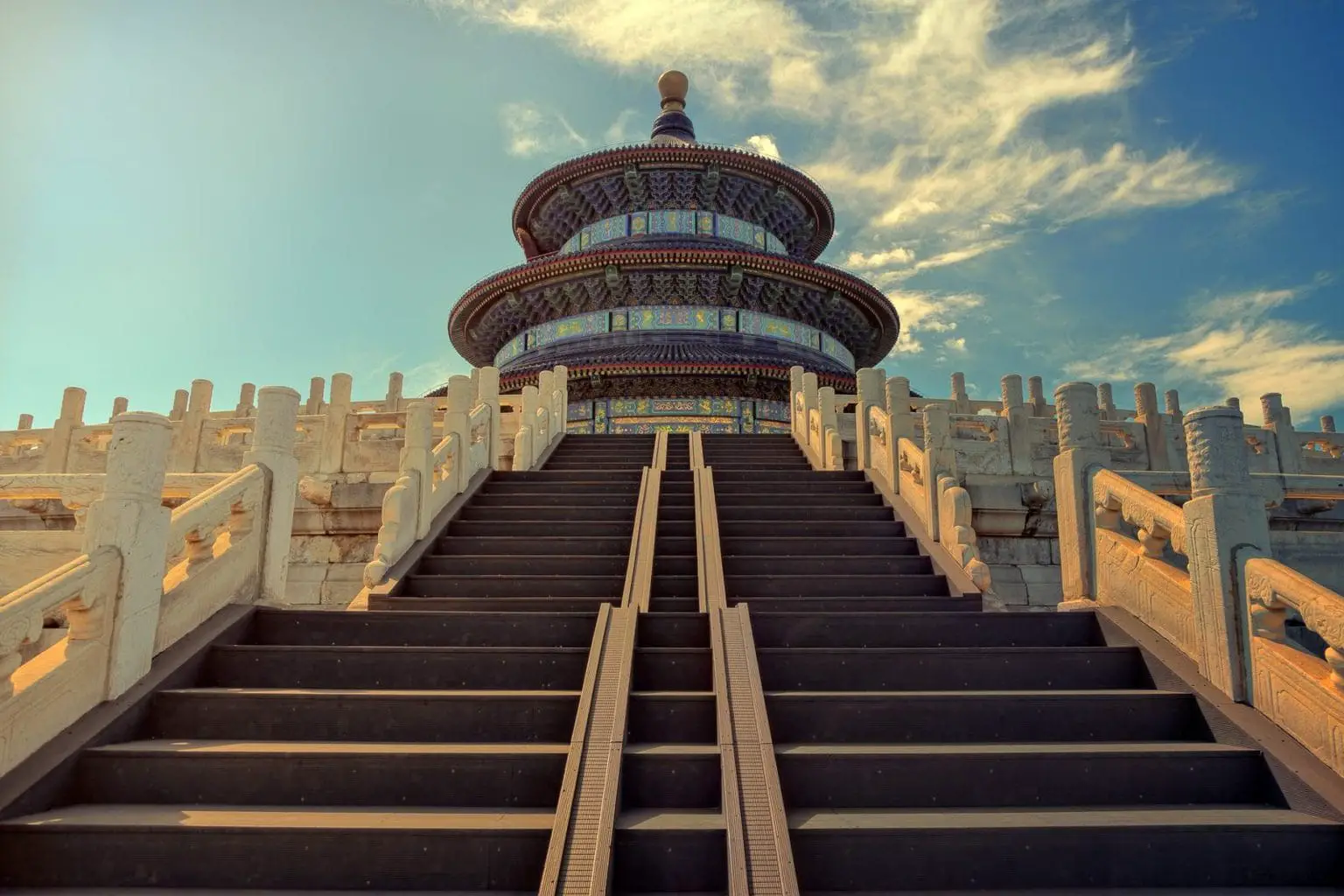
The temple complex, constructed in the early 1400s, was where emperors from the Ming and Qing Dynasties held their Heaven Worship ceremonies. It was enlarged over time and opened to the public as a park in 1988. The temple grounds cover nearly 3 kilometres and has three main areas: the Hall of Prayer for Good Harvests, a beautiful circular building that stands 38m tall; the Imperial Vault of Heaven which is a smaller version and the Circular Mound Altar, which boasts incredibly sculpted dragons.
Note: Like the Forbidden City, it can get quite busy so do be prepared for crowds, but it’s well worth the visit. As with other attractions in China, make sure you have your passport handy. Actually, it’s worth carrying it at all times.
Location: 1 Tiantan E Rd, Dongcheng Qu, Beijing
Open: 6.00am to 8.00pm daily
Day 3 Beijing Itinerary – Day trip to the Great Wall of China
The most impressive manmade thing that we have ever seen. The Great Wall of China is one of the 7 wonders of the world and when you get to see it first hand, you understand why. The wall just goes on and on – in total there is over 21,000km of wall. That’s over half the circumference of earth! It’s an incredible feat of building/engineering given that parts of it were started over 2000 years ago. And you really can’t come to Beijing without spending at least one day visiting it.
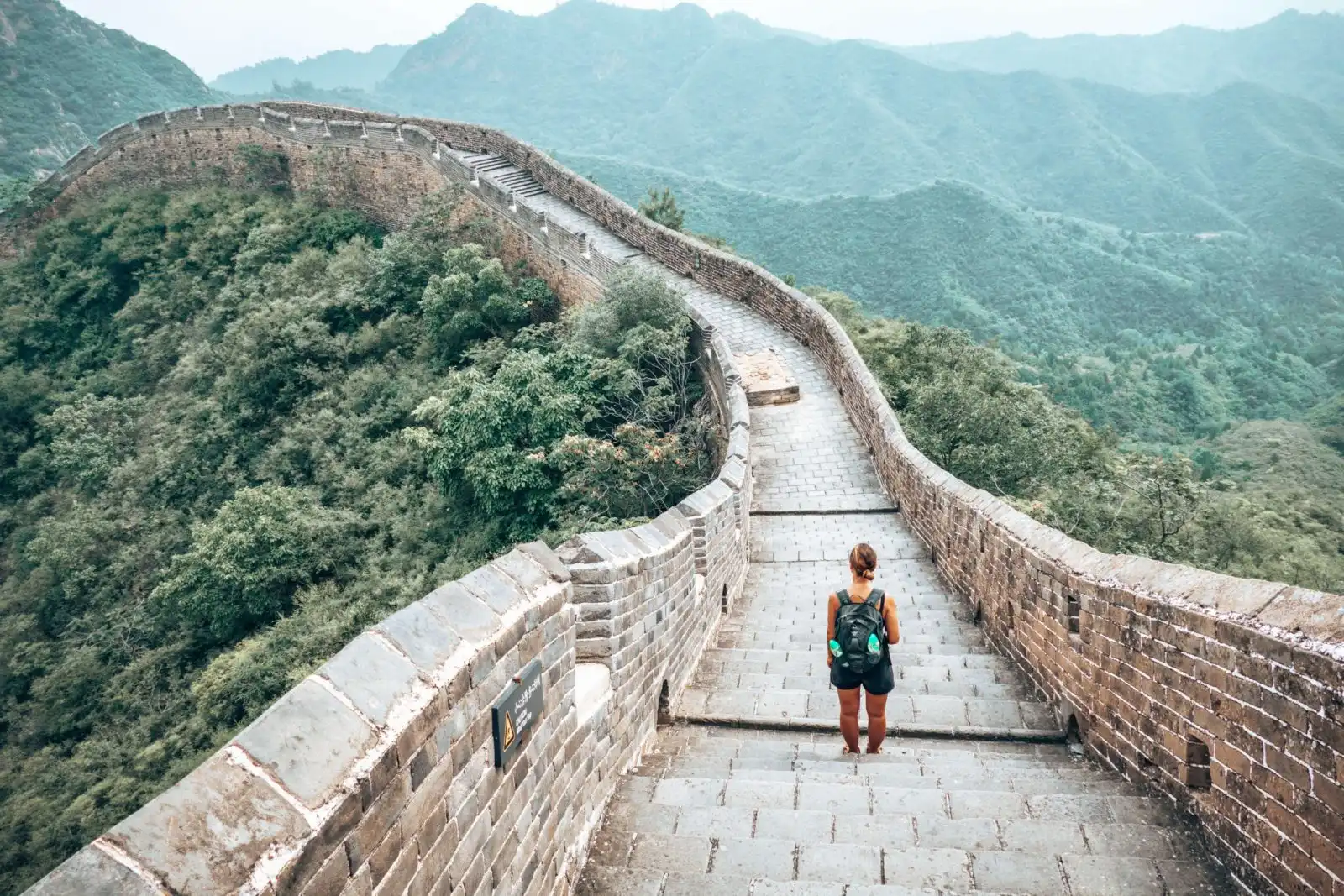
If you can only afford to spend one day on the wall as part of the Beijing itinerary, then we would suggest heading out to Simatai , via the Gubei Water Town bus and taking the cable car up to the wall. You could also head to Badaling or Mutianyu sections as part of a Great Wall Tour as these are closer to the city but, of course, busier.
Cost for entry to Simatai is 40 RMB (5.50 USD/4.50 GBP), if you take the cable car it’s 180 RMB/110 RMB, either both ways or one way (25/15 USD or 20/12.50 GBP). Entrance to the Water Town is 150 RMB (20 USD/17 GBP). A number of combo tickets are also available.
How to get to Simitai/Gubei Water Town:
Head to Dongzhimen station (Line 2 & 13), exit via B1 and then walk to the bus departure area .
Note that this is not actually at the bus station but around the corner. You’ll find a host of parked buses, and just jump onto one that has Water Town marked on the front. You only pay for your ticket when on your way and should cost 48 RMB (6.75 USD/5.50 GBP) a person.
Departures to Gubei Water Town: 9.00am, 12.00pm & 3.30pm (although good to note that they depart whenever they are full – our midday bus departed at 11am)
Return to Beijing departures: 1.00pm, 4.00pm & 9.00pm
Gubeikou & Jinshanling
However, you could definitely make this a standalone trip of its own rather than part of your Beijing itinerary, if you have more time. We were lucky enough to spend a couple of days at the Great Wall of China – and if you are a keen hiker, we highly recommend walking from Gubeikou, an unrestored section of the wall, through to Jinshanling an area which has been restored. During our time walking along the wall at Gubeikou we encountered two other families – it is deserted. Jinshanling is a little busier but still not the crazy crowds that you can experience elsewhere on the wall.
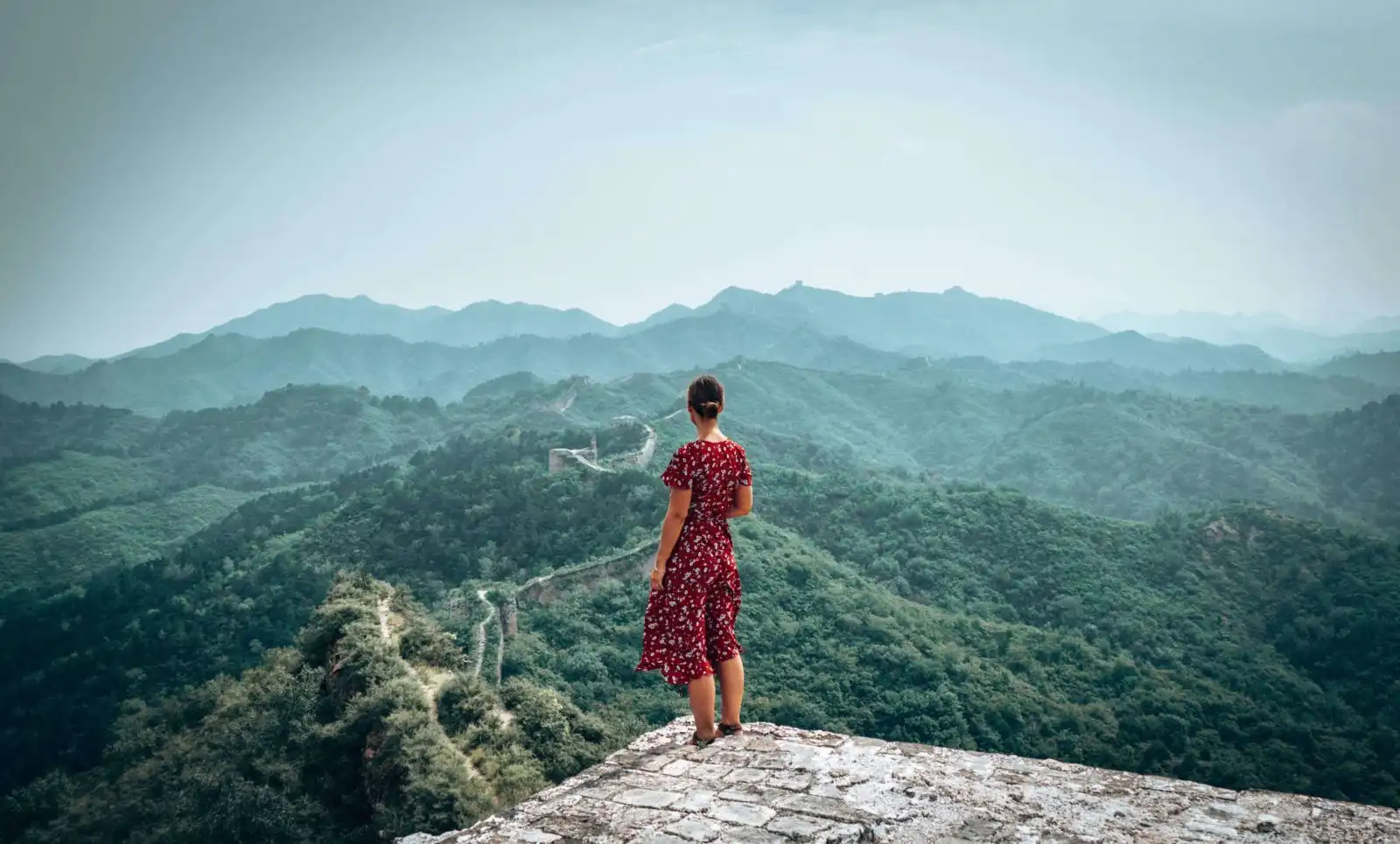
This hike takes around 6 – 8 hours depending on your speed, and getting from the end of Gubeikou to Jinshanling you have to head off the wall and walk around a large military zone. Although not very clearly marked, just follow the red marks on the rocks and you can’t get lost.
The cost for entrance at Gubeikou is 25 RMB (3.50 USD/2.80 GBP) and Jinshanling is 65 RMB per person (9 USD/7.50 GBP). Although the cost of Jinshanling is a little more, it is really worth going…
There is also an option to do a day tour to Jinshanling on its own, which would also be a great alternative.
Getting to Gubeikou/back from Jinshanling:
Exactly the same way as heading to Simitai, but at Gubei Water Town jump in a taxi which takes about 20 minutes and should cost 80 RMB (11 USD/9.20 GBP).
Accommodation option:
If you decide to stay longer at the Great Wall, we’d recommend basing yourself in Gubeikou at the Great Wall Box House . It’s a great hostel, food is good, is located about 5 minutes walk from the gate at Gubeikou and if you love cats, they have about 15!
Day 4 Beijing Itinerary – Tombs and Temples
Ming dynasty tombs.
The thirteen tombs of the Ming Dynasty are a short day trip from Beijing (around 50km), and the best way to start off your last day of your Beijing itinerary. You’ll either need to take a private car or a bus, and then walk around the massive area that houses the thirteen emperors of the Ming Dynasty, which ran between 1368 and 1644. It’s a huge area so either choose a guide or pick a few of the Ming tombs, else you’ll be there all day!
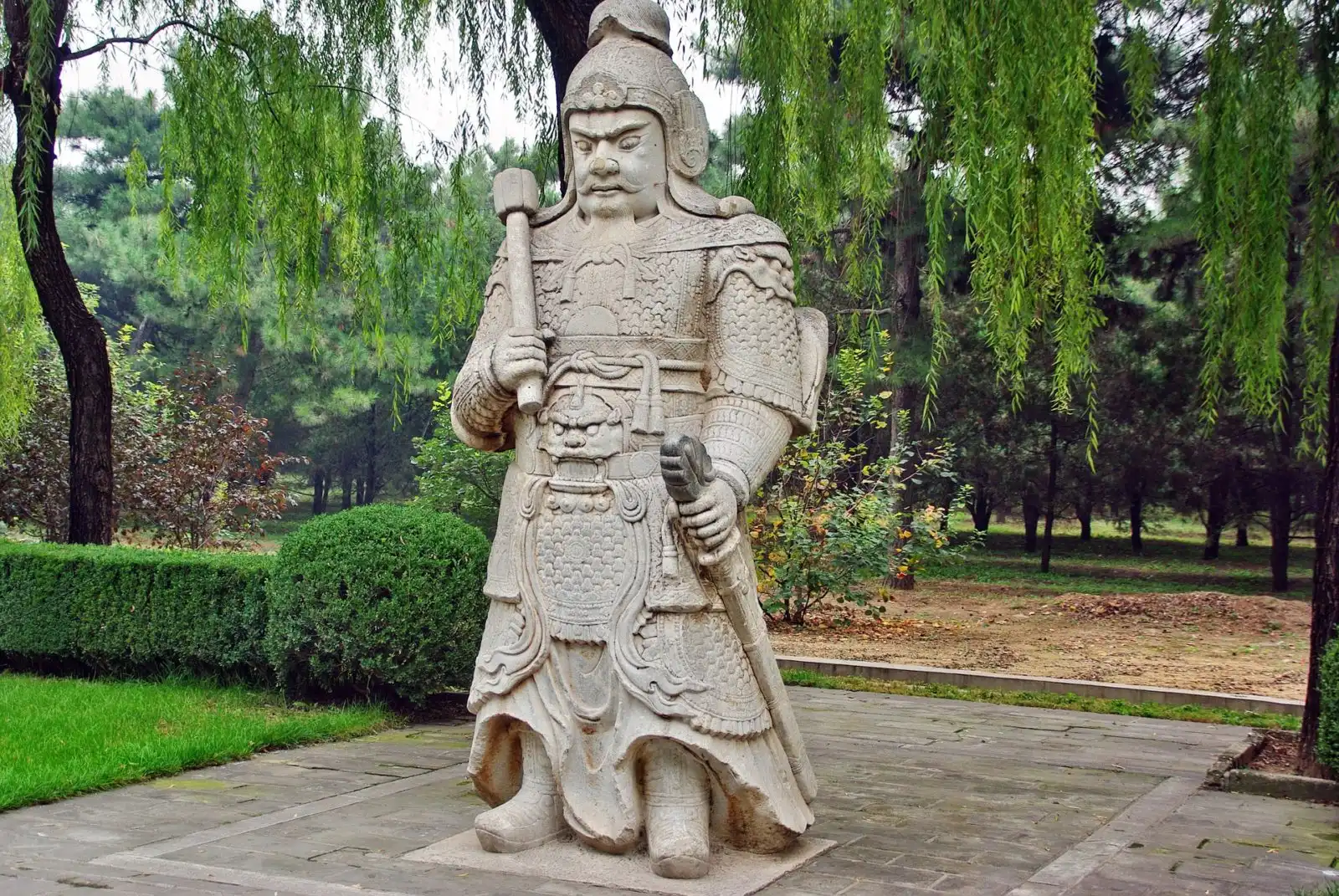
Lama Temple
A temple of many names – Lama, Yonghe, Harmony and Peace Palace – this temple in the north of Beijing is one of the most beautiful lamaseries (monastery for buddhist teachers) in all of China, and a great place to visit in Beijing. It was built in 1694 as the residence of Emperor Yongzheng but later became a lamasery in 1744, which it still operates as today.
This is a great stop after the tombs to take in a bit of peace and quiet, punctuated by the sound of monks and the smell of burning incense.
Round the corner is also the Confucius Temple, if you’re keen to see another temple in the area – it’s the second largest Confucius temple in the country.
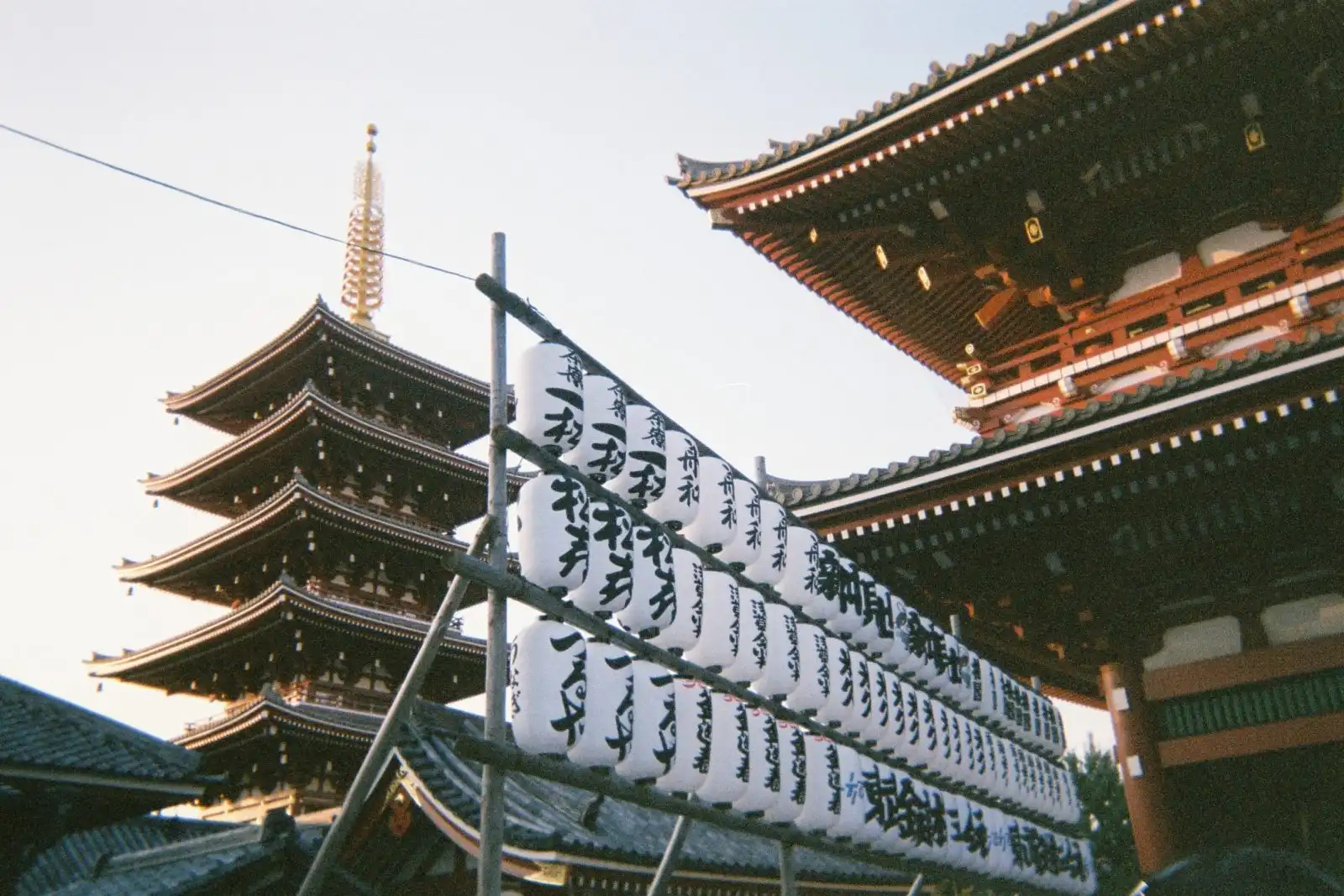
Location: 12 Yonghegong St, Dongcheng Qu, China, 100007
Open: 9.00am – 5.00pm daily
Wandering the hutongs
Loosely known as ‘neighbourhoods’ but technically a narrow street or alley, a ‘hutong’ is the best way to see real Chinese life in action, forming the heart of Beijing. Take your time walking through some of the more famous ones , or even rent a bicycle and cycle through them.
We suggest enjoying the hutongs near the Lama temple in the Yonghegong area, like Andingmen Xi Jie and Cangjinguan, and ending up at Ghost street.
Ghost Street ( Gui Jie street)
The epicentre of Beijing’s food scene, this street has literally hundreds of restaurants dotted on either side, many of them open 24 hours. It’s not a street food alley; more geared towards traditional restaurants selling everything from sizzling hotpot to the renowned Peking Duck. It’s also known for it’s spicy crayfish dishes and even bullfrogs! Our pick is Xiaolin Hotpot but just wander up and down and look out for the busier restaurants; you can’t go wrong.
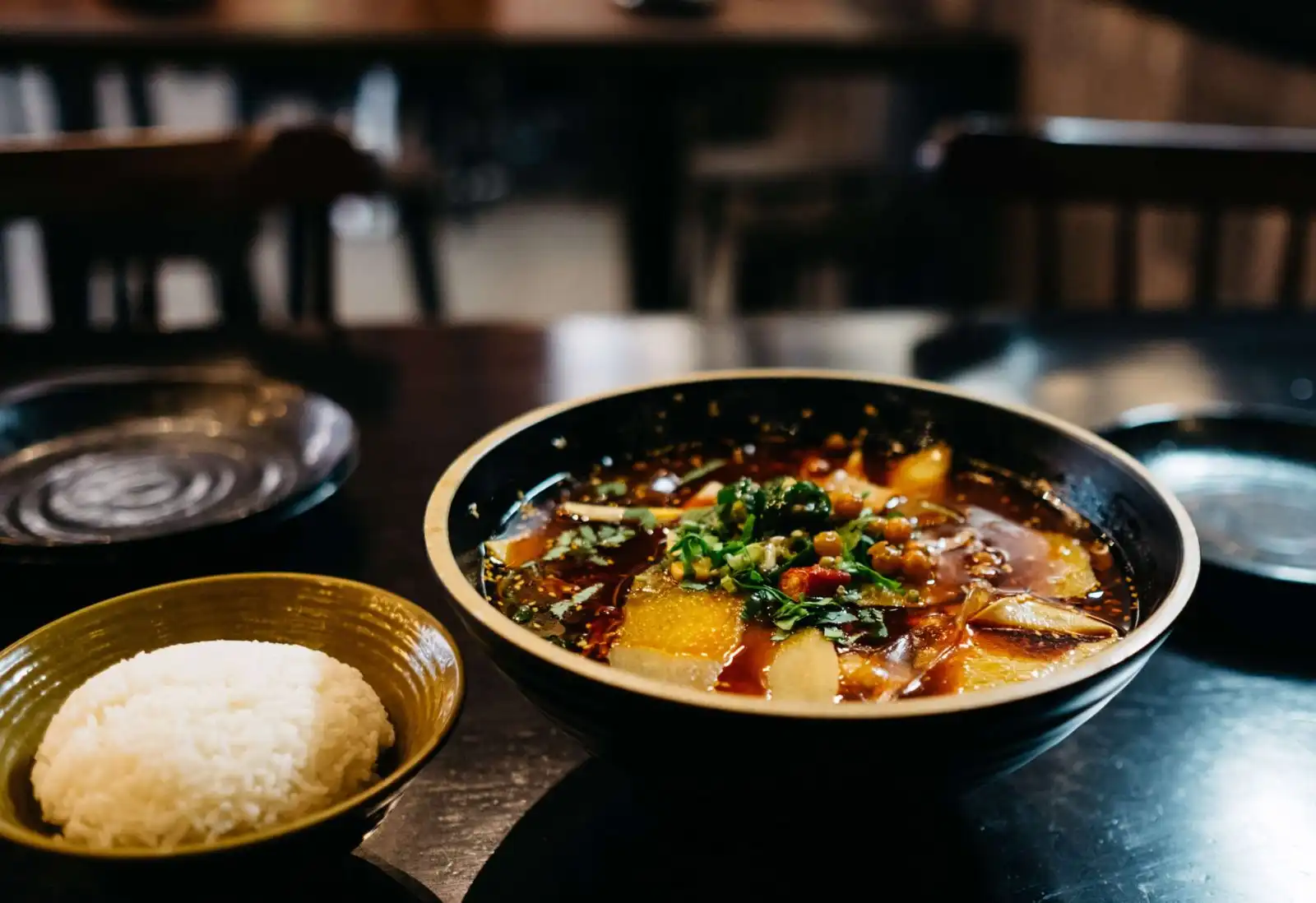
The street has nothing to do with ghouls by the way – it used to be home to coffin stores and the English name seems to have stuck around…
So those are our recommendations for your 4 days in Beijing itinerary, but let us know below in the comments if there are any other must see attractions that we have missed! And we’ve also been asked what if you only have one day in Beijing? Well just use our Day 1 itinerary and, if you still have the energy, head to the hutongs and Ghost Street for a well-deserved dinner!
Bonus – more things to see in Beijing
Need some more things to do in Beijing? Perhaps you have a 5 day Beijing itinerary to fill? Here are a few other options to add to your Beijing trip:
Olympic Park – National Stadium
A leftover from the Beijing 2008 Olympic games, the Olympic Park is more than just one stadium. In fact it’s an enormous area covering more than 200, 000 square metres and includes three areas: the Northern, Central and Southern regions. Most interesting is the ‘Birds Nest’, the gorgeous national stadium that is the main attraction in the Central region.
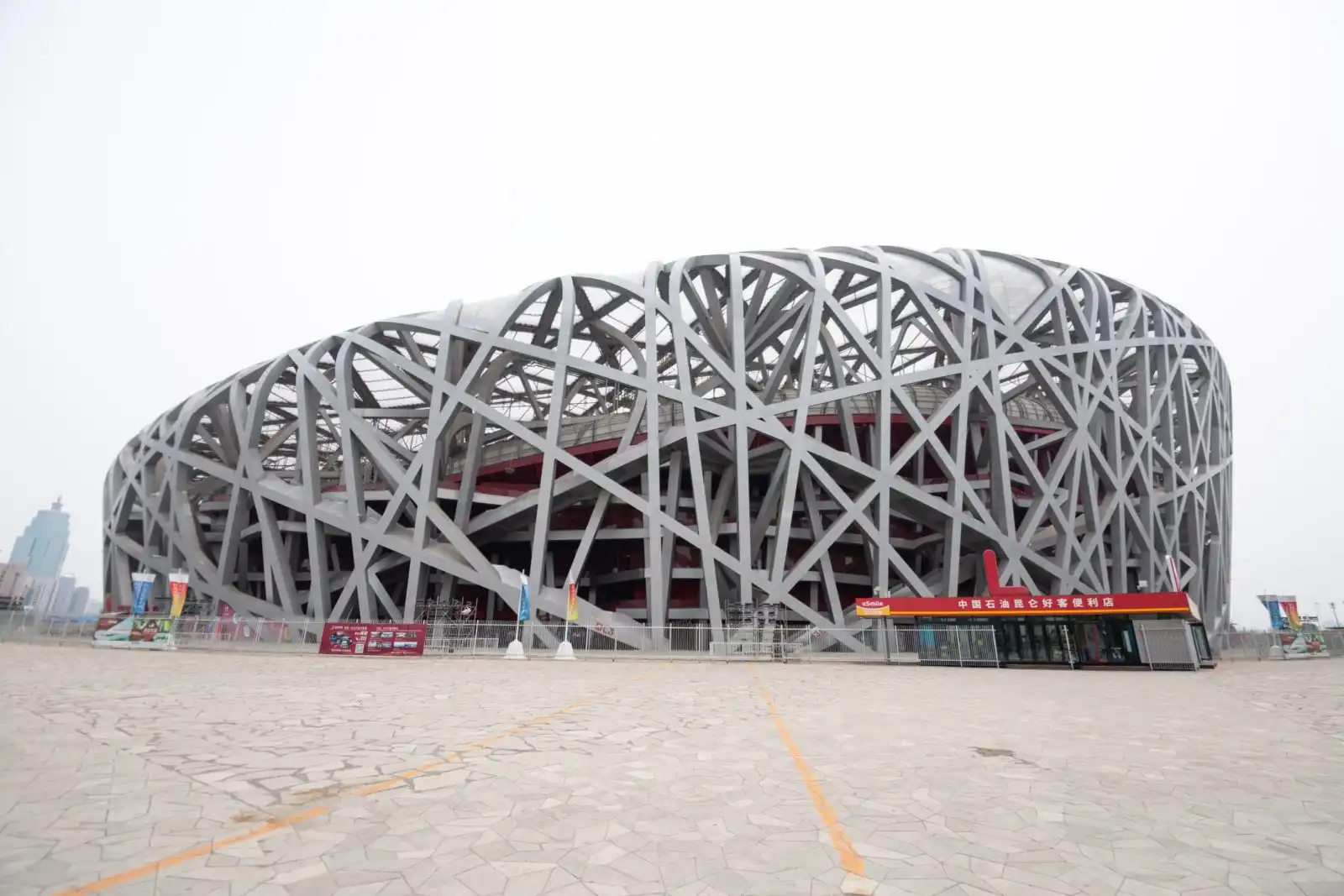
Location: 1 National Stadium S Rd, Chaoyang Qu, China
Open: 9.00am – 7.00pm daily
National Museum of China
So if you have the time when you’re done waking around Tiananmen Square, you could also head into the National Museum of China. It’s hugely impressive. In fact, did you know that it’s the second most visited art museum in the world, after Le Louvre in Paris, France?
It’s also massive. 65,000 square metres of art means you really need to pick your galleries, using the handy map you can pick up when you arrive.
Location: 16 E Chang’an Ave, Dongcheng Qu, China
Open: 9.00am – 4.30pm, closed on Mondays
Shopping – Wangfujing
Still lusting after a handbag or an authentic Chinese brand? Look no further than this bustling area which is the largest commercial shopping area in Beijing, only rivalled by the mega malls in Shanghai . Flanked by brands like Apple, Prada and Zara, you’ll find modern Western and Chinese department stores as well as international fast food chains like Mcdonalds and KFC rubbing shoulders with local food stores. This pedestrianized street also has a ‘snack street’ alongside it where you’ll find heaps of authentic Chinese stalls selling weird and wonderful foodstuffs, great as a night market if you’re keen to eat in the evening.
798 Art District
This district, known locally as Dashanzi, is home to some trendy creative spaces all housed in former military factories. You can browse around and find both new and established Chinese artists, peppered with funky boutiques, cool fashion and, of course, delicious coffee.
What’s the best place to stay in Beijing?
Luxury: Want to see the Forbidden City from above? You’ll get a killer view at the PuXuan Hotel and Spa , a gorgeous luxury hotel Beijing. It’s a stone’s throw from the Forbidden City and of course then the other sights of Tiananmen Square and the National Museum.
Mid-range : We stayed at the Park Plaza Science Park , and absolutely loved it. It’s quite affordable for this chain of hotels, has wonderful staff, a great gym and while the rooms might be a little dated, it’s got a great location and atmosphere.
Budget: Most backpackers and budgeteers choose the Peking Yard Hostel . It’s quite sociable, has great areas to relax, has wonderful activities like dumpling parties and the restaurant food is pretty good too.
Looking for more options on where to stay in Beijing? Try this list with choices for every budget .
When is the best time to go to Beijing?
The best times to visit Beijing are between March to May and September to October. The weather during that time will be cooler than June to August. And summer holidays in July & August can make some of the attractions unbearably busy! From November to February it’s winter, which obviously brings much colder weather.
Getting from Beijing International airport
So we’re assuming that you’re likely to be flying into Beijing International Airport – but just in case you haven’t yet booked your flights, check out the latest deals to Beijing on Skyscanner .
By Train: Departing from both Terminal 2 & 3 the Beijing Airport Express Train is a really great option. The trains depart every 10 minutes and it takes about 20-30 minutes and arrives into Dongzhimen station, where you can transfer onto Metro lines 2 and 13. The cost for the train is 25 RMB (3.50 USD/2.85 GBP).
By Taxi: Make sure that you head to the taxi rank outside the airport – anyone approaching you in the arrival hall will be looking to inflate prices! Ensure that you agree up front for the taxi driver to use the meter (this is where a translation app comes in very handy). The journey into the city centre should take around an hour, traffic depending, and will cost around 200-250 RMB (28-35 USD/23-28.75 GBP). So definitely the more expensive option!
Using the Beijing Metro
The Beijing Metro is the best way to get around the city. It is clean, efficient and cheap. A ticket anywhere on the metro will cost you no more than 5 RMB (0.70 USD/0.55 GBP). It’s really easy to use, but we’d recommend downloading the Metro Man app ( Google / Apple ), which is in English and gives you journey options and times along with access to maps.
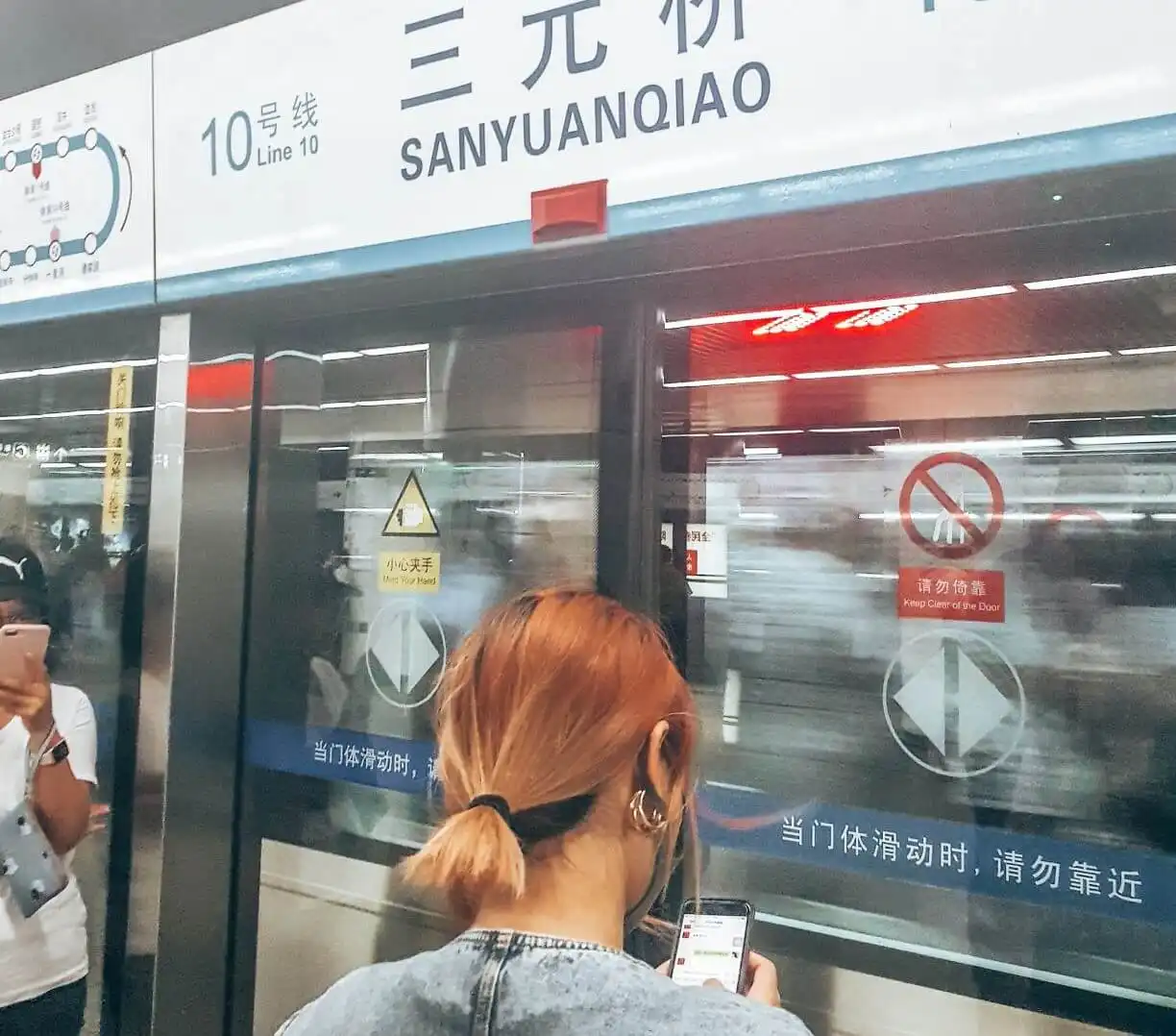
The app works all over China, so if you’re moving to other cities it’s also a real help!
Booking Train tickets in China
We are sure that this is a pretty simple process if you understand Chinese, and have a local number and ID. But for those arriving in China without these, it’s often good to book in advance through a trusted third party. We booked all our train tickets (10 of them) through China Highlights .
The service was really efficient, with a small mark up on each ticket, but they also provide email support. It’s handy to know that tickets go on sale for trains 30 days in advance and some trains can become fully booked, so just turning up at the station may not be the best idea.
What is really great is that once your tickets are booked, you’ll be able to pick them up from any station in China (it doesn’t matter what route you are taking).
The trains that we took were extremely clean, fast (we took some of the high speed/bullet trains that can go over 400km/h), on time and comfortable.
Insider tip: The train bathrooms are usually very clean but often don’t have toilet paper available, so carry some with you.
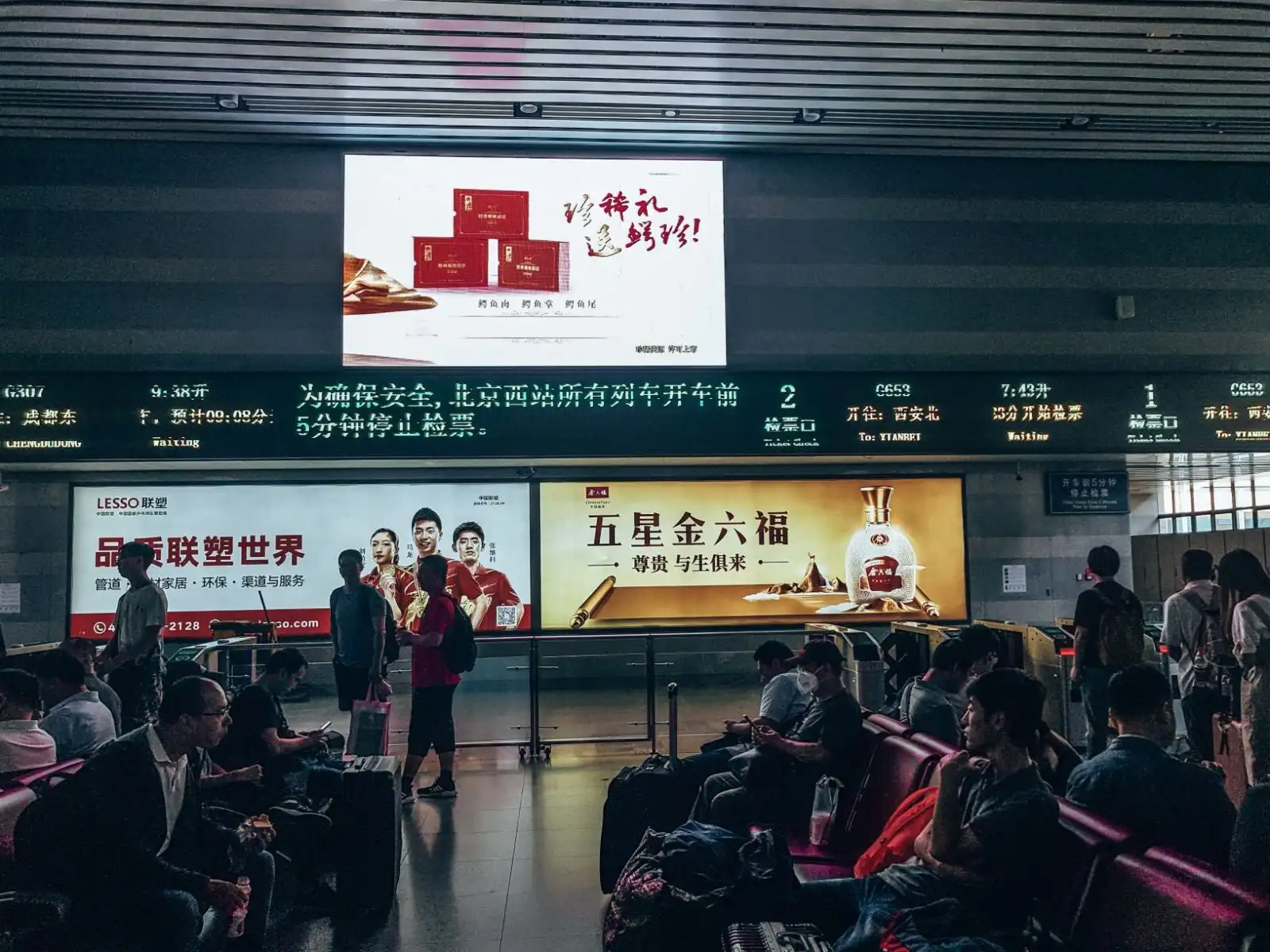
Getting a Sim Card
There are 3 main providers in China for mobile phone networks, and all offer pretty good service. However, we have been advised that China Telecom isn’t compatible with non-Chinese phones. So if you don’t have a Xiaomi or Huawei, then best go for China Unicom or China Mobile.
Ideally you should get your sim card at the airport but, if not, there are stores all over town, and generally the store assistants are really helpful in sorting out a sim card for you. But don’t forget that you need to take your passport with you to register. The cost for a sim is about 100 RMB (14 USD/ 11.50 GBP) for 30 days 10GB data, 300 minutes local calls and a bunch of SMS’s.
Must-have apps
Looking for some China travel tips ? We’ve put together a list of the must-have Apps for you to download before heading to China for four days in Beijing! We even have a separate full article with an in-depth guides to what apps you need . Aren’t we helpful? ?
The most important app to install before you head to China is a VPN, we’ve experienced using both ExpressVPN and NordVPN and although both work well, we’d say that Express just pips it in terms of quality of access that you get. Without a VPN you won’t be able to access any Google email, Google maps, Facebook, WhatsApp, Instagram… you get the picture.
Click here to get ExpressVPN – it’s the world’s number 1 VPN and we personally recommend it for your trip to China!
Although Google Maps is great, our favourite route planner is Maps.me . Download offline maps, and this app provides you with your positioning throughout China.
As mentioned in the Using the Beijing metro section, the metro is amazing to use, subway stations are super clean. It’s cheap and reliable. And to help you navigate it, you must install Metro Man ( Google / Apple ) to help you get around town.
As long as you have the VPN turned on, you’ll still be able to access Facebook, WhatsApp and Instagram, although these can be a bit slow. However, it’s definitely worth also downloading WeChat ( Google / Apple ). China’s answer to WhatsApp will allow you to stay in contact with people you meet in China plus you could even make payments through it, if you link your credit card.
Travel & Accommodation
So Uber (or Grab) don’t work in China, but they do have their own version – DIDI which basically works the same. If you get it from the US Apple store or the APK of the right version it’s available in English! Pretty handy…
And if you like to store all your accommodation bookings, train tickets, airplane trips into one place, then check out Tripit . This nifty little app automatically pulls in your bookings from email confirmations and then puts it all together in one trip itinerary. Win.
If you’re looking for the best accommodation options, then Agoda has to be the one for you. It has far more options than Booking.com in China.
Our favourite money planning app – Trabee Pocket – allows you to add in everything that you spend in a day, then shows you how you are doing on your daily budget. A really handy app to make sure you’re not blowing all your budget on the first couple of days…
Currency Converter
So you probably want to figure out what you’re spending along the way. We always find that XE is the perfect tool for a rough estimate on costs.
Translation
One of the most handy tools for travelling in Beijing is having a great translation app. English isn’t widely spoken and having Google Translate in your pocket will help you out immensely. Whether it’s directions, ordering the right dinner or checking something with a shop assistant before you make that purchase – this is a must.
Recommended: Hiking in Zhangjiajie National Forest – a must on any China trip.
What camera equipment and other gear do we use?
We’re living proof that you don’t need the most expensive gear to travel the world and take good photos. Here are some of our must have items that make it into the packing list for all our travels.
- Main Camera: Panasonic Lumix FZ1000
- Drone: DJI Mavic Air – Fly More Combo
- GoPro: Hero 7 Black
- GoPro Dive Case: Go Pro Housing
- GoPro Case: Smatree GoPro Carry Case – Small
- Packing Cubes: Eagle Creek Packing case
- Backpack: Osprey Farpoint 70
- Powerbank: Anker Powercore
- Phone: Xiaomi Mi 9
- Hard drive: Transcend Slim Storejet 2TB
- Laptop: Lenovo IdeaPad 720s
- Headphones: Bose Quiet Comfort 35
- Wifi Hotspot: GlocalMe G4
Useful Phrases
- Hello – nǐ hǎo
- Thank you – xiè xie
- You’re welcome – bú yòng xiè
- No – méiyǒu
- How are you? – nǐ hǎo ma?
- Good – hǎo de
- Not Good – bù hǎo
- I’m sorry – duì bu qǐ
Frequently Asked Questions
How bad is pickpocketing in Beijing?
Like any other major international city, Beijing does suffer from a bit of petty crime, particularly pickpocketing. Our advice is to use common sense: keep your belongings tucked away, if possible use anti-theft handbag or backpack, and don’t flash cash, jewellery or mobile phones unnecessarily. If you don’t look like an easy target, you won’t become one.
Is Beijing an undeveloped city?
Absolutely not. Beijing is one of the most modern cities in Asia with sleek infrastructure, cutting-edge technology and all the amenities you would expect of a world-class city. Beijing travel is particularly modern with the trains, trams and infrastructure some of the best we’ve ever encountered.
Where can I get the best view of Beijing city?
Most rooftop bars in Beijing will give you a great view of the skyline and city laid out before you. Highly recommended is the 18th floor of the CCTV Tower where you can see this on a rotating platform if you just purchase a few drinks. In the day time, you could of course head to Jinshan Park for practically free views.
What did you think of our 4 day itinerary for Beijing? Let us know about your trip to Beijing in the comments!
Want to save it for later? Why not pin it…
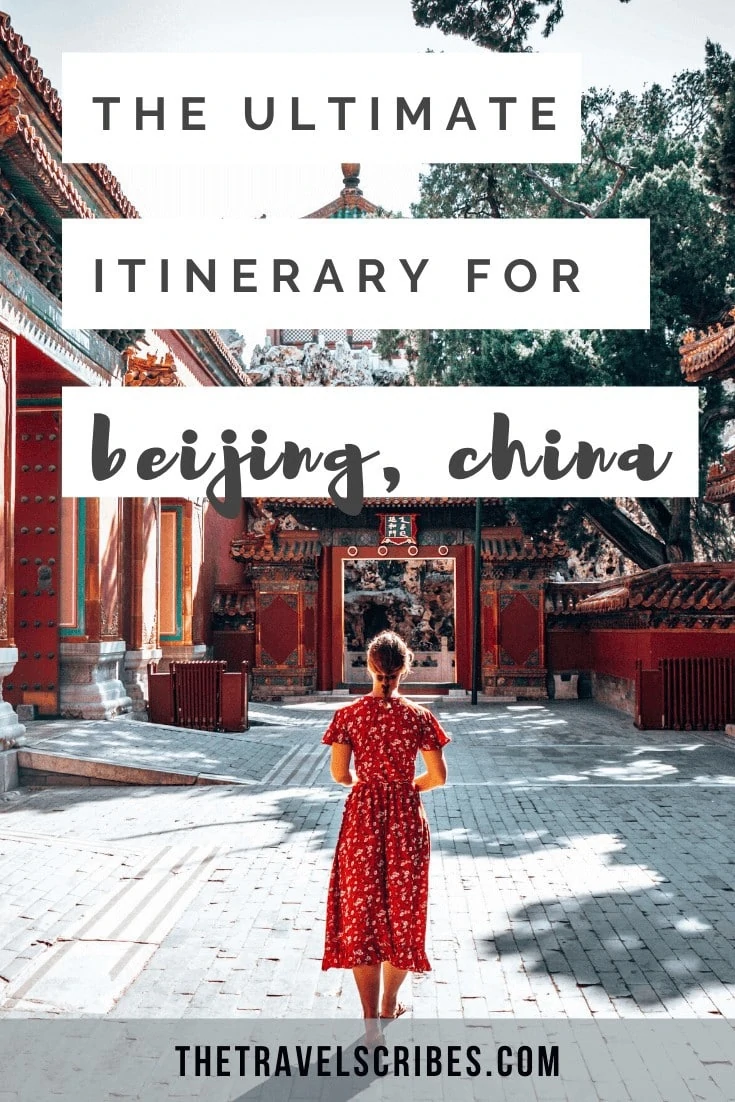
Leave a Reply Cancel reply
Your email address will not be published. Required fields are marked *
Website URL
You are both doing such a amazing job in reporting on all these places and providing such handy tips to make it easier for the traveler. Also, the photos are awesome. I have been telling everyone I know about it and a couple of people said, “how do they have the time to write all of this up and provide such detail”. My answer is – “they’re young and don’t need too much sleep”. I also saw the adorable pandas photos and videos that you sent to your mother. Now I’m starting to think about taking some of these trips. Take care and travel safe. Love, Vicki P.S. Marianne mentioned that you have not mentioned anything about security or cautions about certain areas or times when you shouldn’t go places. To me appears that security hasn’t been an issue– is that true?
Hi Vicki, thanks so much for your positive feedback! We’re really glad that you think that our writing and the tips we are providing are useful. We’ve seen quite a bit of traffic from the USA, so thank you also for helping us to up our numbers there :).
We definitely don’t feel that young at times, like after 3 days hiking in the Zhangjiajie National Forest which we have just done (our bodies are broken!)- but it was so worth it. We actually find that the work on the website is our downtime from travelling. That may sound a bit strange but it’s sometimes good to have time on the computer and escape the travels!
The Pandas in Chengdu are wonderful. We’ll have to write a blog post on that in the near future, as they were amazing and a real bucklist moment for us. In fact, China has been one of those completely unexpected places that has provided us so many highlights. There is so much to explore here, but so little time. Our favourte has to be hiking the Great Wall though, which without doubt is the most impressive manmade building we have ever seen.
You can let Marianne know that although we are continually being cautious, and have to keep your wits about you, that we have not experienced anything in our travels to be concerned about on the security front. Overall people have been amazingly hospitable and helpful – tourism is so important to many parts of Asia that I think you’re generally safer as a traveller/tourist than many other places.
Follow on Pinterest
Where are we now?
London, England
Our Favourite Post
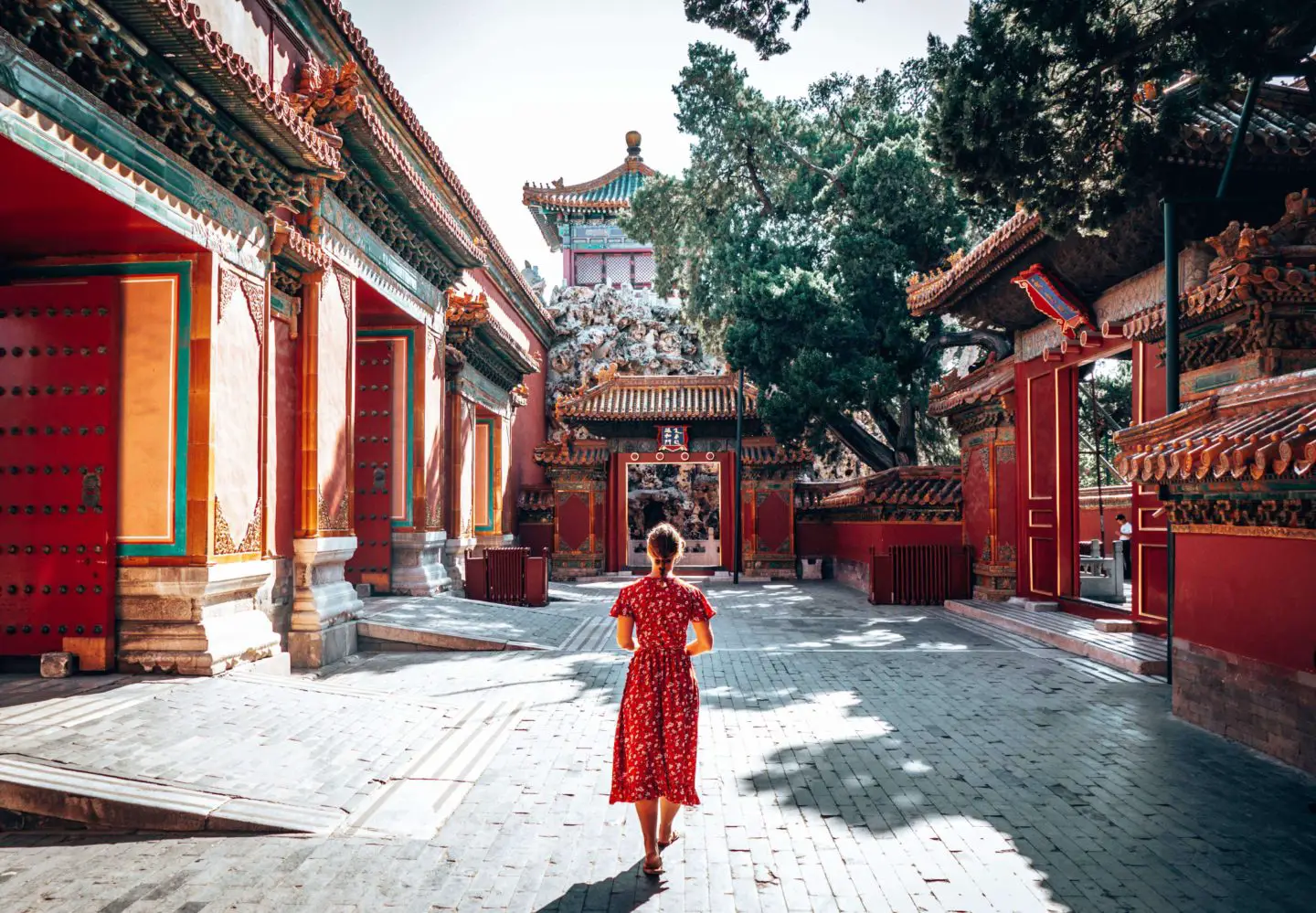
Beijing is massive. Third largest city in the world kind of massive. So how do you fit all that you need to see in the ancient city, formerly known as Peking? Well, we hope that…
Your Best Guide to China
Visiting China soon? Start here

- Best China VPN
- Chinese culture
- Banned apps
- Apps in China
- Love in China
- Teach in China
- Provinces and regions
- Special offers
- 6 steps to get started
- Best places to visit in China
- What to bring to China
- What not to bring to China
- China packing list
- Tips for your first trip
- Tips for solo travel

Top 16 do’s and don’ts of texting Chinese girls
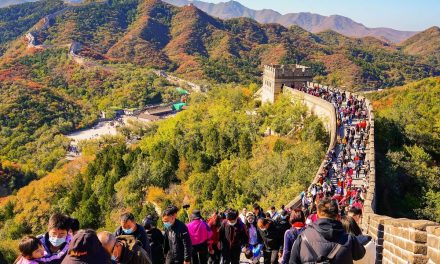
Best time to visit the Great Wall of China (2024)
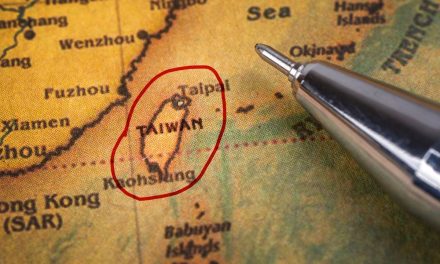
What are the main differences between China and Taiwan?
- Travel agencies
- Learn Chinese in China
- Learn Chinese online
- Study programs
- Internships
- Recruitment agencies
- Teacher recruitment agencies
- TEFL courses
- Volunteer programs
- Dating sites
- Travel insurance
Select Page
Beijing Travel Guide
Municipality.
North China
Welcome to Beijing!
Beijing is the capital of China. It’s a fascinating city that blends the ancient and the modern, sometimes on the same street. At over 3,000 years old, Beijing is one of the oldest cities in the world. It’s also home to seven UNESCO World Heritage Sites.
- Things to do
- Where to eat
- Where to stay
- Around Beijing
Beijing is famous for so many things, including calligraphy, jade carvings, opera, tea, Peking duck, and not to mention all the incredible tourist attractions (The Great Wall, anyone?).
This is why the city draws in millions of tourists every year.
But if you can handle the crowds, then it ’ s worth spending as much time as you can exploring one of the most amazing and culturally rich cities on the planet.

Beijing city skyline. Image by Jeremy Zhu from Pixabay.

Beijing is famous for calligraphy. Image by PublicDomainPictures from Pixabay.
Things to see and do in Beijing
Beijing is an ancient city with a modern sensibility.
It’s busy and crowded and yet heaves with the slower pace of its past. And it’s this past that make up some of the best things to do in Beijing.
1. Great Wall of China

The Great Wall can get busy, especially in nice weather. Image by M15t3r Dr4g0n from Pixabay.
The Great Wall is undoubtedly one of the most famous places in China , and Beijing is the best place to see it.
Built over hundreds of years by different states and dynasties to repel invaders and protect the Silk Road, parts of the wall are over 2,300 years old.
It stretches over 6,000 km (3,728 mi) and parts of it are still in fairly good condition.
Here are some of the sections you can visit:
- Tourist-heavy Badaling is the closest to Beijing’s city center
- Fully restored Mutianyu for sightseeing or hiking
- Wild Jiankou for a challenging and sometimes dangerous hike and great photographs
- Jinshanling for a popular hike from Jinshanling to Simatai
- Simatai for a night tour
- Huanghuacheng to see the wall against the lake as well as good hiking and camping
- Juyongguan for the best example of an ancient fort.
Beijing travel tip : Unless you’re really pressed for time in the Chinese capital, avoid Badaling.
It’s the most visited section of the Great Wall of China because it’s the closest to Beijing, not because it’s the best. It’s where most of the local Chinese tourists go.
2. Forbidden City
Built in 1406, the Forbidden City is the largest ancient palace in the world and the best-preserved imperial palace in China.
For 500 years, it saw the triumphs, victories, trials, and failures of China’s imperial families and officials. Today, it’s one of the most important palaces in the world and draws in millions of tourists every year.
There’s at least 8,700 rooms in the complex, though no one can agree on the exact number.
While you’re visiting the Forbidden City, make sure you check out Tian’anmen Square. You can’t miss it – it’s right out the front.
Also stop by the Palace Museum, which houses the best collection of Chinese artifacts in the world. It’s one of the top museums in China.
3. Temple of Heaven

Temple of Heaven. Image by Bernd Müller from Pixabay.
The Temple of Heaven was and is one of the most holy temples in Beijing.
It’s located in the southeastern part of central Beijing and is considered to be a supreme achievement of traditional Chinese architecture.
From 1420 to 1900, emperors from the Ming and Qing dynasties worshiped and prayed there. Today, it’s a popular spot for tourists and locals doing morning exercise in a meditative environment.
Like the locals do, bring an umbrella if you’re visiting the temple on a scorching hot summer’s day. There’s not much shade around.
4. Peking duck

Beijing is the home of Peking duck. Image by Polina Tankilevitch from Pexels.
You can’t visit Beijing and not eat Peking Duck .
The dish dates back about around 600 years to the Ming Dynasty and was once a favorite of the emperor.
But even if you aren’t interested in the dish’s history, it’s still perfectly cooked duck, with a thin, crispy skin and thick, sweet sauce.
Truly delicious!
5. Summer Palace

Summer Palace in Beijing. Image by H. Hach from Pixabay.
If you enjoy spending time outside, then you need to visit the Summer Palace while you’re in Beijing.
The name of the palace in Chinese means ‘Nourishing Peace Garden’ for its tranquil and soothing atmosphere. The surrounding gardens are among the best imperial gardens in the world.
Just remember, like most major tourist attractions in China, the Summer Palace gets really busy when the weather is nice.
If you’re wondering about the best time to visit Beijing, check out this page for more information.
6. Universal Beijing Resort
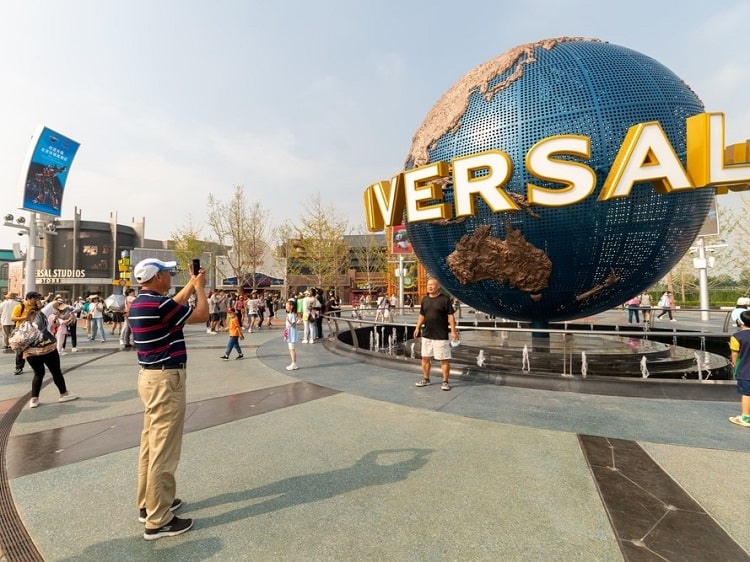
Universal has made its way to China. Image by Lazy Dragon on Shutterstock.
Beijing is full of ancient history, but it’s also full of fun!
Universal Beijing Resort (or 环球影城 in Mandarin) has only been around since 2021, so there’s a real buzz about the place.
As you would expect, Universal Beijing has amazing rides and shows, plenty of dining and shopping options, and a couple of international-standard hotels.
Themed lands include Harry Potter, Transformers, Jurassic World, as well as a local favorite, Kung Fu Panda.
See also: Best movies about China
Ticket prices start at 315 yuan (US$45) for one day in the low season such as winter, and are much higher during summer and holiday periods. There are also premium add-ons if you want to jump the queue or enjoy a VIP experience.
By Chinese standards, it’s an expensive day out, especially if you have kids.
However, at 54 hectares (130 acres) it’s the world’s biggest Universal Resort, so if you’ve got the cash and you want to splurge a little during your stay in Beijing, go for it!
For more info on this exciting attraction, check out the guide to Universal Beijing Resort .
7. Chinese Opera
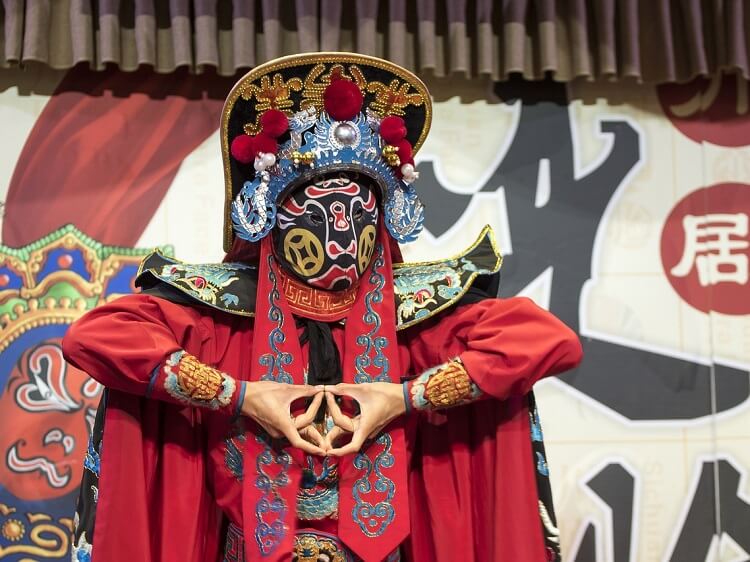
Peking Opera is unique to Beijing’s culture. Image by Russell Yan from Pixabay.
Chinese opera is famous around the world, and you don’t need to speak Mandarin to enjoy it.
Beijing’s dominant form of opera, known as Peking Opera, combines dance, costumes, music, acrobatics, mime, and voice to tell colorful and symbolic stories.
This is an experience not to be missed, so make sure that you book in for a show at one of the popular local theaters like:
- Chang’an Grand Theater
- Liyuan Theater
- Beijing Opera Theater
- Mei Lanfang Theater.
8. Market shopping

A long day for one of Beijing’s market vendors. Image by Christel Sagniez from Pixabay.
Beijing has some of the best markets in the world.
You’ll find everything in the markets, from antiques to arts and crafts, souvenirs, incredible food, clothes, and jewelry.
Some of the best and most popular markets in Beijing are:
- Panjiayuan Antique Market
- Wangfujing Street Market
- Old Pipe Street Hutong Market
- Nanluoguxiang Market Street
- Hongqiao Pearl Market.
The locals bargain for the best price, and you should too. Never accept the first price you’re given!
It helps to know how to count money in Chinese or at least learn the numbers from 1 to 10. But don’t worry, shop vendors will show you prices on a calculator so there are no misunderstandings.
Where to eat in Beijing
Although the cultural attractions around Beijing are amazing, the food is still the best thing about the city.
The food all over China is just as amazing as the stories say, though it is a little different to the Chinese food that you probably eat back home.
You’ll find everything from 5-star restaurants to tiny local street food stalls in Beijing. And the food will probably be equally good in all of them.
Qianmen Quanjude 全聚德烤鸭店
You simply have to eat Peking Duck when you’re in Beijing, and this is one of the most popular places to do it. The restaurant actually dates back to 1864 and serves 5 million customers a year. So you know the food is good!
Address: 30 Qianmen Street, Chongwen District 崇文区前门大街 30 号
Jin Ding Xuan 金鼎轩
Jin Ding Xuan is open 24/7. It’s always busy, so arrive before you get really hungry and be prepared to line up for a while. The food is well worth the wait, with delicious Sichuan, Cantonese, and Shandong dishes on offer.
Address: 77 Hepingli Street, Dongcheng District 东城区和平里西街 77 号
King’s Joy Beijing 京兆尹
It can be hard to be vegetarian in China , but it’s not difficult at all at King Joy’s. It’s one of the best vegetarian restaurants in town. Located close to Yonghegong Lama Temple, it serves fresh, organic, vegetarian delicacies from all over China.
Address: 2 Wudaoying Hutong, Dongcheng District (东城区五道营胡同2号)
Shanshui Jian Yang-Xiezi Hotpot 山水间羊蝎子火锅
Beijing can get freezing cold in winter and the best way to warm up is with hotpot at this Longtan Park restaurant. Featuring meats and vegetables cooked in broth, this dish is best eaten with friends or family.
Address: 22 Longtan Road, Dongcheng District (东城区龙潭路 22 号)
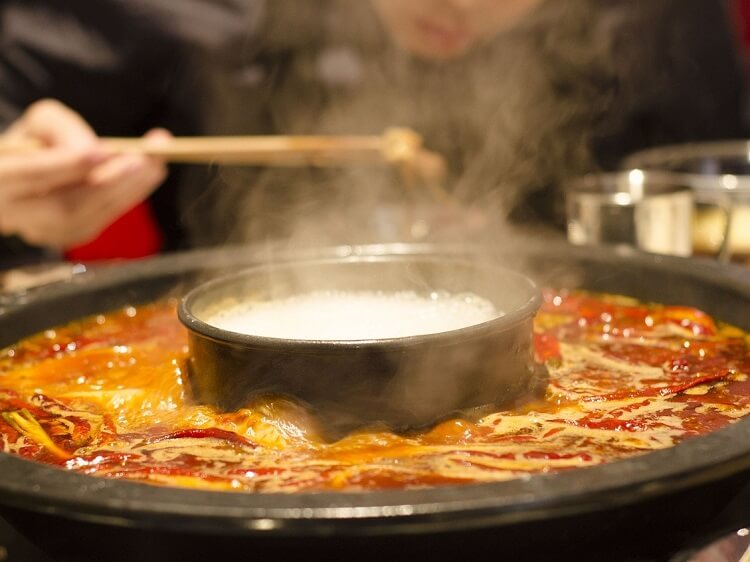
Hotpot isn’t from Beijing but you can still enjoy it there. Image by Leacky Chen from Pixabay.
Xian Lao Man 馅老满
If you’ve eaten dumplings back home, then you probably haven’t had proper dumplings and should visit this restaurant when you’re in Beijing.
Xian Lao Man is a cheap and cheerful restaurant designed for the common folk and offers a huge range of dumpling fillings. With an English slogan like ‘Our dumplings are the fullest’, you know you’re in for a treat!
Address: 252 Andingmen Dajie
Food markets in Beijing
Beijing’s night markets have absolutely fantastic food.
There’s no better way to spend an evening than wandering a market snacking on anything that looks or smells tasty. And here’s where you should do it:
Wangfujing Snack Street 王府井小吃街
With a dizzying array of snacks, this market is mostly for visitors and offers good food in a more relaxed atmosphere than in more traditional markets.
The food isn’t as cheap as it is at other markets, but it’s still amazingly good. Critters-on-sticks are the norm.
Nanluoguxiang Night Market 南锣鼓巷夜市
This is the ultimate night market experience, complete with stalls selling almost everything you could imagine.
The area is also surrounded with shops and bars, so even if you get tired of the shops, you’ll still find lots to do and eat.
Guang’anmen Food Street 广安门美食街
Located in the south of the city, this night market boasts a lot of Sichuan food, known for its heat and spice.
You’ll want a strong stomach and a fireproof tongue if you’re going to try some of these dishes. If you can get past the heat, then the tastes are simply amazing.
Where to stay in Beijing
Beijing offers a huge range of accommodation options at every price point.
For a budget stay, try the Peking Station Hostel . It’s within walking distance of local attractions like the Forbidden City and only a minute from the subway station.
With dorm and private rooms and lots of common spaces where you can get to know your fellow travelers, this is the perfect place for anyone on a budget.
The highly rated, yet affordable, Furun Hotel is centrally located. It’s a few blocks away from some of the major sites in Beijing like Wangfujing and the Forbidden City.
The hotel was recently renovated, and you can even chill out in the small courtyard. It has a cozy kind of vibe.
If you have a little extra money to spend on your Beijing accommodation, then stay at the Westin Beijing Chaoyang . The hotel forms part of a large mixed-use complex in Liangma He, comprising office towers and extensive upscale shopping.
The Heavenly Spa offers a range of treatments for the renewal of the body, soul and mind. You can also work out in the fitness facilities, relax in the sauna, dive into the heated indoor swimming pool or get a relaxing Chinese massage .
Transport in Beijing
Transport in Beijing is fast, convenient, well-priced, and not so surprisingly crowded, especially during peak hours.
There are lots of different transport options in Beijing whether you’re traveling to the city or within it.
Air transport
Beijing is home to China’s largest airport, Capital International Airport (PEK). It’s also one of the world’s busiest, making it one of the many things that Beijing is known for .
Capital International Airport is about 25 km (16 mi) out of the city center, but it’s easy to reach by taxi, train, and airport shuttle.
There are actually two passenger airports in the city, PEK in the northeast and the newer Daxing Airport (PKK) in the south.
Both are huge and modern airports that offers flights to cities all over China, as well as countless international flights.
See also: Beijing Capital Airlines review
High-speed rail
China’s high-speed rail system is second to none and you’ll find trains from Beijing to most major cities in China. The trains are modern, fast, and a real pleasure to travel on.
Long distance buses
Beijing has a comprehensive long-distance bus transport system. There are 10 major bus stations in the downtown area alone and 20 coach stations offering buses to major cities.
Taking a bus is usually cheaper than taking the train, but the journey time can be longer, so make sure you factor that in. You’ll also need to be a confident traveler – bus terminals aren’t always in the center of town.
If you’re traveling within Beijing, then the subway is a good choice to avoid traffic jams. It was put into use in 1969 to try and overcome the congestion on the roads. Just be aware that the subway does get extremely crowded at peak times, so try to avoid traveling around 8 in the morning and 6 at night if possible.
There are 23 subway lines in the city that can take you to the main areas, with multiple connecting stations. There are English signs at the stations.

Beijing Capital Airport is enormous and modern. Image by Gauh_603424 from Pixabay.
The city bus is another good option for getting around Beijing. There are more than 1,200 bus routes running at all hours of the day and night and they’re all ridiculously cheap.
The only problem is that bus destinations tend to be in Chinese characters and not English, so use Google Maps to plan your trip ahead of time.
(Remember to download a VPN on your phone before you arrive in China so you can access Google products.)
You can pay by cash on the bus or get a Transportation Smart Card. Most short trips are 2 yuan, and you will need to put the exact change into the box next to the driver.
Make sure that you follow the locals when entering or exiting the buses, as there’s an etiquette for this. On most Beijing buses, you enter at the front and exit through the back doors, but this can change depending on the size of the bus.
Taxis are a cheap, fast way to get around. Official Beijing taxis have a sign on the roof and a yellow band from bumper to bumper. The drivers in these cabs will usually use their meters and the prices aren’t bad.
You may also see unofficial taxis around, which are usually run by private citizens looking to make some extra money. These taxis are more expensive, and you may have to haggle for a good price.
Just be aware that your taxi driver probably won’t speak much English, so you’ll need to be able to say your destination in Mandarin or have it written in Chinese characters.
Rickshaws are like small carriages that are pulled by a local on a bike. They’re a great way to get to know the small alleyways of Beijing, known as Hutongs.
If you want to explore the hidden parts of the city, bargain a good price and let them show you around. Rickshaw drivers often speak good English, and they can show you parts of the city that the big bus tours won’t.
Bicycles are a common way to get around Beijing as long as you’re a fairly confident rider. You can hire a bicycle from the docking stations all around the city using a Transportation Smart Card.
Outside Beijing
Beijing is a big city, but that doesn’t mean you should spend all your time there.
During your trip, make sure that you get out and explore some of the areas around Beijing such as:
The Great Wall
Badaling is the closest section of the Great Wall, and it’s usually swarming with tourists.
So, if you want to visit other, quieter sections, you’ll need to travel further out. Just make sure you choose the section that suits your physical abilities and what you most want to see.
Fragrant Hills Park
About 40 minutes’ drive from Beijing, Fragrant Hills Park offers great outdoor experiences as well as temples.
This gorgeous natural reserve is particularly good in fall when the leaves change. If you’re visiting Beijing at that time of the year then put this park at the top of your list.
The Ming Tombs
These tombs were the final resting place for Emperors of the Ming Dynasty between the 14th and 15th centuries. They’re located in a nice forest area about an hour out of the city.
Some of the big bus tours stop here on route to the Great Wall.
The Caves of Zhoukoudian
Zhoukoudian is a prehistoric village where you can find caves holding well-preserved fossils of early humans who lived in this part of the world.
Located about 48 km (30 mi) from Beijing, this is a great day trip if you’re interested in archaeology or history.
Videos about Beijing
Get a visual taste of Beijing before you visit!
Here’s an informative video about the city’s main attractions.
https://www.youtube.com/watch?v=RTbFz7zTWFA Video can’t be loaded because JavaScript is disabled: Beijing Travel Guide (https://www.youtube.com/watch?v=RTbFz7zTWFA)
On the other end of the spectrum, here’s a video about how hard life is for struggling migrant workers in Beijing.
https://www.youtube.com/watch?v=q1QBjpUuflY Video can’t be loaded because JavaScript is disabled: Where Beijing's 'bottom of society' live (https://www.youtube.com/watch?v=q1QBjpUuflY)
And for the foodies, here are some of the best street food snacks you can find in Beijing.
https://www.youtube.com/watch?v=i9f3k1BH83Q&t=231s Video can’t be loaded because JavaScript is disabled: Unseen Chinese Street Food in Beijing, China | So Hidden You Will Never Find it Without The Locals (https://www.youtube.com/watch?v=i9f3k1BH83Q&t=231s)
Need help with your travel bookings?
Going on a tour in China is a great idea, especially if you can’t speak Mandarin.
You can refer to this list of China travel agencies who can help put a plan together for you.
Or, to book your own flights, tours and hotels, we recommend Trip for amazing choice and value. Trip is one of the leading travel companies in China.
Don’t forget…
It’s easy to forget a thing or two before you head to China.
So, here are a few reminders for you:
- Packing – packing can be hard, but it’s not with a China packing list .
- Visa – if you’re only staying for a quick trip, you may be eligible for visa-free travel .
- VPN – if you want to use your favorite websites and apps in China on Wi-Fi, you’ll need the best VPN .
Have a wonderful time in Beijing. And don’t forget your VPN!
Want more helpful information about China?
Then hop on the newsletter!
One more step: You must click the link in the email we just sent you to confirm your email address.
Questions and comments.
Let’s chat about Beijing!
We welcome relevant and respectful dialogue. See our terms for our comment policy.
HELPFUL ARTICLES
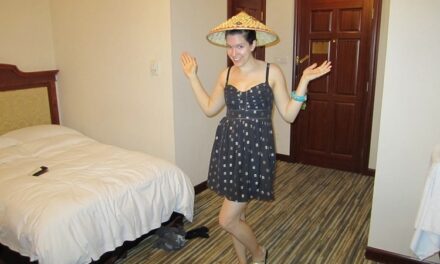
When is the best time to visit Beijing and Shanghai?

19 quick and helpful Beijing travel tips (2024)

What is Beijing known for? Here’s 11 things that make Beijing famous
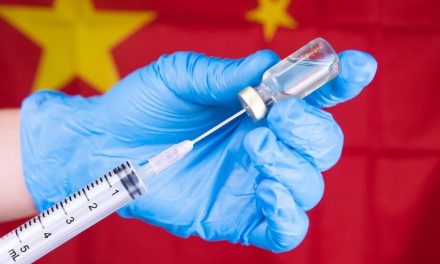
Vaccinations for China – what you need to know
Page last updated 14 June 2023. Main image credit: Simon Alpha on Pixabay. Commercial relationship disclosure: The Helpful Panda has commercial arrangements with organizations that may appear on this page, such as affiliate links. See our terms for more info.

Explore China
Do you want to build your career in China?
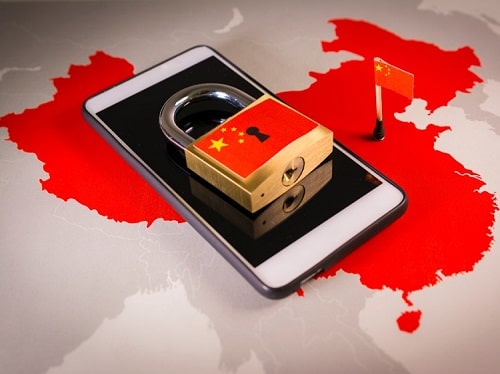
Our writers have all experienced China in person. Support them by subscribing to the free monthly newsletter about visiting China.
- South Africa
- Afghanistan
- North Korea
- Adventure + Outdoors
- Amusement Parks
- Backpacking Trips
- Boating + Cruises
- Budget Travel
- Bus + Train Travel
- Coasts + Islands
- Country Trips
- Fall Vacations
- Family Vacations
- Green Travel
- Heritage + History
- Honeymoons + Romance
- Inspiration + Guide
- Landmarks + Attractions
- LGBT Travel
- Markets + Bazaars
- National Parks + Reserves
- Nature + Wildlife
- Parks + Gardens
- Pets + Animals
- Photography
- Airlines + Airports
- Budgeting + Currency
- Business Travel
- Celebrity Travel
- Customs + Immigration
- Deals + Rewards
- Family Travel
- Hotels + Resorts
- Luggage + Packing Tips
- Offbeat News
- Photography Tips
- Responsible Travel
- Solo Travel
- Tech + Gear
- Travel Etiquette
- Travel Warnings
- Bars + Clubs
- Celebrity Chefs
- Restaurants + Cafés
- Wine + Vineyards
- Beach Hotels
- Boutique Hotels
- Hotel Openings
- Hotel Reviews
- Luxury Hotels
- Mountain + Ski Resorts
- Spa Resorts
- Vacation Rentals
- Asia Cruises
- European Cruises
- Festivals + Events
- Museums + Galleries
- Style + Design
- Travel’s Best
- Hotel with Agoda.com
- Hotel with Booking.com

Where to go in Kunming? — 15+ top Kunming attractions &…

Must eat in Georgetown — 10+ famous, must-eat & best street…

Must eat in Melaka — 10+ famous Malacca street food &…
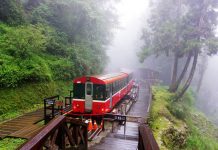
What to do in Alishan? — 5 top attractions & best…
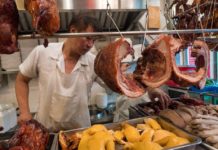
Hong Kong food culture — Hong Kong cuisine tells the historical…

All about tips in Nepal — How much to tip in…

Cambodia travel tips — 15+ what to know & things to…

When is the best time to visit Kyoto? — The best,…
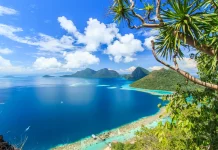
When is the best time to visit Malaysia? — The best,…

Hong Kong Soya sauce Chicken Rice and Noodles — The first…

Top hotels in Siem Reap — 8+ best places to stay…

Top hotels in shanghai — 15+ best hotels in Shanghai

Top hotels in Malacca — 10+ good & best hotels in…

Top places to stay in Bali — Top 10 best areas…

10 must-know things for your best first time European river cruise

Top 3 best luxury cruises in Halong Bay, Vietnam

Cherry blossom festival Korea 2024 — Top 5 cherry blossom festivals…

Ghibli museum blog — The fullest Ghibli museum guide for first-timers

Kyoto festival — Top 10 best events & most famous festivals…

National Palace Museum Taipei blog — What to see in National…

Japanese waterfall — Top 10 most beautiful waterfalls in Japan in…

19+ most beautiful towns in Europe every tourist need to visit…

Georgia travel photos — 20+ captivating photos show Georgia is heaven…

Explore Damnoen Floating Market — The oldest floating market of Thailand

Visiting Fenghuang Ancient Town — One of the most charming ancient…

Mekong Delta travel blog — Beyond rivers of Southwestern Vietnam

14 reasons why you should travel when you are young

Shigaraki Tanuki – An animal symbol of good luck in Japan

Living in the charms of cave houses in Andalucia, Southern Spain

20+ jaw-dropping tiny homes around the world
Beijing travel blog — the fullest beijing travel guide for first-timers.
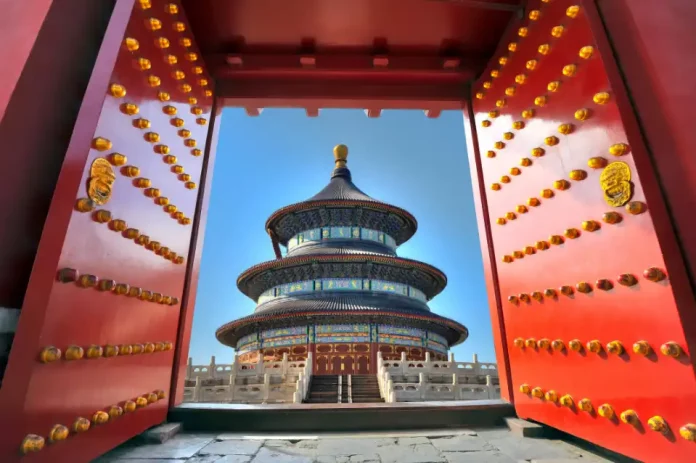
As the capital of prosperous China, Beijing is not only famous for its historic palaces, classic gardens, rich in history and culture but also attracts tourists because of the cultural identity of its people as well as countless attractions worth to visit. So, is Beijing worth visiting, how to visit Beijing, what to do in Beijing and how to plan a budget trip to Beijing for the first-time perfectly? Let’s check out our Beijing travel blog (Beijing blog) with the fullest Beijing travel guide (Beijing tourist guide, Beijing guide) from how to get to Beijing, best places to visit, best time to come, what to eat as well as top things to do in Beijing to help you maximize your trip as follows!
- Top bars in Beijing — 23+ liveliest, cool, good & best bars in Beijing
- What to do in Beijing at night? — 11+ where to go, see & best things to do in Beijing at night
- What to buy in Beijing? — 19+ must buy souvenirs, top gifts & best things to buy in Beijing
- Guide to Yiheyuan Beijing — The fullest Summer Palace Beijing guide to the China’s most beautiful classical garden
Where to go in Kunming? — 15+ top Kunming attractions & best places to visit in Kunming
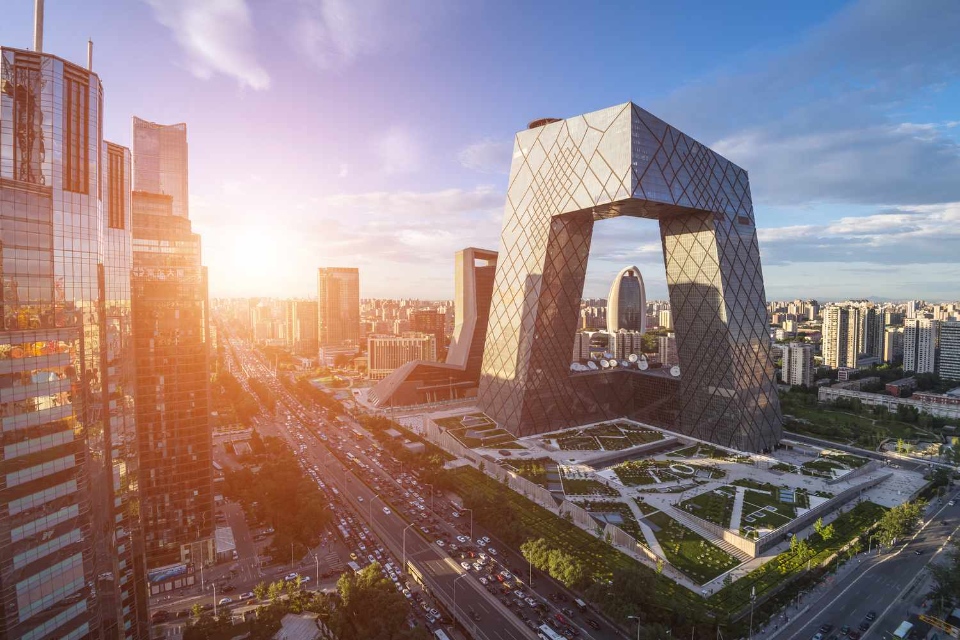
Beijing, China’s sprawling capital has both the ancient features of a thousand-year-old capital but also the modern beauty and magnificence of the world’s prominent financial and economic center. About the name Beijing (北京) simply means the “Northern Capital”. This name is given according to the East Asian tradition of similar capitals as Nanjing (Southern Capital), Xijing (Western Capital), and Dongjing (Eastern Capital).
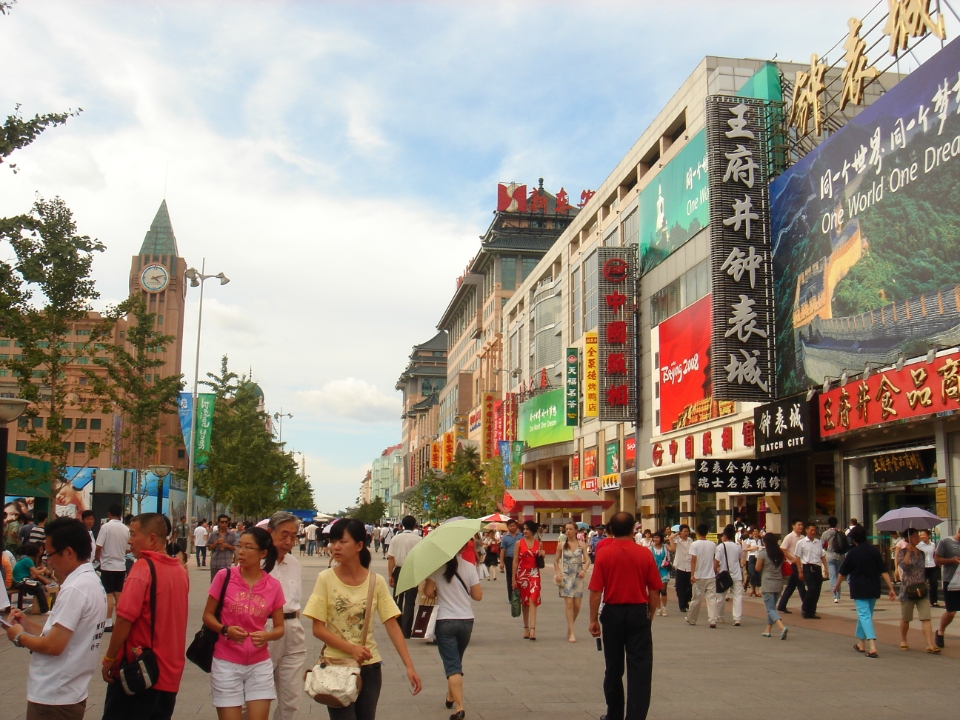
Overview of Beijing (# beijing travel blog)

Beijing is located in North China (Huabei), including 14 urban and semi-urban districts and 2 rural districts, bordering two provinces, Hebei and Tianjin. As one of the most populous cities in the world, Beijing possesses the most modern transportation system with highways and railways arranged very scientifically. The new Beijing’s international airport is the second largest airport in the world by number of passengers.
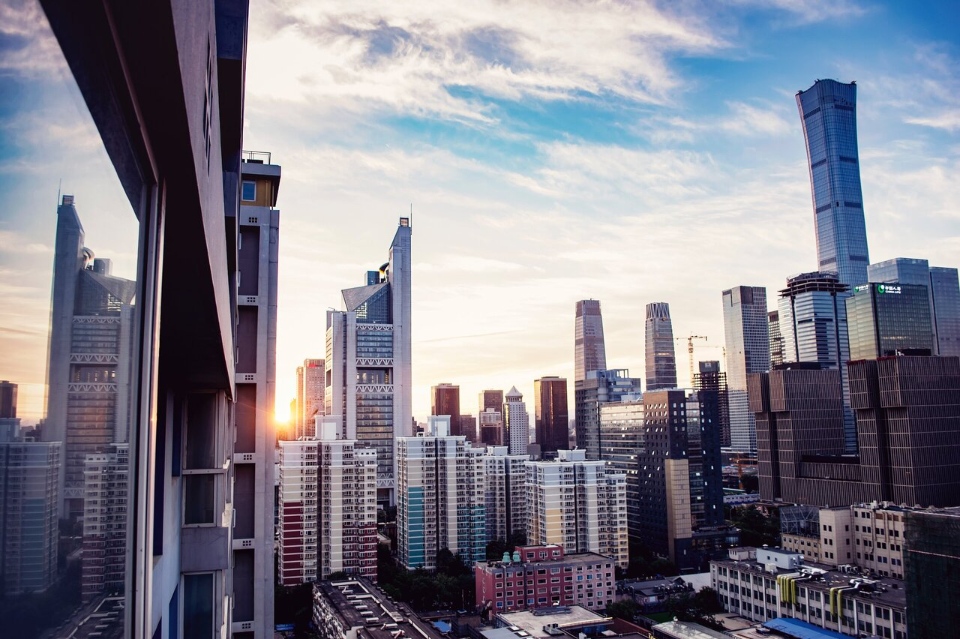
Formed 3 millennia ago, along with modern and novel architectural works, Beijing still preserves valuable historical relics including magnificent palaces, ancient temples, classic gardens, tombs, city walls, city gates…
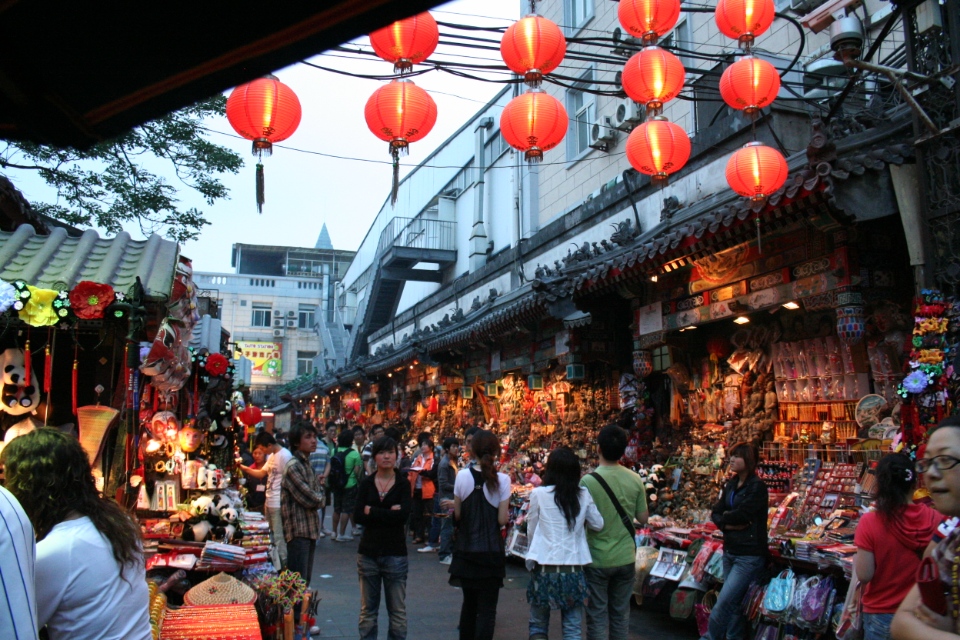
Beijing is the last capital of the four great ancient imperial capitals of China during the Yuan, Ming, and Qing dynasties. Countless historical, cultural, and long-standing architectural relics such as palaces, pagodas, tombs, citadels, diverse art treasures, and top quality schools in the world are all present in the city.
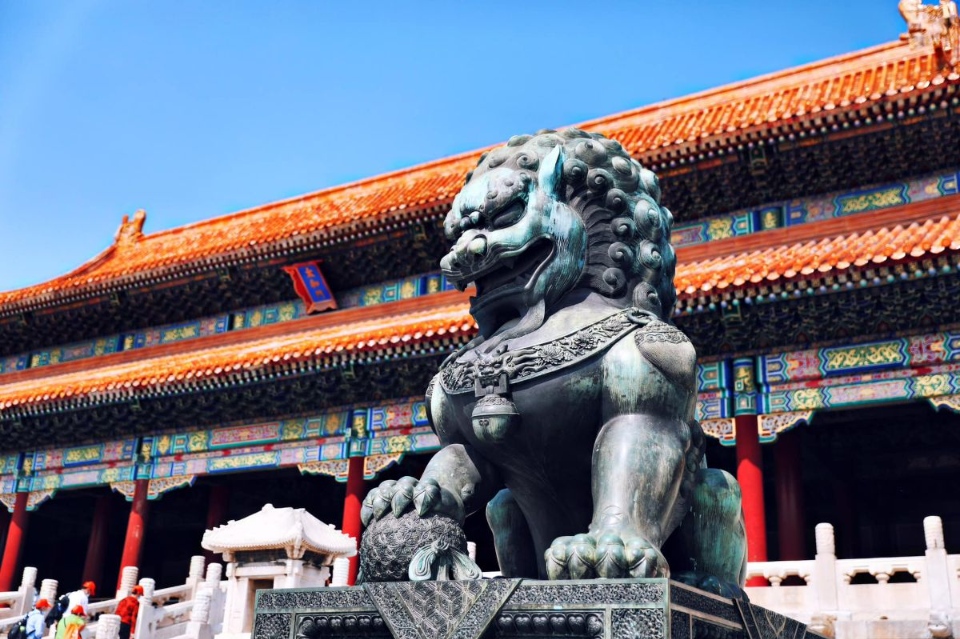
Beijing attracts every visitor with its monumental historical, cultural and architectural heritage. Majestic palaces, sacred temples, beautiful mausoleums and surrounding citadels are all vestiges of an enchanting past. At the same time, its rich art museums contribute to making Beijing an outstanding center of art and culture.
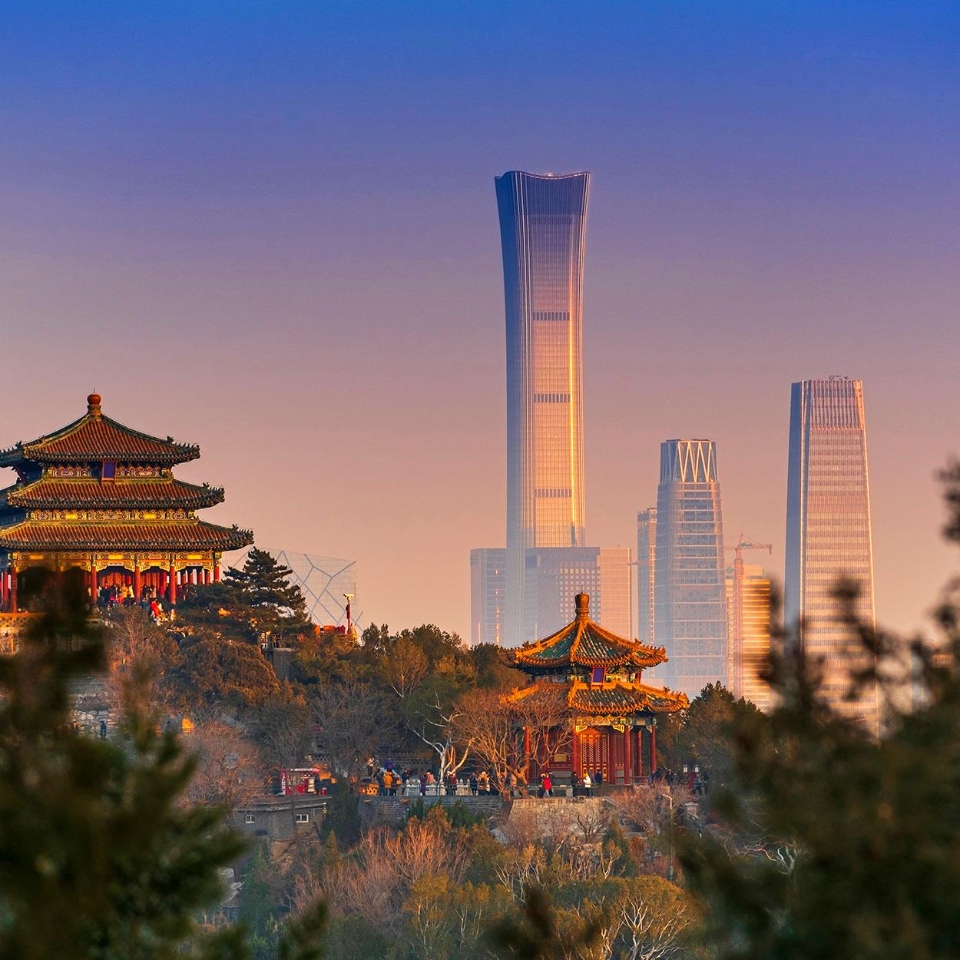
When is the best time to go to Beijing? (# beijing travel blog)
With its location deep in the mainland, Beijing has a rather dry climate, with hot and humid summers due to the influence of the East Asian monsoon, and cold and dry winters due to the influence of the Siberian atmospheric pressure block. Beijing’s monthly mean temperature in January is −3.7 °C (25.3 °F), while in July it is 26.2 °C (79.2 °F).

The weather in spring is quite cold, it often rains and has dusty winds that are not convenient for sightseeing. In March and April, the average temperature rises to about 13°C and the temperature difference between day and night can be up to 10°C. Therefore, when traveling to Beijing in the spring, you need to prepare for this weather change. In the morning, wear a long-sleeve sweater and a thick coat to keep warm. In evening, you should have a light jacket or bring a thermal bag to be ready to deal with temperature changes.
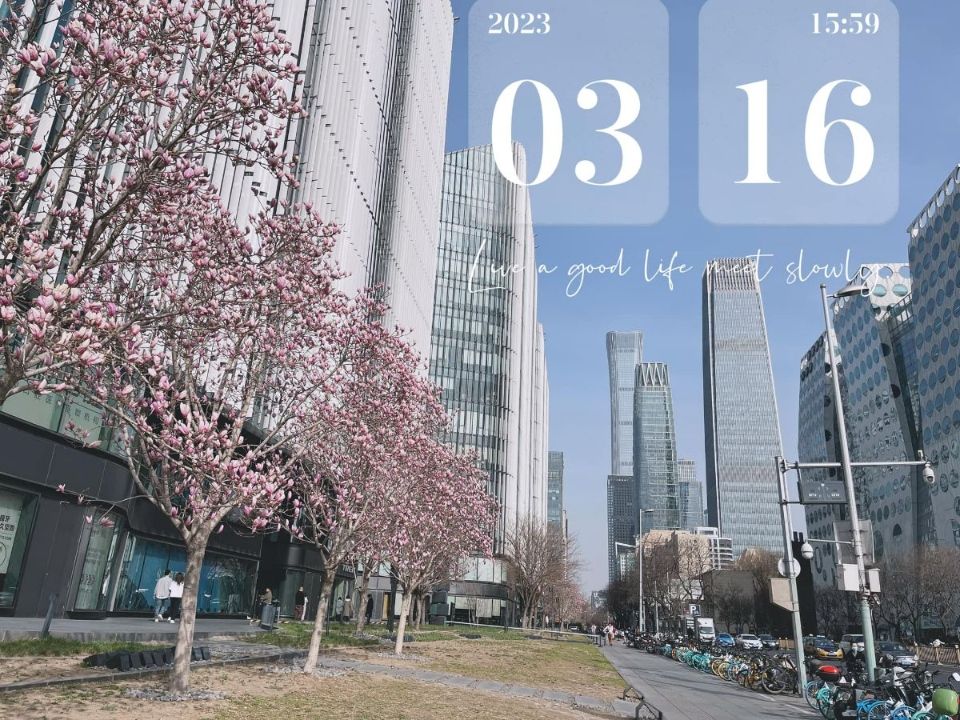
Summer (# beijing travel blog)
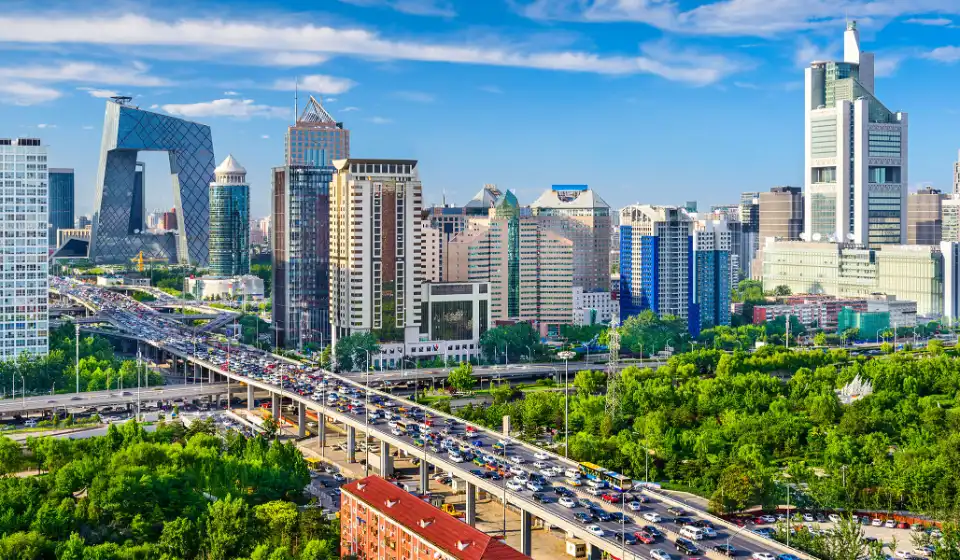
Summers in Beijing are hot and rainy, with temperatures reaching up to 30°C during the day and dropping to 20°C at night. Due to heavy rainfall, it is not as dry as usual.
The average temperature in 6°C is about 24°C, but sometimes it can reach 30°C. Therefore, tourists coming to Beijing in the summer can wear cool, airy clothes that are comfortable when moving, such as short-sleeved shirts, shorts and short skirts. But you still have to pay attention to the sun protection when going out.
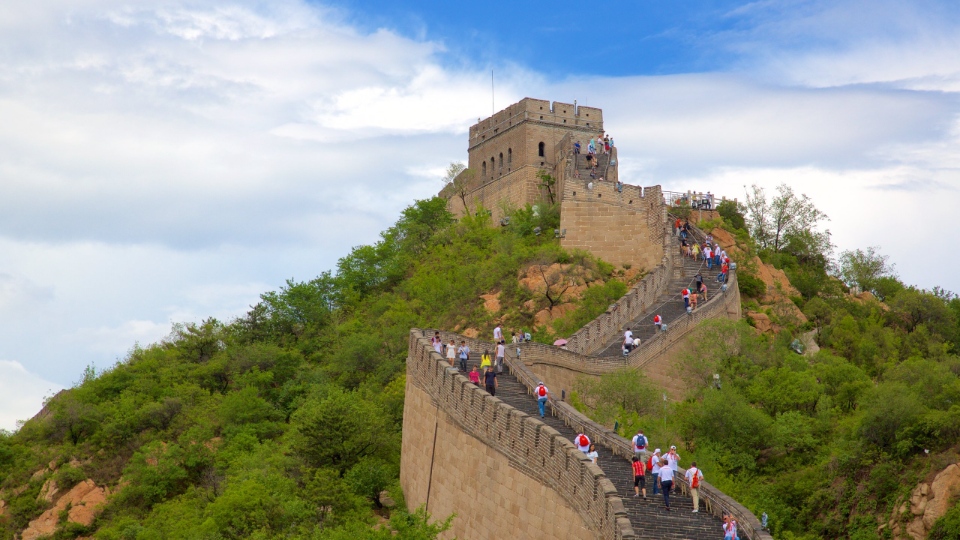
In July and August when Beijing has the highest temperature of the year, we can wear airy, comfortable summer clothes. However, this month is also the time when Beijing has the most rainfall, so when going out, you should bring an umbrella to prevent sudden rains.
Fall (# beijing blog)
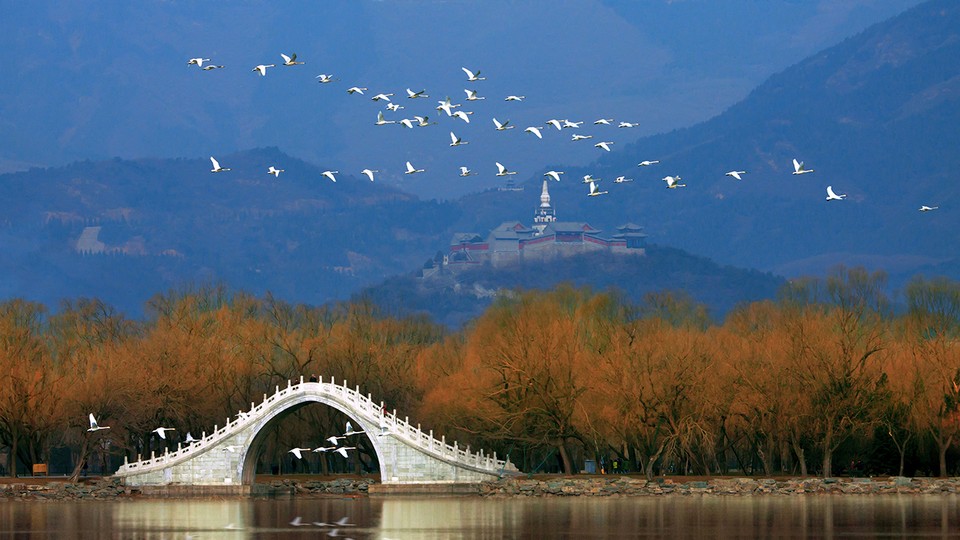
Autumn is the best time to come here, the weather is mild, there are few tourists in the city. The natives describe this season with the phrase “sky is high, the weather is mild” – the sky is high, the climate is mild and cool.
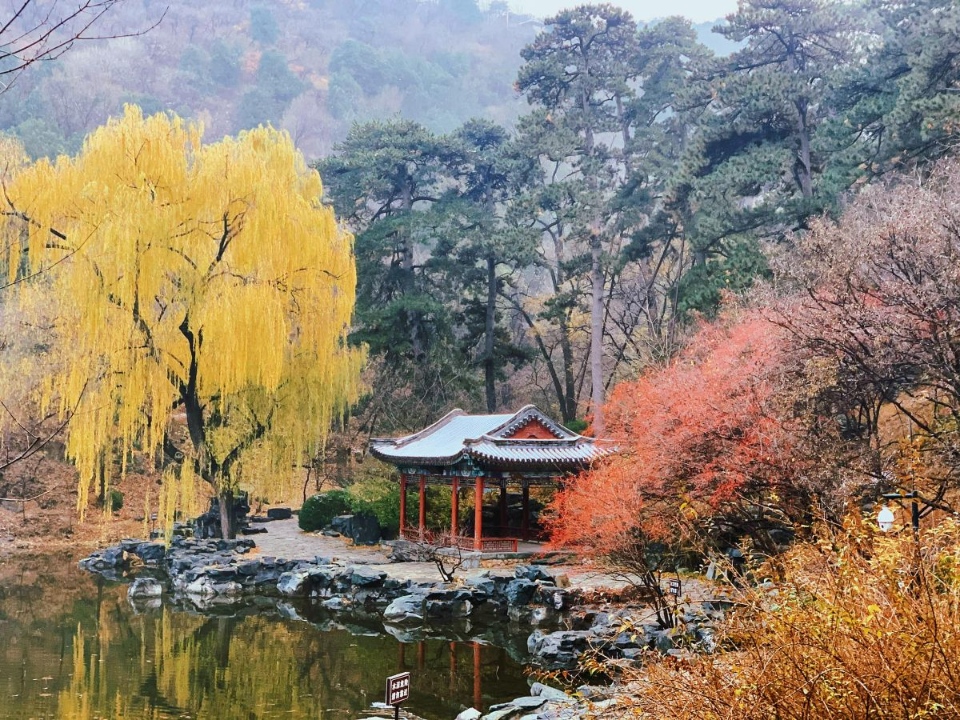
Winter (# beijing travel blog)
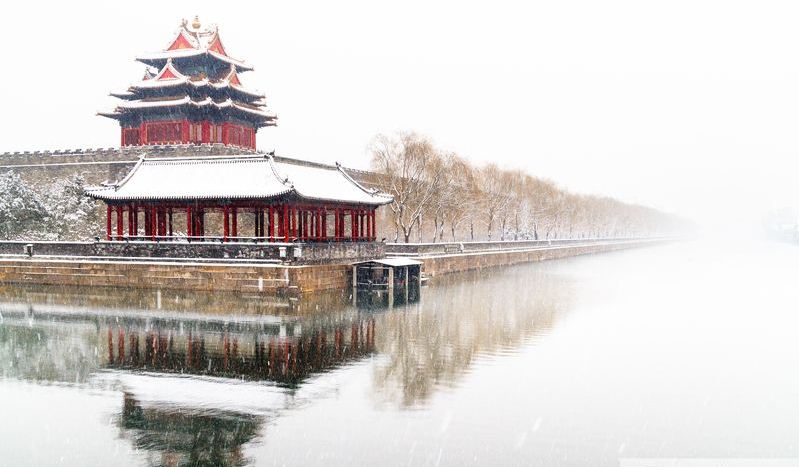
In winter it’s the opposite, if you can stand the cold temperatures, it’s pretty cool, Beijing is like your own, not crowded at all, you can leisurely enjoy the scenery. You should not come during Lunar New Year from January to February and long holiday seasons such as Labor Day May 1, National Day Oct 1, because these days are always crowded. On these days, Beijing is often covered with beautiful snow, and this is the low season, so the costs will also be cheaper, especially hotel room rates.
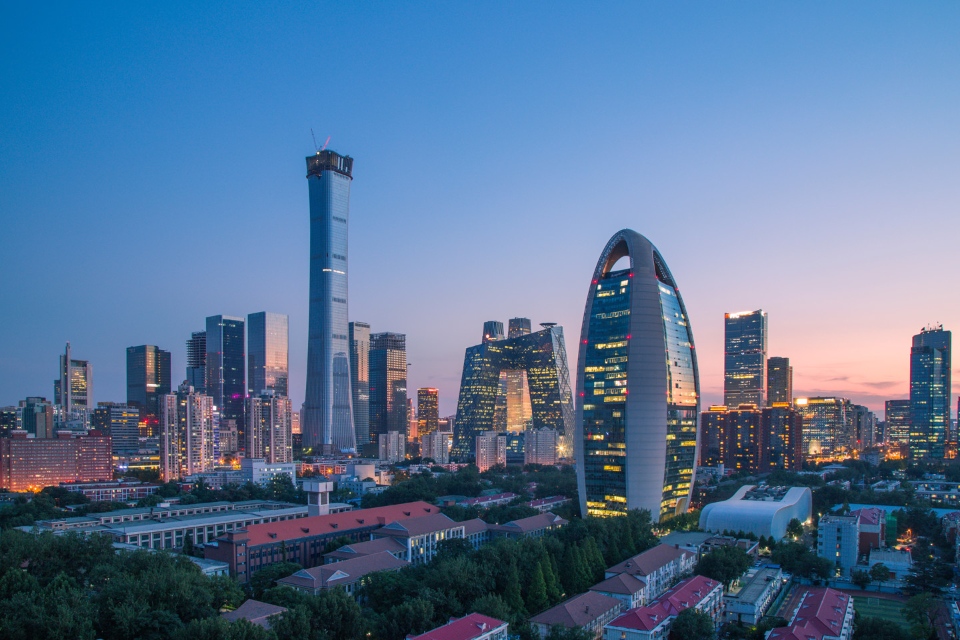
How to get to Beijing? (# beijing travel guide)
Beijing is quite far from Vietnam, there are many flight routes, so now tourists often do not come to Beijing by road (train) but by plane is always convenient and fast. There are two airports in Beijing: Beijing Daxing International Airport (IATA: PKX) and Beijing Capital International Airport (IATA: PEK), this airport is closer to the central area.
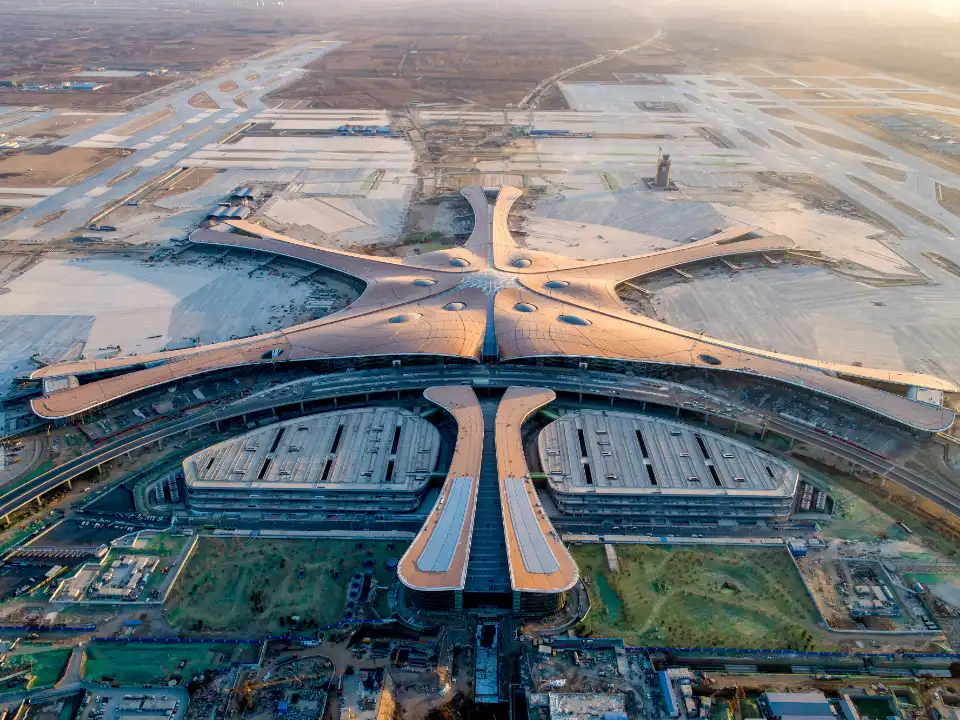
From Hanoi and Ho Chi Minh City, there are many airlines and flight routes to Beijing such as Vietnam Airlines, China Airlines, China Southern, China Eastern… with many different ticket prices and flight times that you can choose from. You can get more specific information about flights, ticket prices and the most suitable flight times on airline ticket search engine sites like Google Fights , Kayak or SkyScanner but after consulting, you should still go to the official websites of the airlines to book tickets.
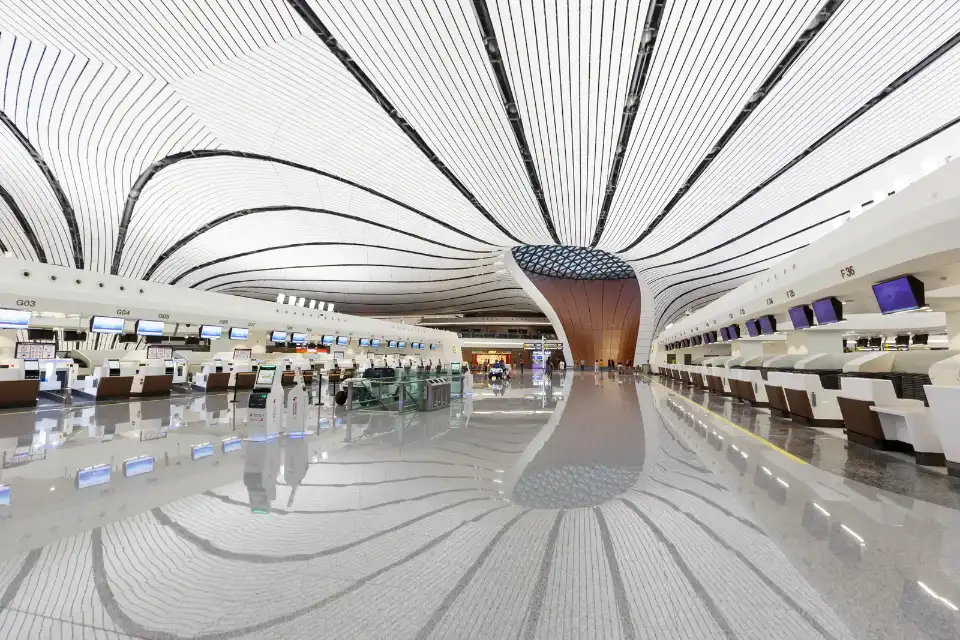
Direct flight time from Hanoi to Beijing is about 3 hours 45 minutes, and from Ho Chi Minh City to Beijing is about 4 and a half hours. However, if you choose a cheap ticket and transit at some other airports, the flight time may be longer, with some flights up to 10 and a half hours or more.
How to get around Beijing? (# beijing guide)

The transportation system in Beijing is quite modern and convenient. For quick travel between tourist attractions in the city, you can choose the subway or bus. Taxi is also an option to consider, but remember to learn a few Chinese sentences ready, or turn on Chinese translation apps on your phone when communicating with the driver (because Chinese people usually do not communicate well in English) to avoid being higher charge or the driver take you around to make money. If your time is abundant, you can rent a bicycle to go around the city.
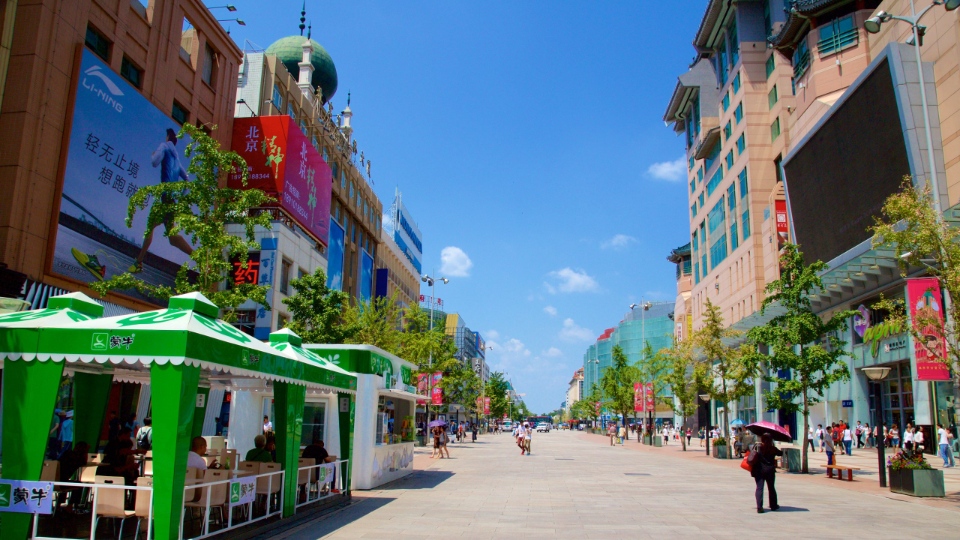
One thing to note is that if you travel on your own, you should watch the time carefully to get to the bus station, airport or other places you need to go because Beijing, like many large cities, has traffic congestion issues. Especially during peak hours or holidays. So you need to watch the time to not be late! If you go on a tour, there will always be a tour guide and tour bus driver who will set a time for you, so you don’t have to worry anymore.
Bus (# beijing travel guide)

Beijing Day Tour By Bus
There are many different bus lines and there are 18 subway lines for visitors to travel. You can download the Yitongxing app on your mobile phone, scan the QR code on the bus and then scan again after arriving at the station and the fare will be automatically deducted. The bus fee is 1-2 dollars.
Subway (# beijing guide)
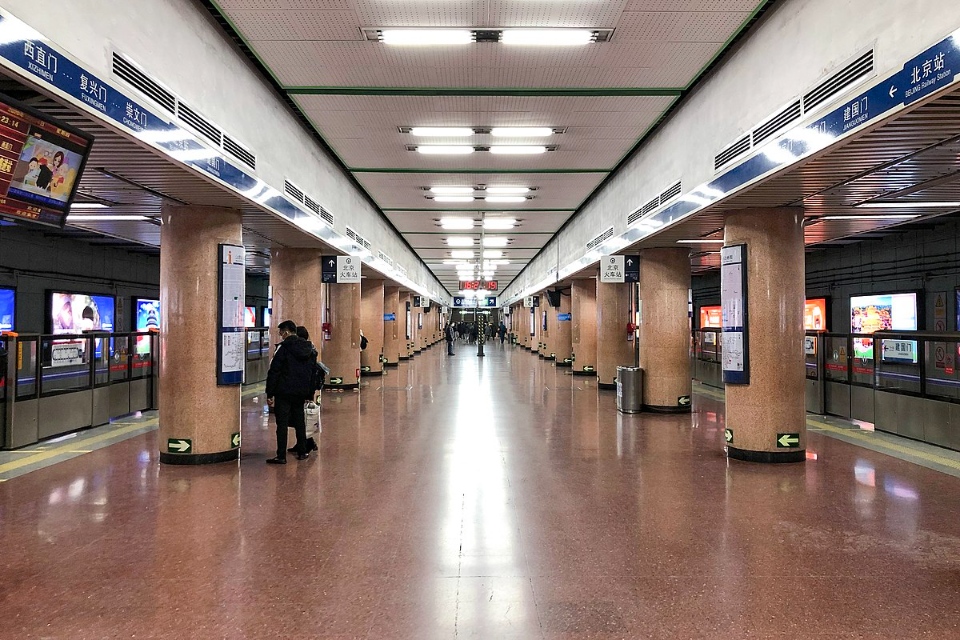
Because Beijing is extremely large, and tourist attractions are quite far from each other, taking a taxi or bus can cause traffic jams, so tourists often take the subway for convenience. Furthermore, there are instructions in both English and Chinese at the subway stations, so you can feel free to wander around on your own. However, you should pay attention to avoid rush hours from 7am to 10am and 5pm to 7pm because these are rush hours and all train cars are packed.
Depending on the purpose, you can buy tickets by route, or for a long stay, you can buy a train card, with 3-day, 7-day or 15-day tickets. Here are the subway lines to famous sights and key travel areas for you to note and look up easily:
1. Beijing South Railway station: Line 4 2. Beijing West Railway Station: Line 9 3. Beijing North railway Station: Line 2, 4 and 10 4. Beijing Railway Station: Line 2 5. Beijing Capital International Airport: Express Train + subway Line 2 6. Yiheyuan garden (Summer Palace): Line 4 and 10 7. Badaling Great Wall: S train from Huangtudian Railway Station, Line 8 or 13 8. Temple of Heaven: Line 5 9. Tiananmen – Forbidden City: Line 1 10. Lama Temple: Line 511, Olympic Park: Line 8
Similarly, you can buy subway tickets at train stations (quite similar to taking the elevated railway in Hanoi) and the ticket price is only from 3 yuan – 7 yuan for 1 trip. Download the MeetroMan app or use China’s online maps to get your directions. You can buy a subway card to top up for more convenient use.
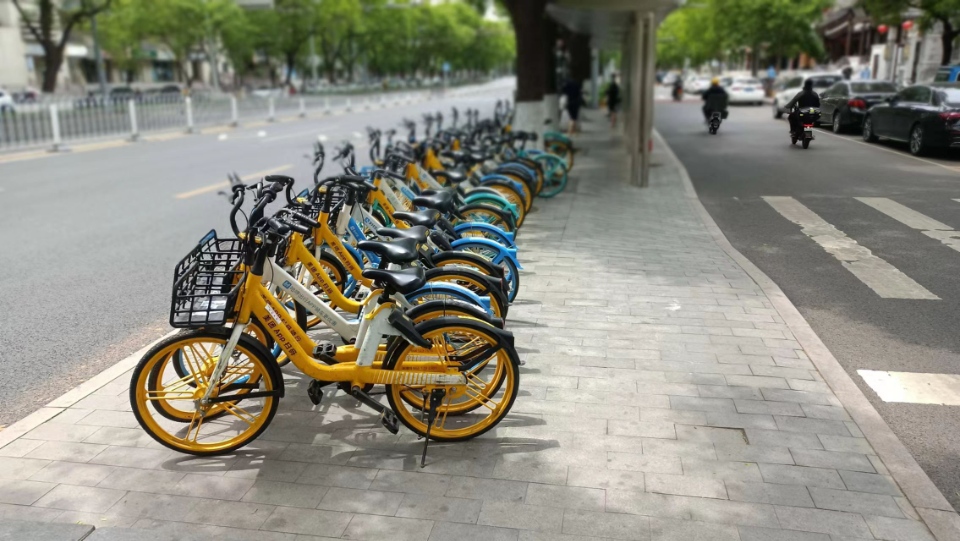
If you intend to go out around the old town of Hutong, you can rent a bicycle. The price is also very “soft”. The first hour is free, every hour after that collects 1 yuan/hour. The maximum fee per day is 10 yuan or 20 yuan depending on the district where you rent the bike.
However, the procedures for installing a bike rental app, top-up, and activating an account are a bit complicated, so if you stay in Beijing for more than 3-5 days or longer, you should look for the day plan. If you only travel to Beijing for less than 3 days, it is best to experience the subway and bus. Bicycles are also convenient public transportation in Beijing. Beijing has dedicated bicycle lanes separate from pedestrian sidewalks.
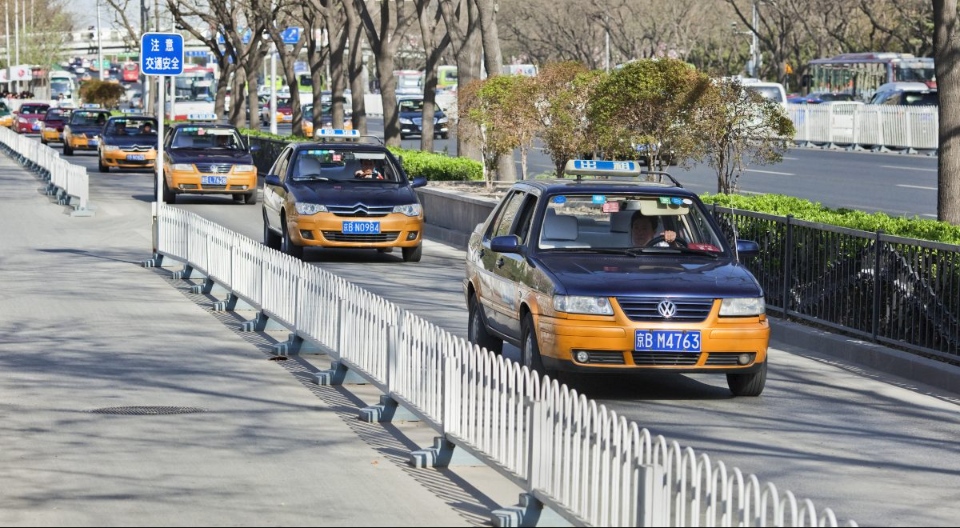
For short routes or during rush hours, drivers may refuse to turn on the meter and ask for a higher fare than usual. If you know Chinese to bargain, you will have an advantage. Many drivers cannot speak English, even basic English sentences. You need to have the names or photos of the places you want to visit ready on your phone. When you get in a taxi, just show it to the driver.
Make sure you get into the licensed taxi as many illegal taxis (called heiche/黑车) operate in such a way that the price must be negotiated first. Legal taxis are usually painted yellow or black and have a driver’s license or other paperwork on the windshield.
Rickshaw (only in Hutong area)

Rickshaws are like cyclos in Hanoi’s Old Quarter, both are traditional forms of transportation. This is a great way for you to experience old Beijing culture and Hutong old town. This vehicle is only for tourists. Drivers who legally drive this type of vehicle must have a small sign on their chest with their name and surveillance phone number.
Notes on public transportation in Beijing as well as detailed prices, please refer to the costs section below!
How much does it cost to travel to Beijing?
Cost of stay.
Beijing is one of the most prosperous metropolises in China. Room prices for homestays, hostels, hotels… are quite vary. If you want a luxury accommodation, comfortable and relaxation, a five-star hotel will cost 3,000 to 4,000 CNY per night. Normally, a homestay or regular hotel costs 100 – 200 yuan to get a pretty good place to stay.
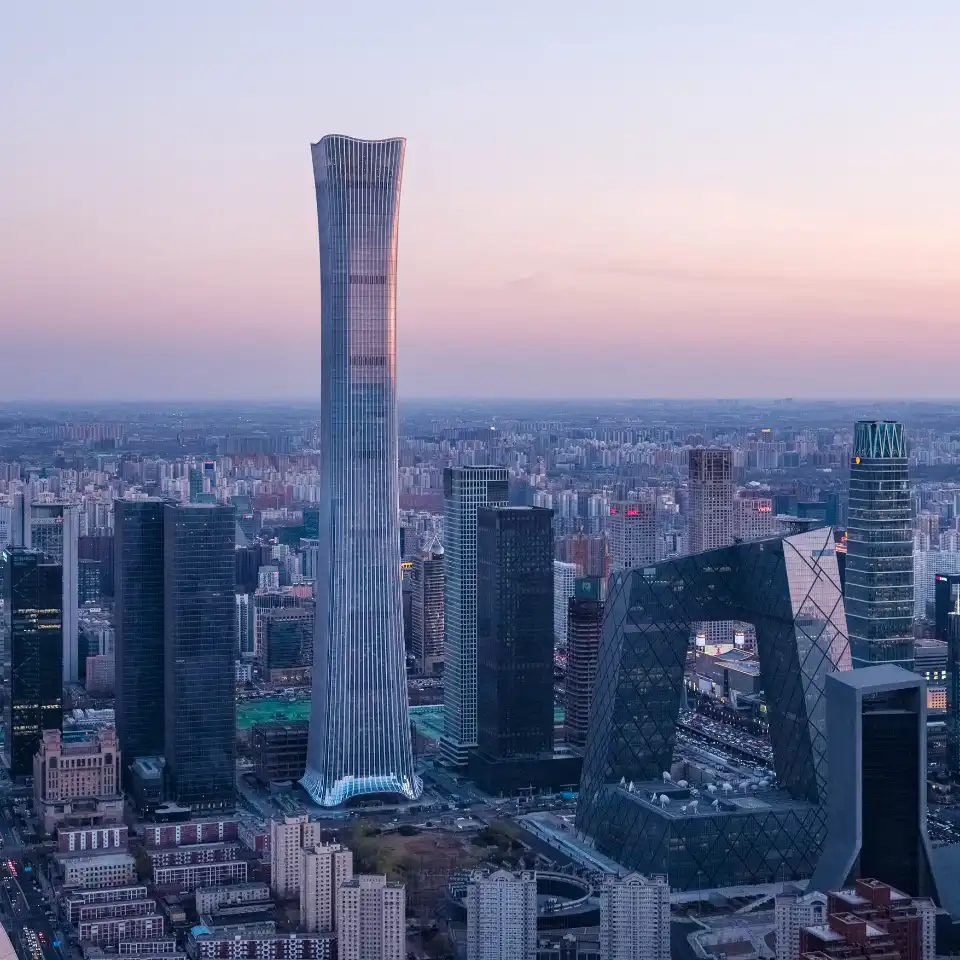
This is also a tourist city, so there are places to stay around attractions and public transport stations, so you can freely to choose. If you travel on your own, you can refer to sites like Booking.com, Agoda.com or Airbnb.com.
Travel costs and traffic notices
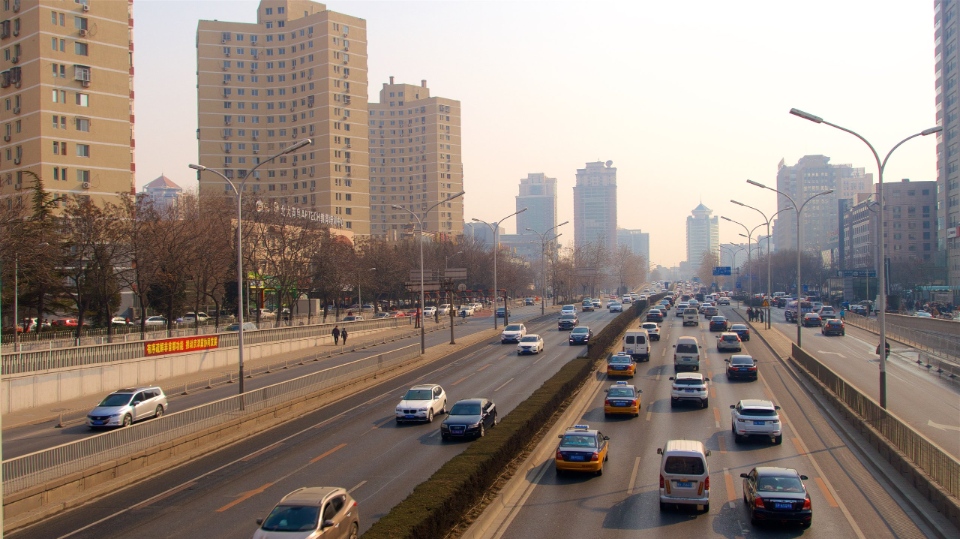
Beijing’s traffic is very developed, buses, subways, taxis, public bicycles for rent… are all available. Although this city is quite expensive, the public transportation system is surprisingly cheap, only about 3 – 8 yuan/ticket.
Taxis in Beijing are more expensive, about 13 yuan for the first 3km and 2.3 yuan for each subsequent kilometer. You can find rickshaws in many places in ancient tourist areas in Beijing. However, this vehicle is not cheap and is sometimes even more expensive than a taxi.
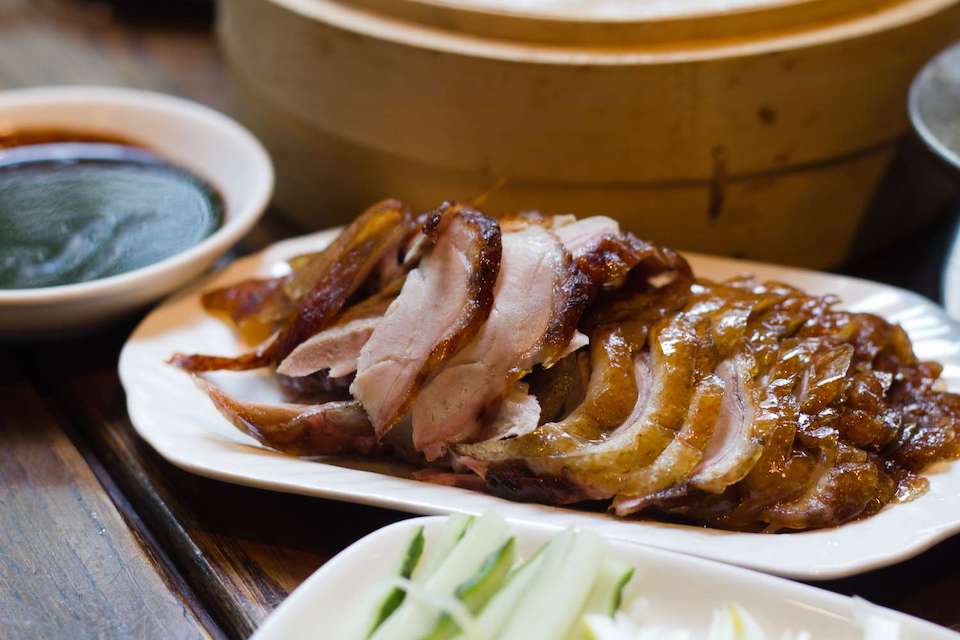
Beijing cuisine, from food types to prices, is very diverse. If you don’t going to a luxury restaurant, authentic Beijing snacks are not expensive. Traditional morning foods include soy milk, dumplings, and eggs soaked in tea. Restaurants often have free pickles. Make sure you can eat until your stomach is full and spend less than 5 yuan. At noon or dinner, eat hot pot or grilled meat, if expensive, only about 100 yuan/person. Noodle dishes are about 10 yuan per portion. In short, a day of eating in Beijing usually only costs about 150 – 200 yuan.
Sightseeing costs
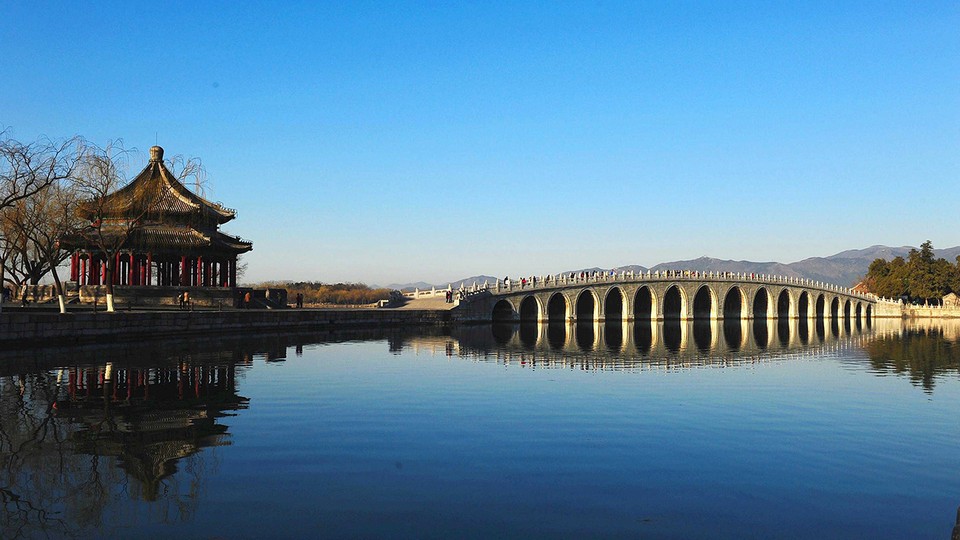
In Beijing, there are many free cultural and historical attractions such as Tiananmen Square, Temple of Heaven, Forbidden City, Yiheyuan, old Beijing area (Hutong old town)…
Other historical attractions charge a fee but don’t cost much. Specifically, some main tourist destinations have ticket prices as follows:
- Forbidden City: 40 – 60 yuan depending on season
- Yiheyuan (Summer Palace): 20 – 50 yuan depending on the season
- Ming Dynasty Tombs: 15 – 65 yuan depending on season and visiting area
- Great Wall: Take a ride to Great Wall of Badaling for 60 yuan, take the cable car 80 yuan
- Fragrant Hills Park: 5 – 10 yuan depending on the season
- Lama Temple: 25 yuan
- Temple of Heaven: 10 – 35 yuan depending on season and visiting area
- Prince Gong’s Mansion: 40 yuan. Watch a play in the palace for an additional 30 yuan
- Beihai Park: 10 yuan
- Jingshan Park: 13 yuan
Where to go and what to do in Beijing?
As one of the world’s economic centers, Beijing is a lavish an historic city with countless tourist attractions.
Great Wall of China
The Chinese have a saying, literally: “One who fails to reach the Great Wall is not a true man”. One thing is for sure, when coming to China, the Great Wall is a place you can’t help but visit.
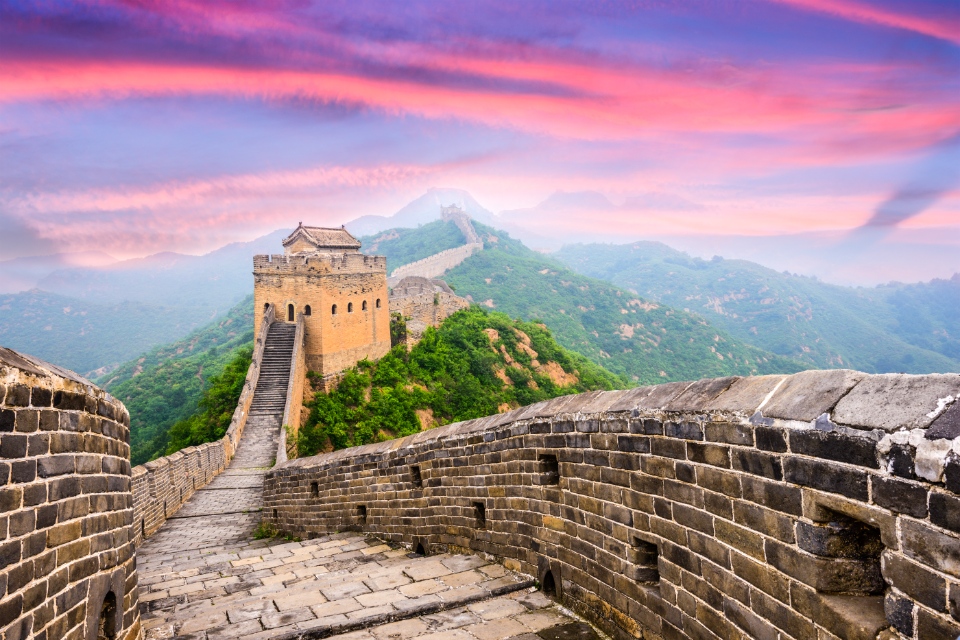
This is the most famous strategic military defense project in the world. Visiting the Great Wall of China, visitors will have the opportunity to learn about the history of this construction that is considered a symbol of China. The Great Wall has a total length of about 6,700km (the Great Wall in Beijing alone is about 629km long). The wall is about 7-8 m high and the average width is about 5 – 6m, started construction during the Zhou Dynasty, followed by the Spring and Autumn period (770 – 476 BC), Warring States (476 – 221 BC) ), by many countries such as Shu, Yan, Han, Zhao, Wei… later the Qin, Han, Kim and Ming dynasties.
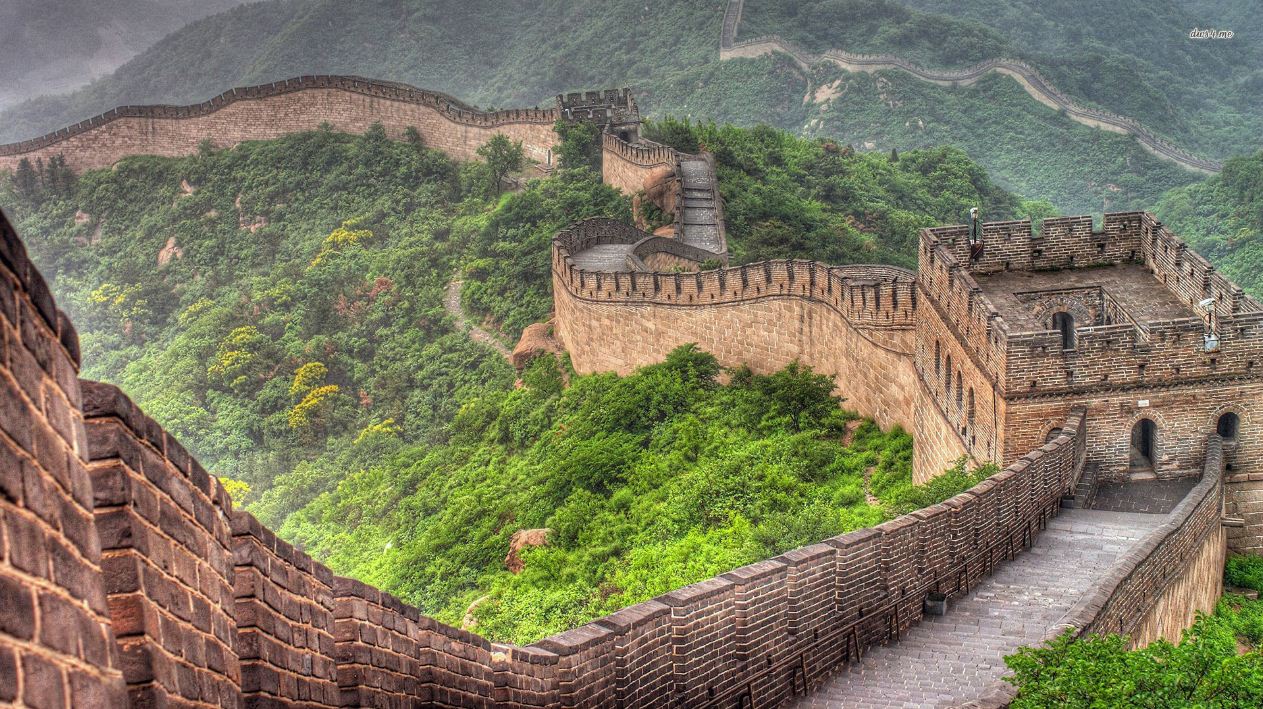
Famous and well-preserved places of the Great Wall can be mentioned as Badaling, Juyongguan, Shuiguan, Mutianyu… Badaling is about 60 km northwest of Beijing, has a length of about 3741m, an average height of about 7m. The section of the wall with a maximum height of about 800m above sea level, rebuilt in the Ming Dynasty, is the place most visited by tourists.
Forbidden City
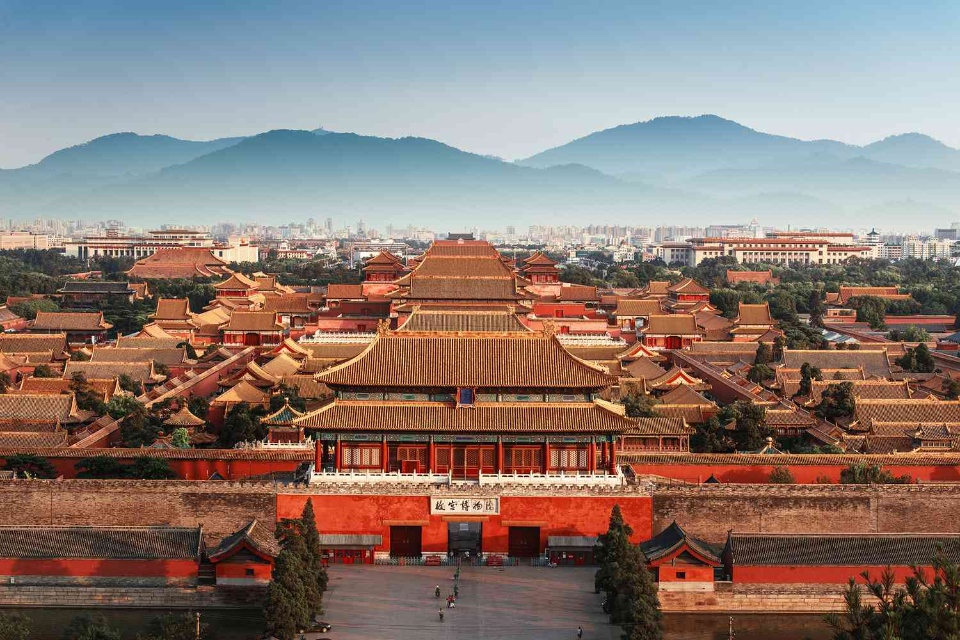
The Forbidden City was the residence of the emperors of the Yuan, Ming, and Qing dynasties of all eras. The Forbidden City is a cultural symbol of Beijing and all of China. The Forbidden City is often called the Imperial Palace by the Chinese. This place is open all year round and ticket prices change according to the tourist season.
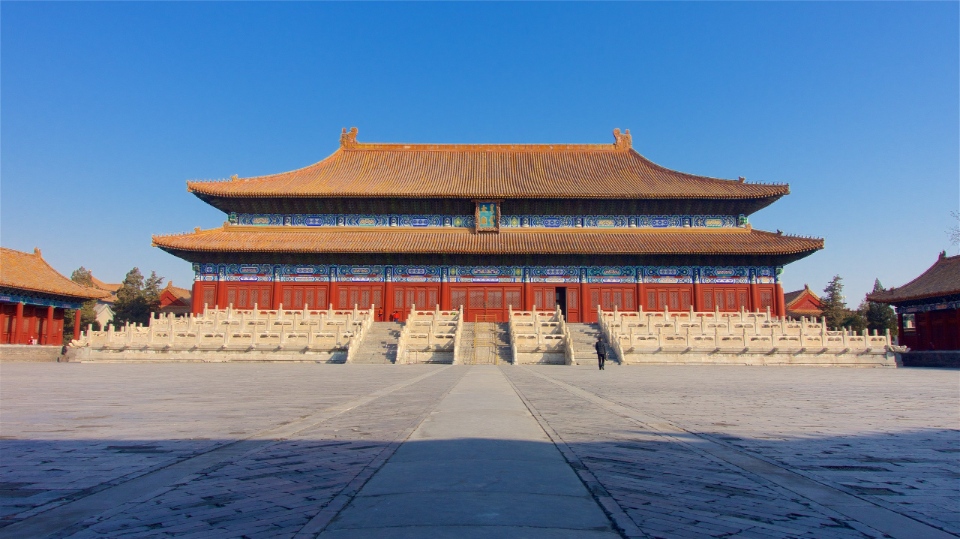
Located in the center of Beijing city, this place has a large space, visitors coming here will enjoy an ancient scenery. This place is the palace of the kings of the Ming and Qing dynasties with the largest scale and most intact preserved in the world. The Forbidden City was built from 1406 to 1420, including 980 buildings on an area of 720,000 m2.
Stepping inside the Forbidden City, tourists will admire the unique architecture of the Chinese royal palace. The Forbidden City was built in 14 years with high-class materials such as Suzhou brick, Anhui celadon tile, Fengshan precious stone, Gangnam precious wood. Most of the roofs of the palaces are covered with yellow lapis lazuli tiles, the color representing the Chinese court. Yellow color in the theory of the five elements is earth, the root of all things, so yellow has always been considered by the rulers to be the most noble color.
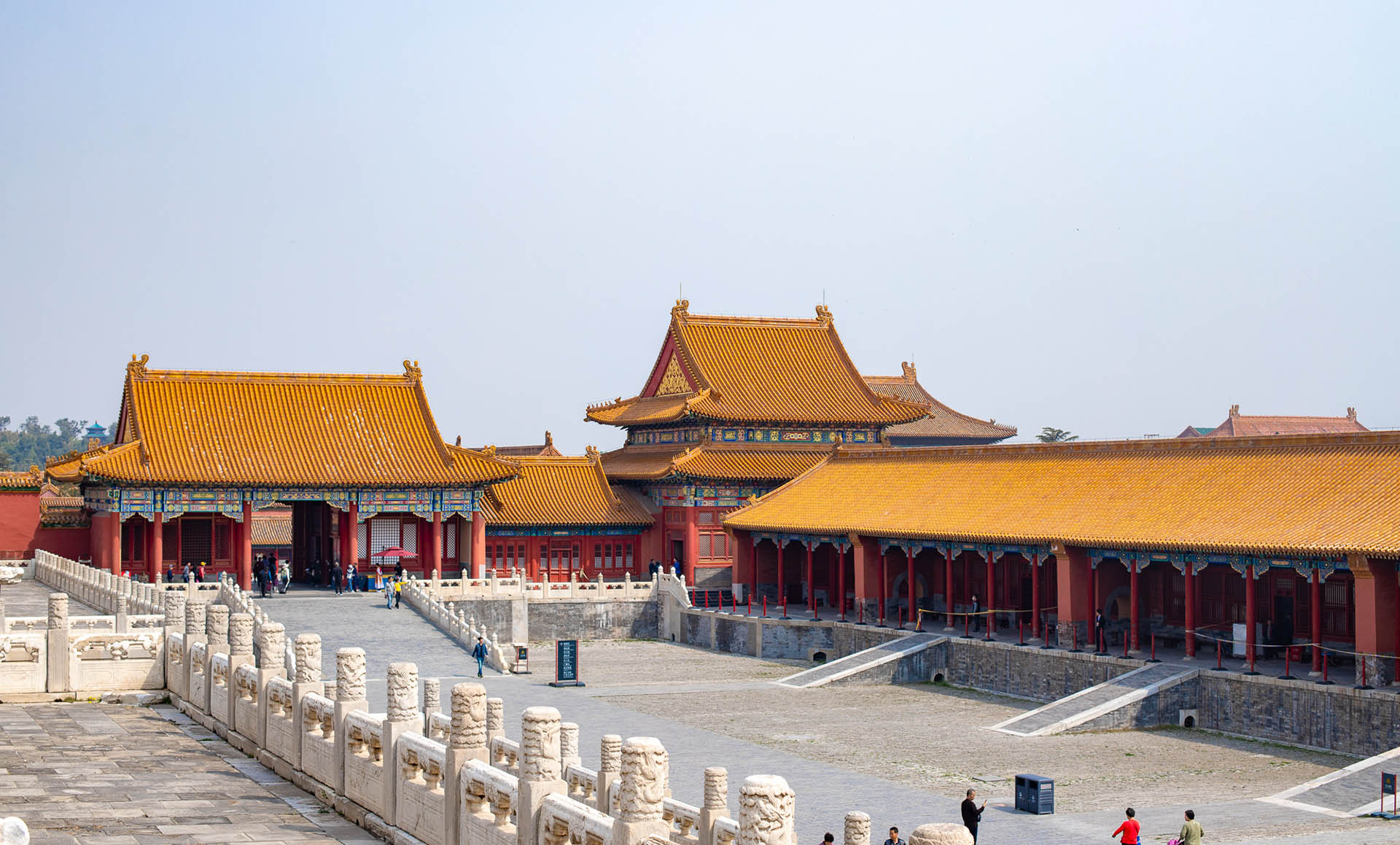
Palace walls are painted bright red, symbolizing solemnity, happiness, luck. In the past, except for the royal palace, only the royal residence and important temples were allowed to use red color. Besides, this place also keeps a lot of artifacts that are considered as national heritage.

Temple of Heaven
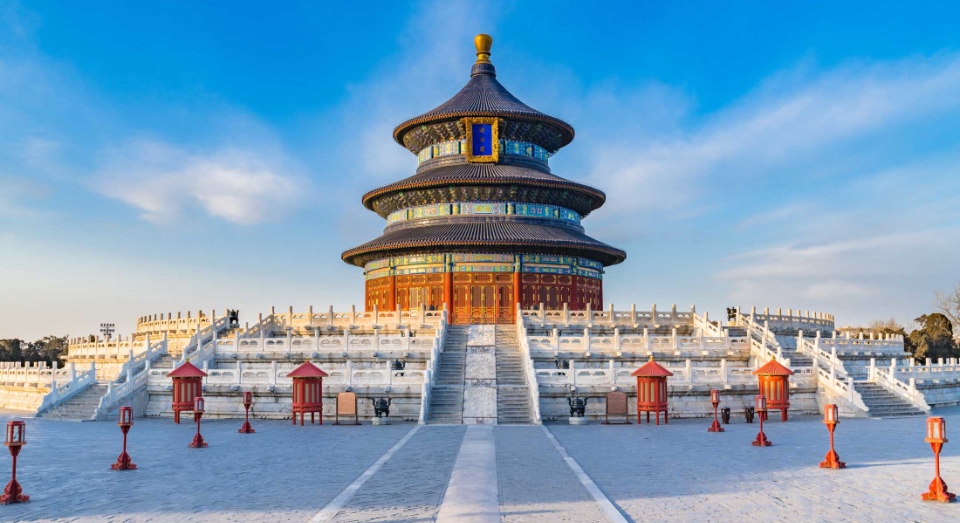
The Temple of Heaven is located on the southeast side of Tiananmen Square in Beijing. It was built in the 18th year of Yongle (1420 AD), by Emperor Chengzu of the Ming Dynasty.
The Temple of Heaven – an altar dedicated to the emperors of the Ming and Qing dynasties to worship heaven and pray for rain. This is also the largest and most perfect ancient temple architecture complex in the world. The altar area is round in the north and square in the south with the meaning of “Round Sky and Square Earth”.
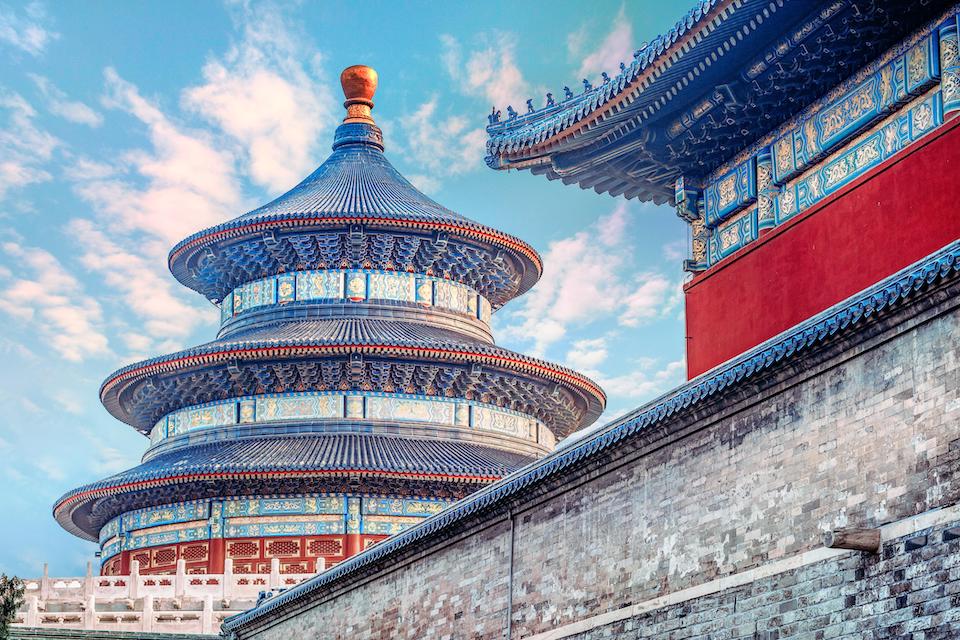
The main area has a thick, high appearance of the altar wall, which not only protects the works inside the altar, but also highlights making the Temple of Heaven a unique sight in the south of Beijing.
Tiantan is one of the monuments of Chinese civilization, the structures of the temple show the unique meaning and artistic expression techniques of ancient China everywhere, the Temple of Heaven integrated philosophy, history, mathematics, mechanics and is a masterpiece of ancient fine art.
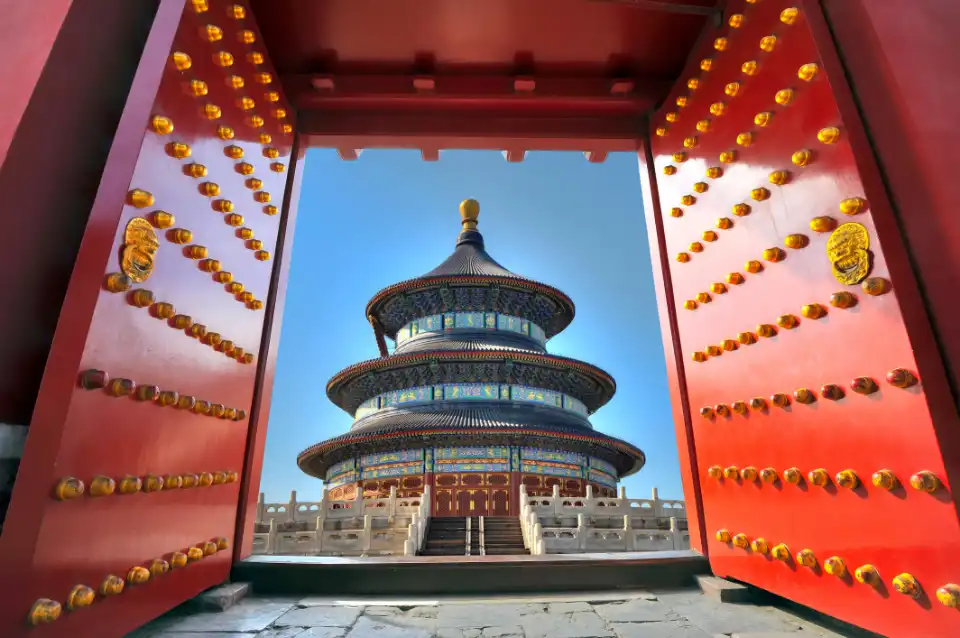
Tiananmen Square and National Museum of China
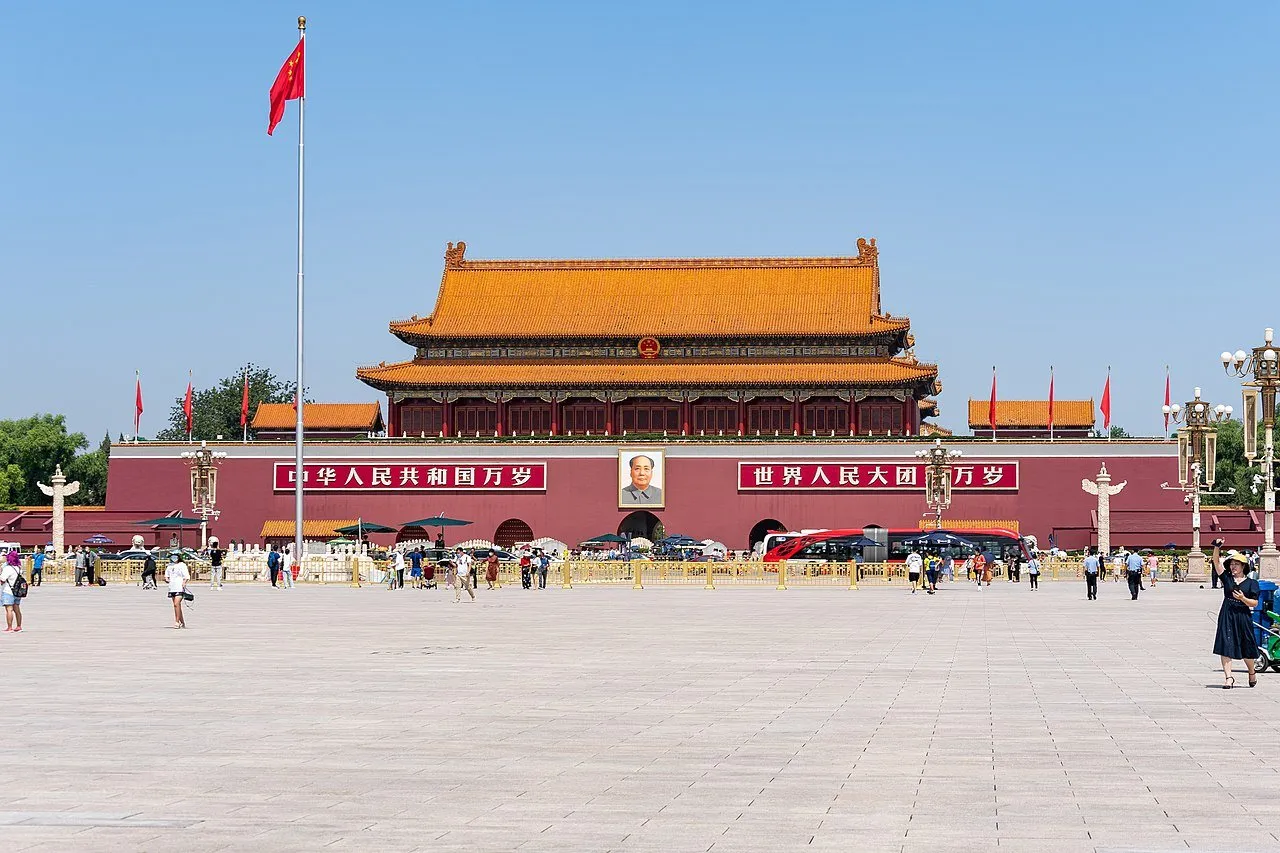
As one of the most famous squares in the world, Tiananmen is considered to be the heart of Beijing. Located in the city center, with an area of nearly 109 acres (44 hectares). The North and South ends of the square are marked by two gates of Tiananmen and Qianmen.
Along the west side of the square is the Great Hall of the People. Along the east side is the National Museum of China. The entire square is surrounded by the most famous landmarks and sights of the capital Beijing and certainly no visitor can ignore when coming to this city.
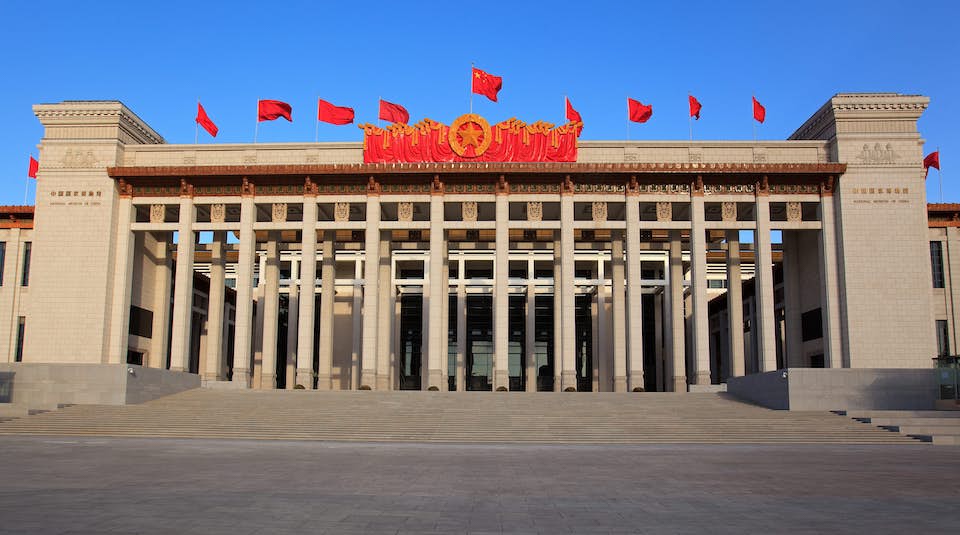
Visiting Tiananmen Square, visitors will be overwhelmed by this massive construction, around the square are planted with many beautifully styled ornamental plants, you should visit the square in the early morning while walking. Just breathe in the fresh air, will give visitors a feeling of relaxation and peace separate from the noisy and bustling city outside.
Summer Palace (Yiheyuan)
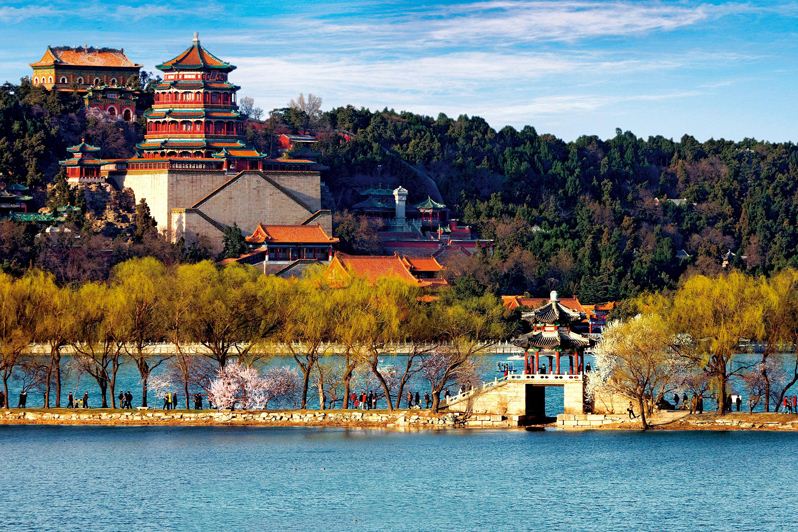
This is the pinnacle of classical Chinese gardens and the most complete imperial gardens preserved to this day. It includes the Longevity Hill and the Lake Kunming, with pavilions, terraces and pavilions step by step. The water of Kunming Lake is very clear, the view is immense, the murals in the hallway are the most classic. The lotus flowers and goldfish in summer are especially beautiful, and the deep winter snowfall is also beautiful.
Continued reading…
Related articles
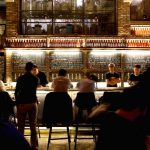
RELATED ARTICLES MORE FROM AUTHOR
Must eat in melaka — 10+ famous malacca street food & must try food in melaka, what to do in alishan — 5 top attractions & best things to do in alishan, taiwan, hong kong food culture — hong kong cuisine tells the historical story of the whole land.

Melaka food blog — Experience Melaka delicacies, arrived at by Trishaw
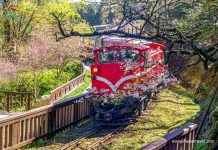
Alishan travel blog — The fullest Alishan travel guide for first-timers
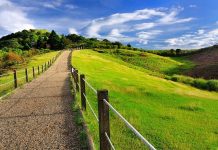
Gingtiangang Grassland Yangmingshan — The ultimate guide on how to go & top things to do
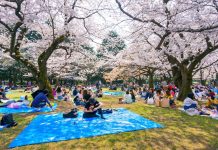
Tokyo best parks — 10+ best & most beautiful parks in tokyo
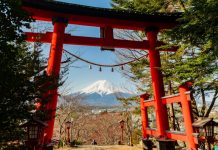
Yamanashi blog — The Yamanashi travel guide & top things to do in Yamanashi
Editor picks.

Where to go in Kunming? — 15+ top Kunming attractions &...

Must eat in Georgetown — 10+ famous, must-eat & best street...

Must eat in Melaka — 10+ famous Malacca street food &...
Popular posts.

What to buy in USA? — 17+ must buy in USA...

Must buy souvenir in Taiwan — Top 17+ most famous, cheap...

Must buy in Korea — Top 23 cheap, famous & best...
Popular category.
- Inspiration + Guide 1453
- Trip Inspiration 469
- Thailand 209
- Food + Drink 207
- Coasts + Islands 193
- South Korea 168
- Vietnam 166
- Travel Photos 144
- Work for Us
- Terms & Conditions
- Privacy Policy
- Destinations
Wild Junket

3 Days in Beijing: My Recommended Itinerary 2024
Last Updated on March 12, 2024
Heading to the capital of China soon? Here’s my recommended Beijing itinerary for those who want to make the most of 3 days in Beijing.
Traditional yet vibrant, Beijing is a city that encapsulates the spirit of China perfectly with a slew of ancient palaces, temples and hutong districts. It’s an essential stop for anyone coming to China, because it’s home to some of the most iconic and famous sights in the country.
The Chinese capital city is a hodgepodge of historical sights and attractions, making it a great introduction to the Middle Kingdom. I recommend starting off your China itinerary in Beijing to get a good sense of both the old and new in China.
Despite being a modern 21st century city, Beijing still has an impressive collection of traditional enclaves and pockets of interesting culture to uncover — perfect for both history buffs and culture vultures.

Table of Contents
Head to Tiananmen Square
Book your tickets here:, kick back at jingshan park, try the famous beijing duck, book your ticket here:, get lost in nanluogu xiang, eat at wangfujing street, book your great wall trip:, book your show here:, how to get around beijing.
- Luxury: The Opposite House
- Midrange: Shichahai Sandalwood Boutique Hotel
- Budget: Hotel Kapok Beijing
Best Places to Eat and Drink
Plan your trip to china, three days in beijing itinerary.
The first thing you need to know if that Beijing is HUGE and there’s so much to see and explore in Beijing. You’ll need at least a week to experience all of the amazing sights. But if you only have 3 days in the Beijing, here’s my recommend itinerary that will help you make the most out of your time there.
Beijing Itinerary Day 1: Forbidden City
Make your first stop the Forbidden City, the most important imperial palace in China that served as the home of emperors for almost 500 years. Take a crash course in Chinese history and learn all about the milestones and major events that took place in this massive palace.
This UNESCO World Heritage Site built in the 14th century is made up of 980 buildings; you’ll need at least 3-4 hours to see it. I recommend booking a guided walk (skip-the-line access) to truly understand the history of the place.
There is a limit to the number of tickets sold each day, so be sure to book your entrance tickets in advance. It’s closed on Mondays, keep that in mind when planning your trip. You MUST bring your passport with you when buying tickets.

Cross over to Beijing’s most prominent spot, Tiananmen Square, most famous for the Tiananmen Square protests of 1989, a pro-democracy movement which ended with the declaration of martial law by the government and the death of several hundred or possibly thousands of civilians.
Here you’ll find Chairman Mao Memorial Hall where you can pay respects to China’s revered founder in his mausoleum. Book this tour to visit Tianamen Square along with the Forbidden City.

Across the road from the Forbidden City is the Jingshan Park , designed based on the principles of fengshui and to protect the palace from northern winds. Formerly a private imperial garden attached to the grounds of the Forbidden City, the grounds were listed as a Key State Park and opened to the public in 1928.
Today you can climb the short hill for fantastic 360-degree views across the Forbidden City and Beihai Park and see locals doing tai chi as the sun sets.

You can’t come to Beijing and not try the famous Peking duck. Its paper crispy skin and tender succulent meat are best savored with plum sauce and thinly sliced cucumber all rolled up in wafer thin pancakes.
There are plenty of good duck restaurants in Beijing, but one of the most famous in town is Quanjude Roast Duck Restaurant – it may be a restaurant chain but it’s had a loyal following since 1864. To ensure you don’t miss an opportunity to dine here, make a reservation beforehand.

Beijing Itinerary Day 2: Palaces and Temples
Get up early and have a huge breakfast before you head towards the Temple of Heaven . During the Ming and Qing dynasties, the imperial complex played host to annual ceremonies of prayer. These days, the sprawling gardens here are where locals love to hang out and play chess, perform Chinese opera and fan dances.
From there, take a leisurely boat trip on Kunming Lake to get to the beautiful Summer Palace. The UNESCO World Heritage Site is a masterpiece of Chinese landscape design, with natural landscape of hills and water combined with artificial features such as pavilions, halls, palaces, temples and bridges. Book your entrance ticket here to skip the line .

Continue on to the Drum and Bell Towers, where you’ll find sprawling traditional hutongs (labyrinth-like residential areas) and old Qing Dynasty courtyard homes tucked behind the large landmarks.
This is the best area to get acquainted with the old residential areas of Beijing and get a feel of how people live. You can even hire a rickshaw guide to show you around the nooks and crannies of this area.
Nanluogu Xiang is the most well restored hutong but it’s also the busiest and most touristy. The narrow alleys are flanked by restaurants, cafés and boutiques that has become a hip and cool district in modern Beijing. Don’t miss Mao Livehouse, one of the happening hubs of Beijing’s burgeoning rock music scene.

For a night of shopping and eating, head to Beijing’s most famous pedestrianized shopping street lined with a slew of antique shops, modern fashion stores, souvenir stands and street food kiosks.
You’ll be able to find everything from SIM cards and mobile phones to silk scarves and snacks to bring home. Food choices range from exotic fare like deep-fried scorpions and star fish to lamb meat skewers and tang hu lu (candied fruits on a stick).

Beijing Itinerary Day 3: Great Wall of China
With three days in Beijing, this is a must. While it may be quite hectic to squeeze in a daytrip to the Great Wall, it’s definitely an impressive sight you don’t want to miss. Badaling is the closest bit of the wall to Beijing, but it’s extremely crowded and inauthentic.
If you want to see the wall at its most rugged (and without the throngs of crowd), head a little further from the city to other quieter sections such as Gubeikou, Jinshanling, Huanghuacheng and Jiankou. They are far more rugged and spectacular and still lie within 2-3 hours of Beijing.
You can easily spend 3-4 hours climbing the wall — be prepared for steep steps and crumbling walls. There will be a few vendors selling snacks and drinks along the wall, so bring some cash with you if you think you might need something along the way (like a beer!).

Watch Chinese Acrobats
To end your trip to Beijing with a bang, I recommend catching a Chinese acrobatics performance. It’s fun, entertaining and thrilling, and it will keep you at the edge of your seat with an array of juggling acts, contortionist performance and mask-changing stunts. Chaoyang Acrobatics Theater is the oldest acrobatics theater in Beijing, with nightly performances at 7.15pm.

The Beijing subway system is modern, safe, cheap and easy to use. It’s massive and getting bigger every year, with another 12 lines set to be in operation by 2021. It does get crowded, though. Fares are ¥3 to ¥8, depending on how far you are traveling.
Buy a travel card (refundable deposit ¥20) if you don’t want to queue for tickets each time you travel. The travel card also gets you a 50% discount on all bus journeys within the municipality of Beijing. Download the Metroman smartphone app to see the full Beijing subway map, with stations listed in both English and Chinese.

Where to Stay in Beijing
There’s no shortage of affordable hotels in Beijing , ranging from cheap backpackers hostels to quaint guesthouses in reformed hutongs to lavish five-star hotels. I recommend staying near the Tiananmen Square or the Wangfujing district for easy access to the city’s main attractions and eating haunts. My favourite place to stay is in the narrow alleys of hutongs, which make for a more authentic experience.
Luxury: The Opposite House
A chic, stylish boutique hotel featuring minimalistic designs and an all white-and-beige interior. Located in the hip Sanlitun Village, the hotel is surrounded by gourmet restaurants, hip bars and boutique shops. We had a spacious and chic suite that felt more like a studio apartment in Scandinavia. Book here.
Midrange: Shichahai Sandalwood Boutique Hotel
The former home of an administrator from the Qing Dynasty has been transformed into a stunning heritage hotel with classic old-world flair. I would definitely recommend this to those who want a taste of traditional China in their hotel. Check rates here.
Budget: Hotel Kapok Beijing
Just 200m from the Forbidden City, this modern budget hotel features simple, slick furnishing at close proximity to all the attractions in town. I usually stay here when I’m traveling alone, for the convenience and affordable prices. Book here.

Beijng is the food capital of China, packed with outstanding street foods and top-notch restaurants to satisfy even the most hardened foodie. All your preconceived notions of Chinese cuisine will be defied here in Beijing as the city reveals the layers within its culinary culture.
Xian Lao Man
With a name that translates roughly to “the fillings are huge,” this is definitely the best place to go for authentic dumplings in Beijing.
Zhuang Zhuang de Men Mian
This simple diner specialises in men mian, noodles cooked in a covered ceramic pot atop gas burners. Its menu and decorations are done in a cute doodle style that draws in casual diners.
This tiny eatery in Andingmen serves flavourful and spicy Sichuan cuisine at an affordable price, but be prepared for cramped dining and long waits.

Most people only spend two or three days in Xi’an. But with so many things to do in Xi’an, you could easily stay busy for a week.
If you’re planning to travel all over China, here are some other articles I’ve written that you might find helpful.
- My 2-Week China Itinerary
- Best Things to Do in Xi’An
- World’s Tallest Buddha Statue: Leshan, China
- A Story on Rice Planting in Yangshuo, China
- Floating Above the Clouds in Mount Emei
Disclaimer: This post contains affiliate links to companies I use and trust. I get a small commission when you click on my links, at NO EXTRA COST TO YOU.
Inspired? Pin it!

Nellie Huang
Nellie Huang is the founder of WildJunket. Originally from Singapore, Nellie has traveled to over 140 countries across 7 continents. As an adventure travel blogger, she has a special interest in unusual destinations and deep experiences. Her work has appeared in many major publications including BBC Travel, CNN and LonelyPlanet.com. Read more about her here and get more life updates from her on her Facebook and Instagram .
Leave a Comment Cancel Comment
Save my name, email, and website in this browser for the next time I comment.
This site uses Akismet to reduce spam. Learn how your comment data is processed .
The Comments
Alex Steven
Simply amazing! The view of the great wall of China is so impressive and stunning. Loved reading it throughout. Cheers!
Great list! You’re definitely hitting most of the iconic Beijing sites in this itinerary.
My recommendation? Avoid Nanluoguxiang and Wangfujing like the plague unless you want to get jostled, shoved, and shouted at haha.
I reckon any of the hutongs around Andingmen would be a better bet and a more authentic Chinese experience. Wudaoying is a more laid back, hipster-style walking street than Nanluoguxiang, while you can find some great local food in and around hutongs like Fangjia and Fensiting.
Toss in a food tour with somebody like Untour and Lost Plate, and you’ll have a much tastier and less crowded food experience.
Badaling is worth skipping for the same reasons. Huanghuaxiang has both old and new sections dependent on your level of fitness, and Jinshanling (currently closed) and Gubeikou offer a quieter experience.
*Huanghuacheng >_<
Major cool points for mentioning Zhang Mama, by the way! I’m literally about to go have dinner there now!
Great article, Nellie! I’m hoping to make it back to China soon. I was recently in Suzhou, but would love to see The Wall and Beijing someday!
I was just in Beijing and have never seen such a crowd in a subway. It. Was. An. Experience
Great read, Nellie!
Hi Nellie, this is a wonderful itinerary for a traveler to really enjoy Beijing. I always love their food. So yummy!!!
How much do you spend in Beijing daily on a short budget but still visiting all these places?
Beijing isn’t an expensive place. I would estimate I spent around US$30/day not including accommodation. The day trip to the Great Wall is more expensive obviously.
Beijing has so many great landmarks to offer, that 3-days wouldn’t be enough to visit it all. Nevertheless, you wrote an excellent article (with beautifull photos) about Bejing. I can highly recomment Beijing for at least 3 days (or even better 5,6,7 days).
Perhaps is our navigation system for the Beijing metro (subway) usefull as well:
You May Also Like
Tibet itinerary ideas that will show you the best of the region, how to get to everest base camp, 30 dreamy photos of the maldives.

2024 Beijing International Flower Tide Festival Launched and to Run Until End of This Year

Shijingshan Magnolia Blossom Festival Kicks off

Han Chinese Costume for Free Pass to Mutianyu Section of Great Wall

Take 'Flower Viewing Trains' or Drive on 'Most Beautiful Highway' to Sea of Spring Flowers

2024 Beijing Tulip Culture Festival to Open on April 4 at International Flower Port

Cruises Set Sail and Boardwalk Opens - Time to Capture Beauty of Spring
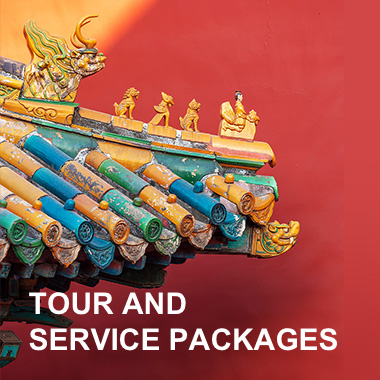

COMMENTS
A sense of China's history (served as the capital of China in six ancient dynasties for 800 years), a cultural hub (opera, architecture, dialect, food, etc), and tourist friendliness (receiving about 3 million foreign visitors every year). Top Attractions & Places to Visit. How to Plan a Beijing Trip. Top Beijing Tours.
Beijing. China, Asia. From ancient walled capital to showpiece megacity in barely a century, Beijing (Běijīng, 北京), spins a breathless yarn of triumph, tragedy, endurance and innovation.
Beijing Spring. Wintersweets, Beijing's early spring flower, have bloomed across the city. Known for their strong fragrance and abundant flowers, they can be found in various locations such as the Summer Palace, Old Summer Palace, National Botanical Garden, Xiangshan Park, Beijing International Sculpture Park, Qianmen East Street, Yuyuantan Park, Taoranting Park, Jingshan Park, and Beijing Zoo.
The Classic China Tour - 13 days Beijing, Xian, Guilin, Yangshuo, Shanghai tour. The Ancient Capitals - 5 days Beijing, Xian tour. Tale of Two Cities - 5 days Beijing, Shanghai tour. Chengdu and Golden Triangle - 13-day Beijing, Xi'an, Chengdu, Shanghai tour. The Golden Triangle plus Zhangjiajie - 11-day Beijing, Xi'an, Zhangjiajie, Shanghai ...
13. Ride a bullet train to the Great Wall. At the turn of the 20th century, travelers in Beijing went to the Great Wall by mule litter, a kind of sedan chair lashed between two donkeys. The reward for this grueling, two-day trek was Badaling, an astounding sprawl of brick battlements and watchtowers in the Jundu Mountains.
Address: 15 Guozijian Street, Dongcheng, Beijing. 14. Beijing Zoo. Pandas at the Beijing Zoo. Located in the northwest area of the city, the Beijing Zoo (Bei jing dòng wù yuán) covers an area of more than 220 acres and was established in 1906, making it one of the oldest zoos in China.
Here we introduce the 12 best must-see attractions in Beijing to help you better plan your trip, according to our first-hand experience and customers' ratings. Top historical sights: the Forbidden City, the Great Wall, the Summer Palace, Lama Temple, the Temple of Heaven, the Ming Tombs, and Jinshan Park.
Holly Johnson|Alissa Grisler November 10, 2023. Ranking of the top 16 things to do in Beijing. Travelers favorites include #1 The Great Wall of China, #2 Summer Palace (Yiheyuan) and more.
Beijing is featured in the temperate and continental monsoon climate. Weather differs in different season. January is the coldest month with an average temperature of -4 °C. Hottest month is July with average temperature of 26 °C. September and October are the best months to visit Beijing.
Beijing is a city full of history, culture and adventure. Whether you want to explore the ancient wonders of the Forbidden City and the Great Wall, enjoy the modern attractions of the Olympic Park and the 798 Art District, or sample the delicious cuisine and nightlife of the capital, you will find something to suit your taste and budget. Check out Tripadvisor's reviews and photos of the best ...
Temple of Heaven Park & Dongcheng South. This immense fortress, part of the Ming City Wall Ruins Park, guarded the southeast corner of Beijing's city walls. Originally built in 1439 but repaired….
Beijing, the capital city of China, is located in the northeastern part of the country. It is situated at approximately 39.9 degrees north latitude and 116.4 degrees east longitude. Beijing is surrounded by the province of Hebei to the north, west, and south, while the municipality of Tianjin lies to its southeast.
In my eyes, I think the top 3 places are the City Botanical Garden, Yuyuantan Park and Dajue Temple. Dear Agnes, Thank you. Beijing attractions and top tourist sites include the Forbidden City, Summer Palace, Great Wall, Temple of Heaven, Hutong and Courtyard for your Beijing vacation.
Here are the 20 best things to do in Beijing. Beijing travel guide: Best things to do in the city 1. Witness the Great Wall at Mutianyu. Image credit: Rawpixel. Spread across 4,000 miles, the majestic Great Wall of China has fascinated people for centuries. The trail was built during the reign of the Qing dynasty, in order to safeguard the ...
No.4: Temple of Heaven. Type: Historic Site, Parks, Religious Site. Recommended Length of Visit: 1-2 hours. Temple of Heaven is the largest building for religious worship in China with a total area of 270 acres. It is where the Ming and Qing emperors to pay homage to Heaven and pray a rich harvest for the next year.
Crisscross roads make the urban transportation generally fast and convenient; however, you may encounter traffic jam sometimes due to the millions of vehicles that the city owns. Capital Airport. Train. Beijing - Shanghai Train. Subway. Daxing Airport. City-Bus. Beijing - Xi'an Train. Taxi.
As China continues it's rapid ascension to the upper echelons of the geopolitical tower this only enhances the importance, power and prestige of Beijing. Table of Contents. The Best Things to Do in Beijing. 1) See The Flag-Lowering Ceremony At Tiananmen Square. 2) Visit Chairman Mao's Mausoleum.
The most reliable way to travel within the city is by subway. The fastest way to get to Beijing is by air or high-speed train, depending on which city you come from. There are direct flights to Beijing from China's major cities like Shanghai, Hong Kong, and Xi'an. A Bullet train is the best option if you travel between Beijing and Tianjin:
Beijing Day 1: Blend of nature and urban. After arriving at Beijing airport at 8 a.m. and finding our hotel in one of the hutongs, we decided to begin exploring the area we'll be living in for a couple of days. It's a great starting point of your Beijing itinerary as it is close to the majority of tourist sites.
Qianmen walking street. Day 2 Beijing Itinerary - Summer Palace & Temple of Heaven. Summer Palace. Temple of Heaven. Day 3 Beijing Itinerary - Day trip to the Great Wall of China. Simatai. Gubeikou & Jinshanling. Day 4 Beijing Itinerary - Tombs and Temples. Ming Dynasty Tombs.
Alright, here are the best Beijing travel tips! 1. Get the right visa. Get the L visa to travel up to a month. Image by i viewfinder on Shutterstock. For most people, getting a Chinese visa isn't easy compared to the visa process for some other countries.
It's the most visited section of the Great Wall of China because it's the closest to Beijing, not because it's the best. It's where most of the local Chinese tourists go. 2. Forbidden City. Built in 1406, the Forbidden City is the largest ancient palace in the world and the best-preserved imperial palace in China.
Wangfujing street | beijing travel blog Overview of Beijing (# beijing travel blog) Beijng (Peking) location on the China political map | beijing travel blog. Beijing is located in North China (Huabei), including 14 urban and semi-urban districts and 2 rural districts, bordering two provinces, Hebei and Tianjin.
Book your tickets here: Kick back at Jingshan Park. Try the Famous Beijing duck. Beijing Itinerary Day 2: Palaces and Temples. Book your ticket here: Get Lost in Nanluogu Xiang. Eat at Wangfujing Street. Beijing Itinerary Day 3: Great Wall of China. Book your Great Wall trip:
Travel Guide for Foreigners in Beijing. To better implement the Belt and Road Initiative and the Plan for the Coordinated Development of the Beijing-Tianjin-Hebei Region, some ports in the Beijing Municipality, Tianjin Municipality and Hebei Province have launched the 144-hour visa-free transit period, which is targeted at people from 54 countries, following the approval by the State Council ...